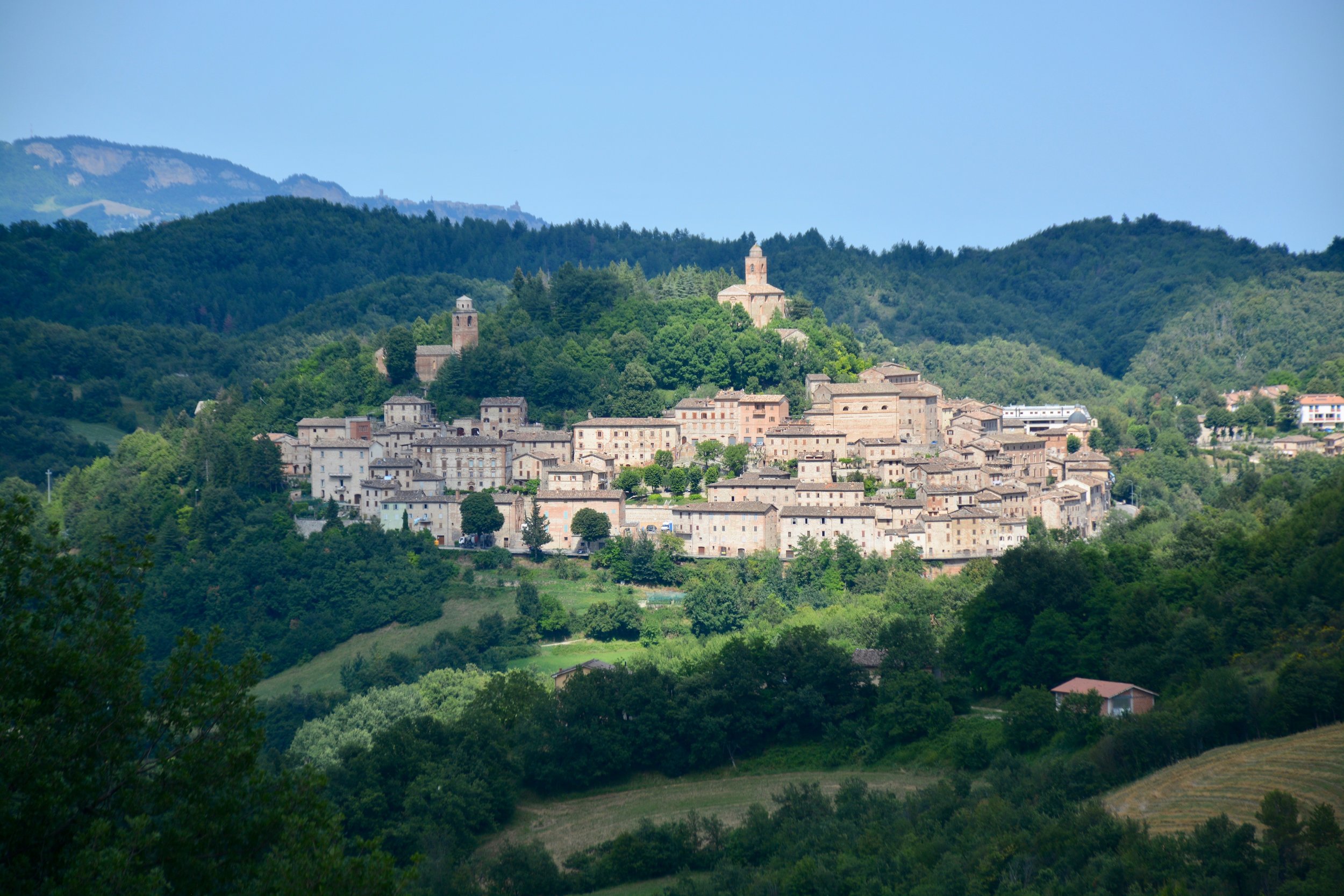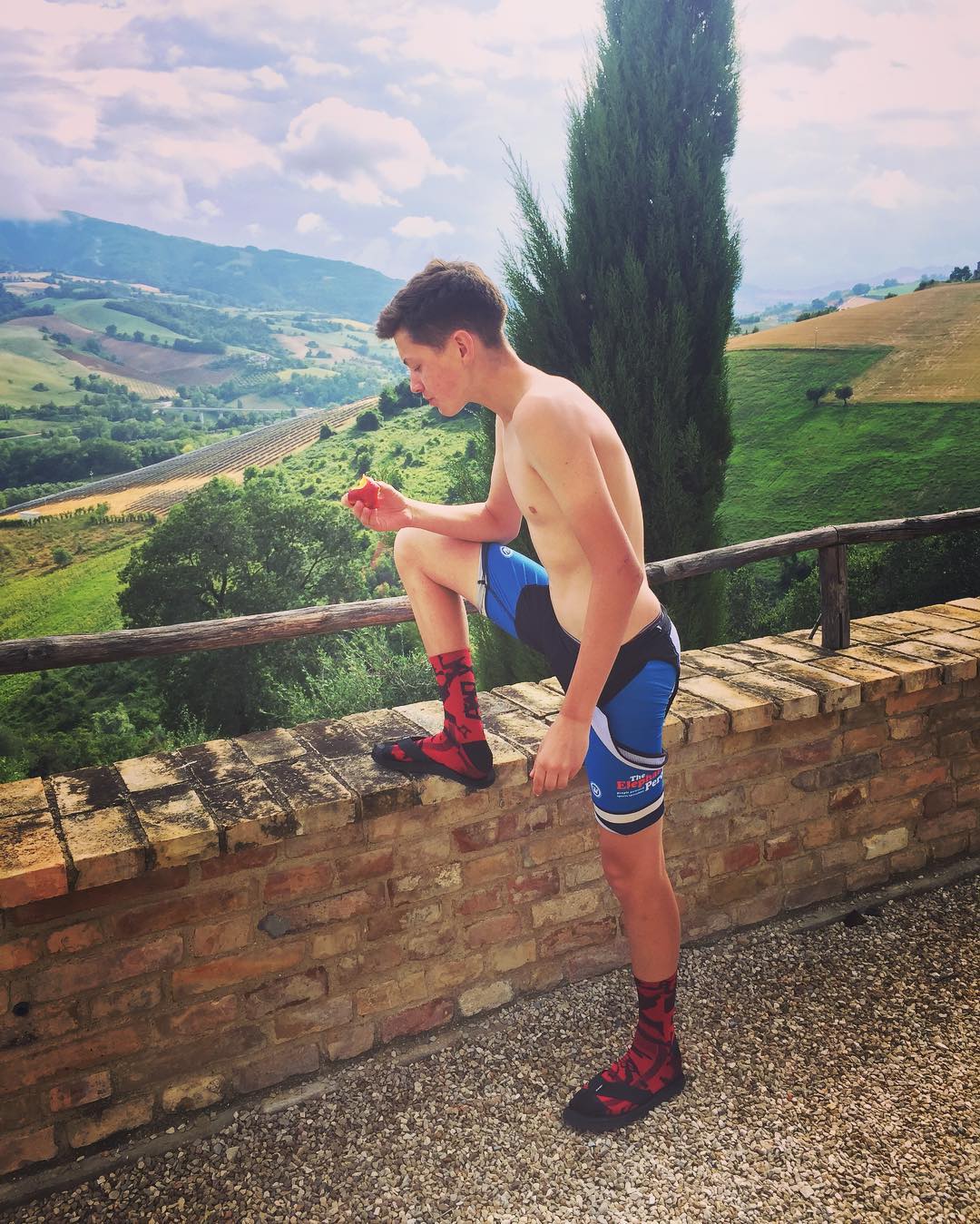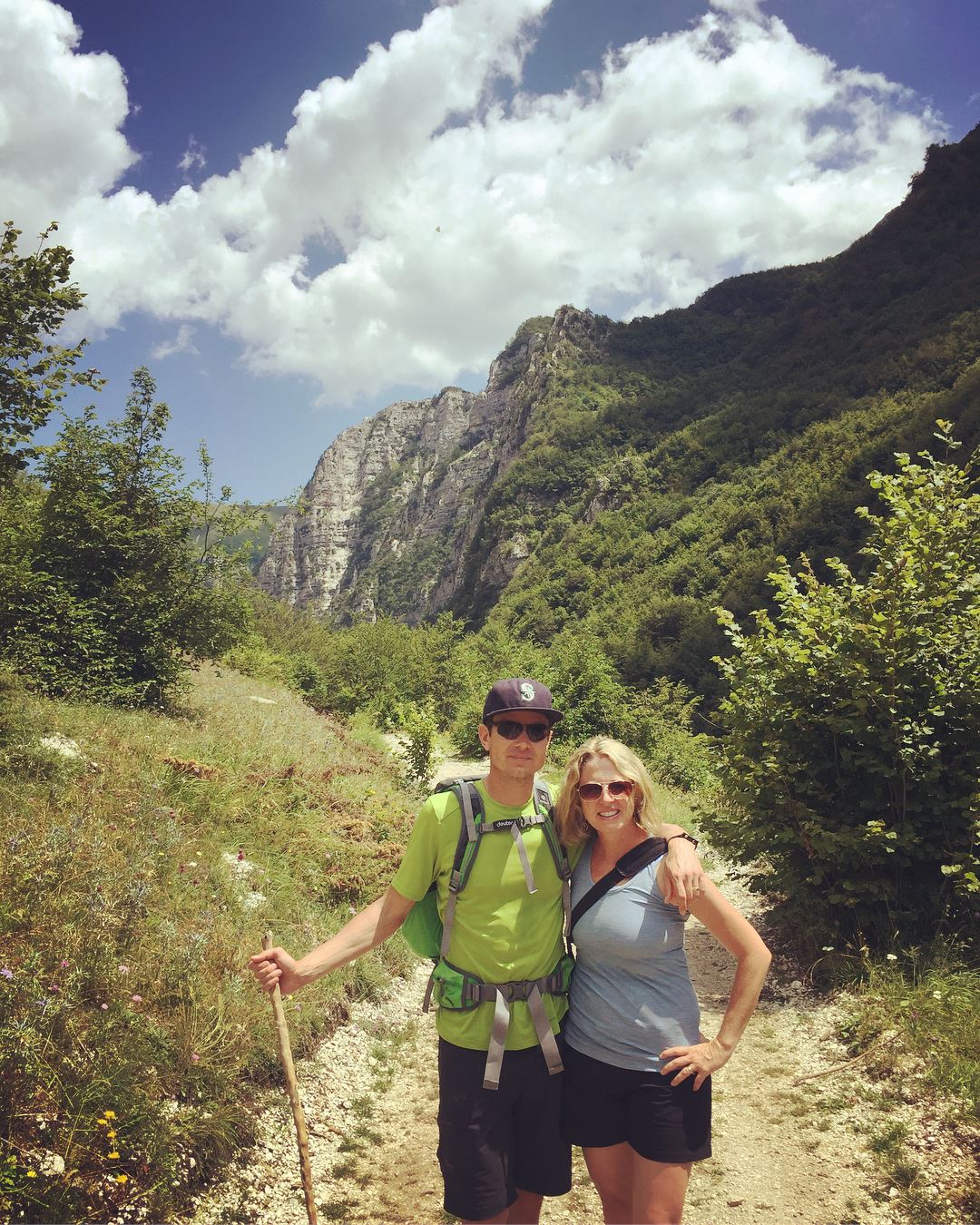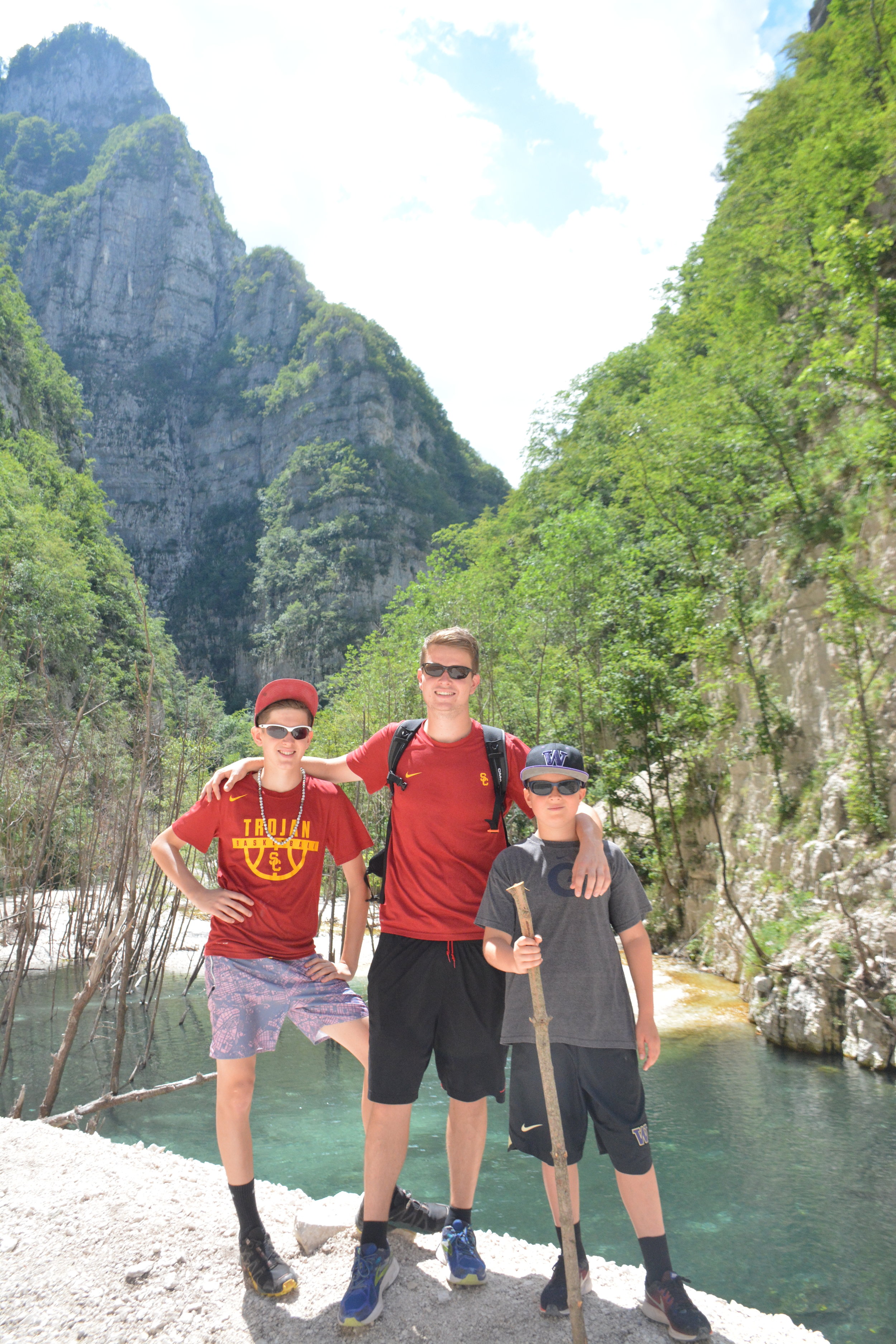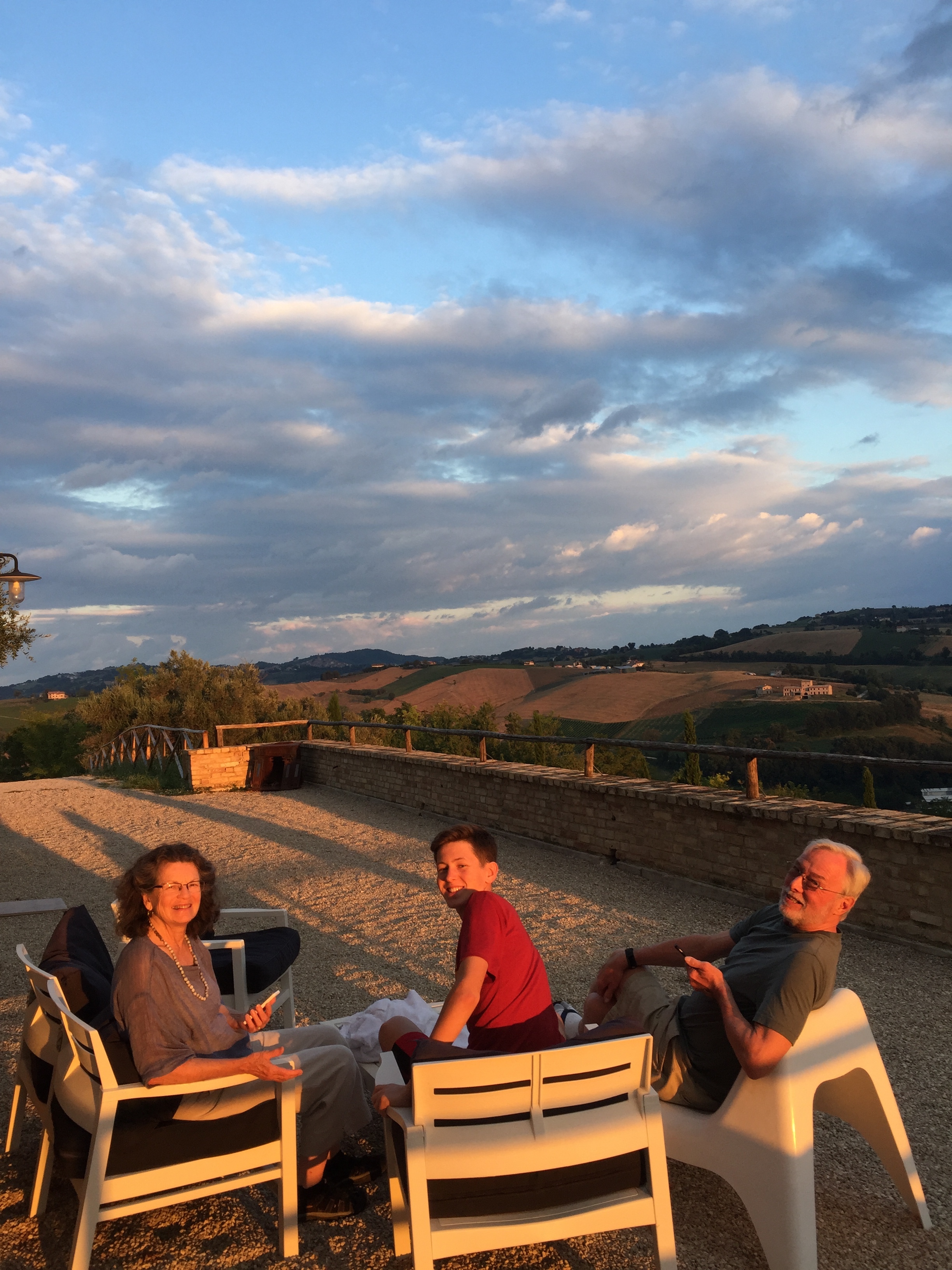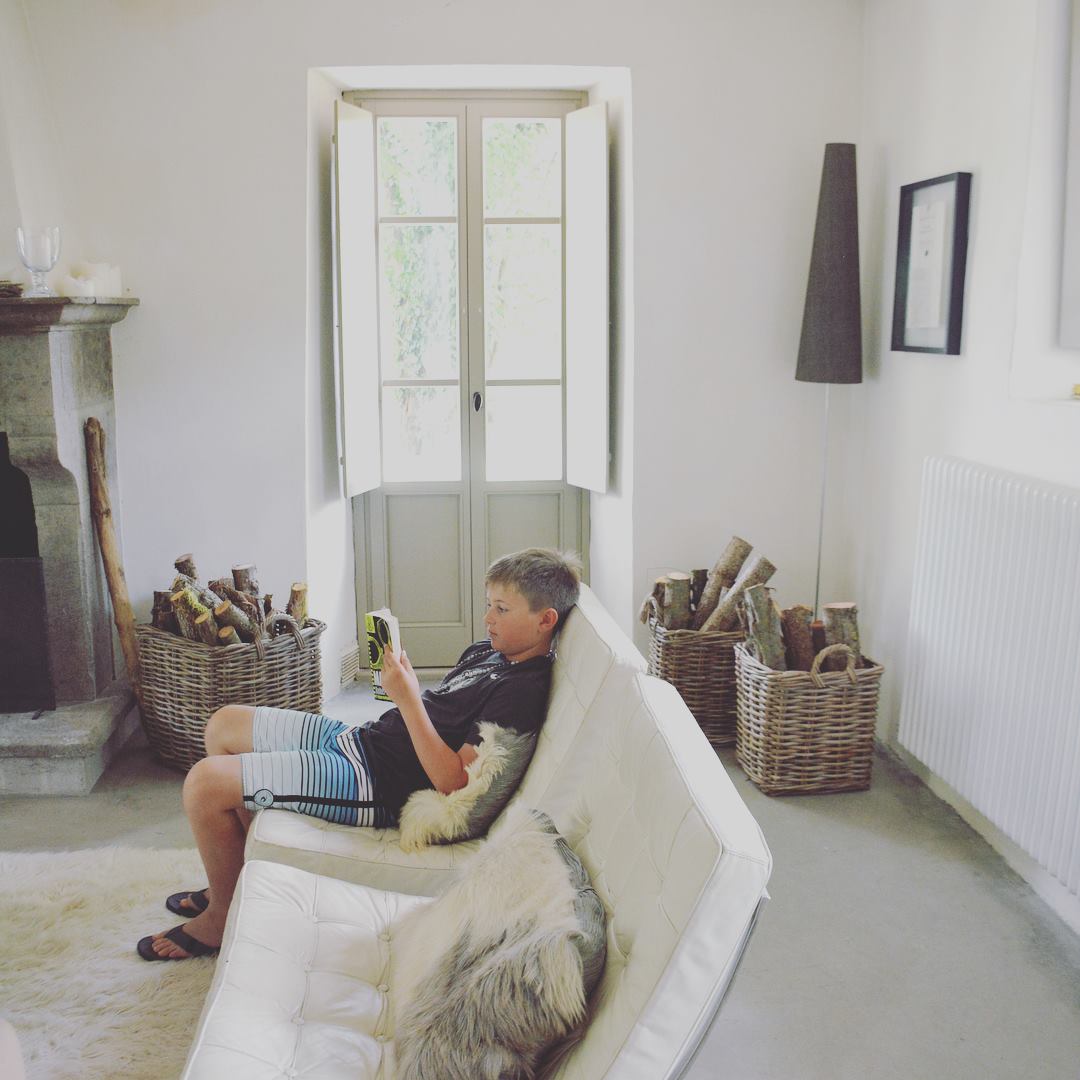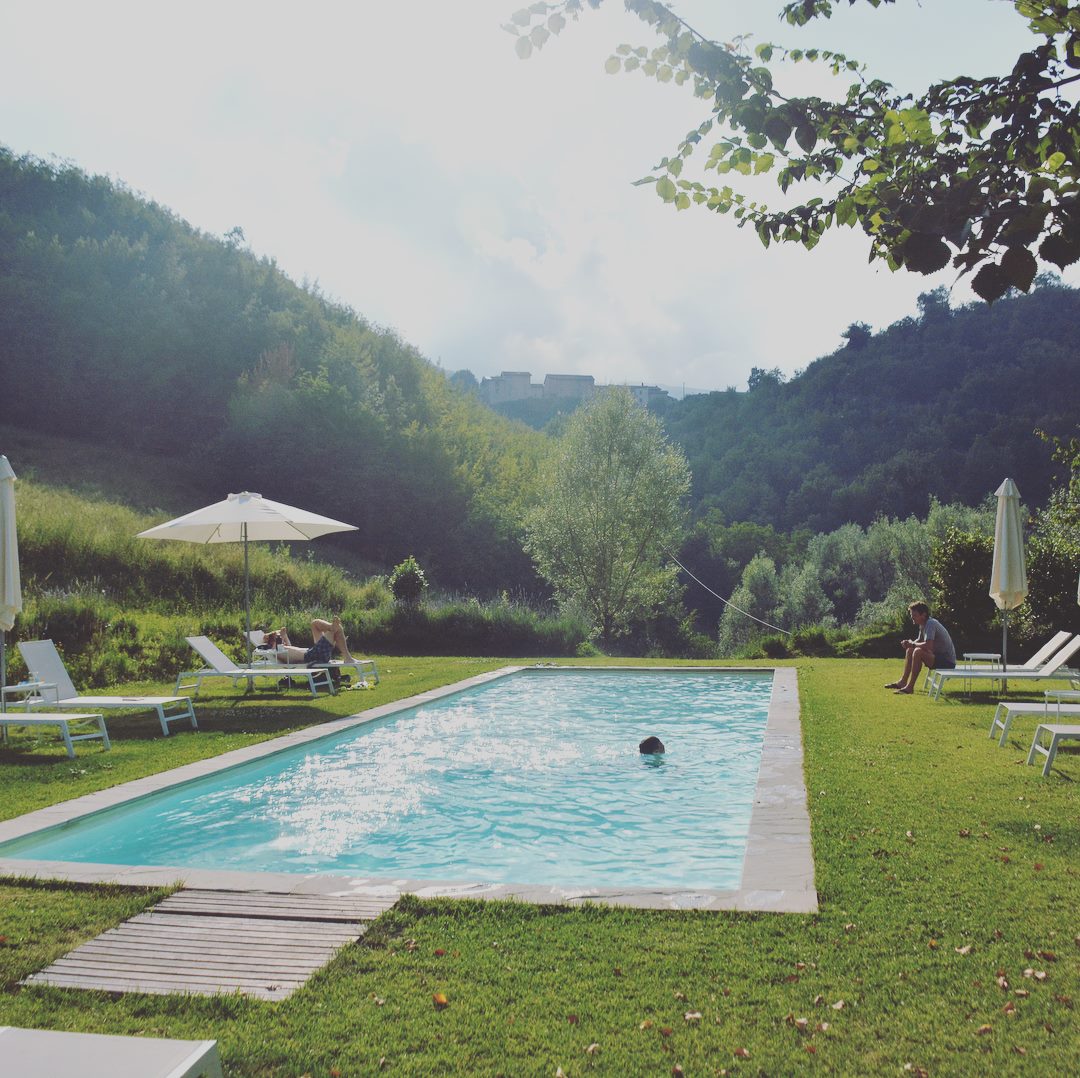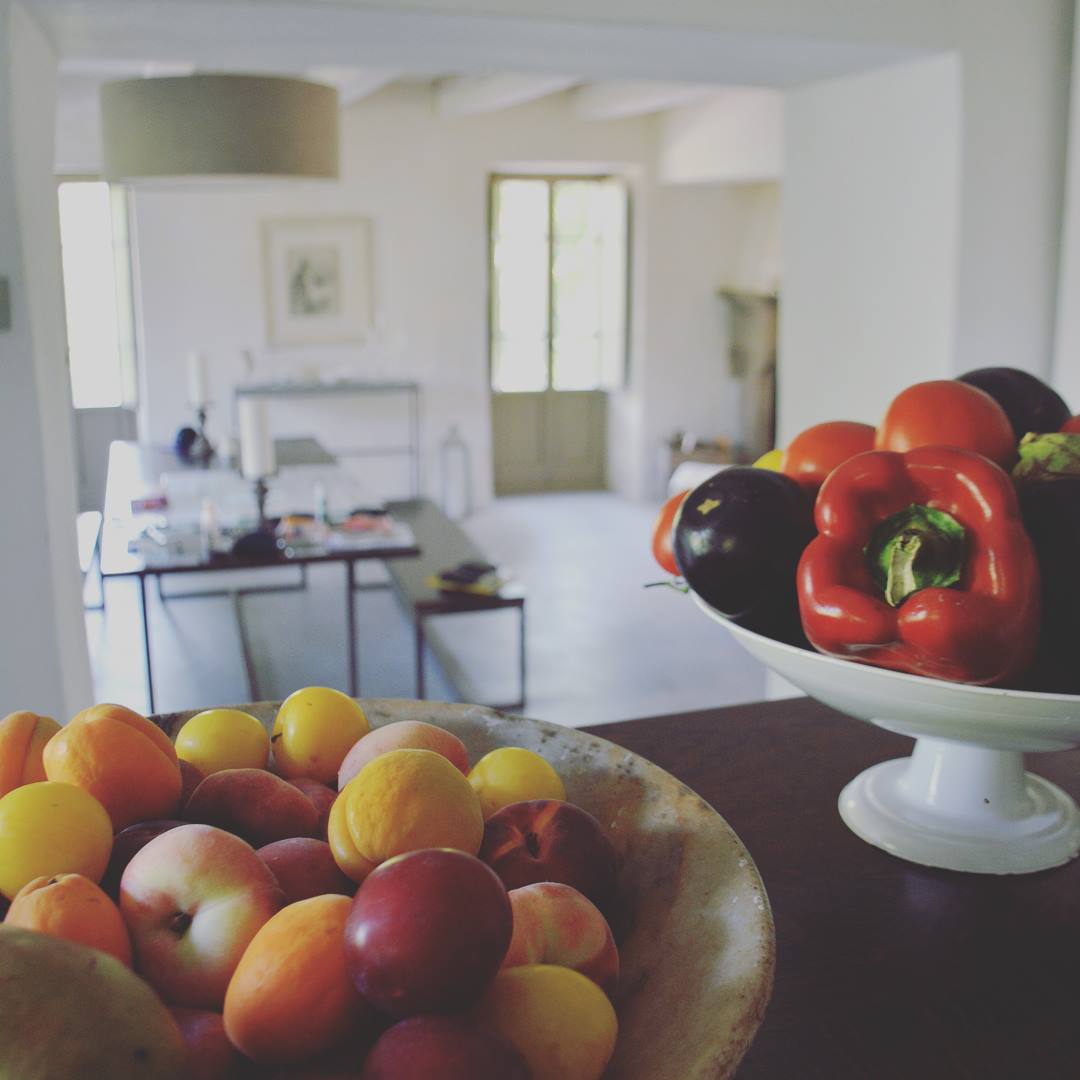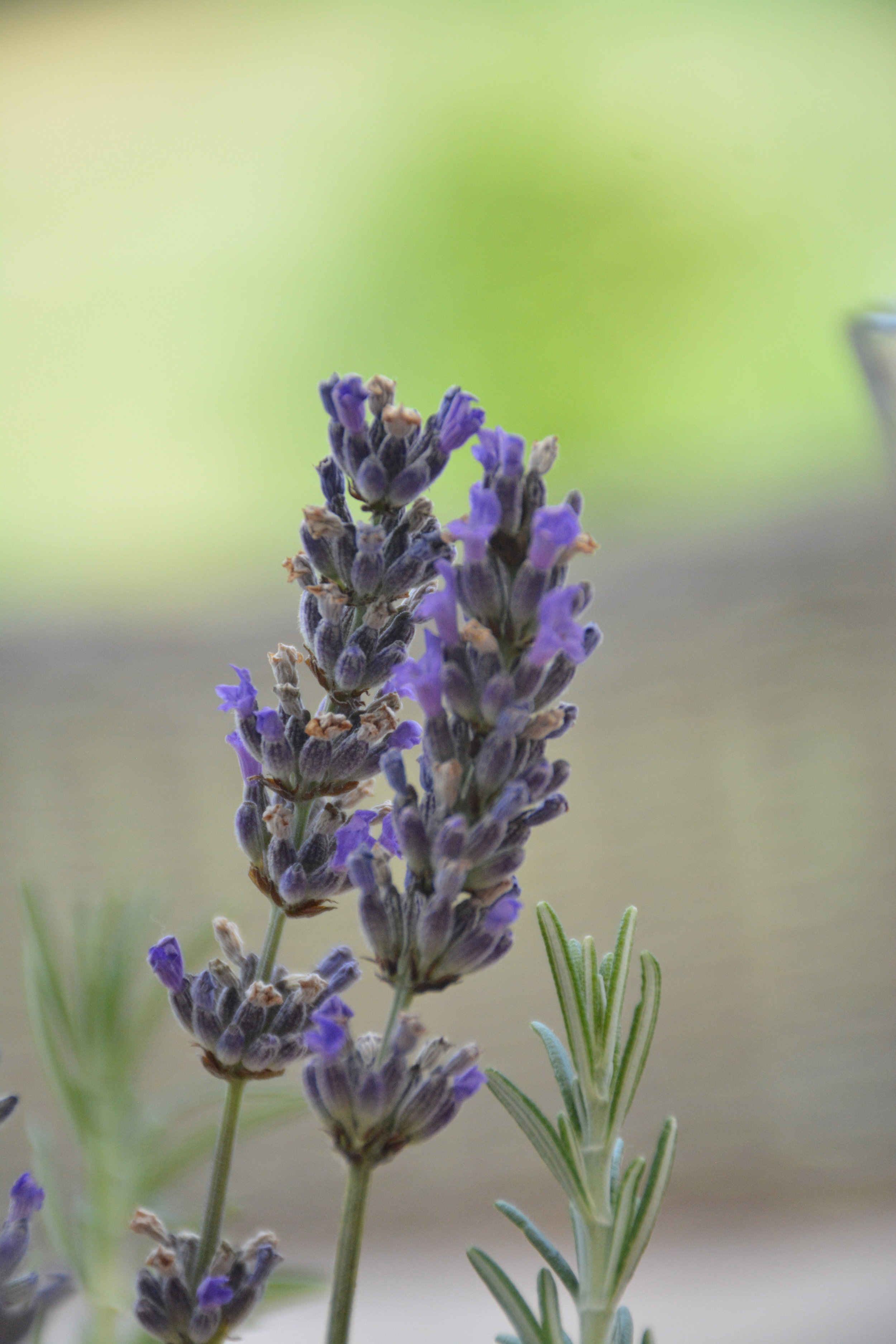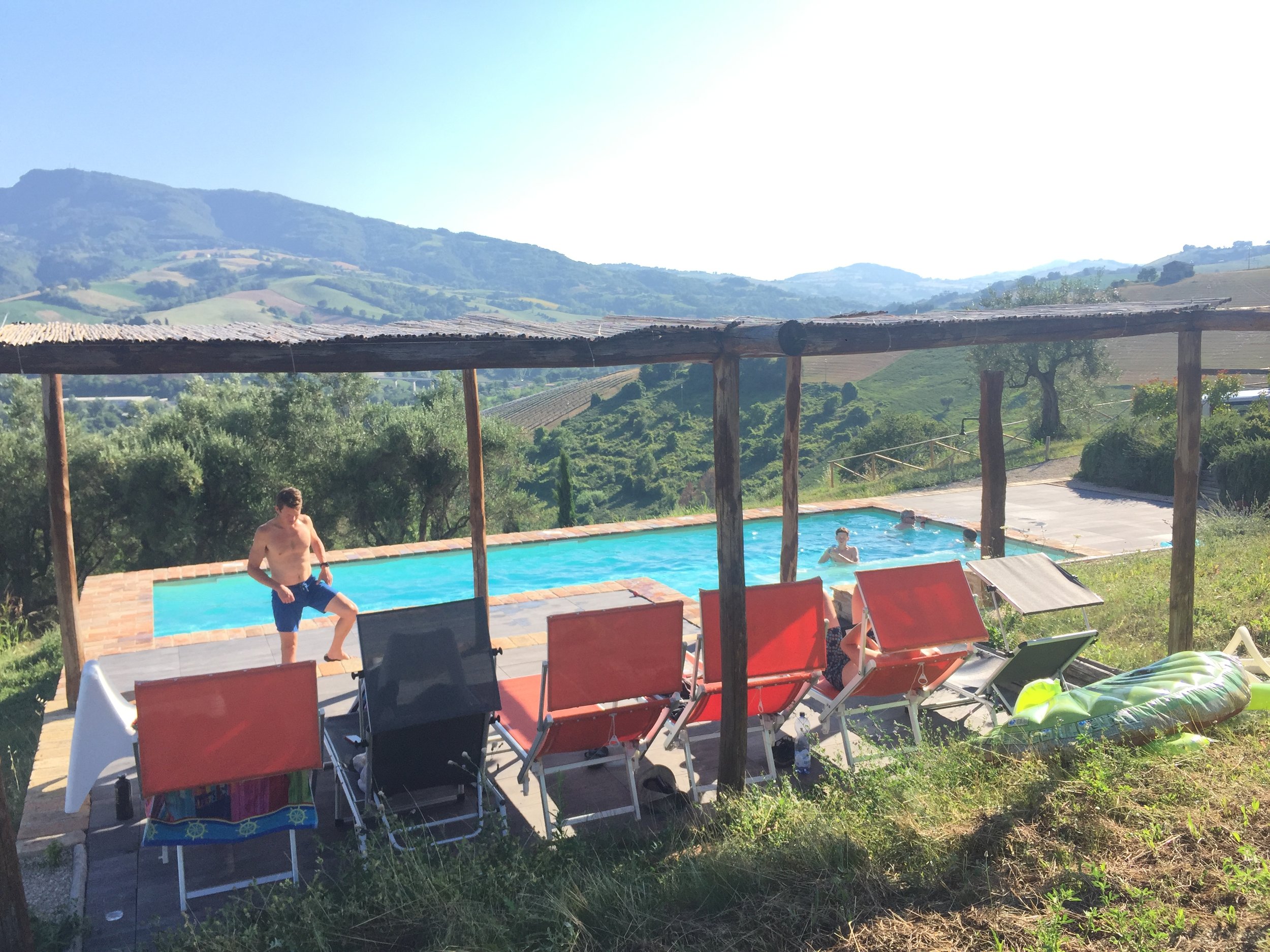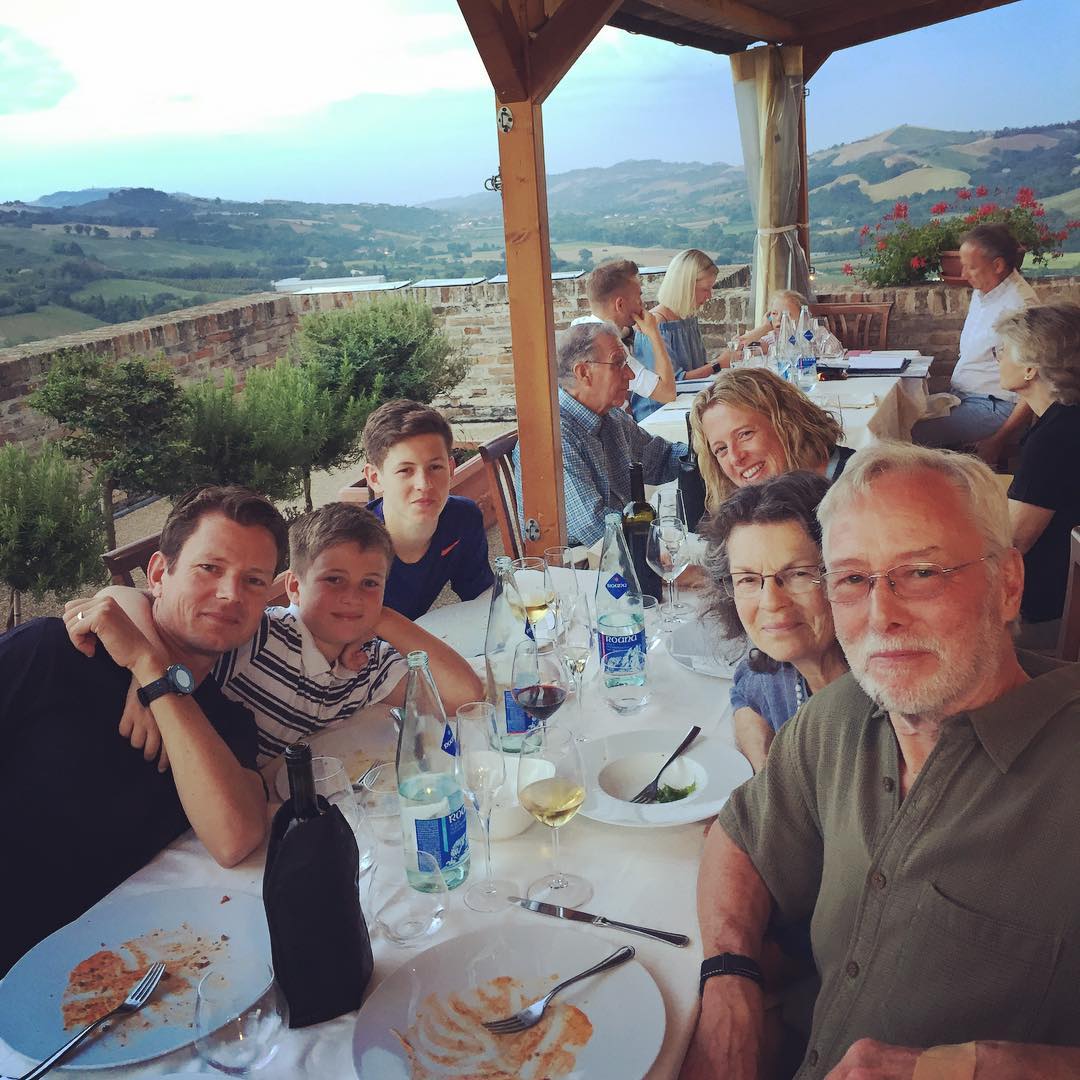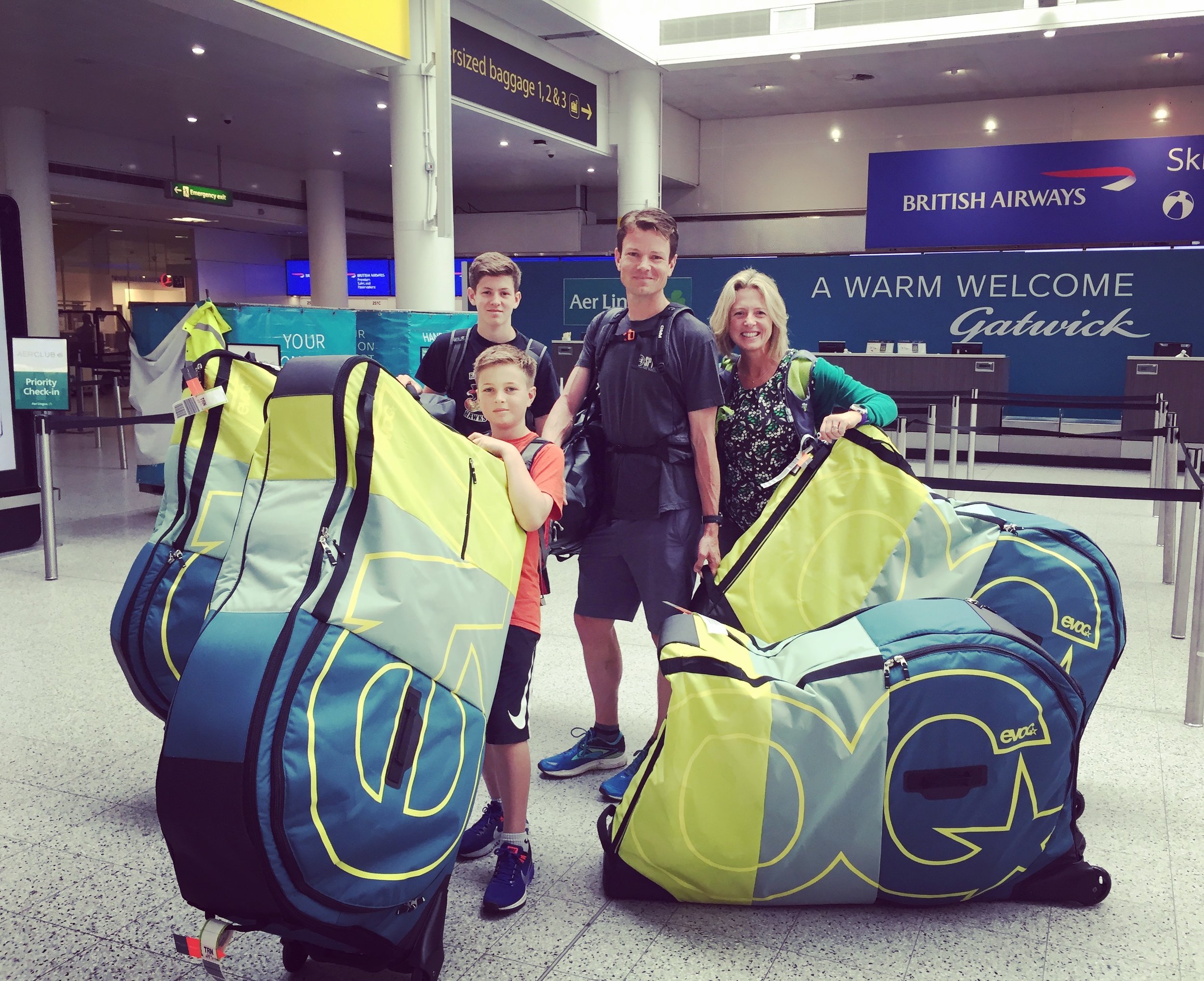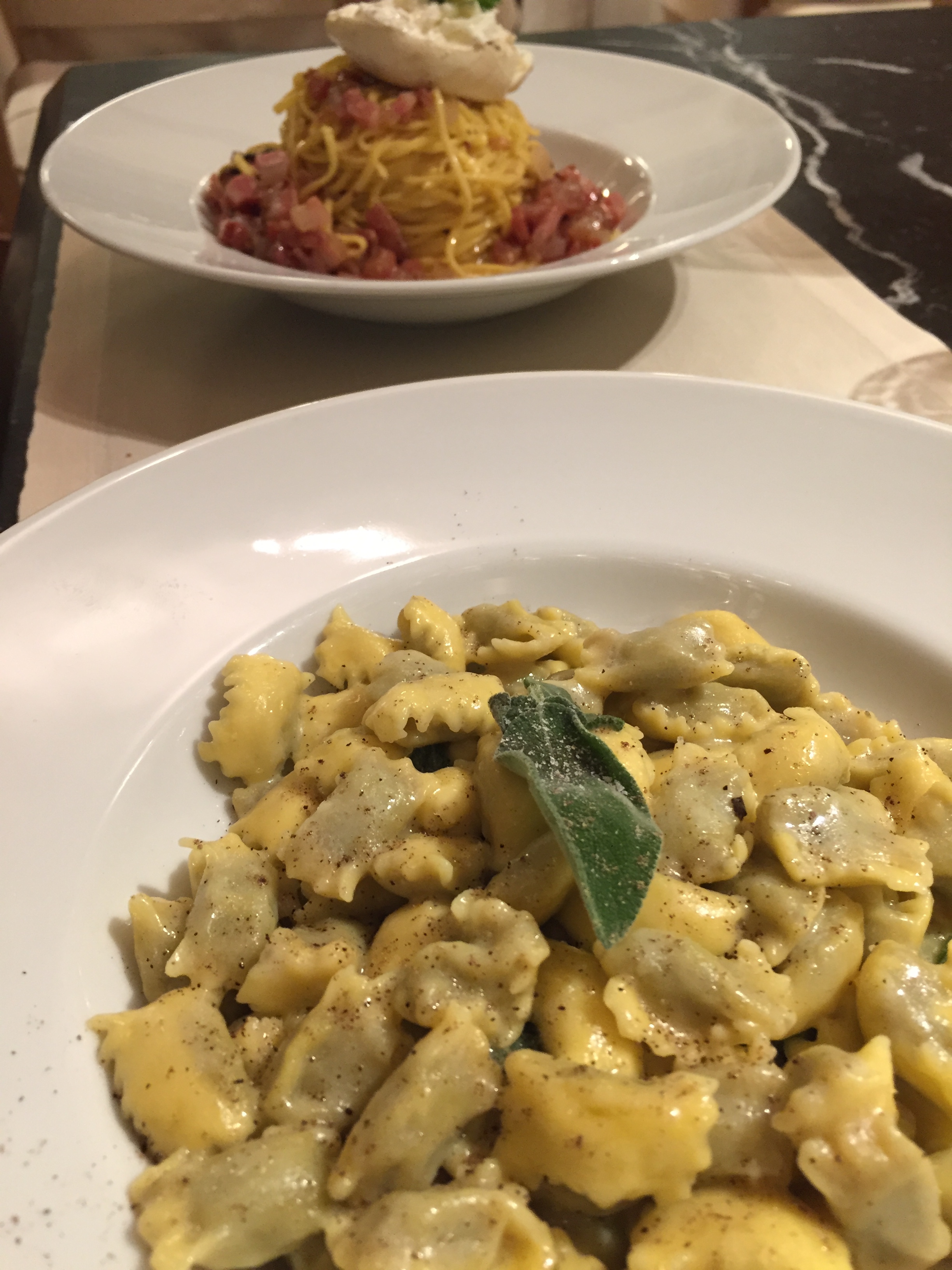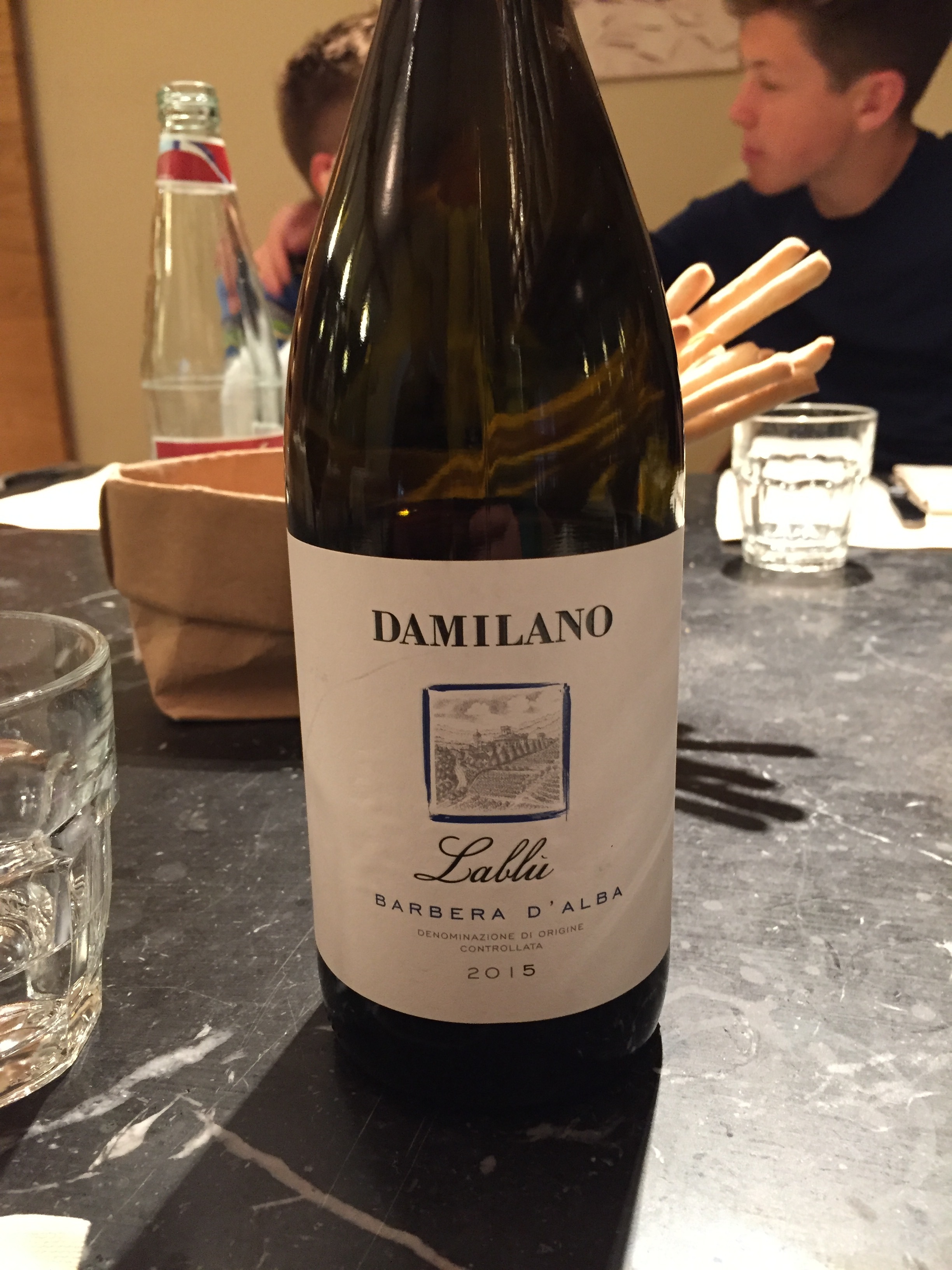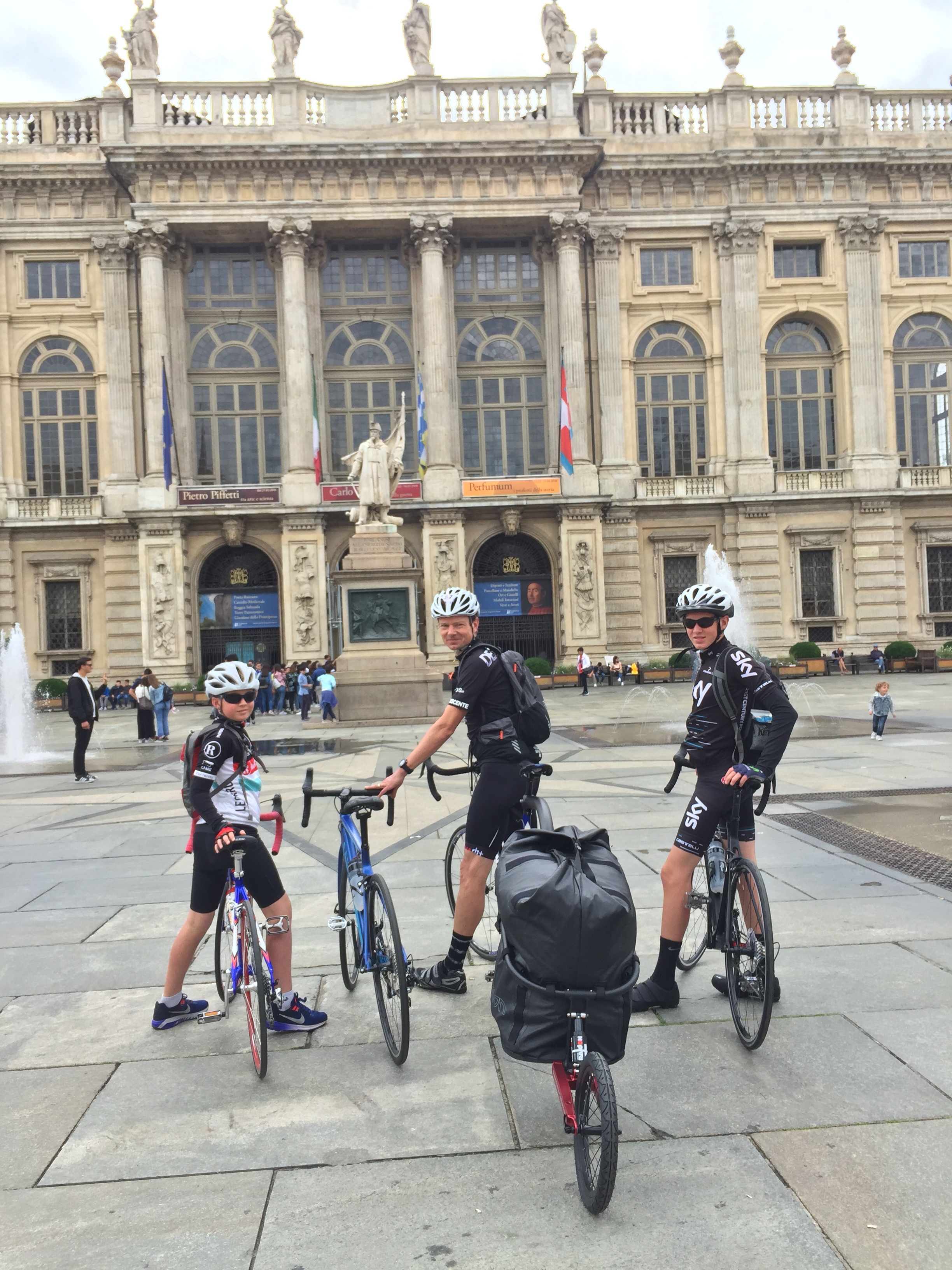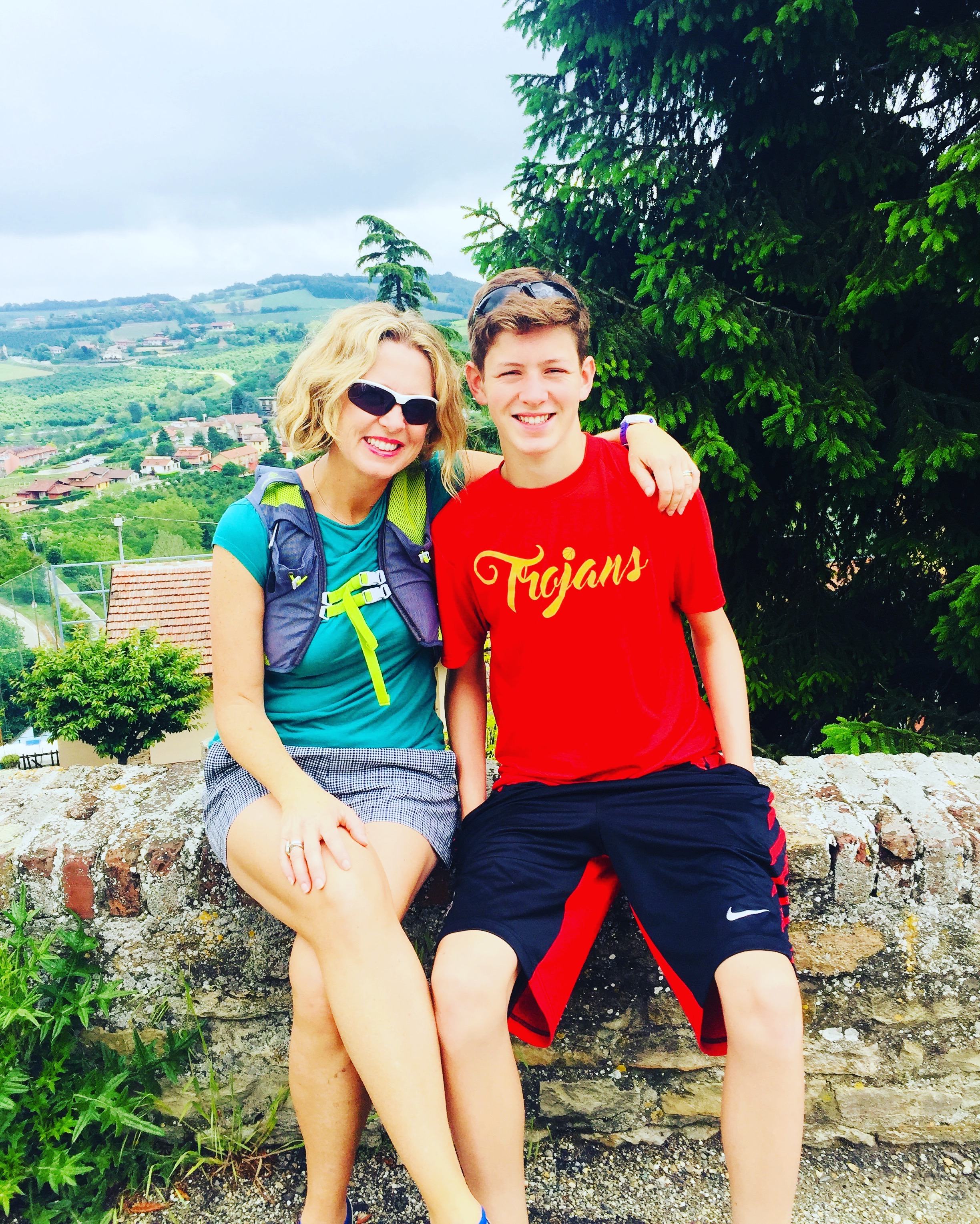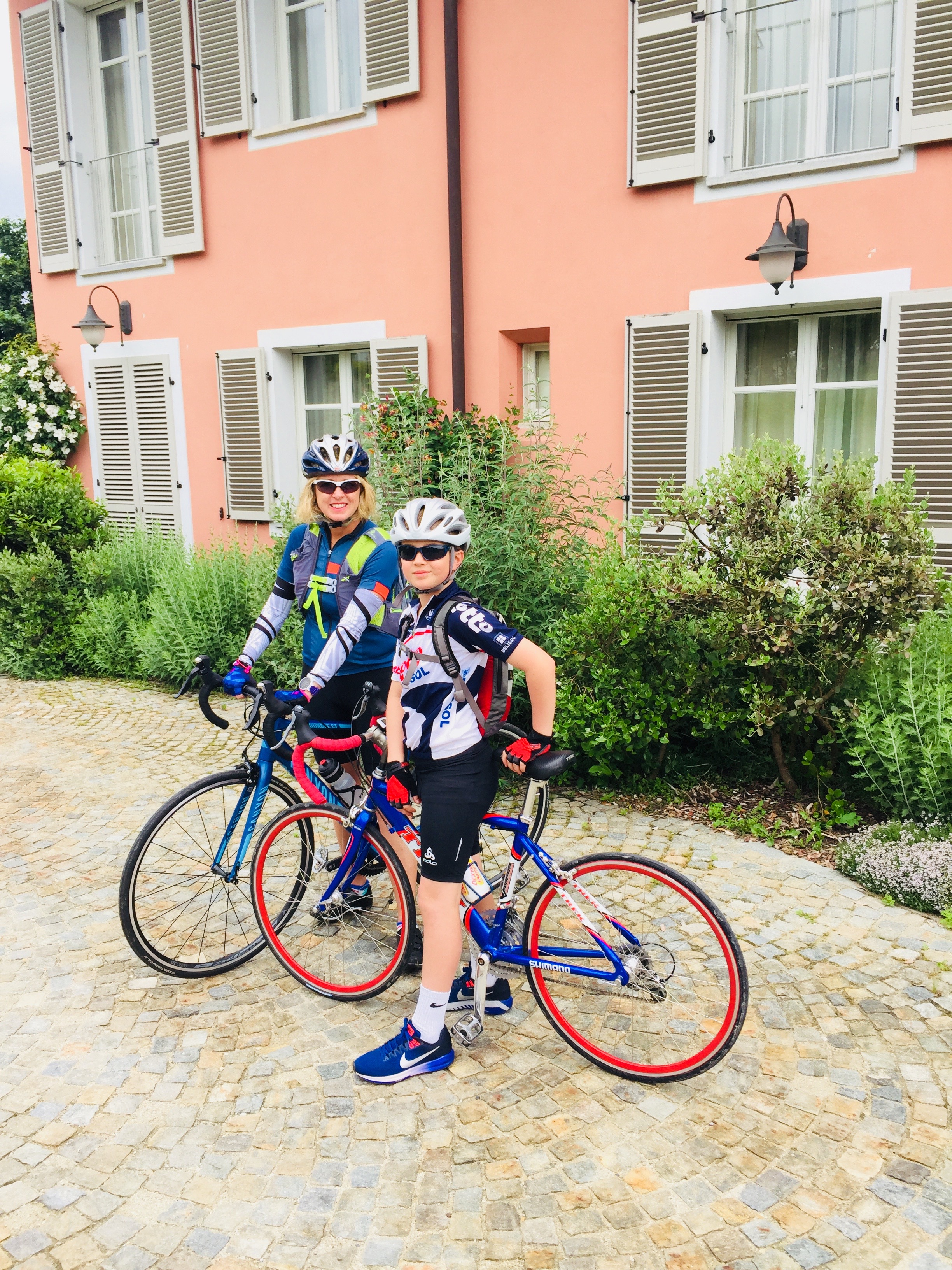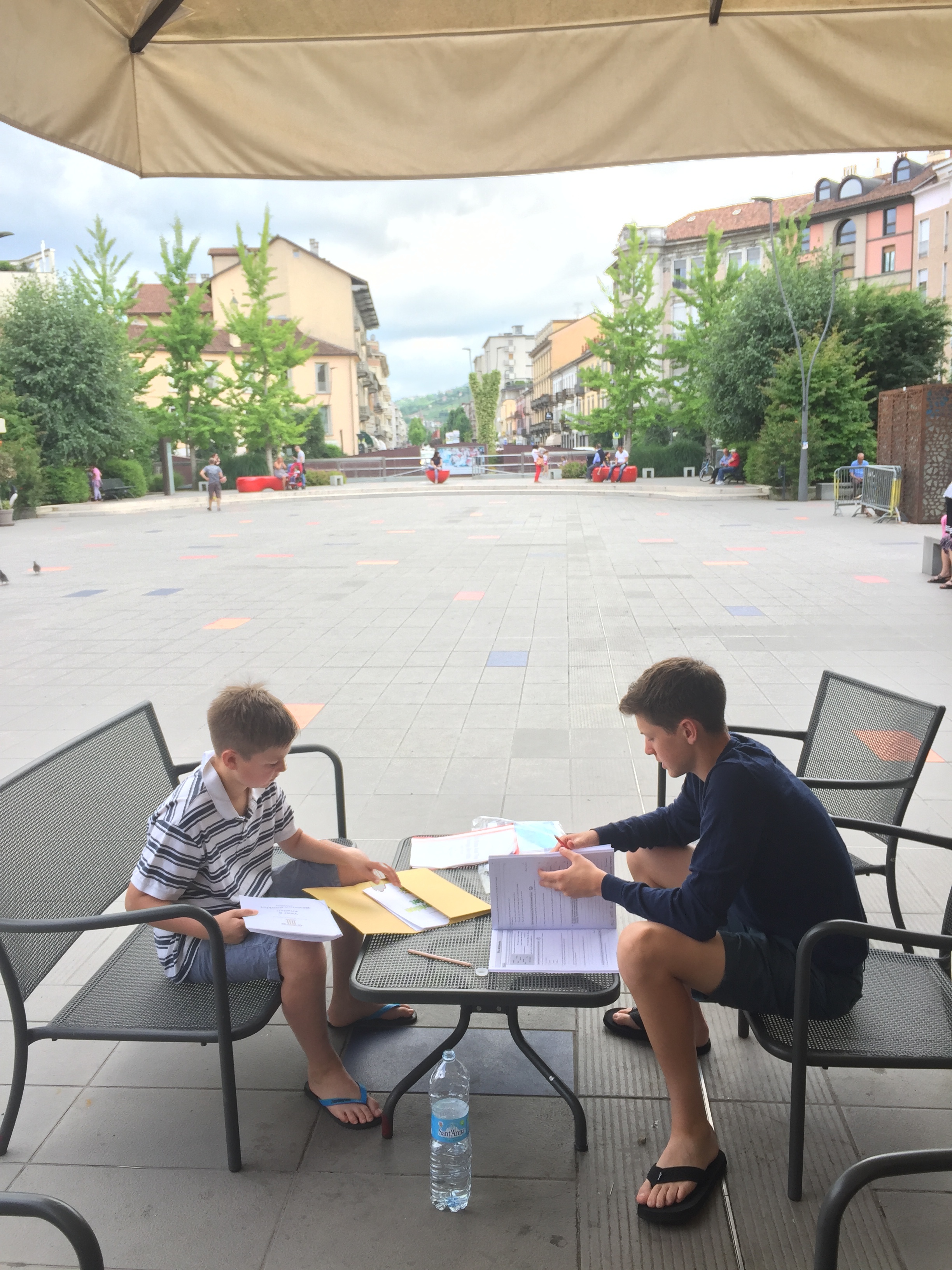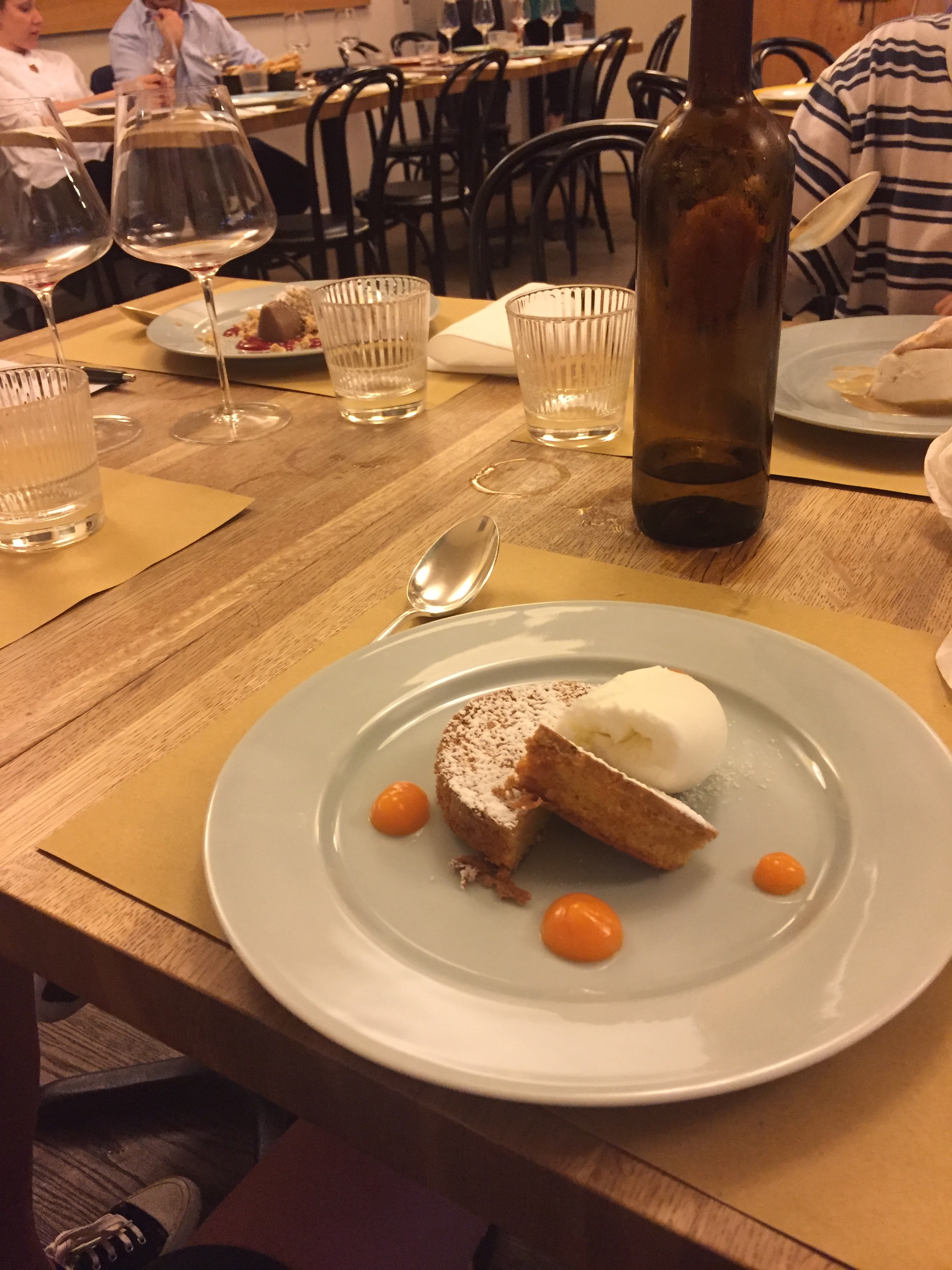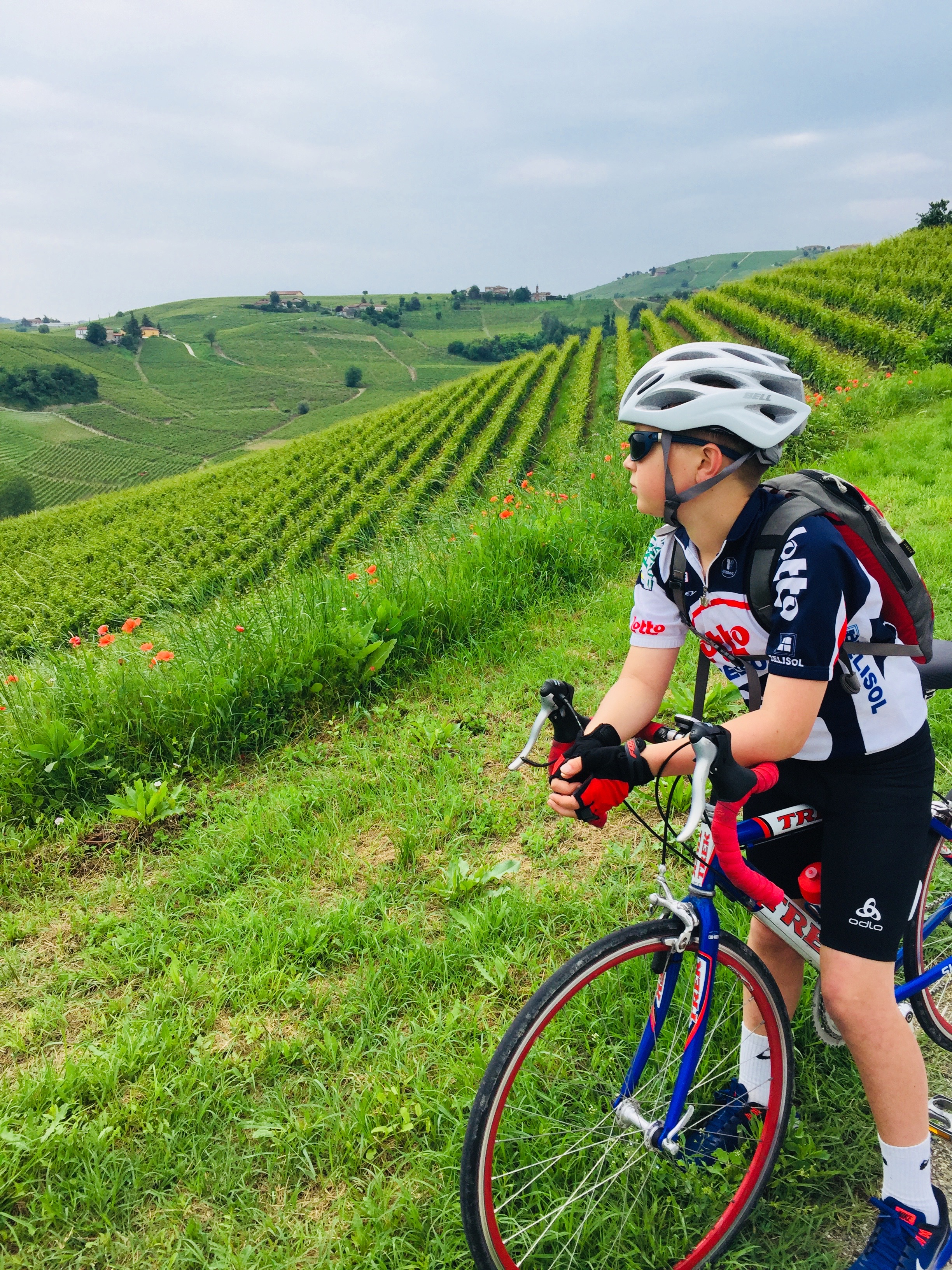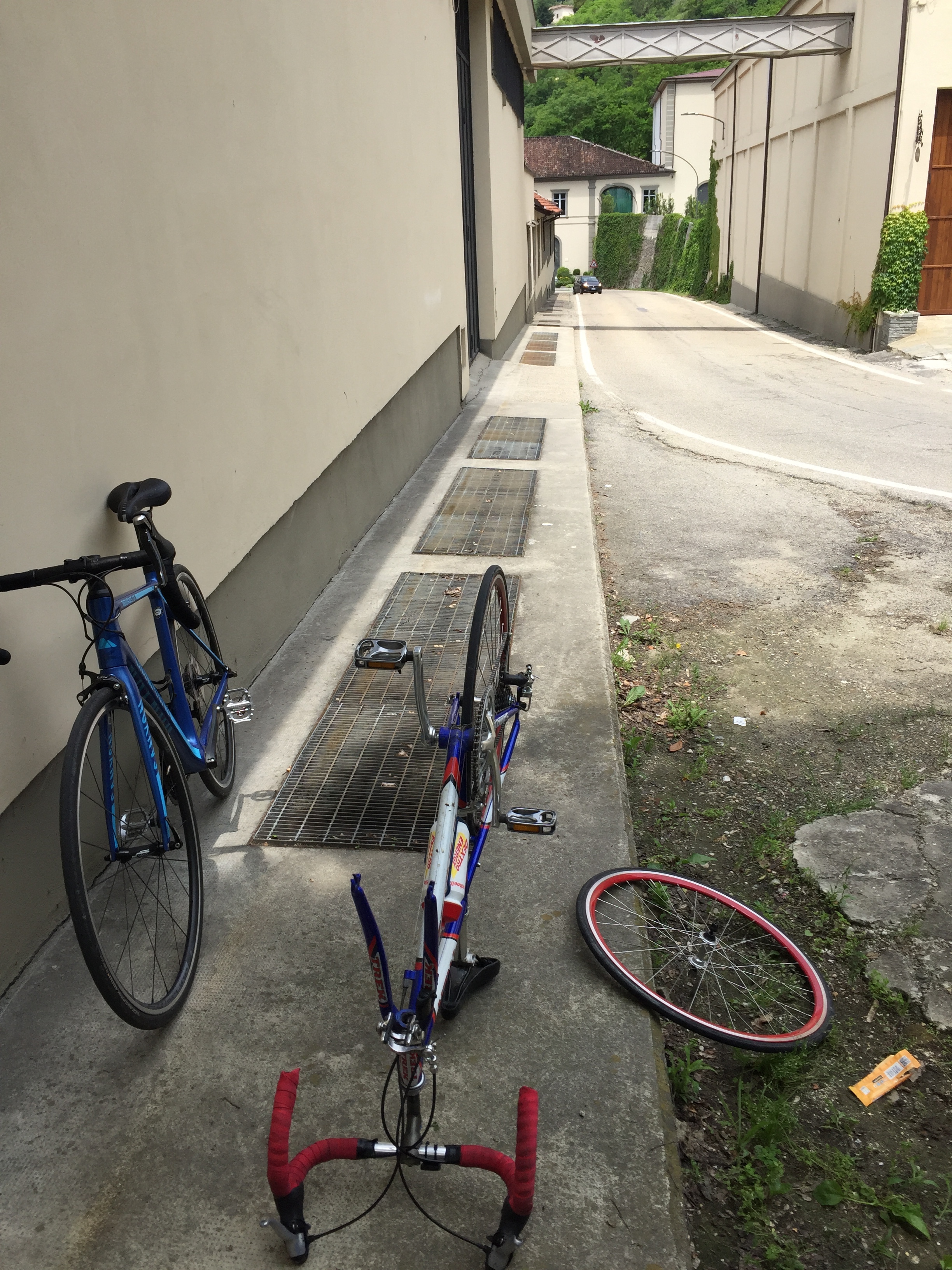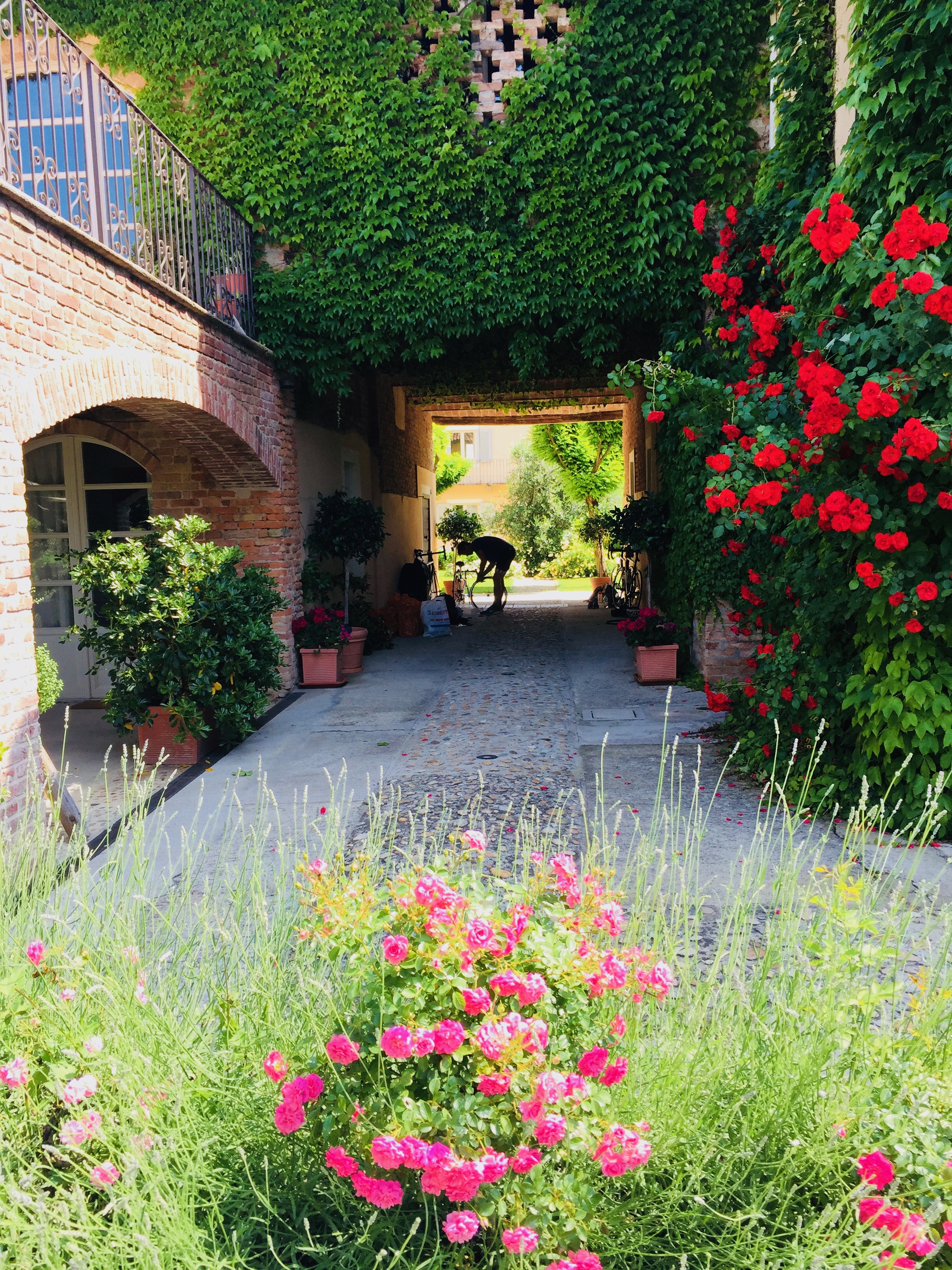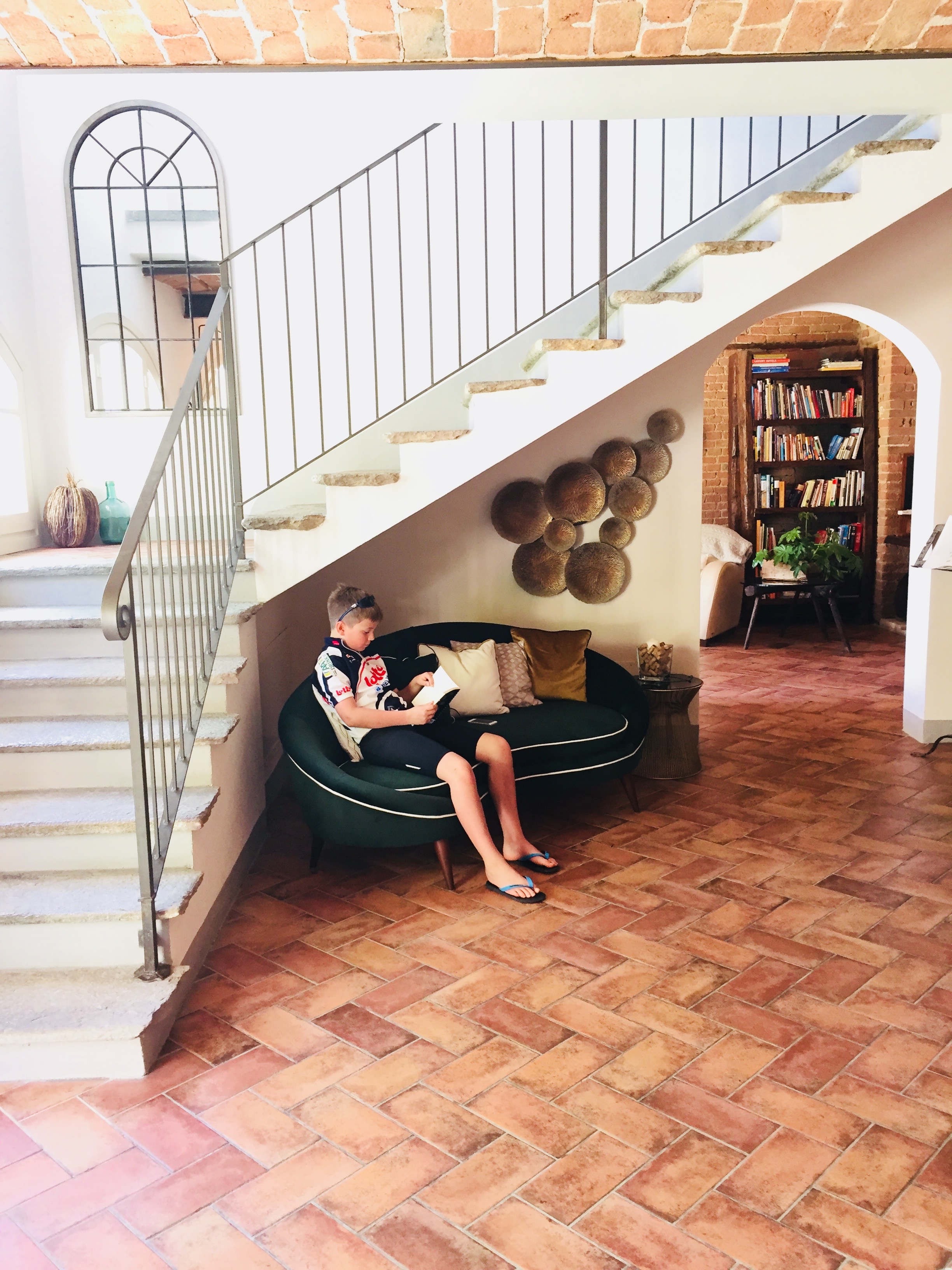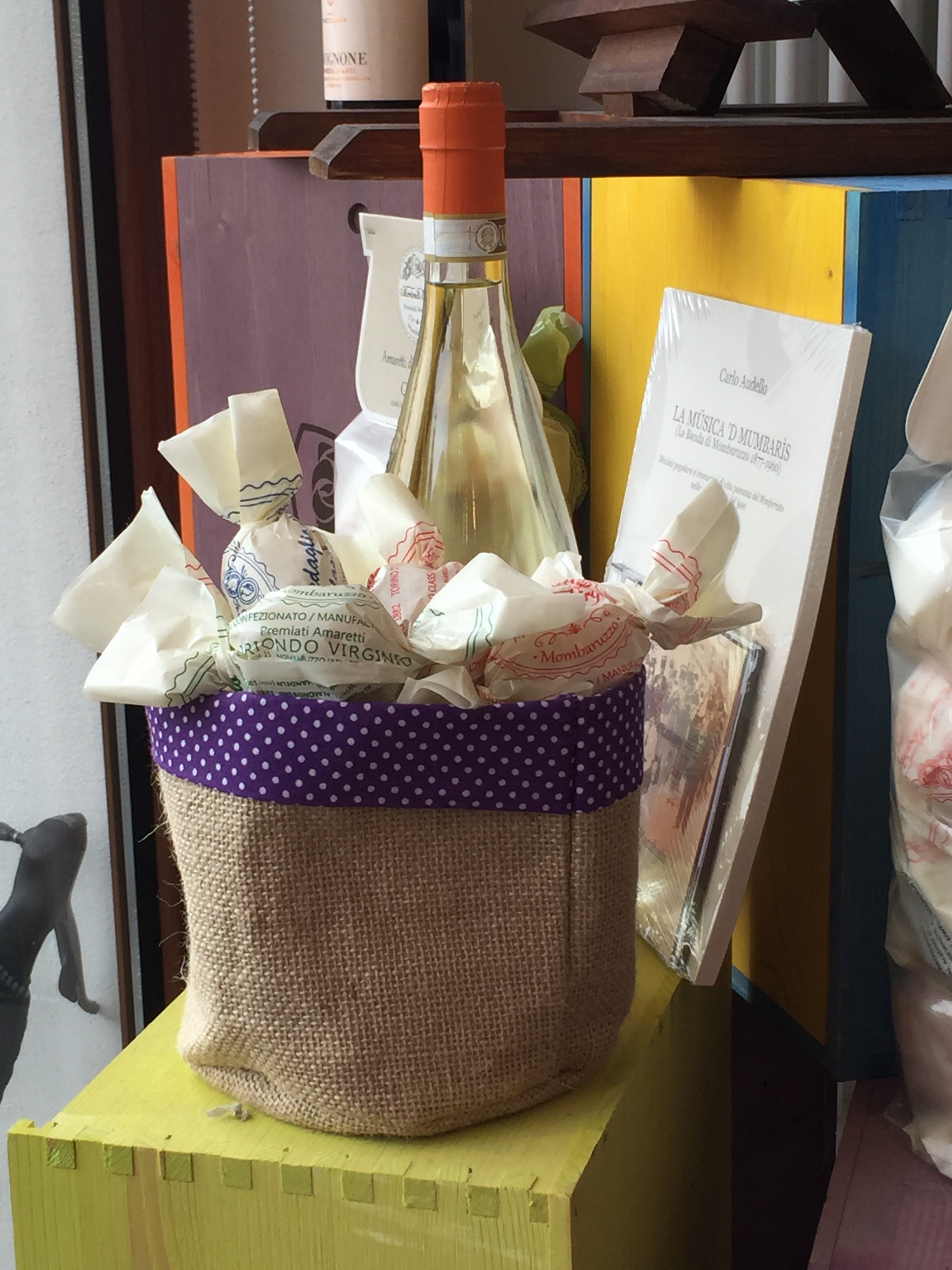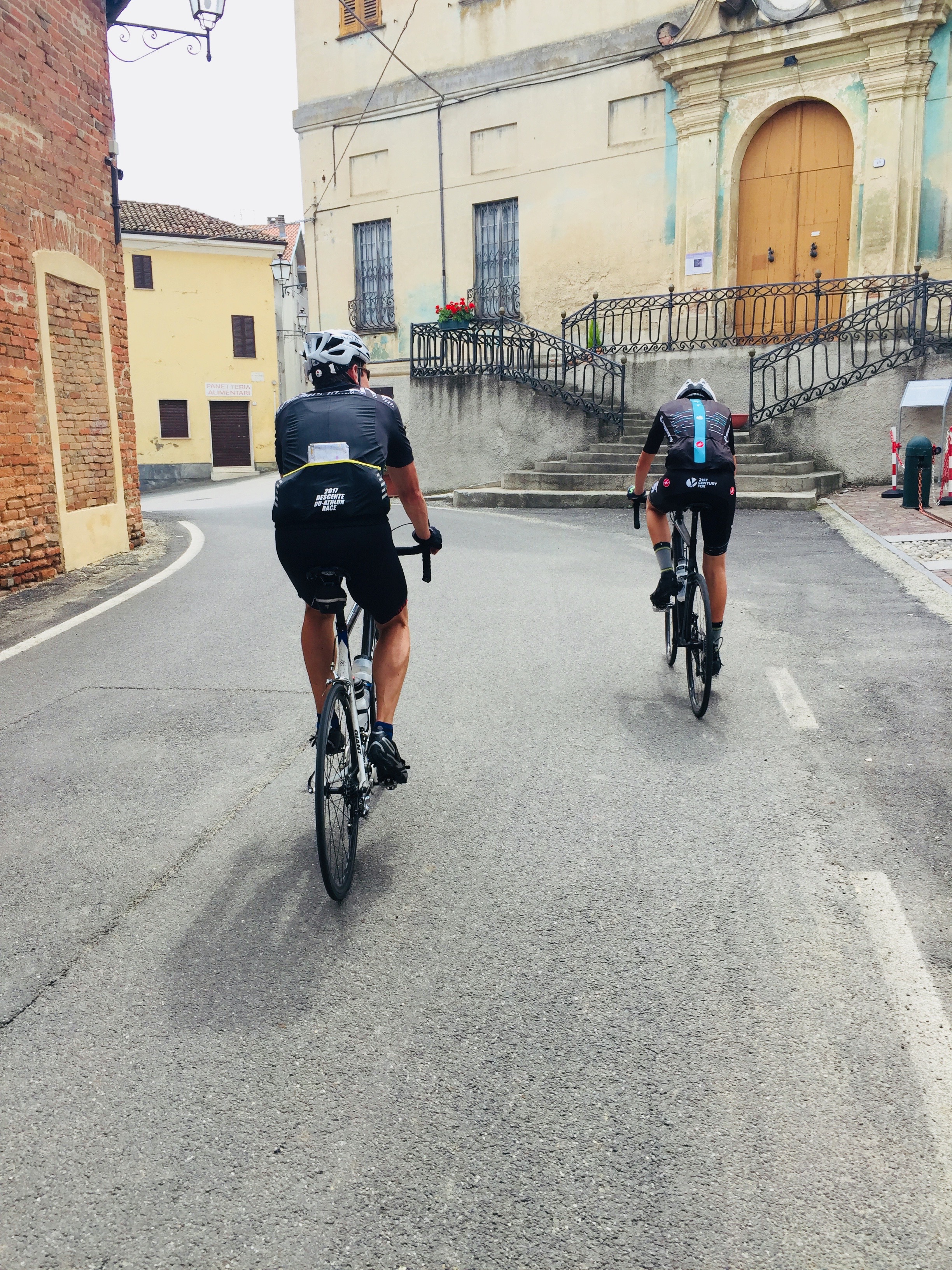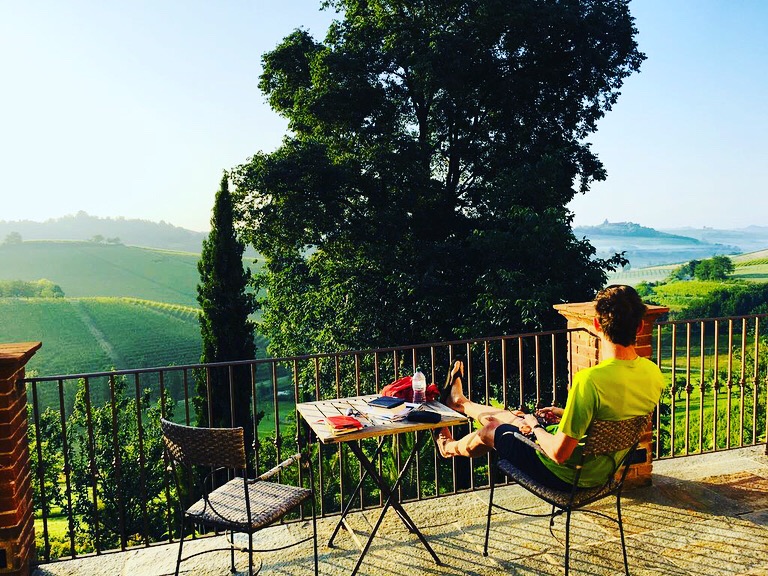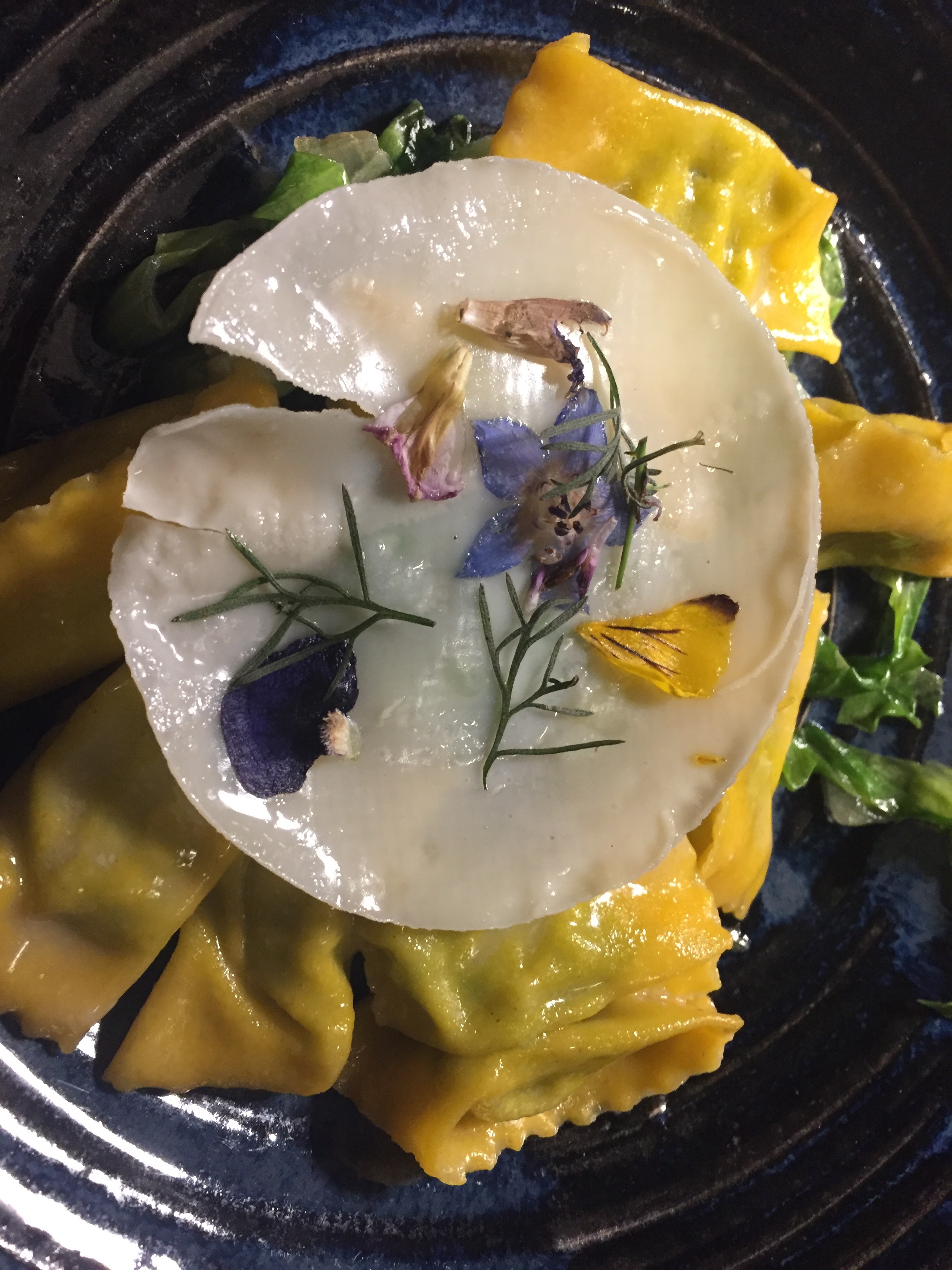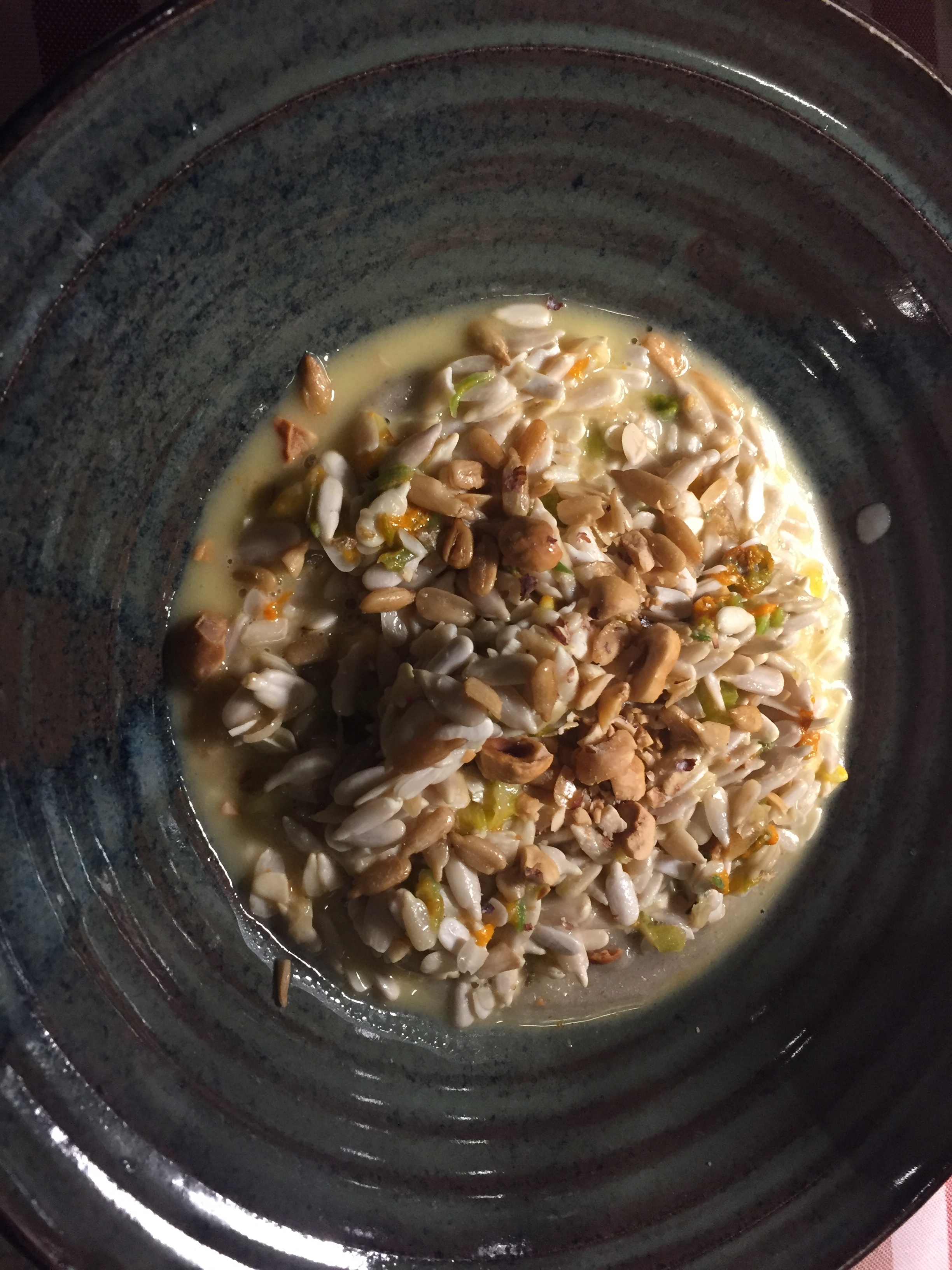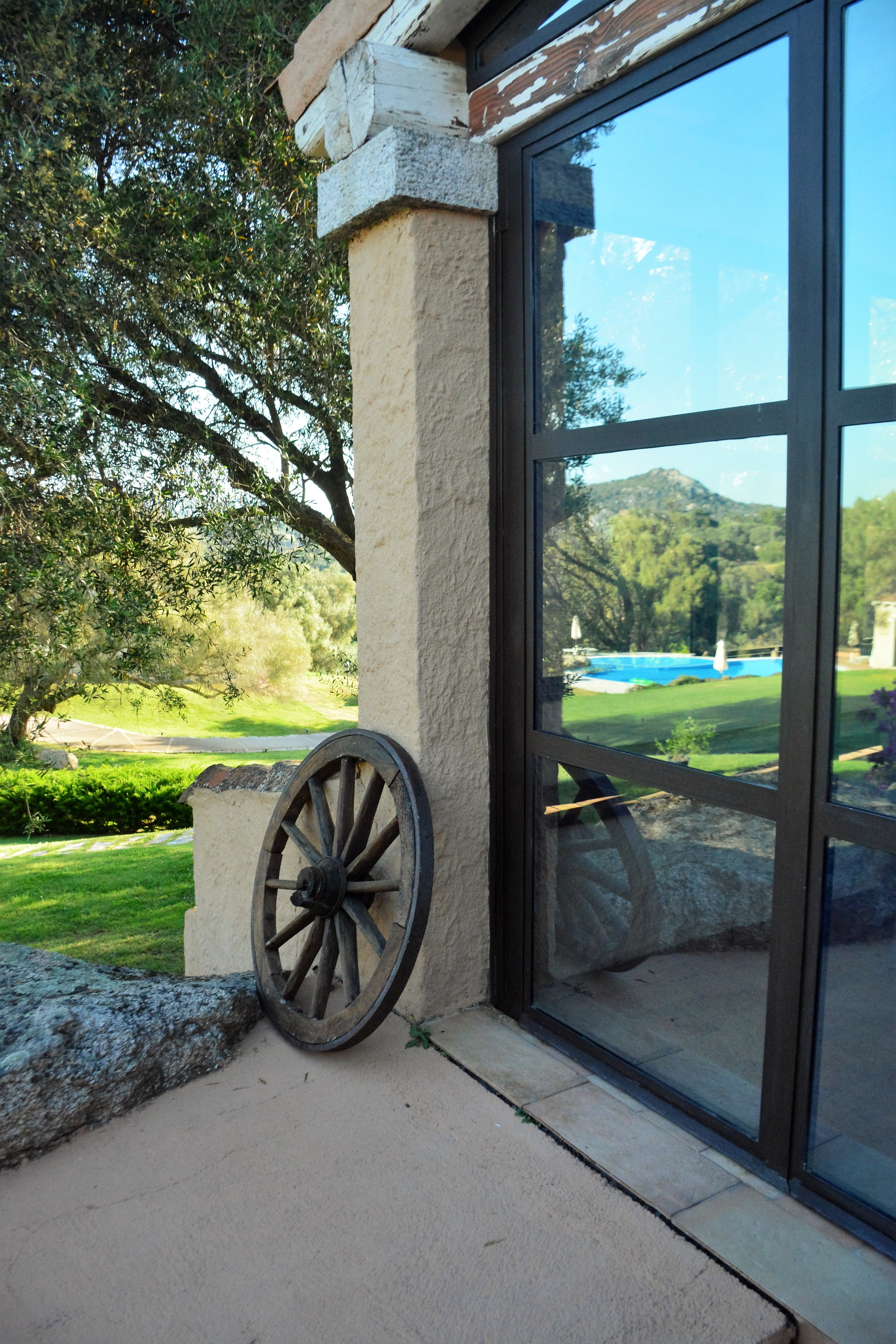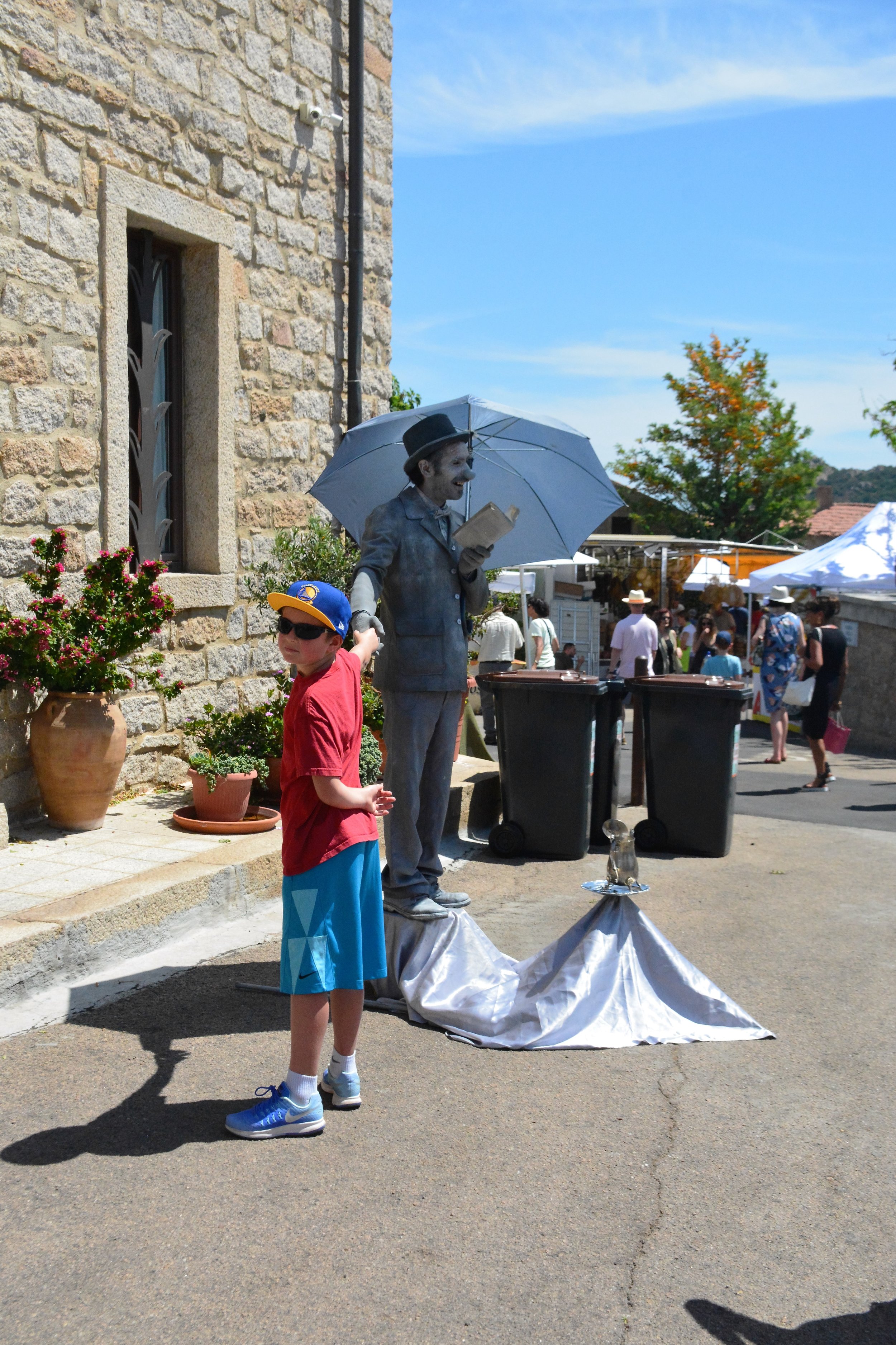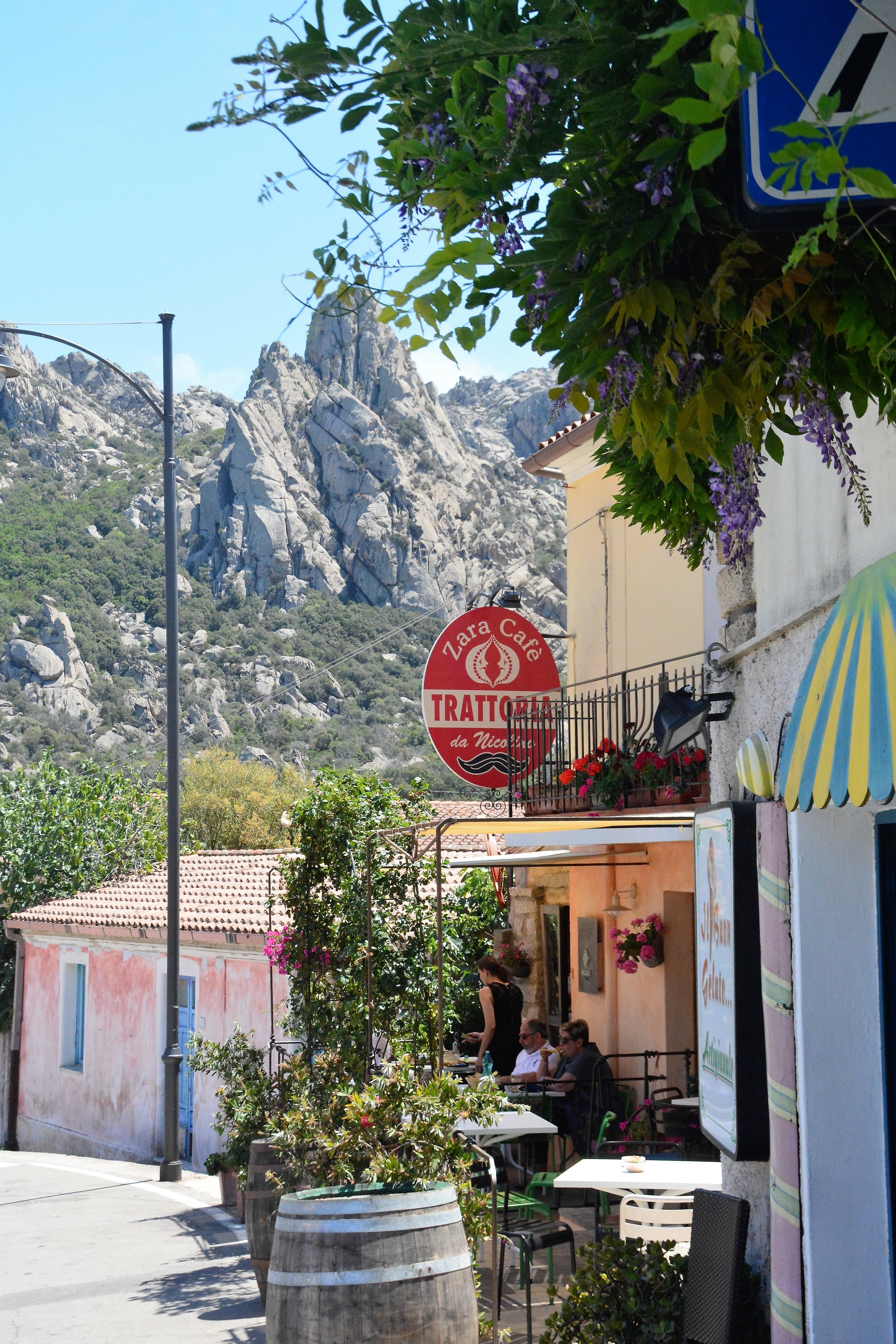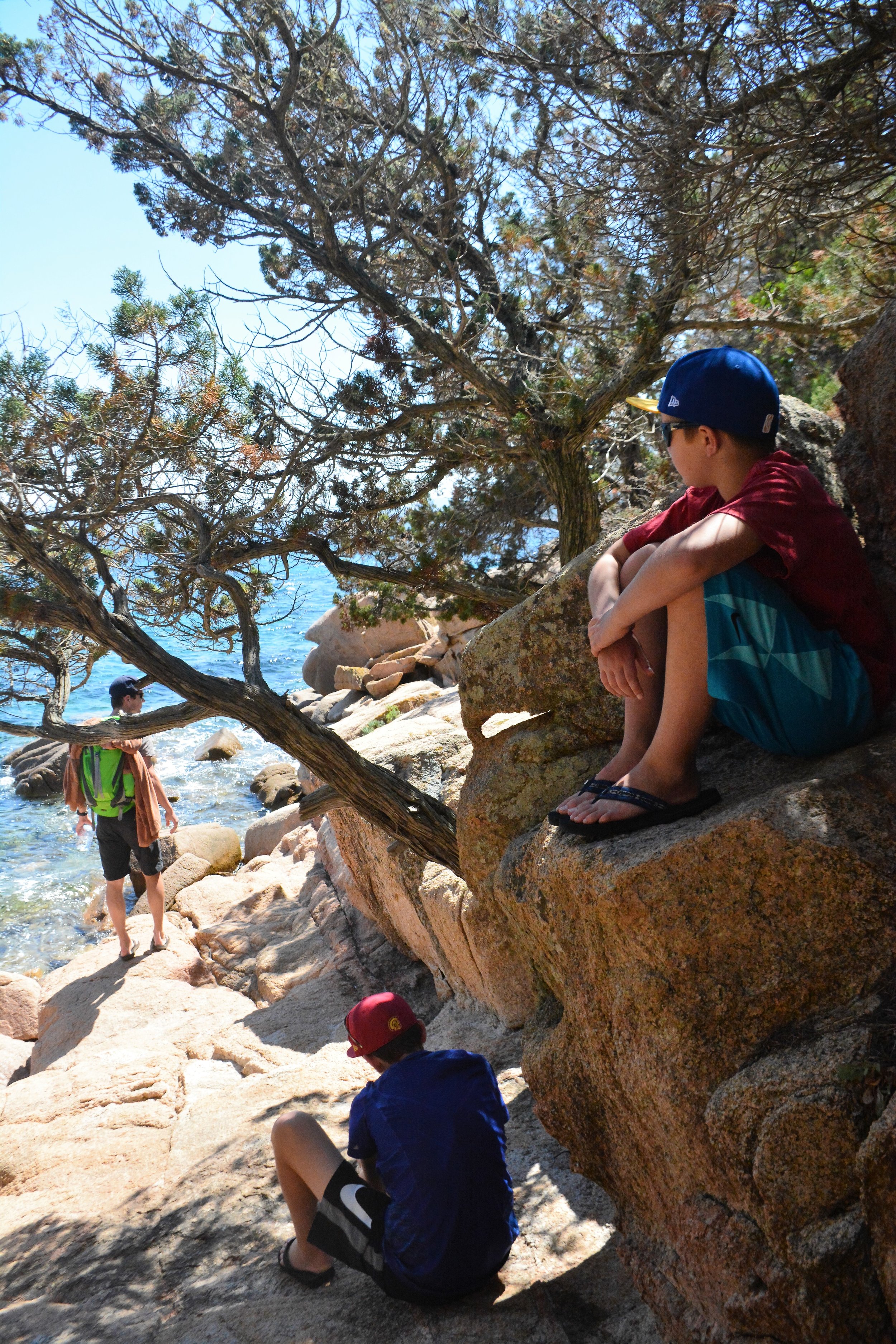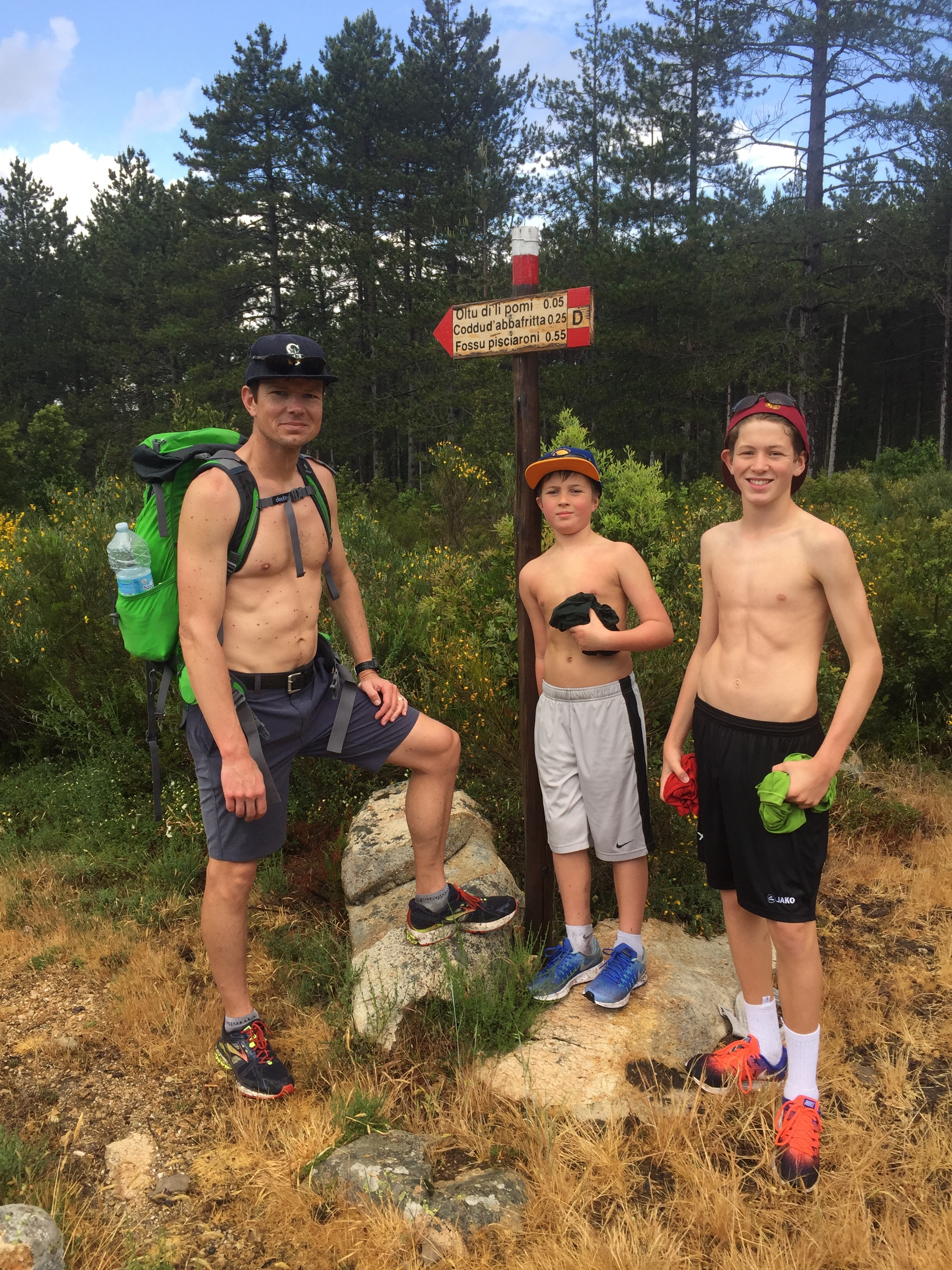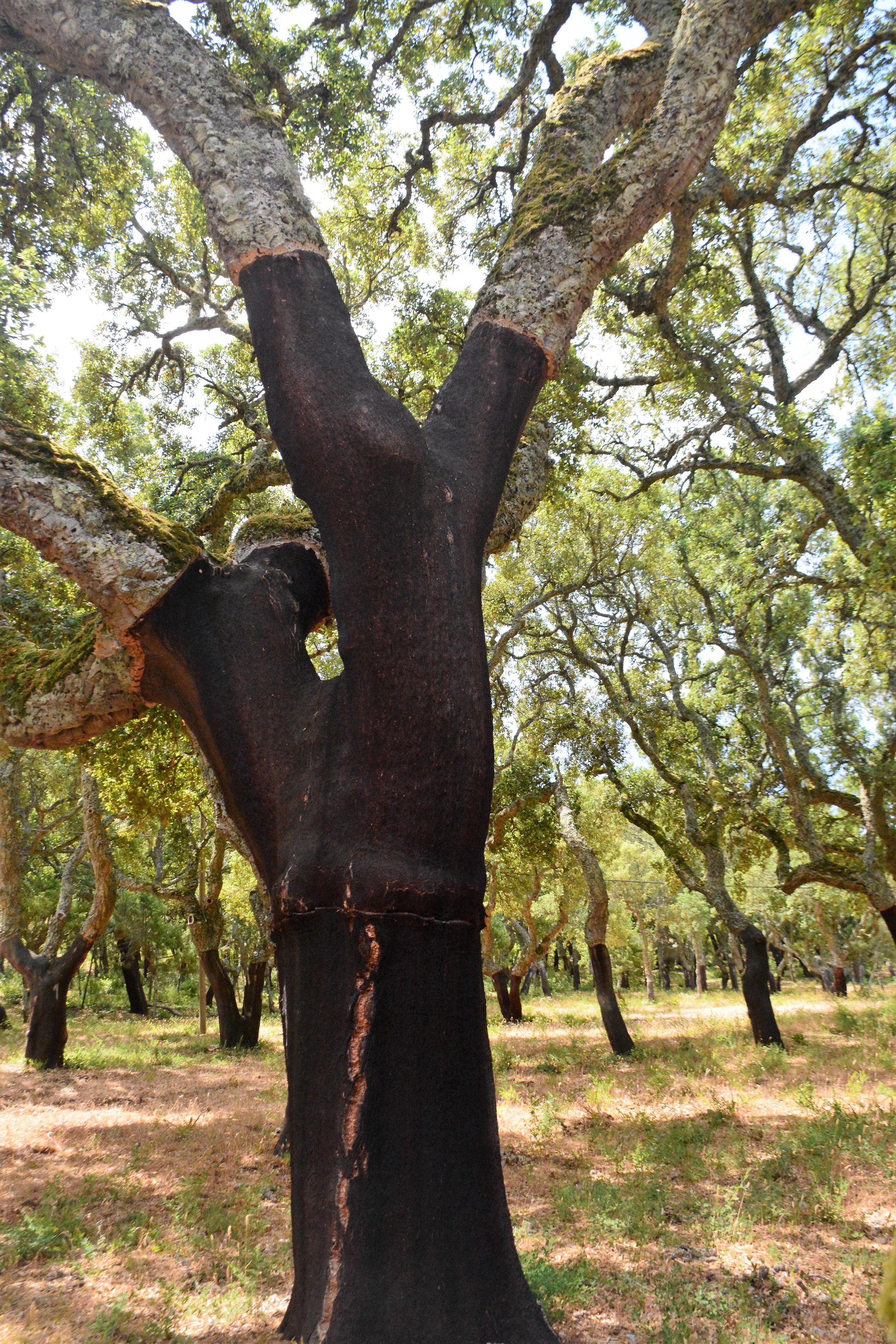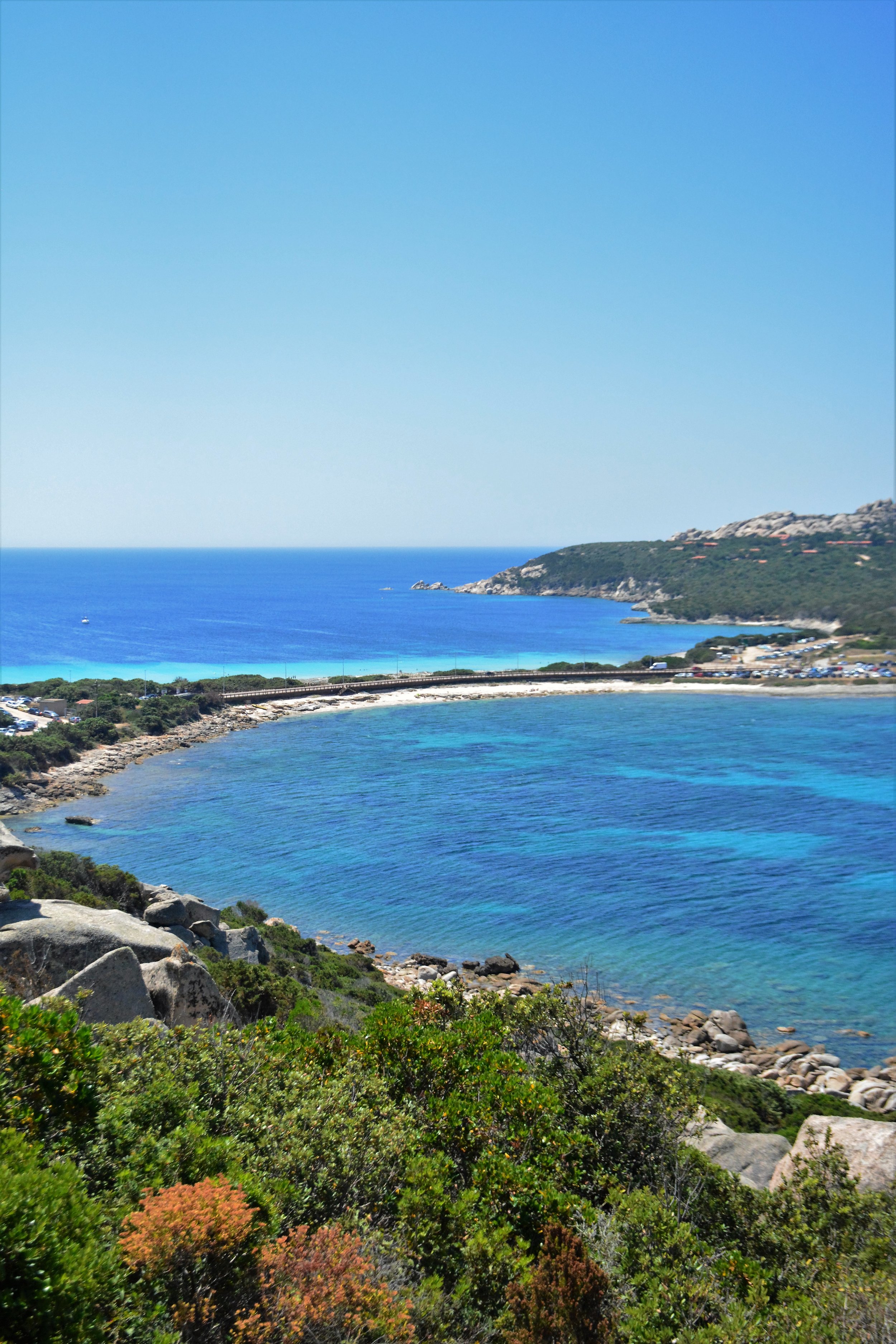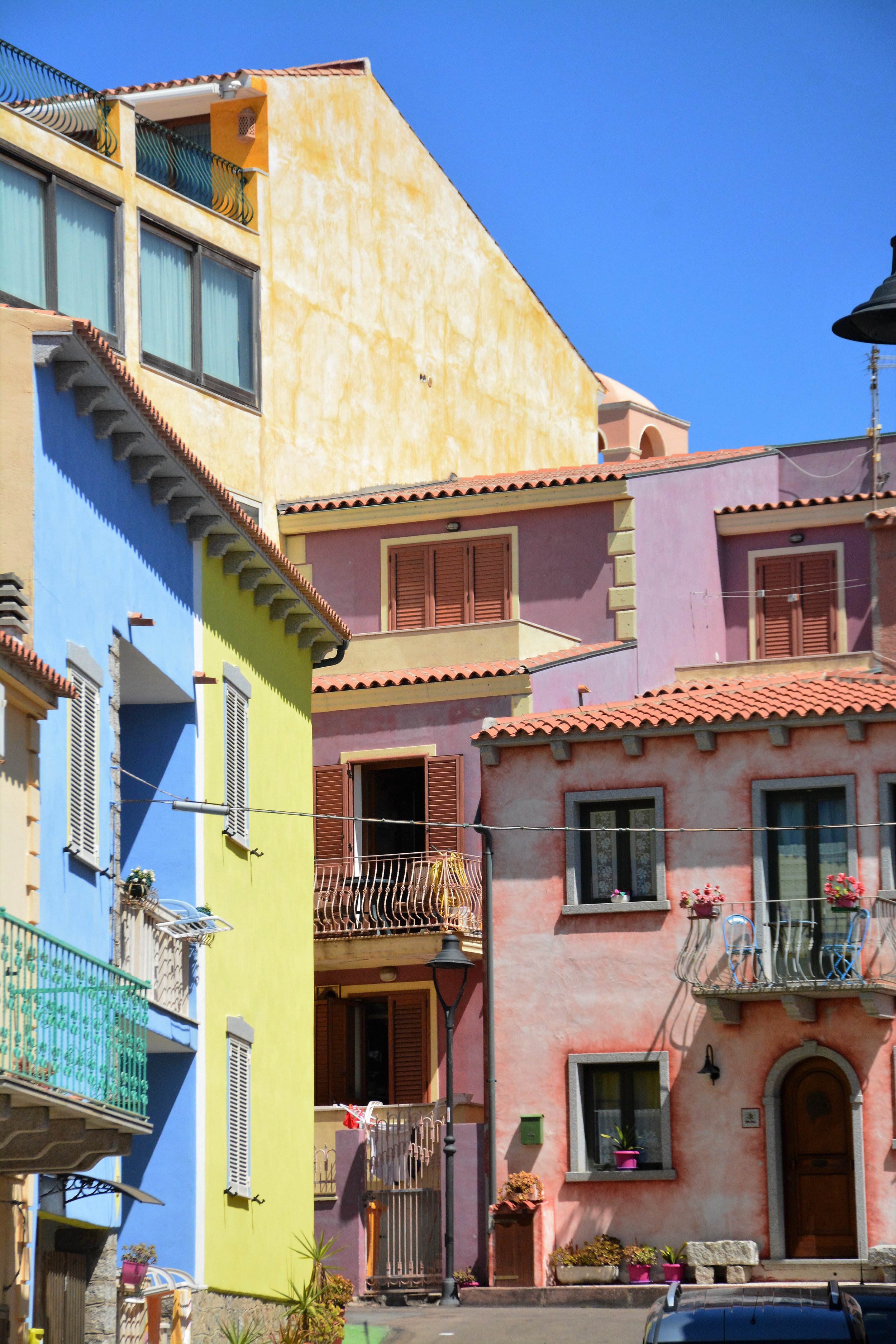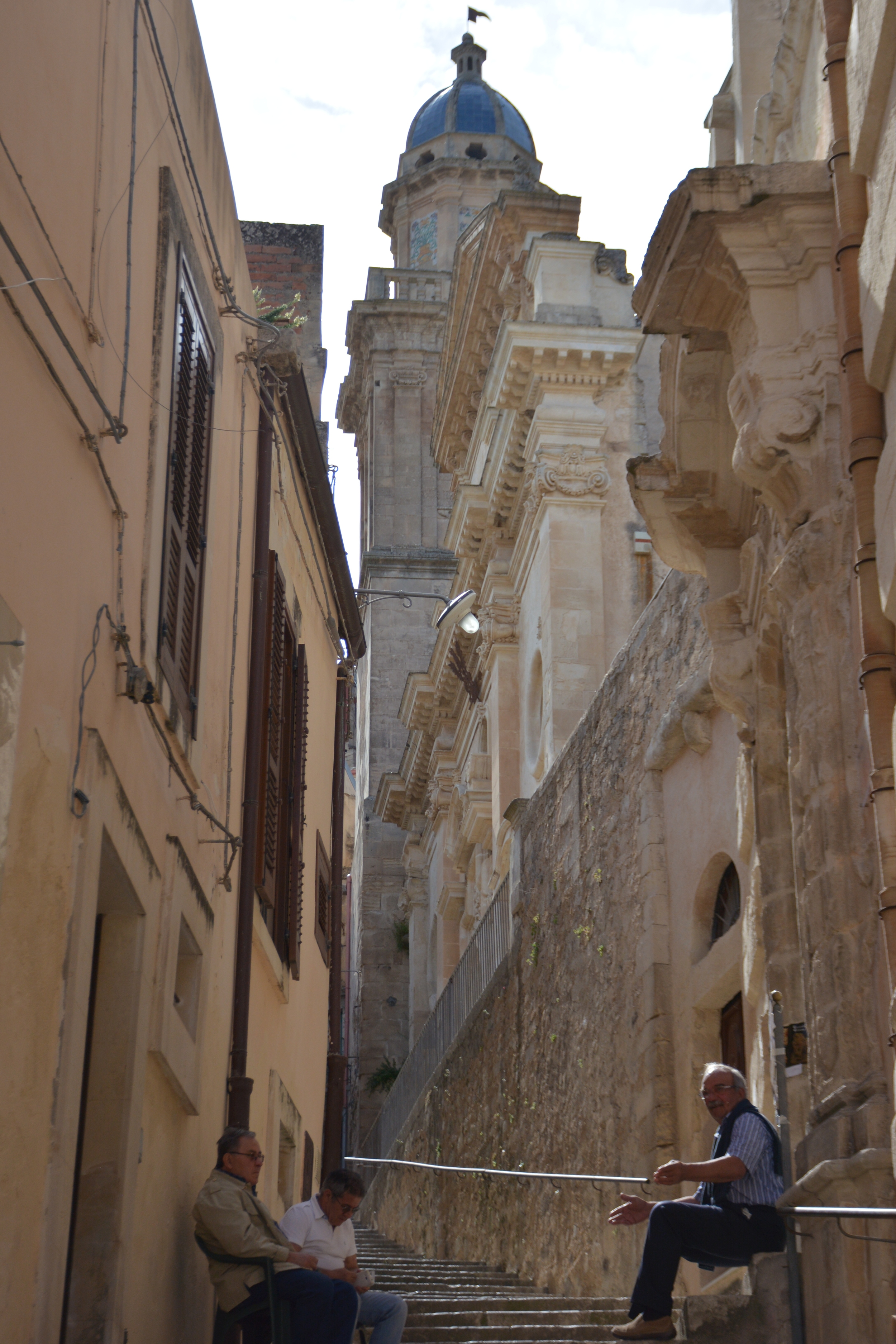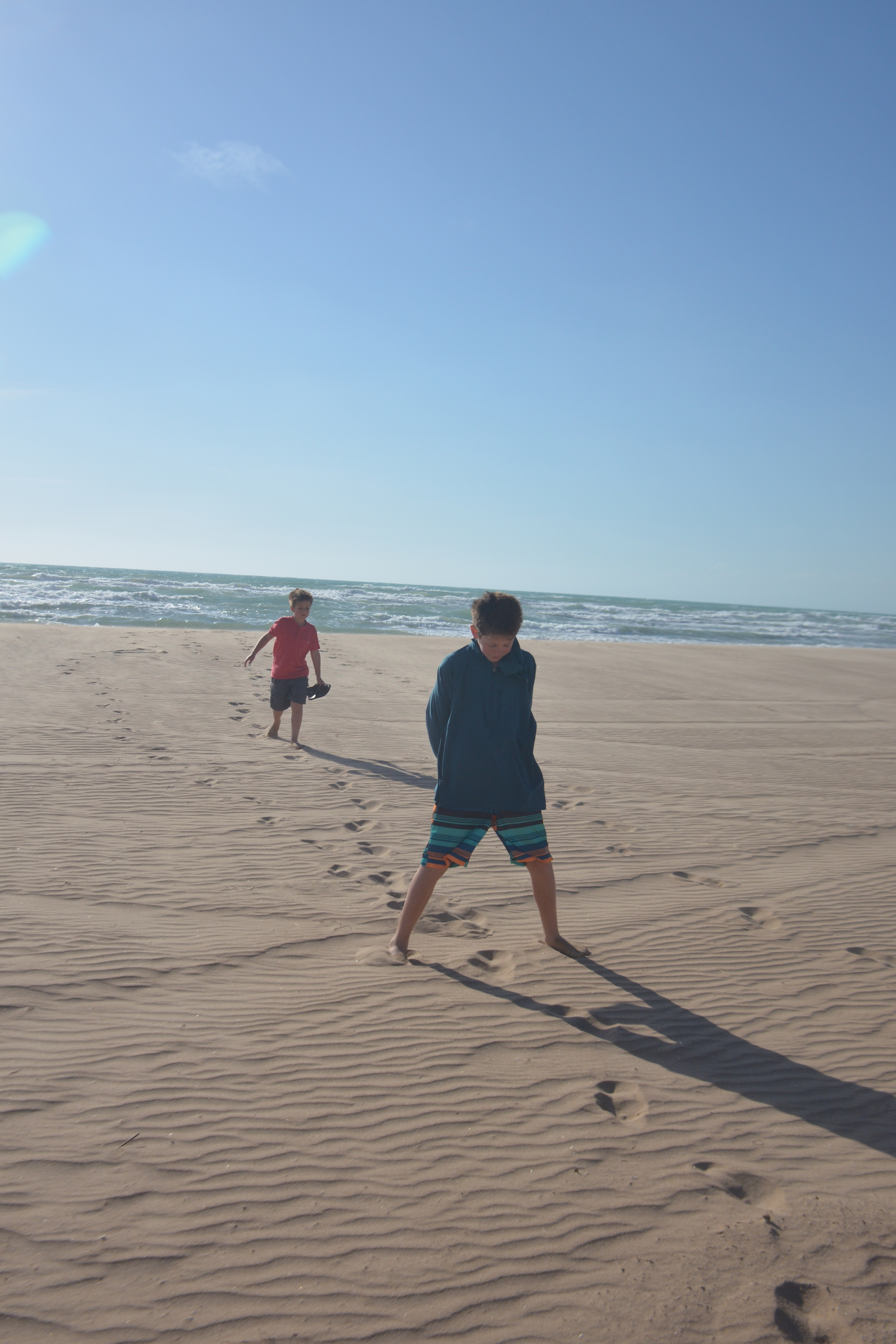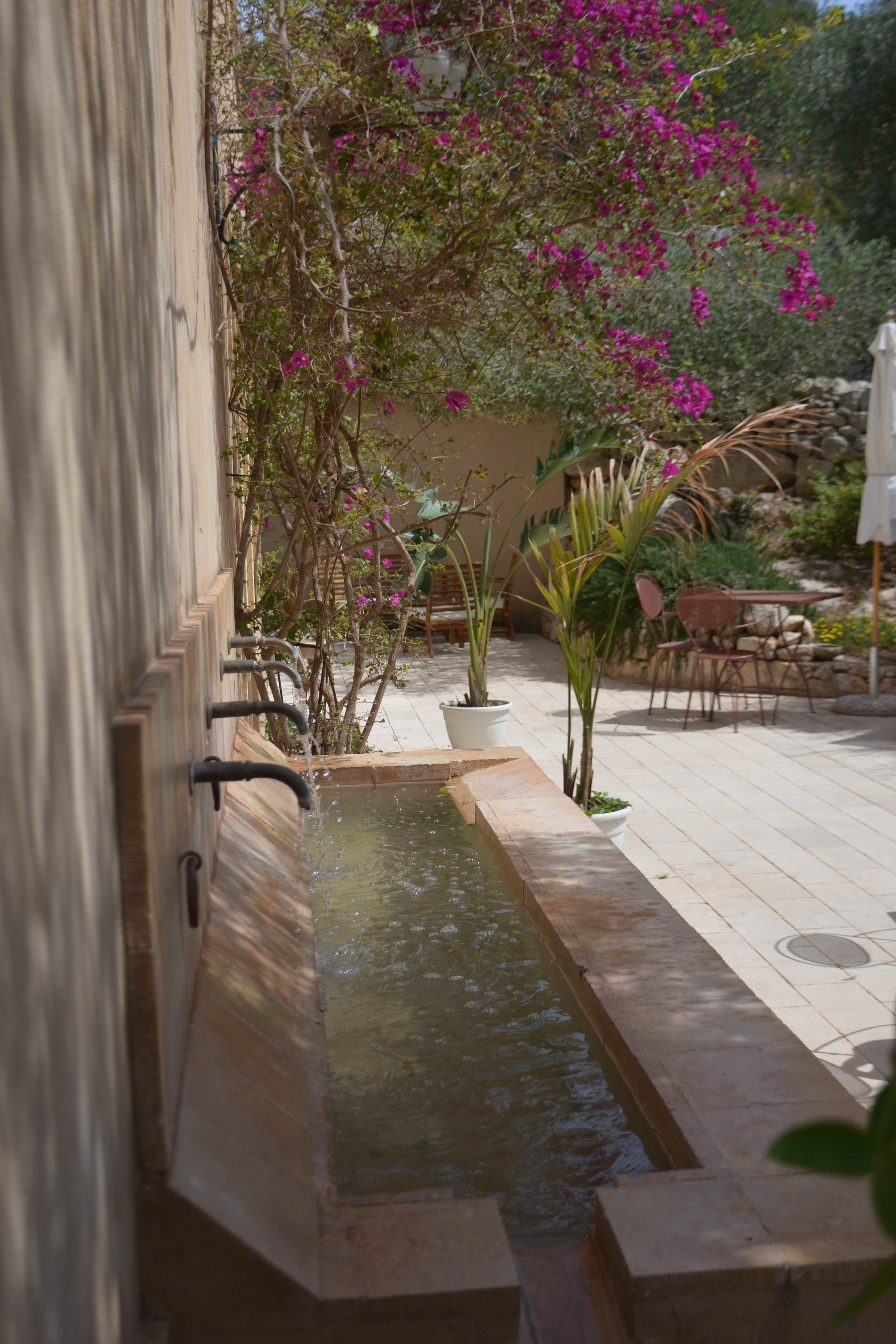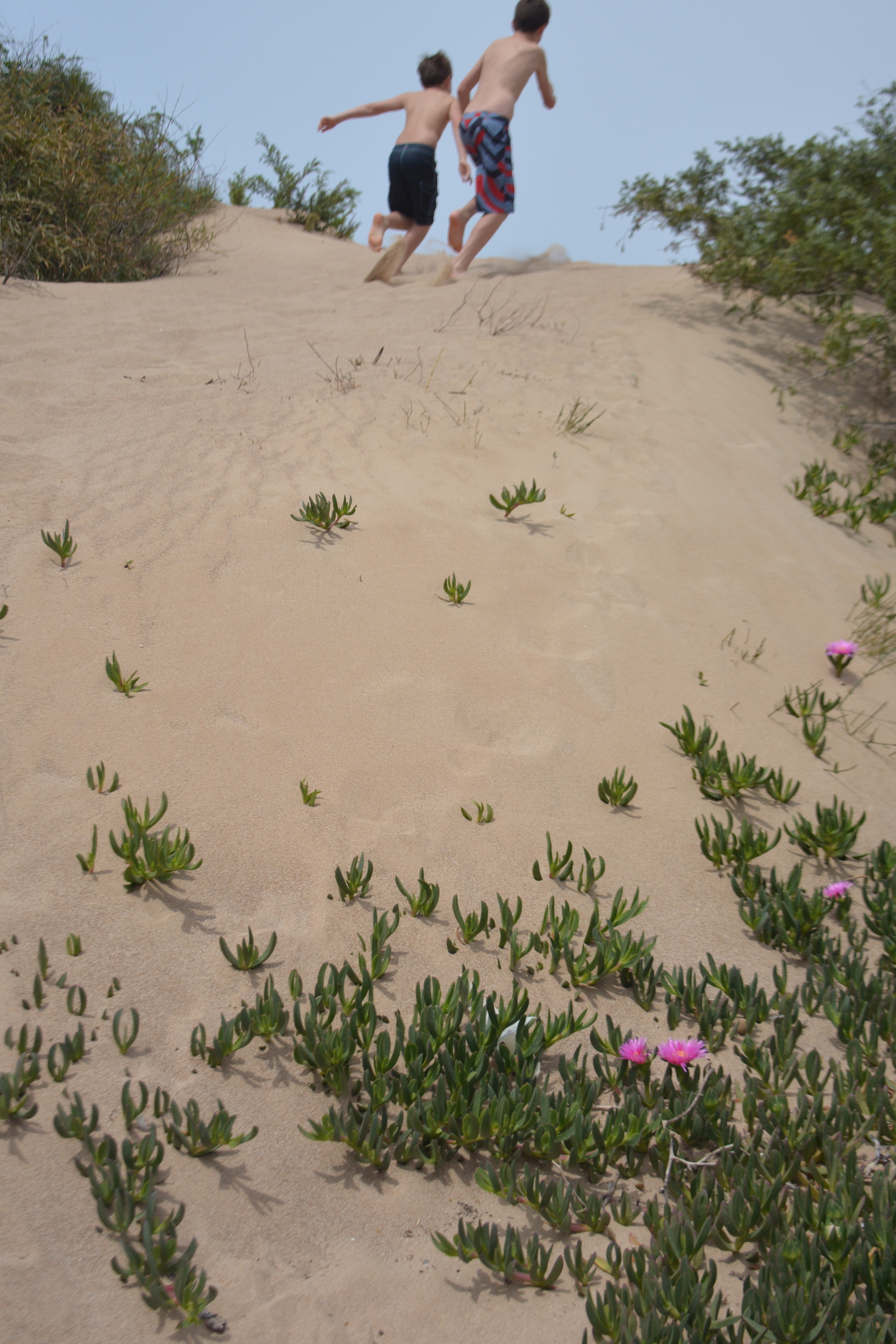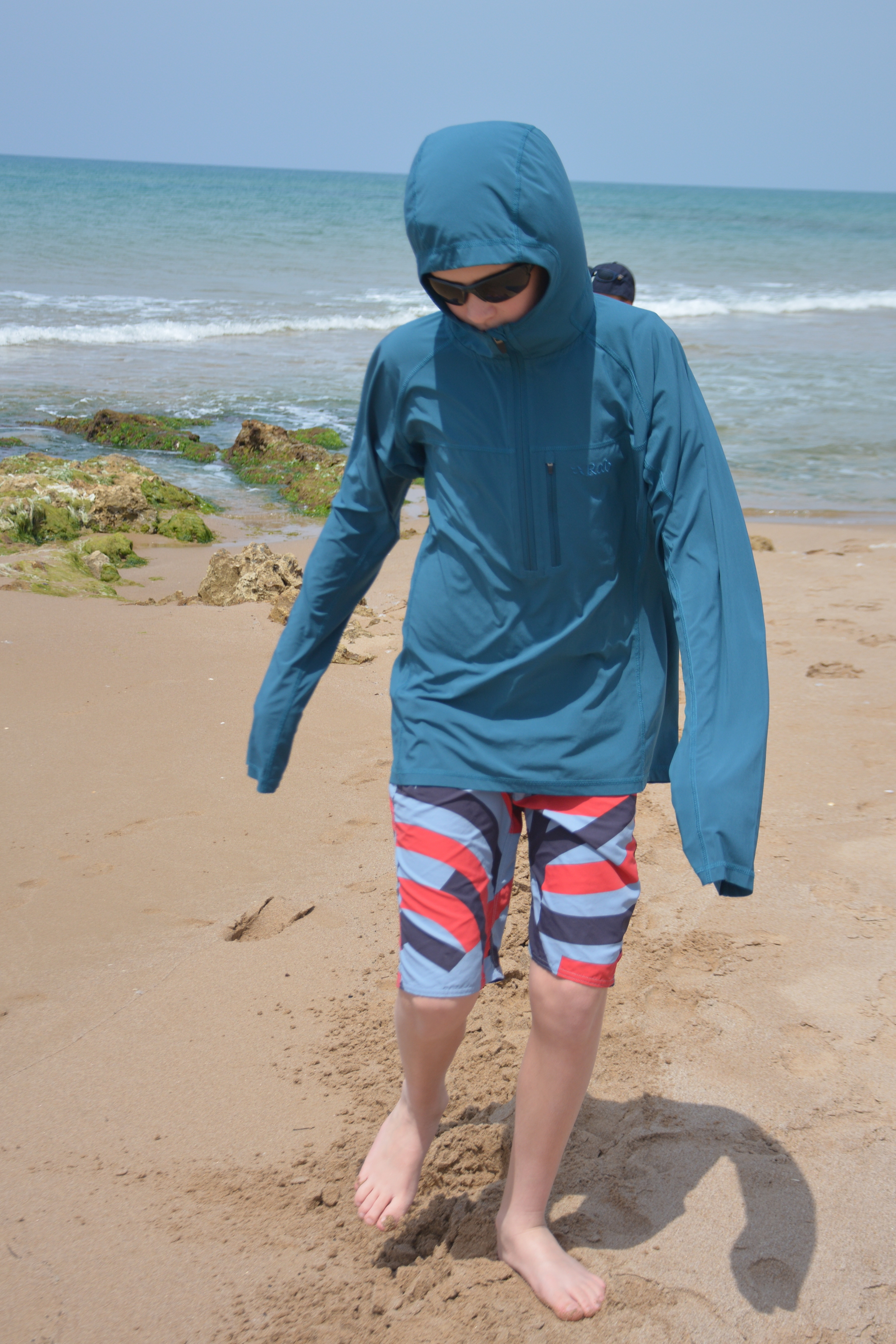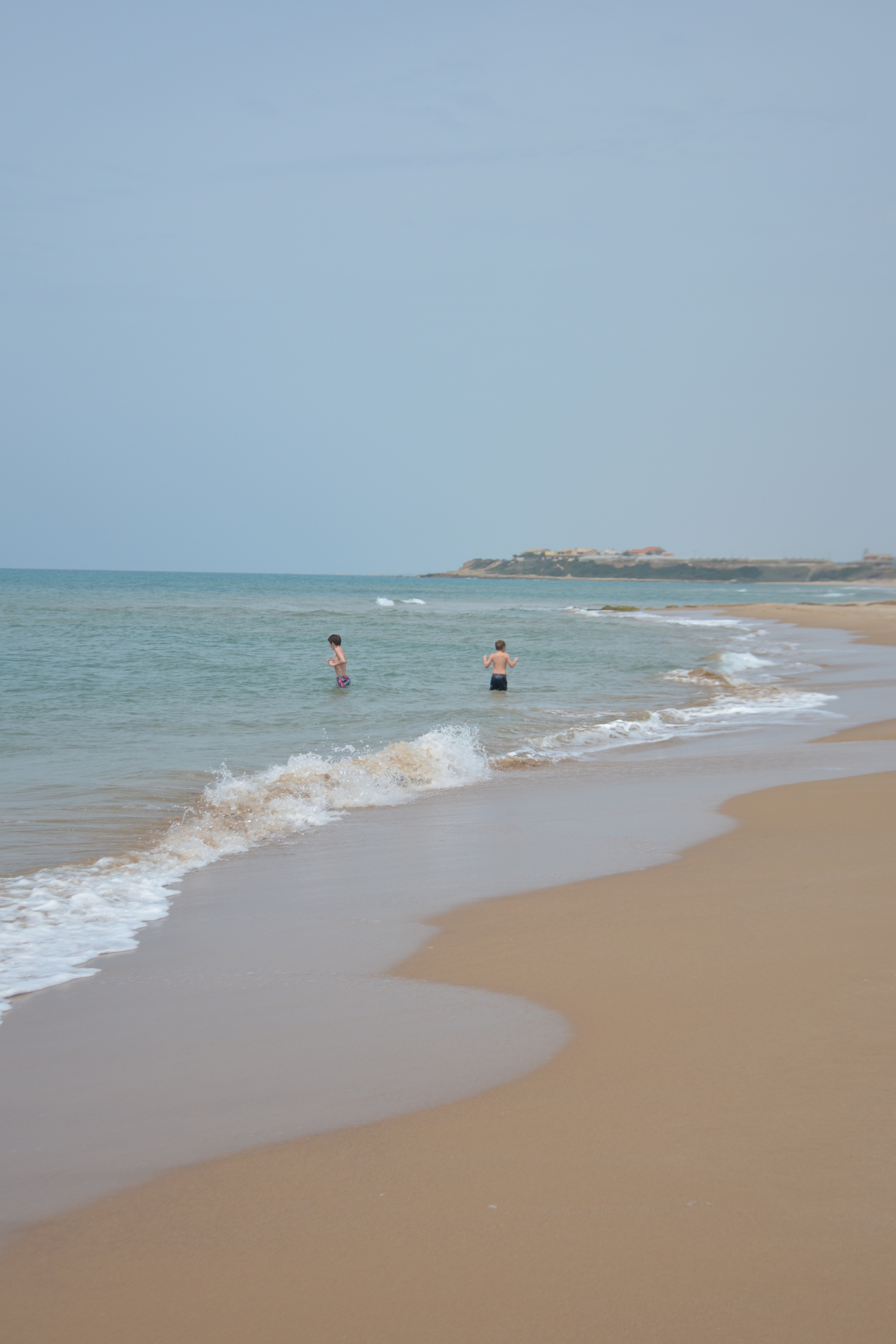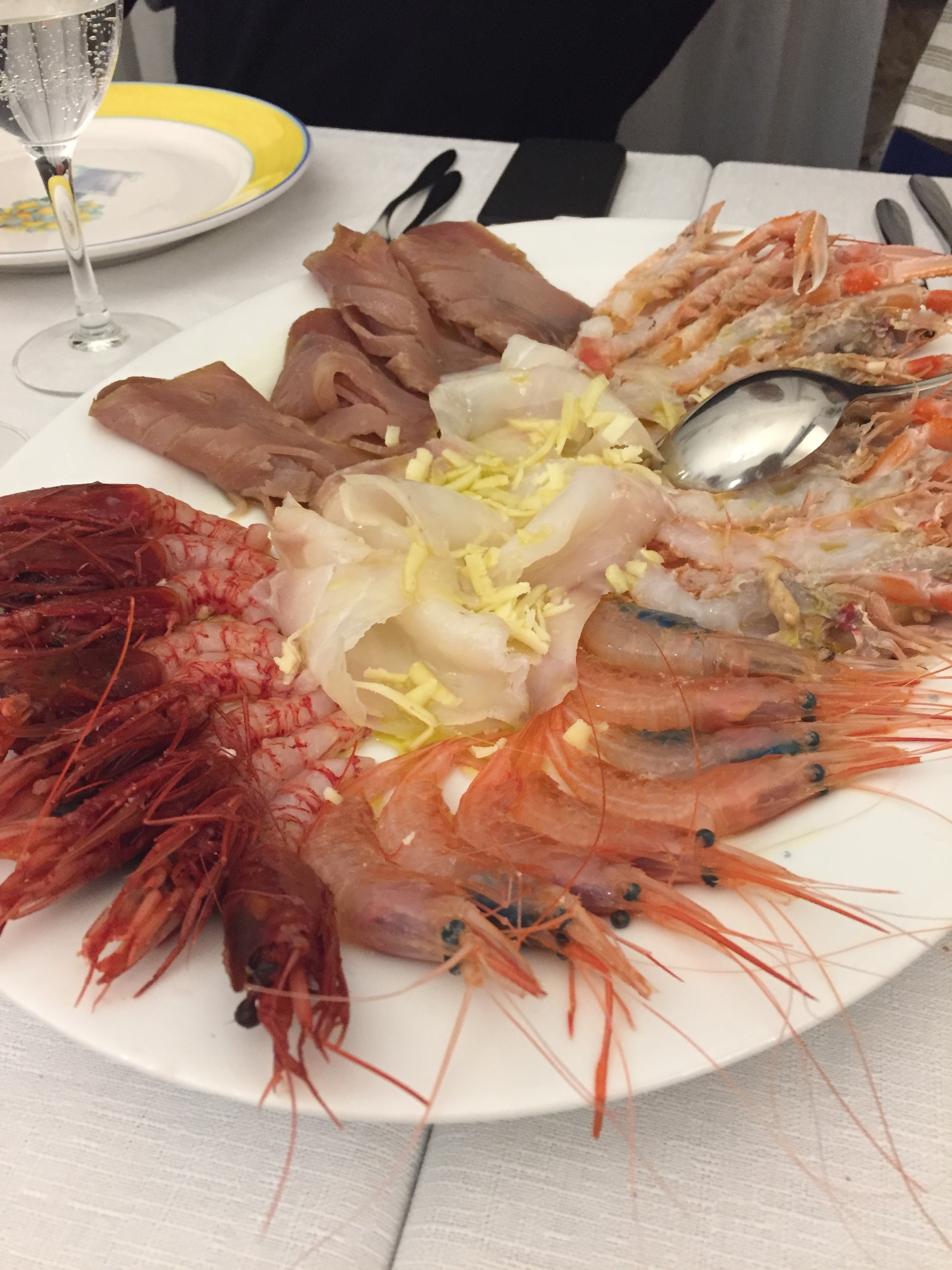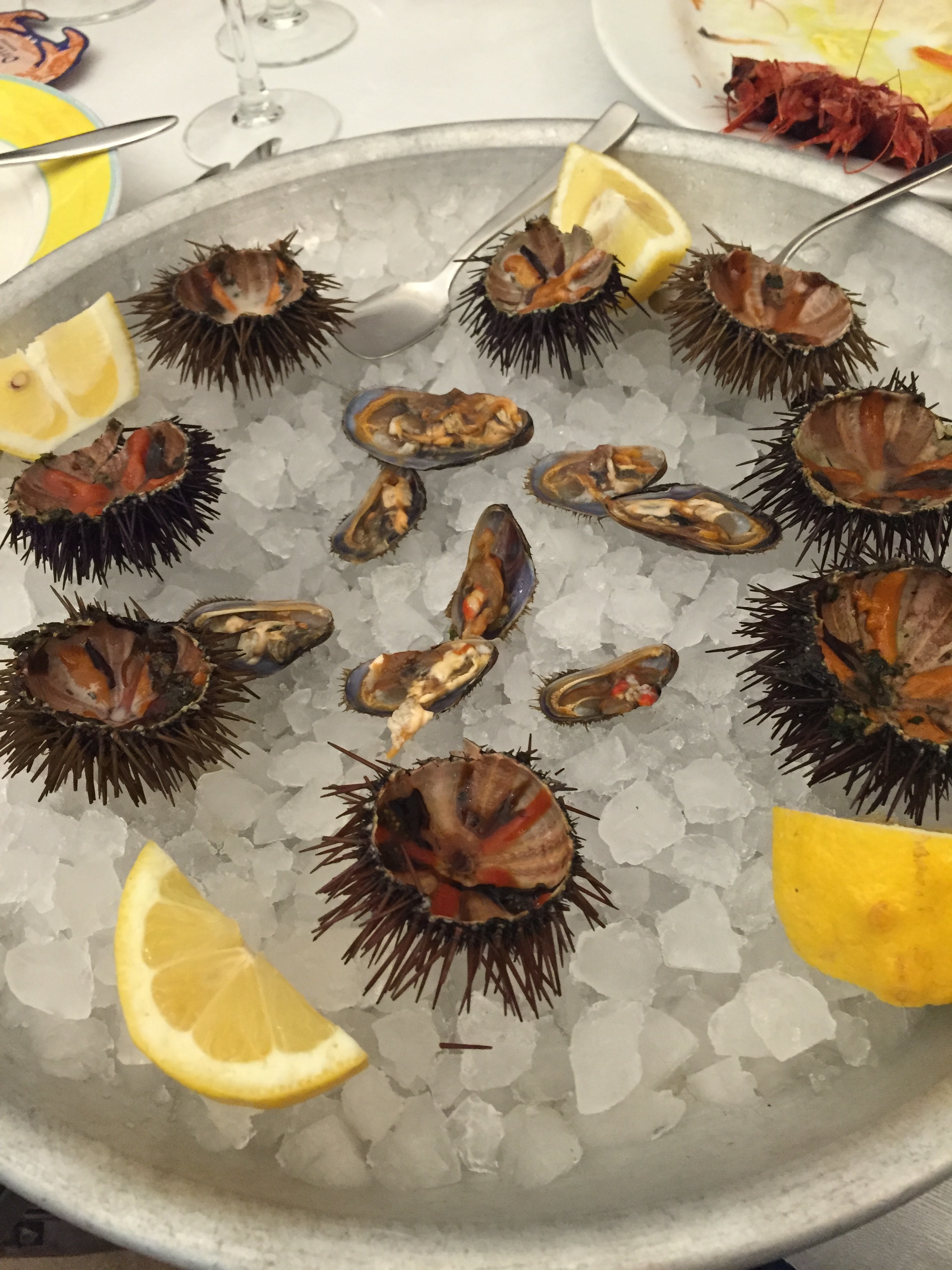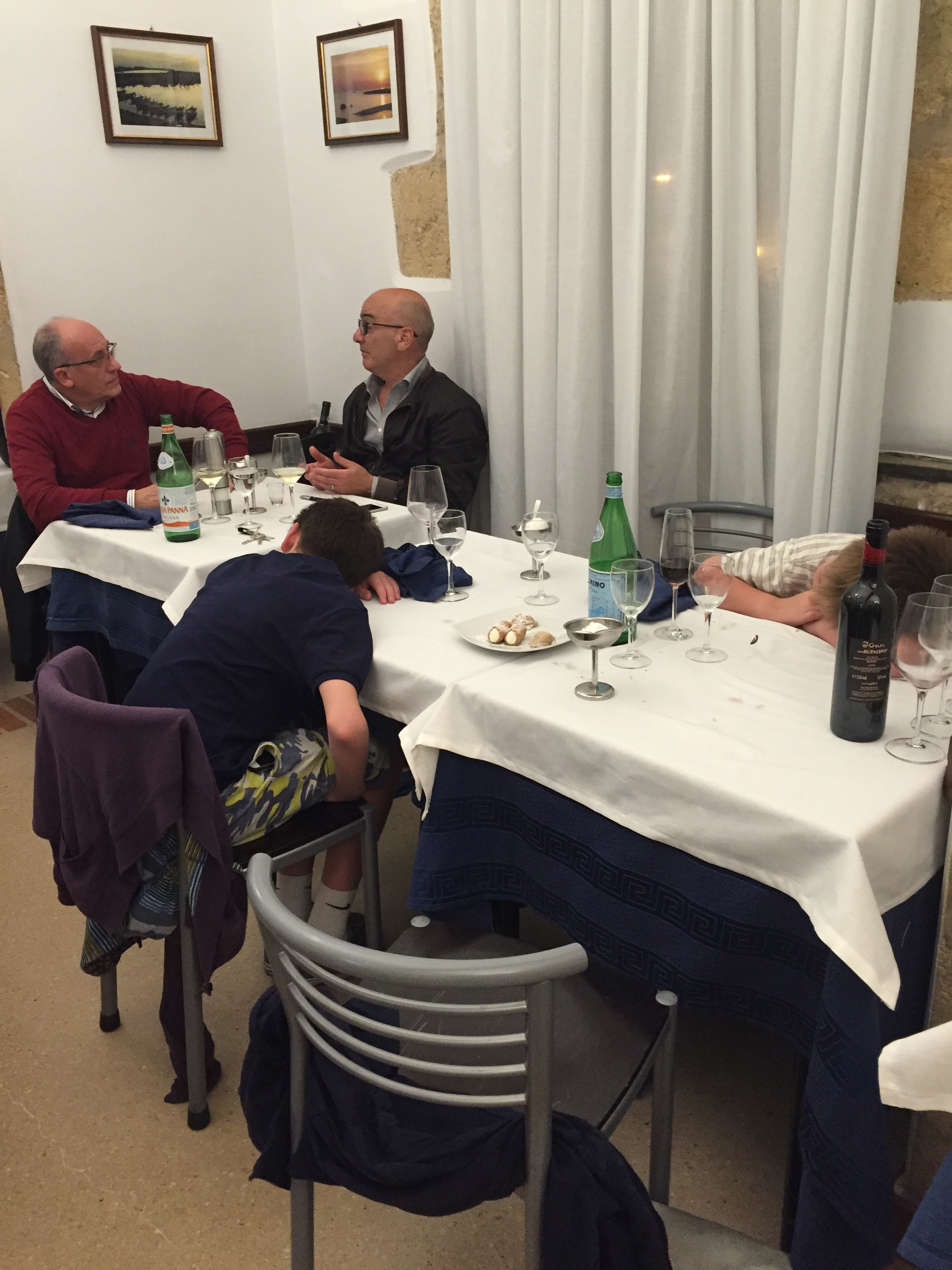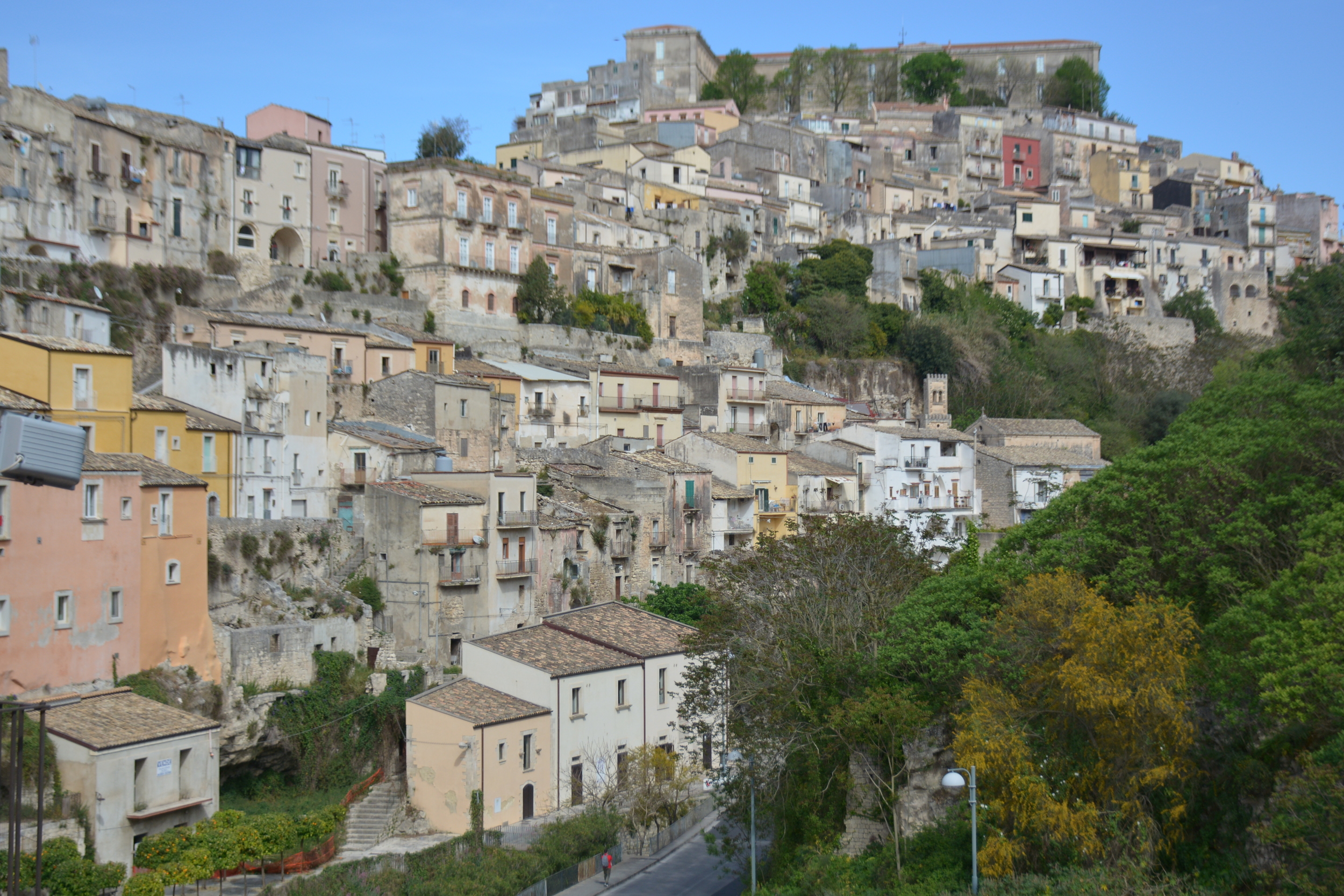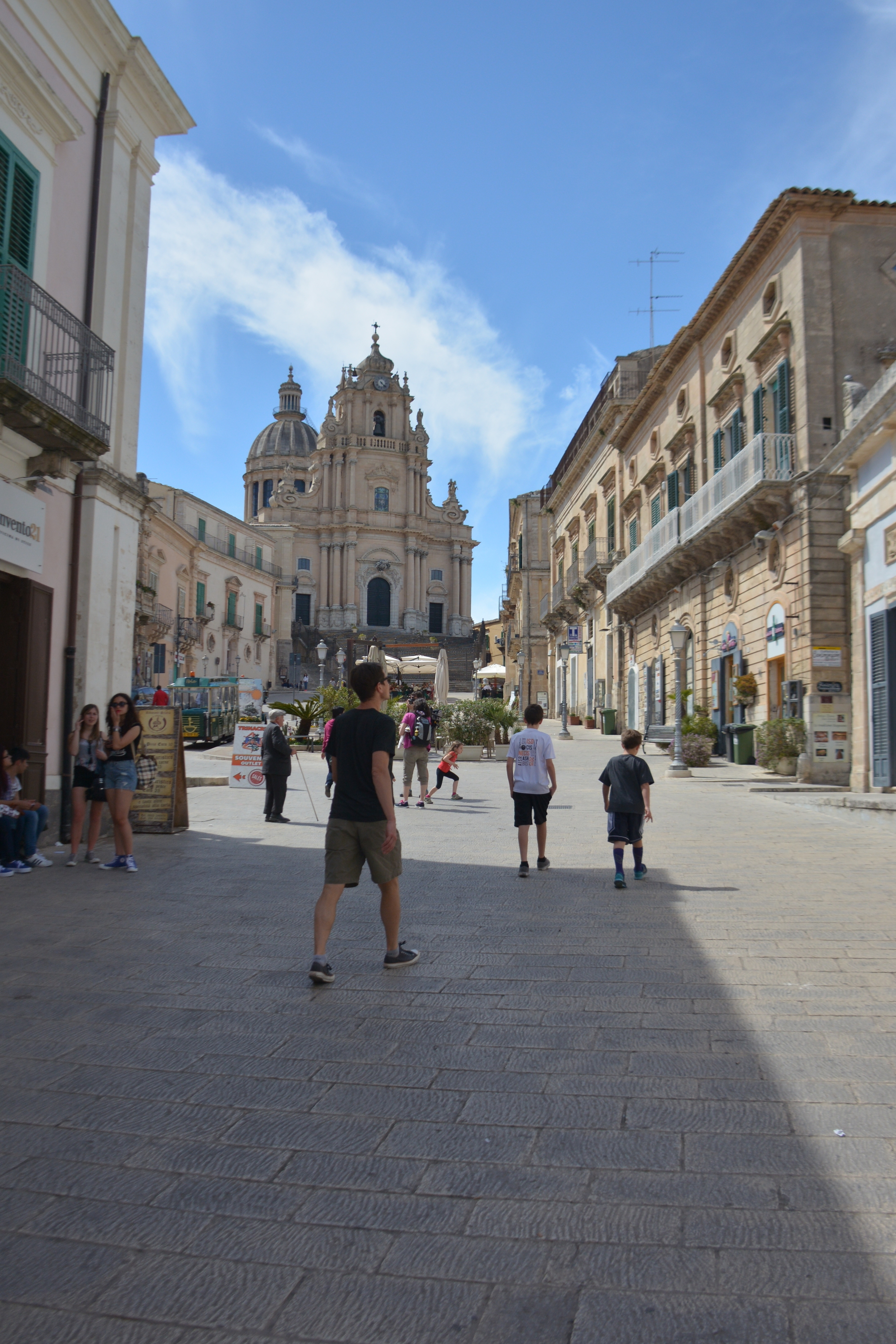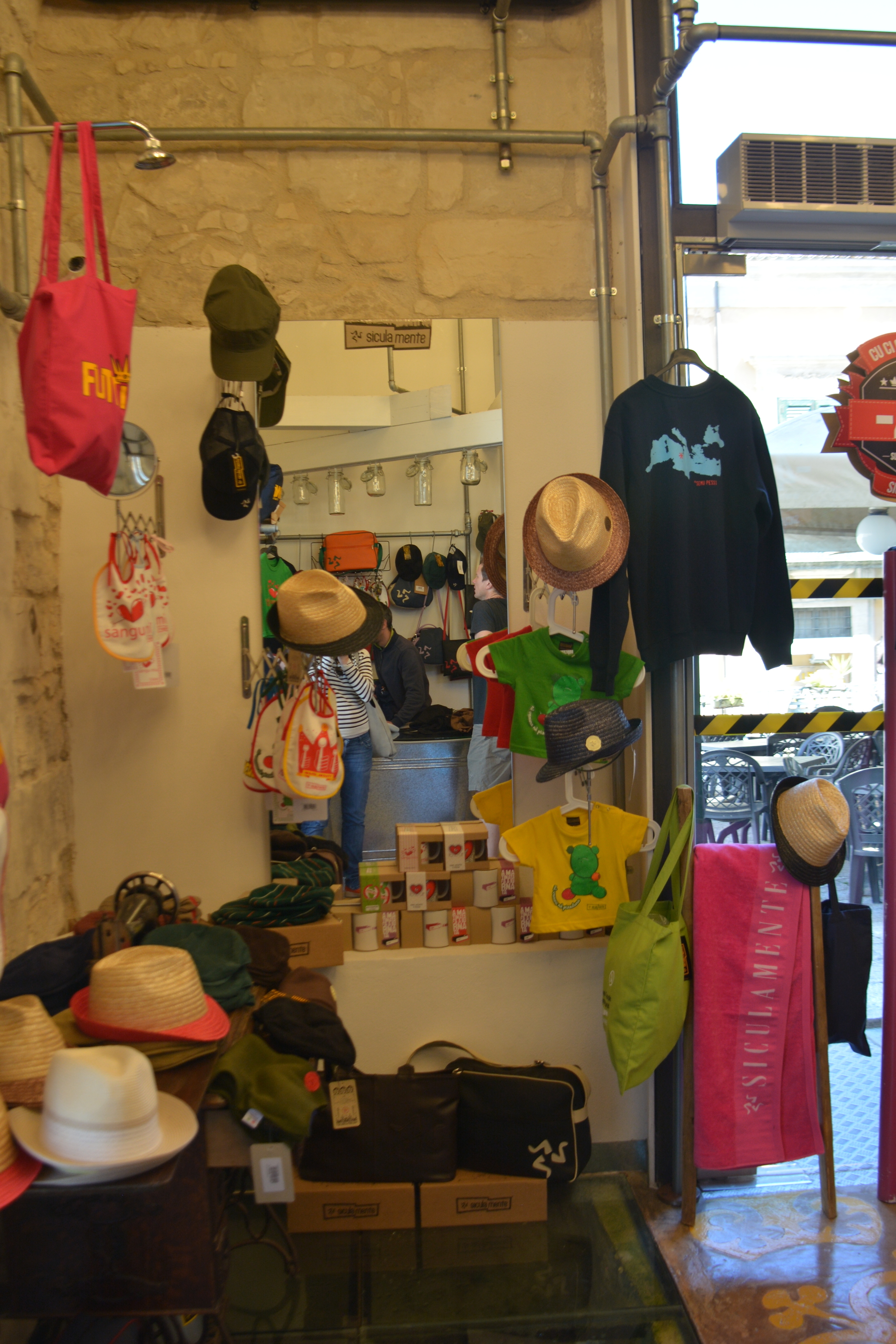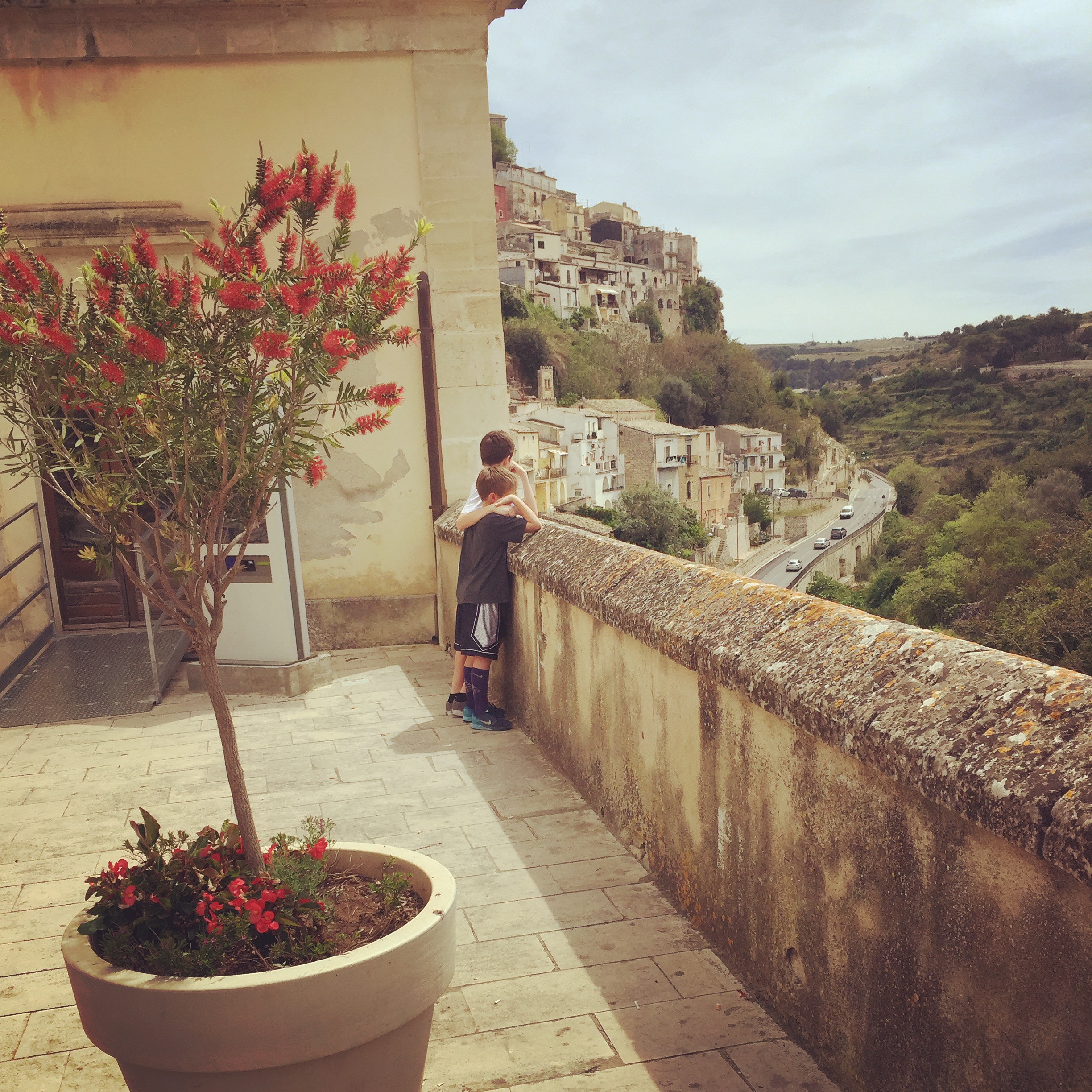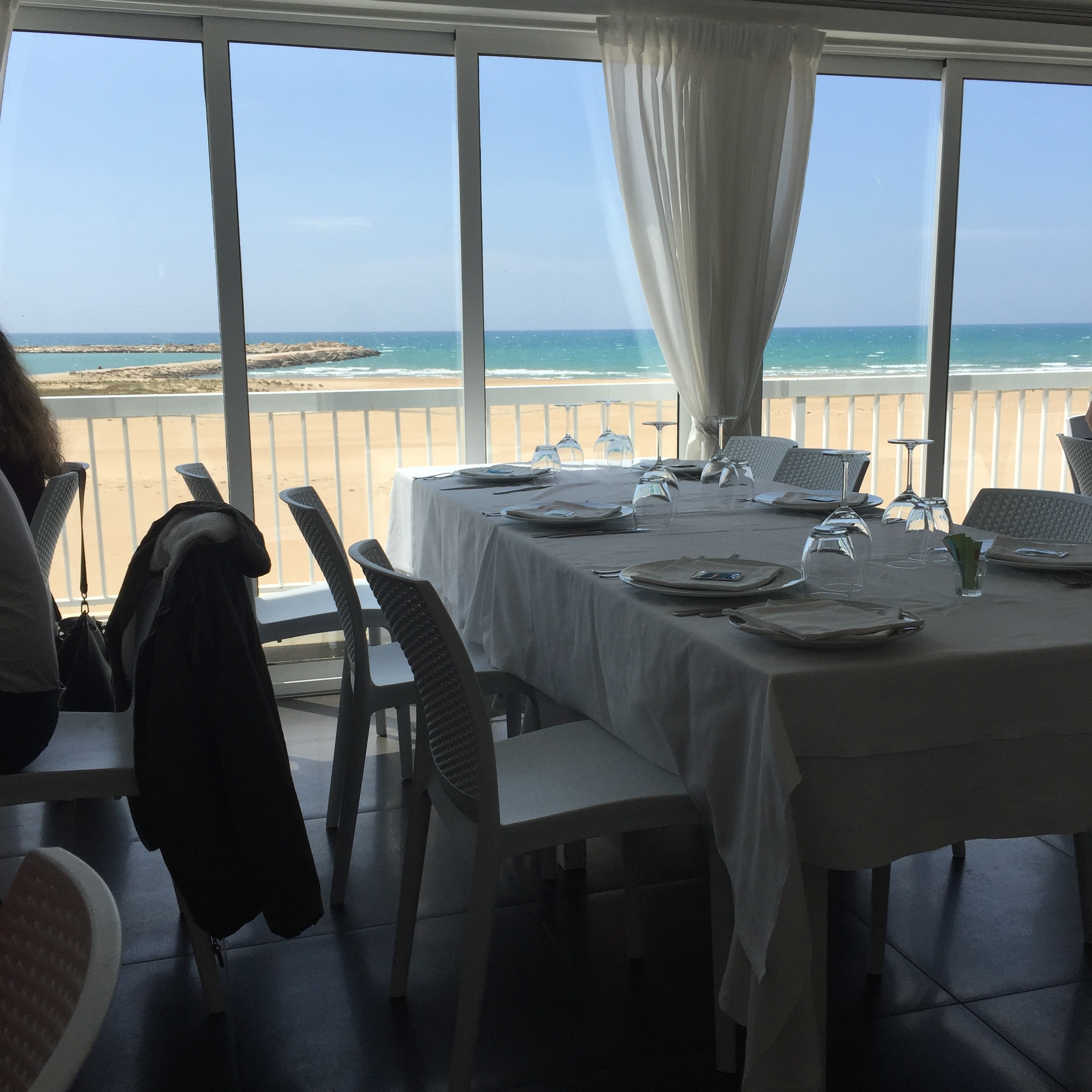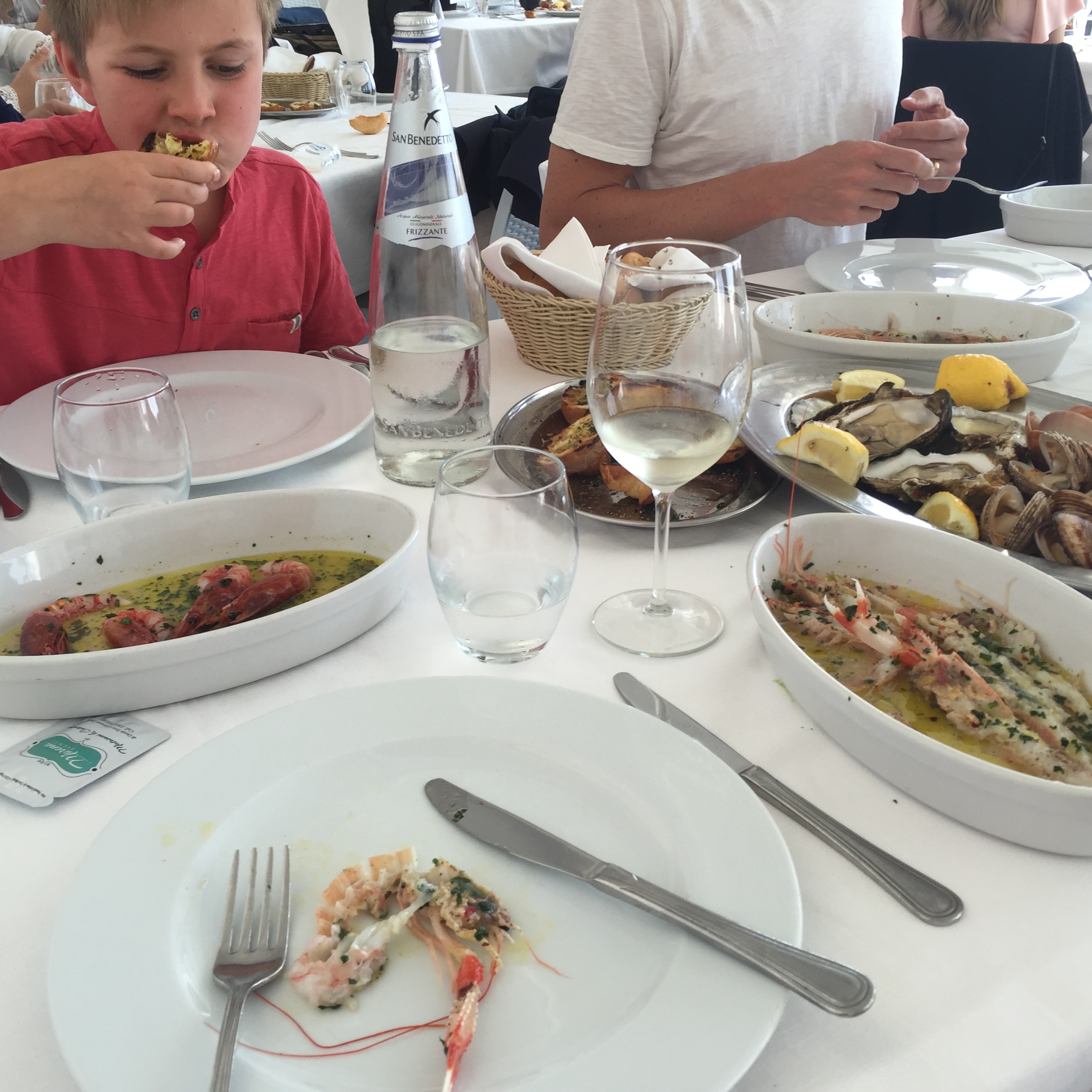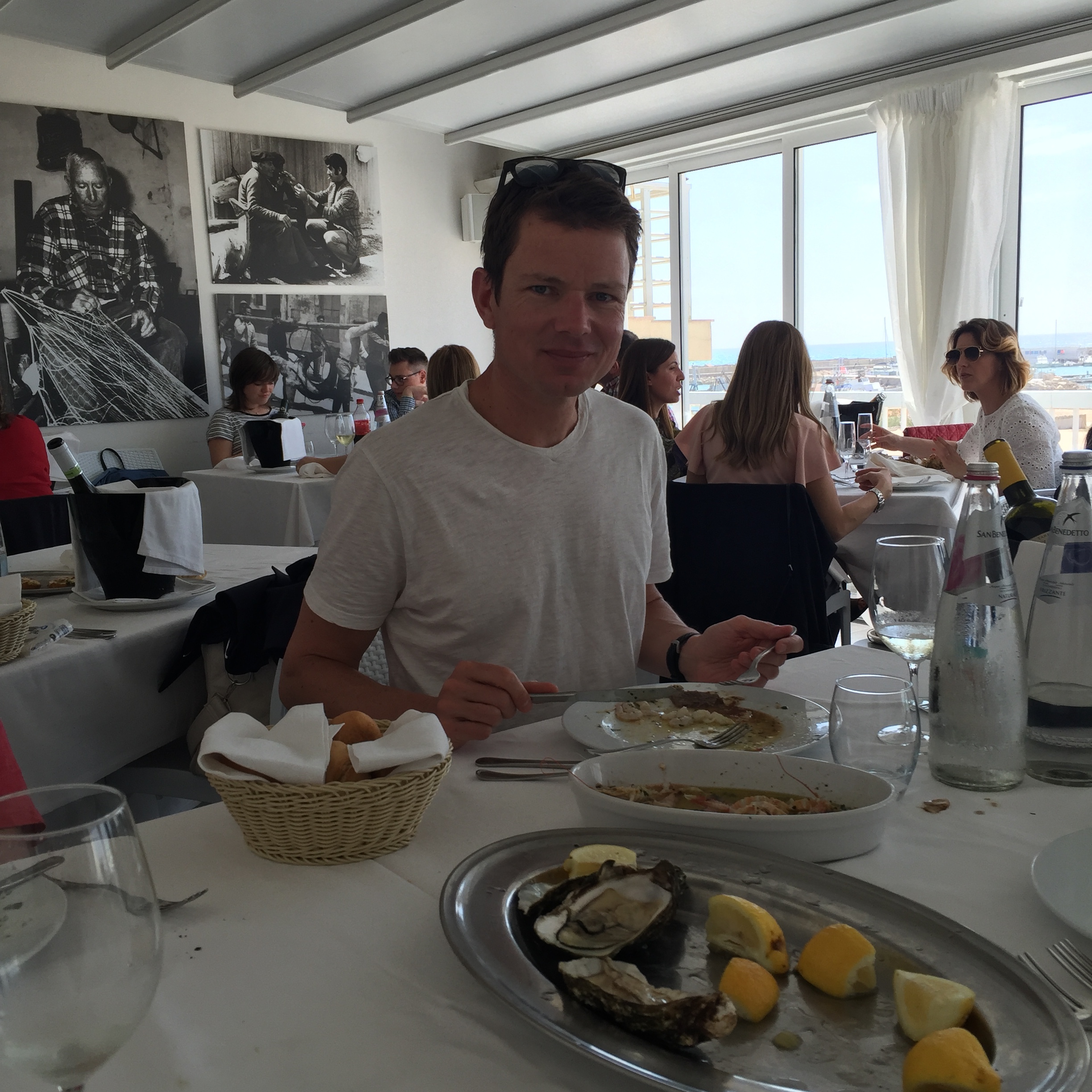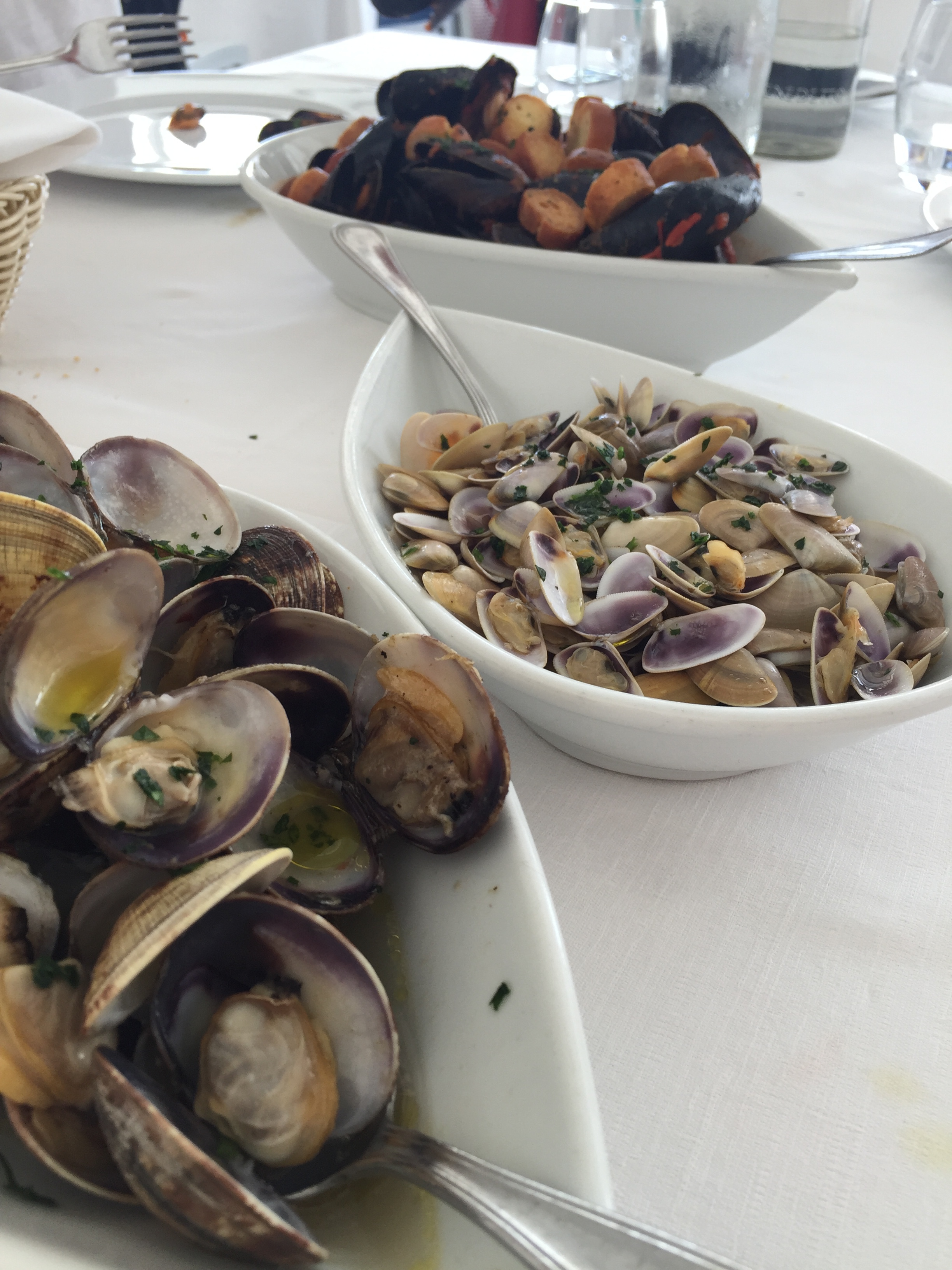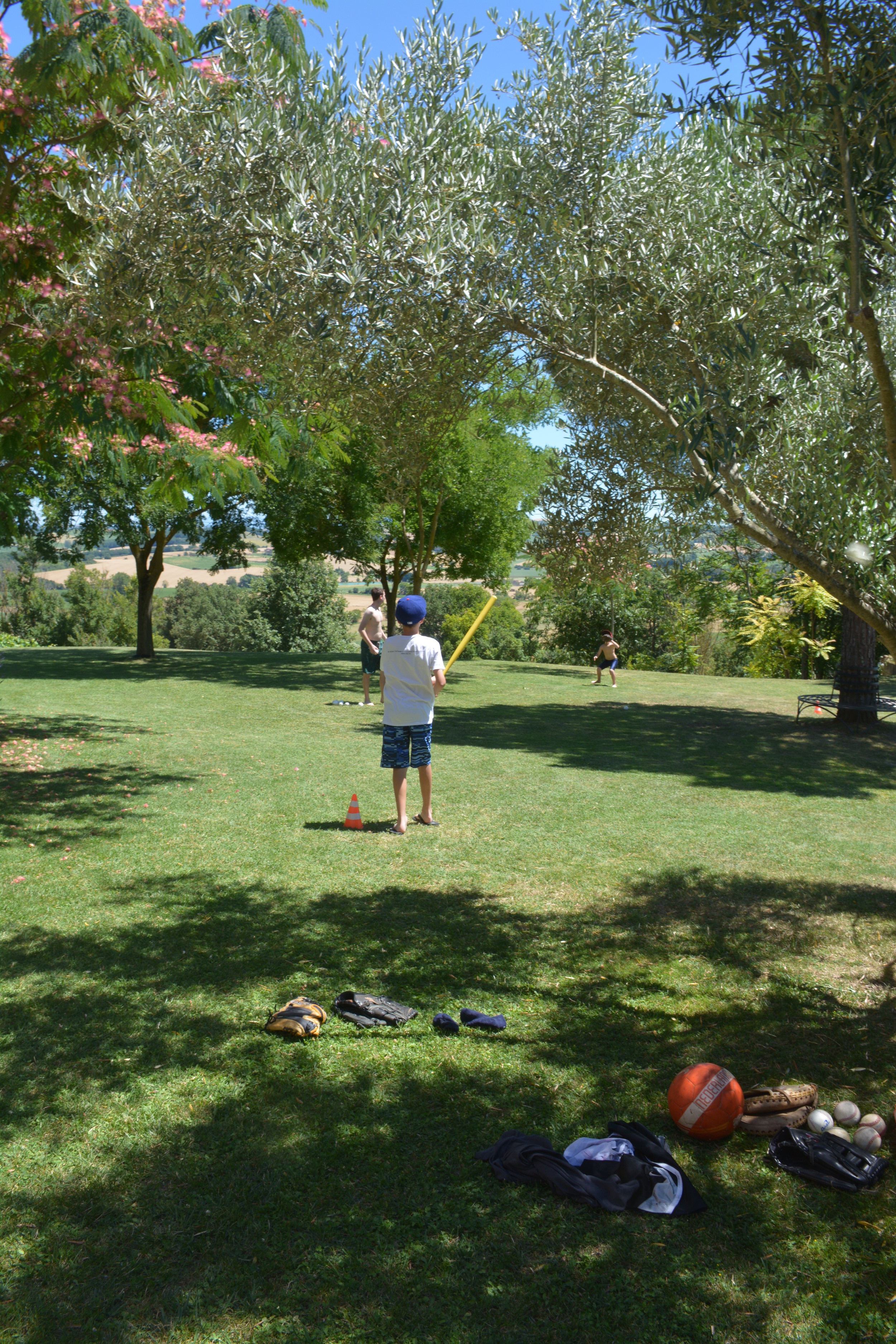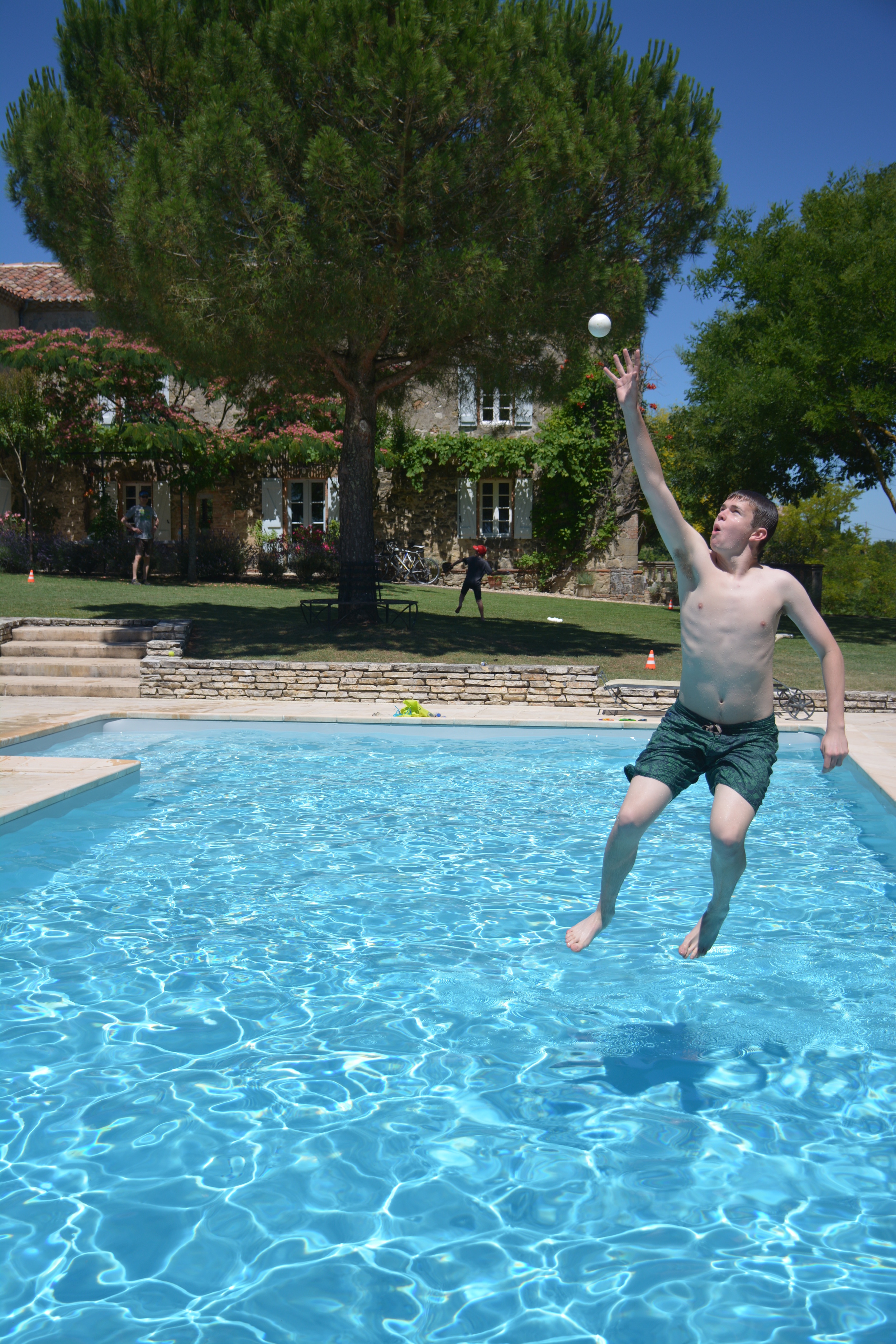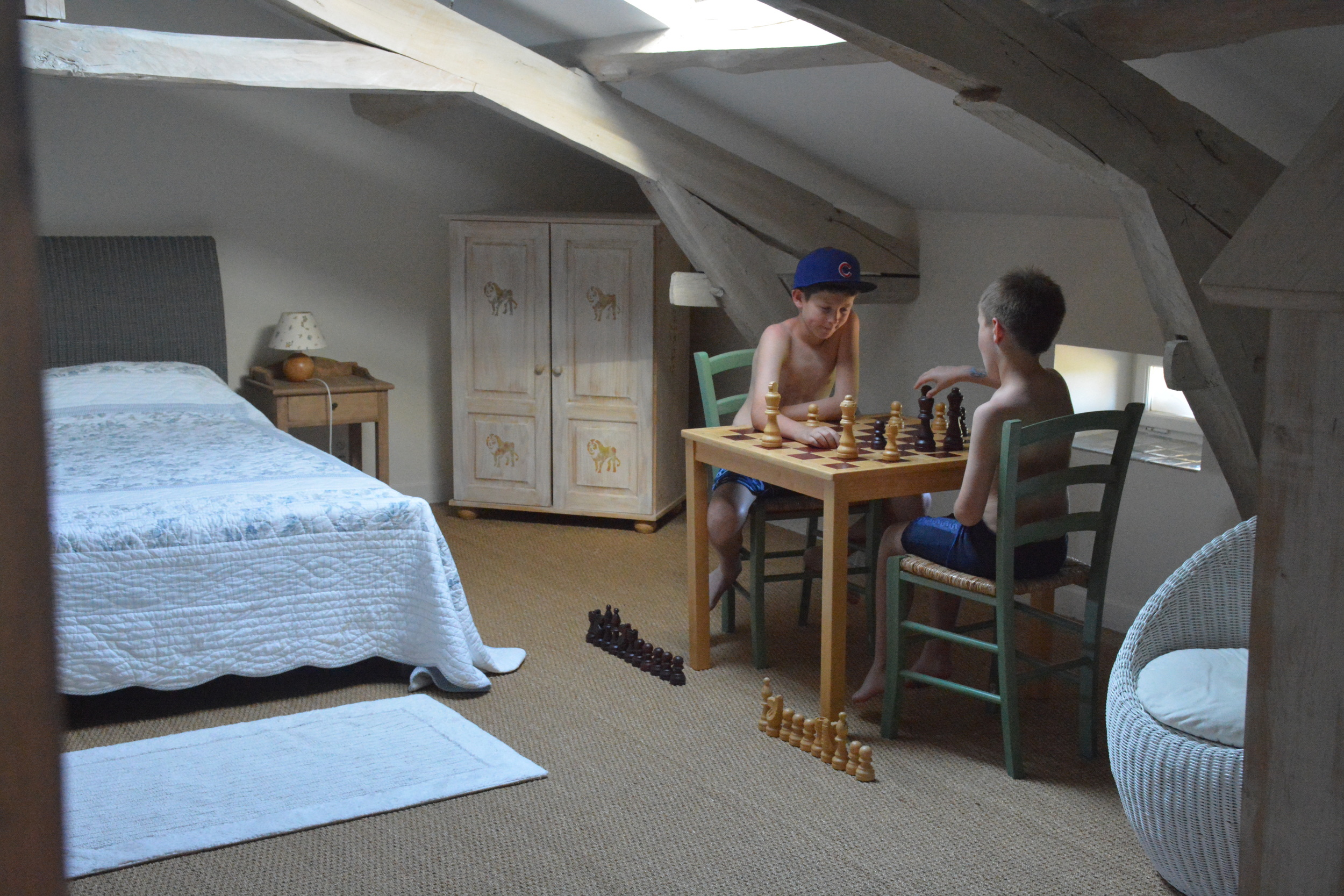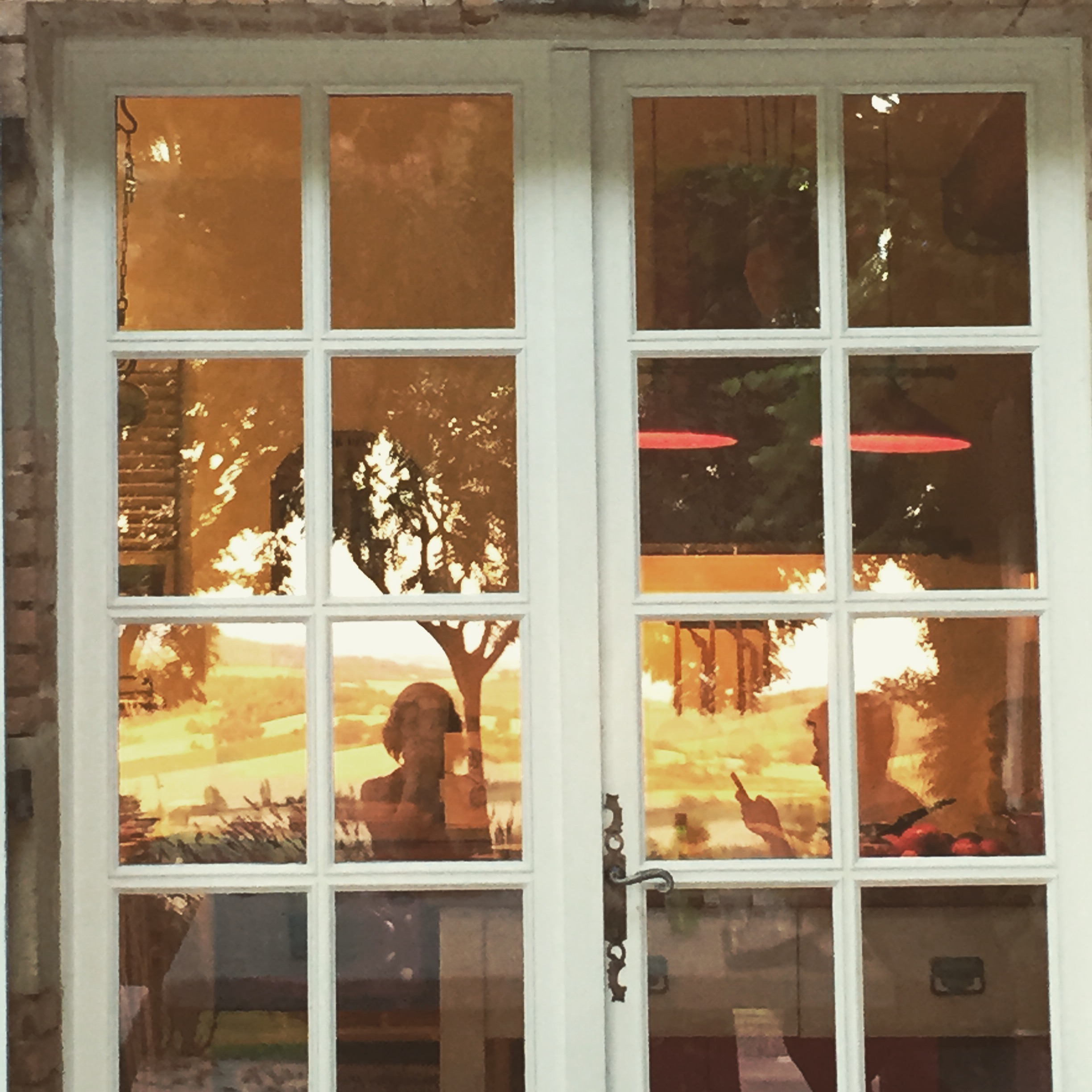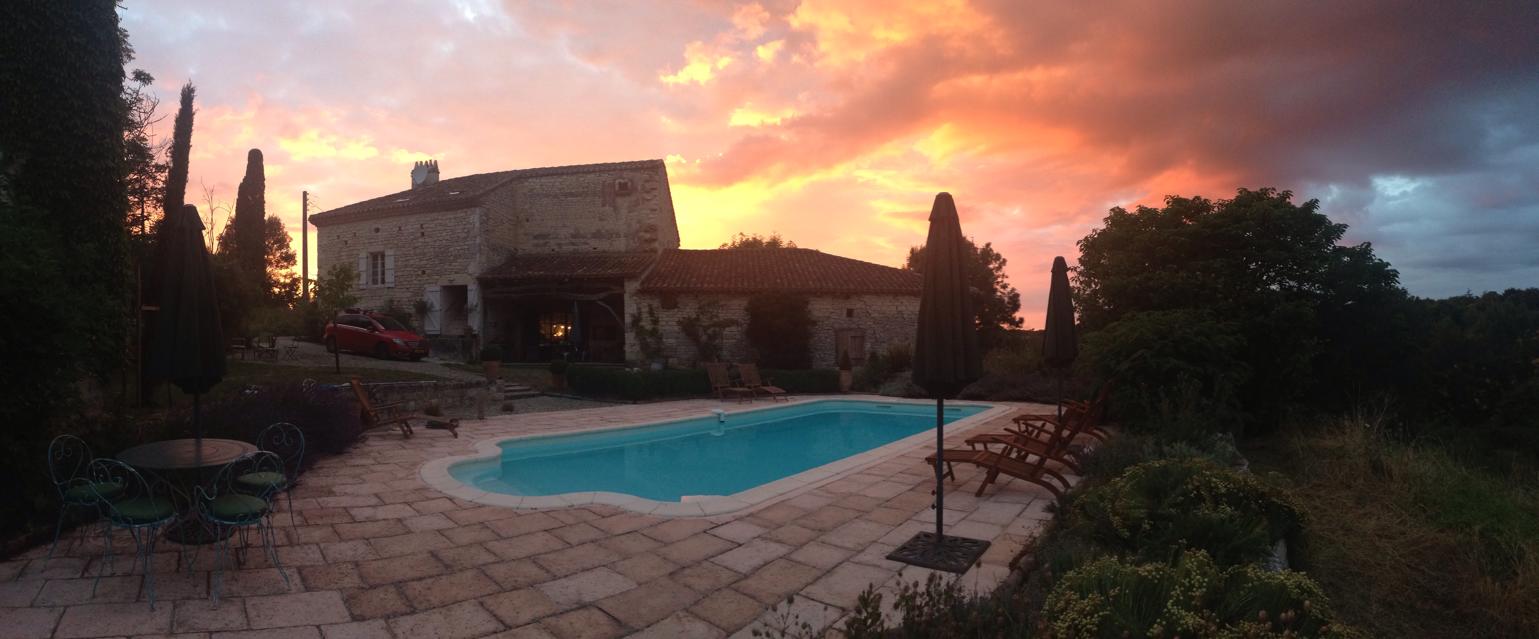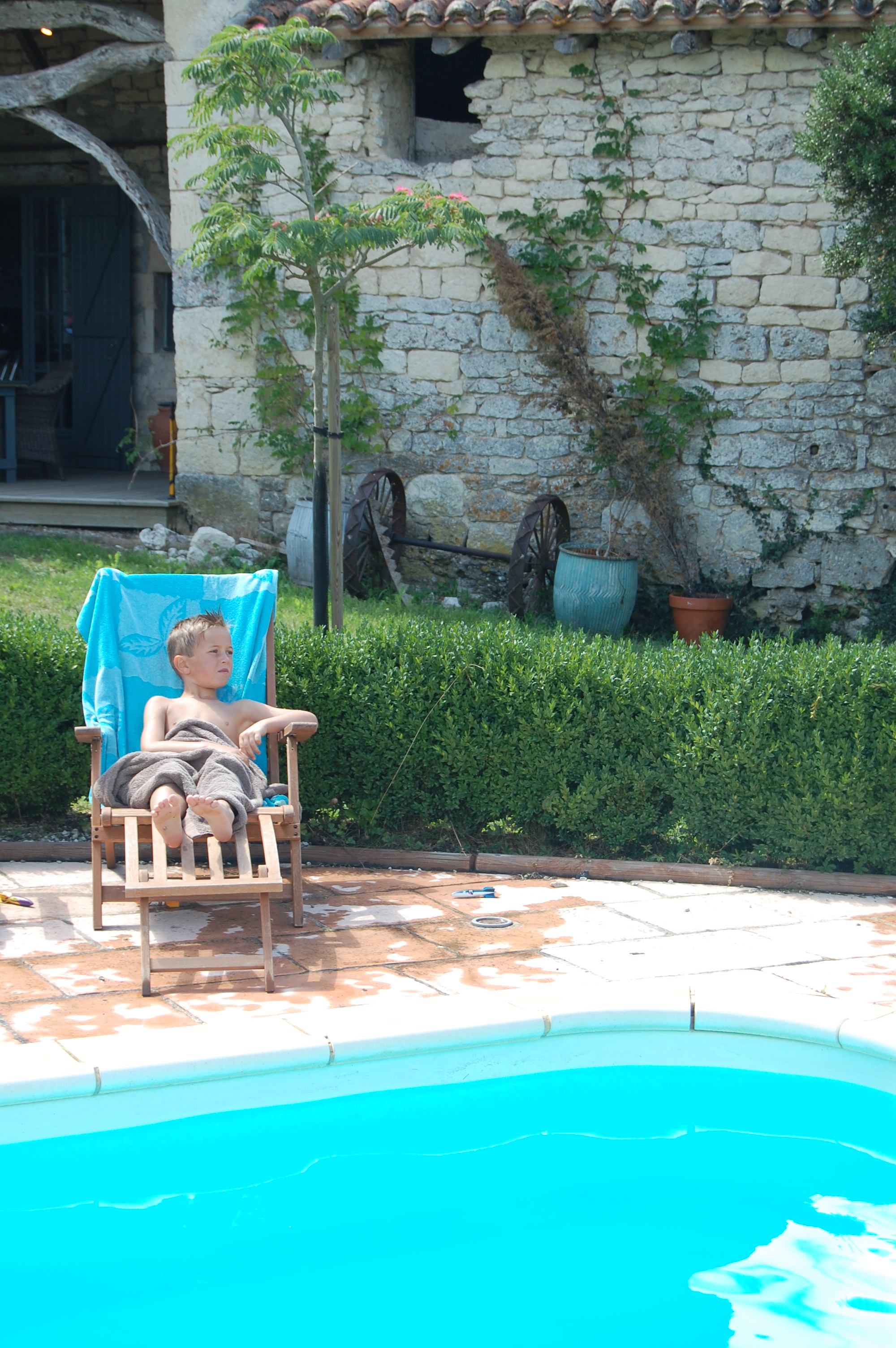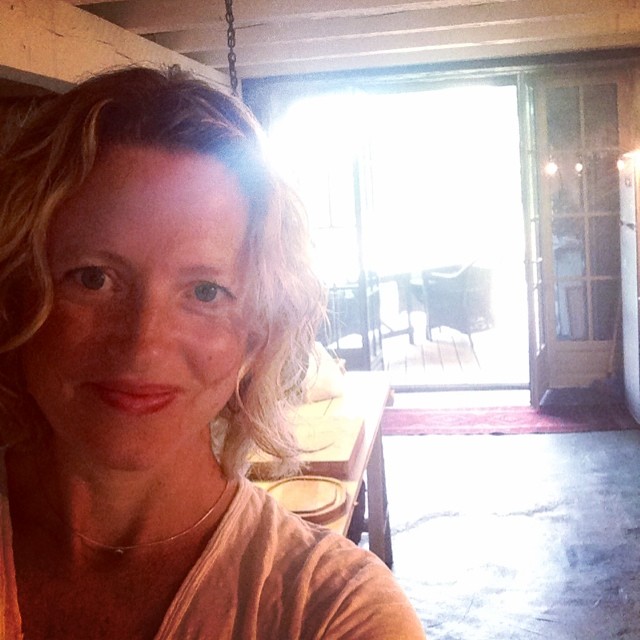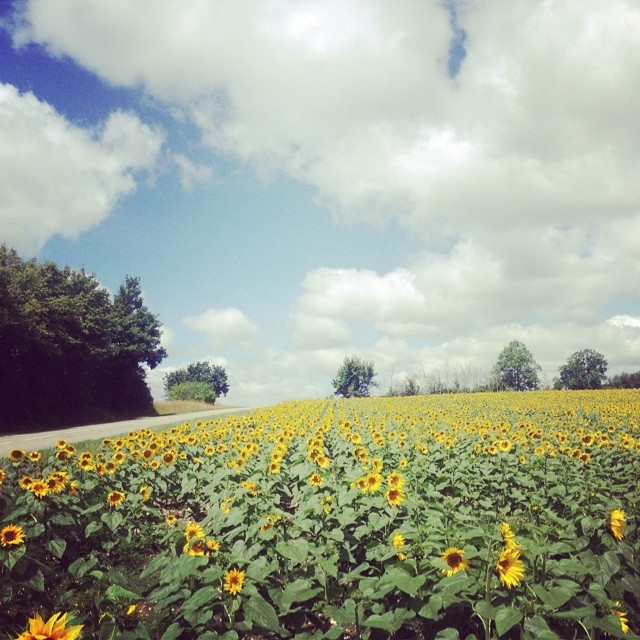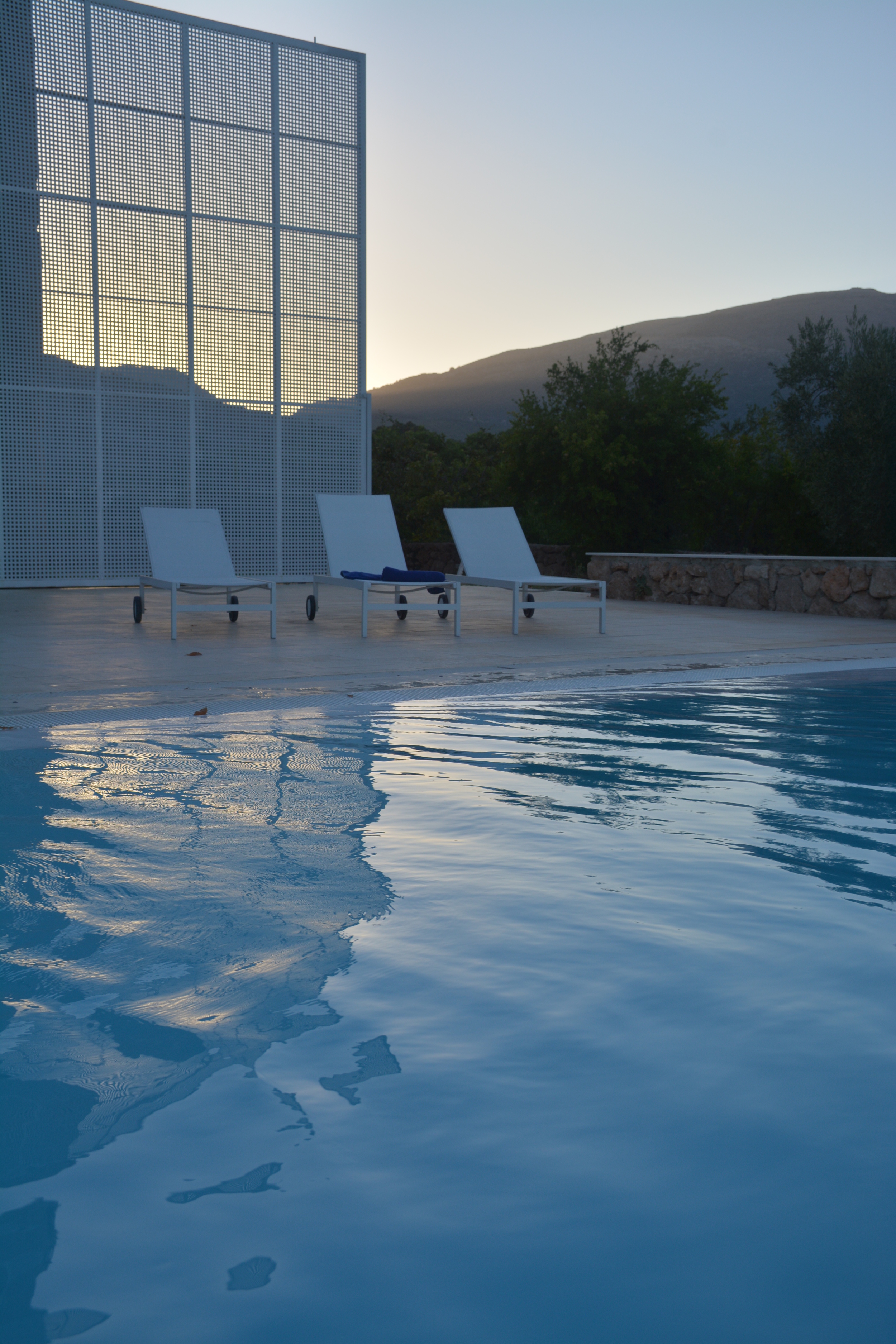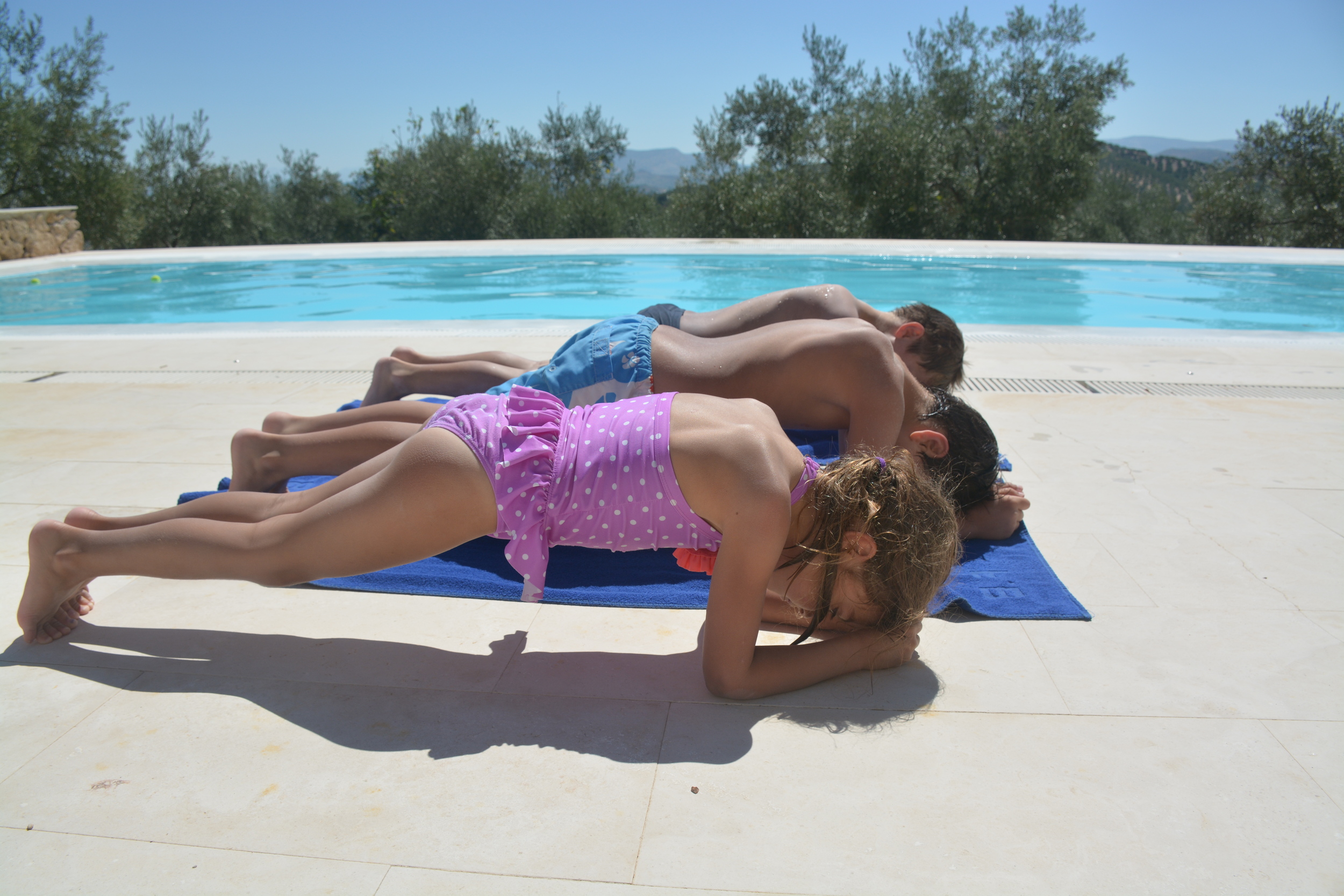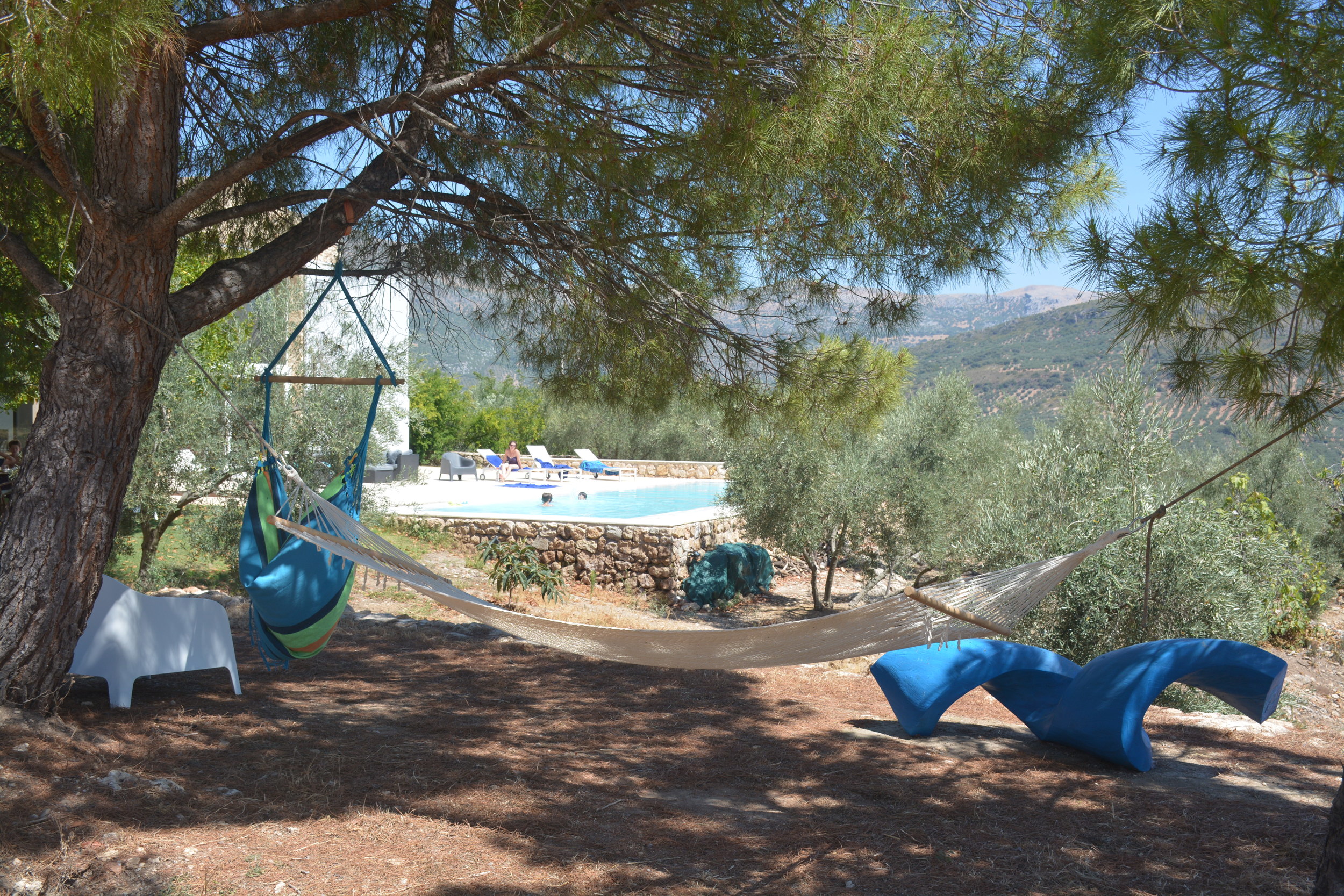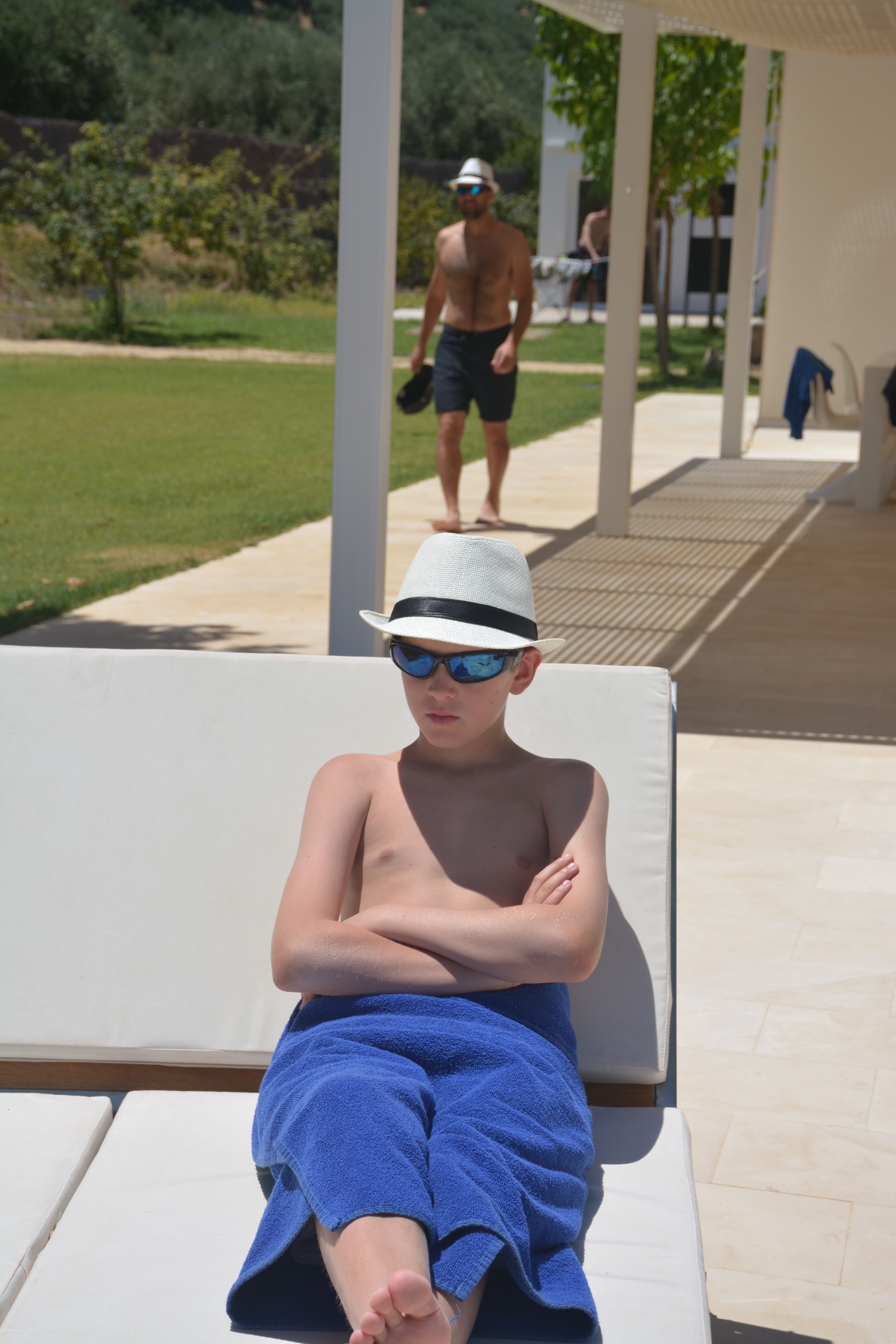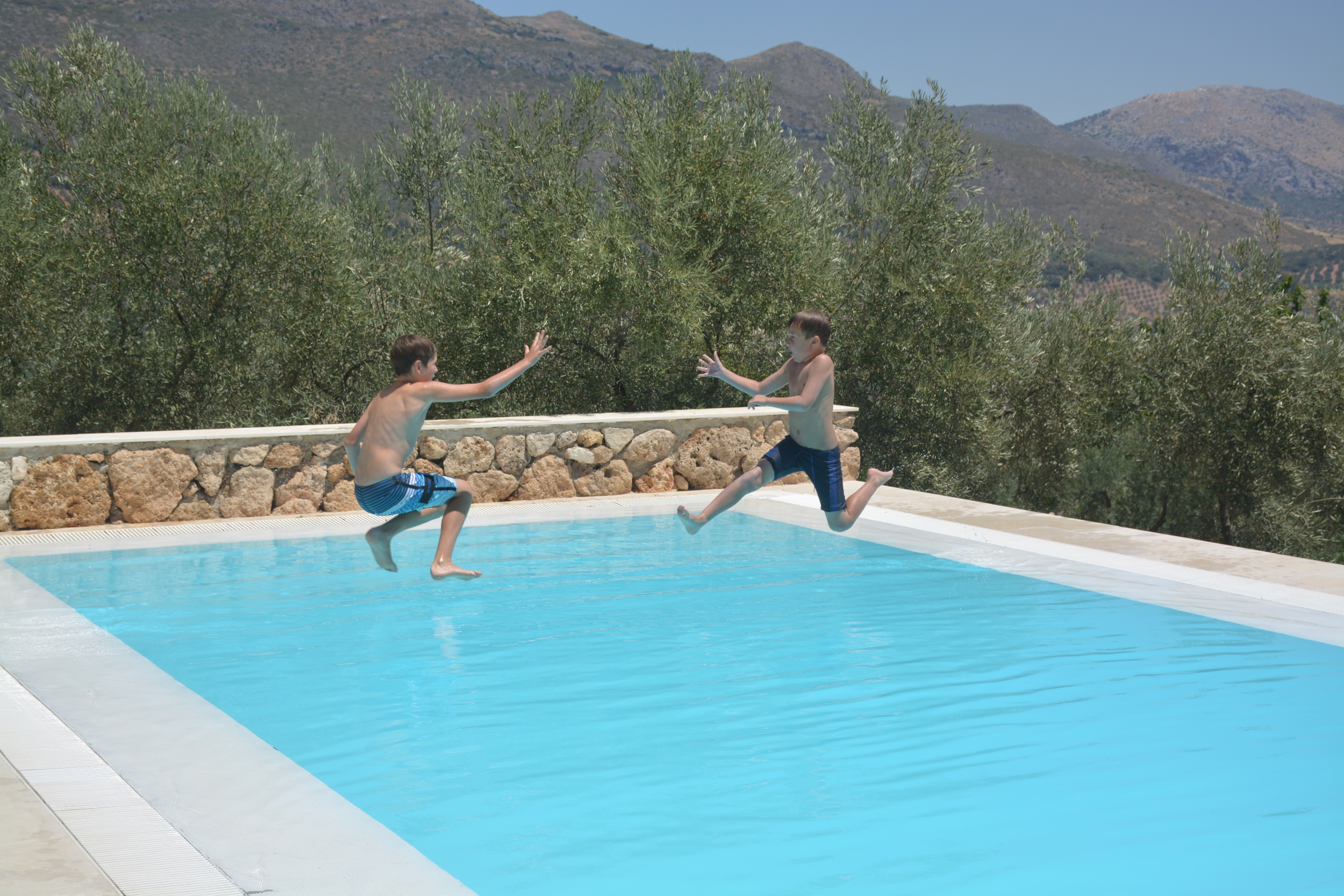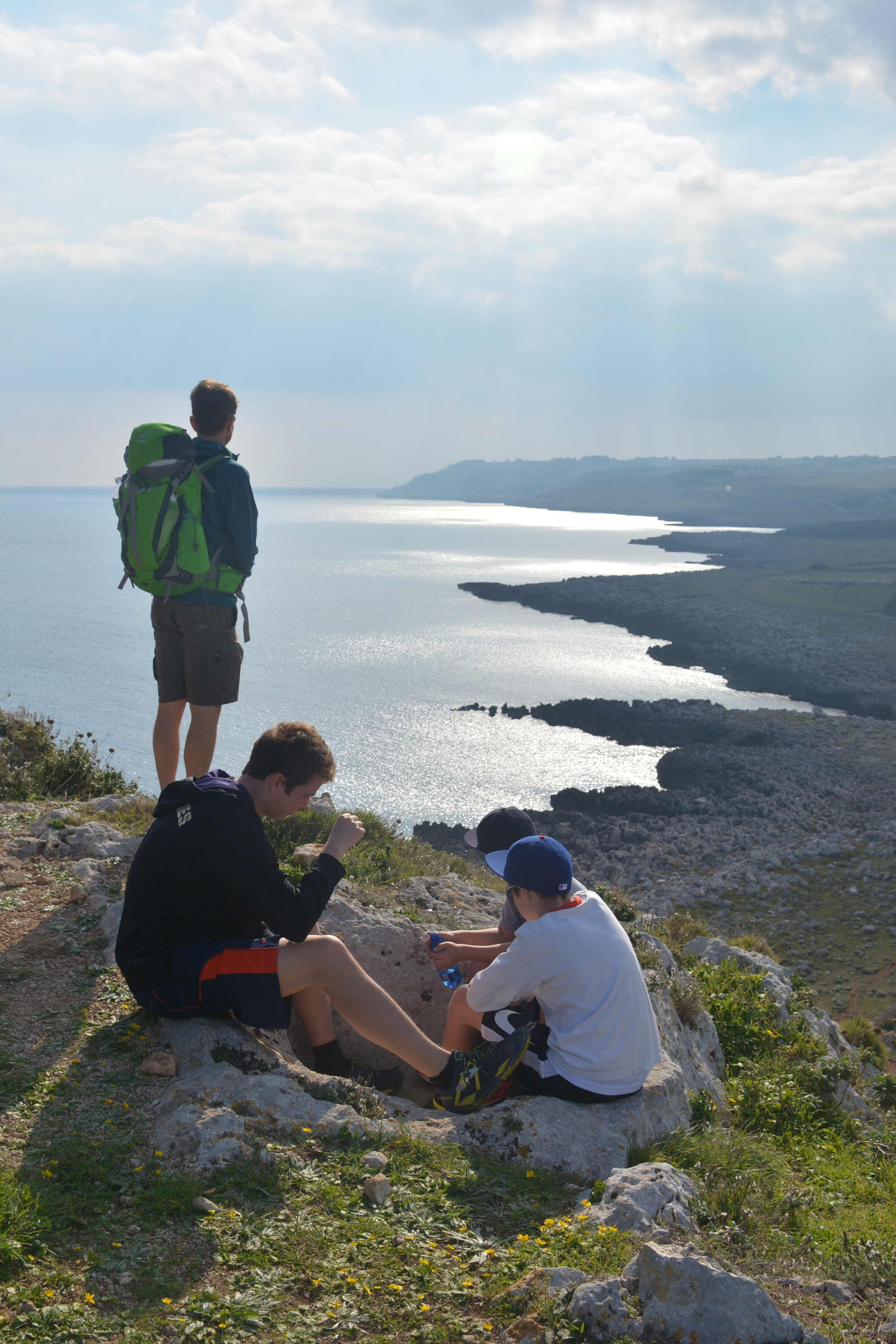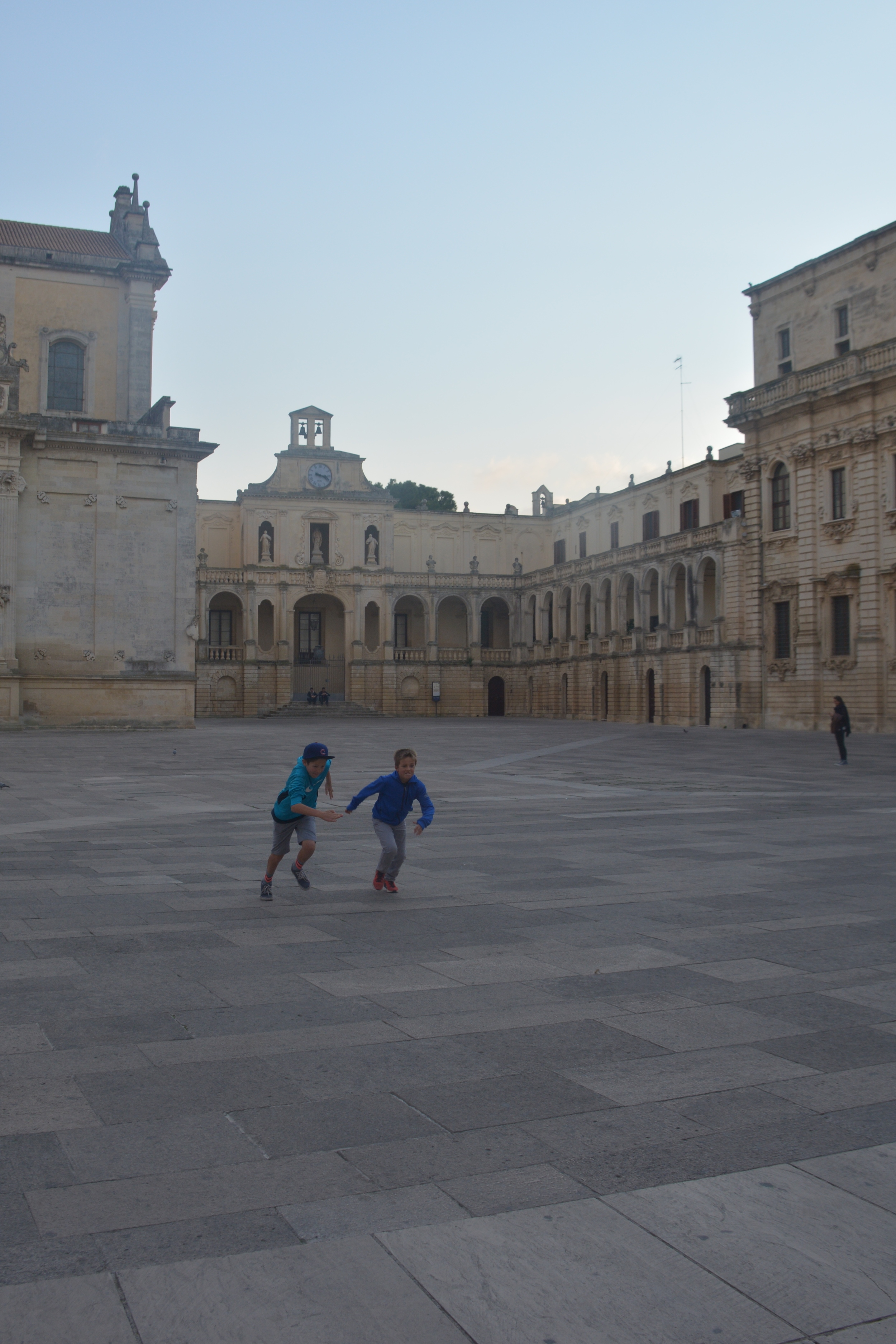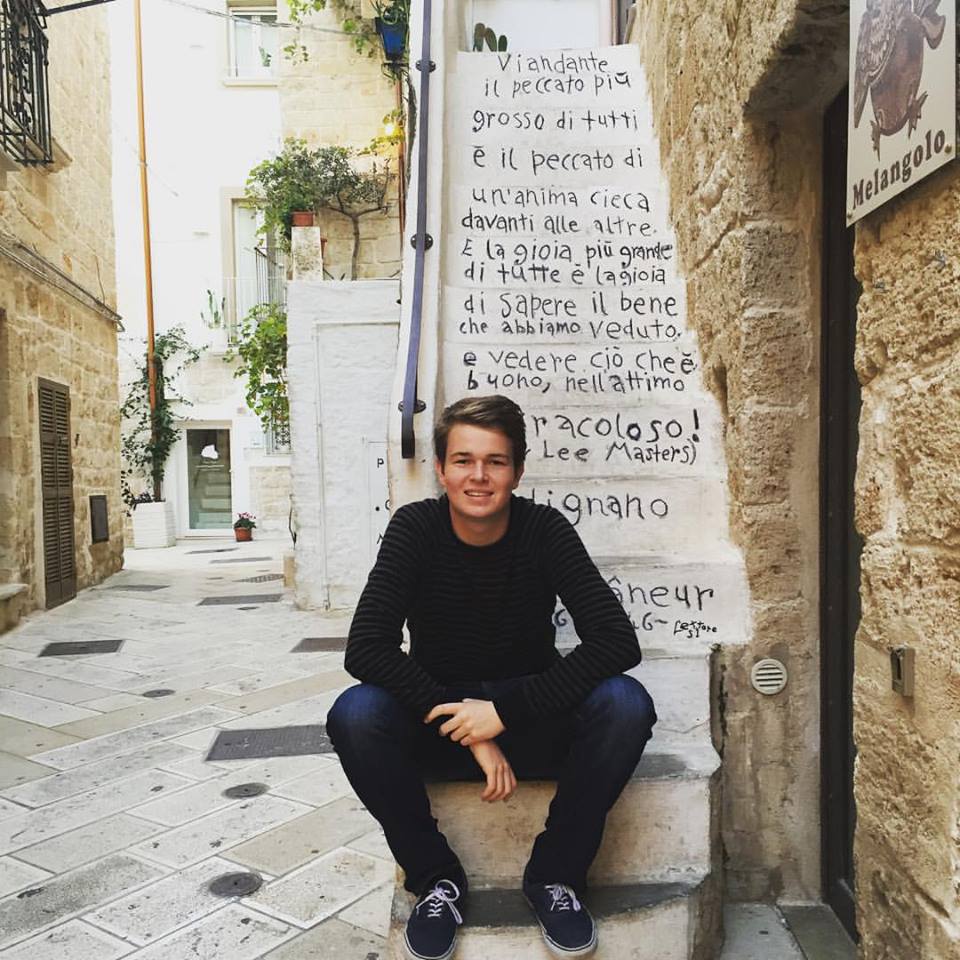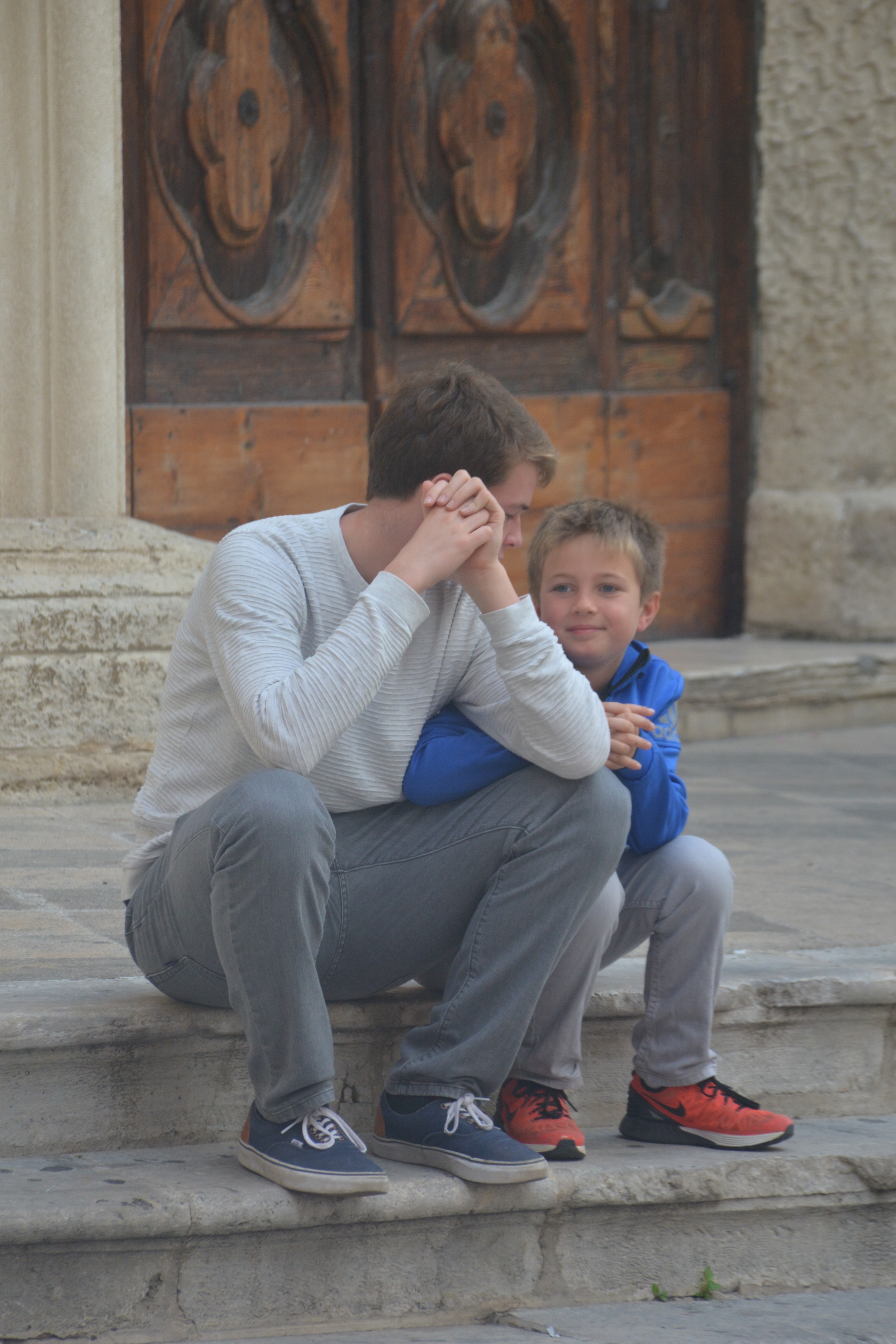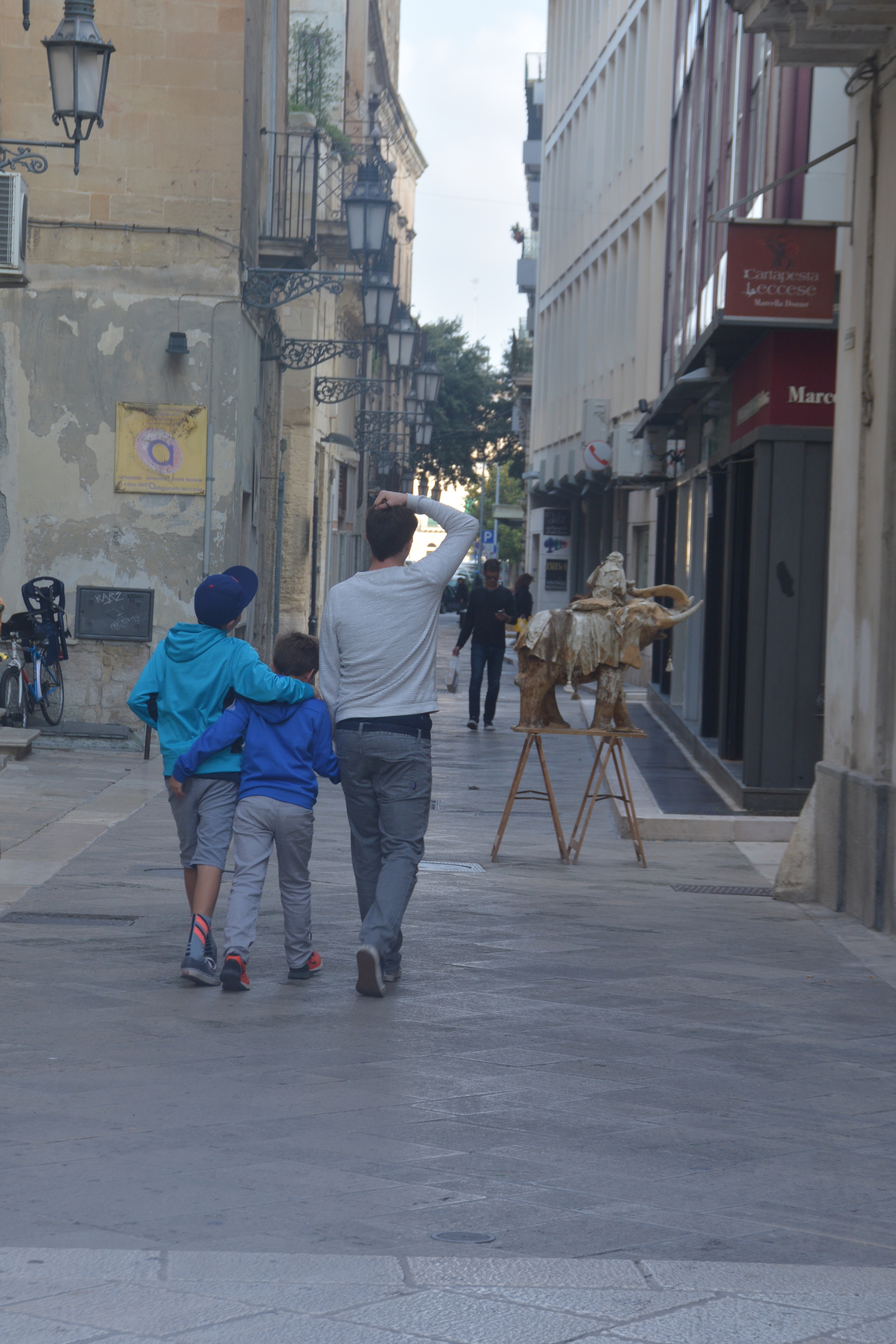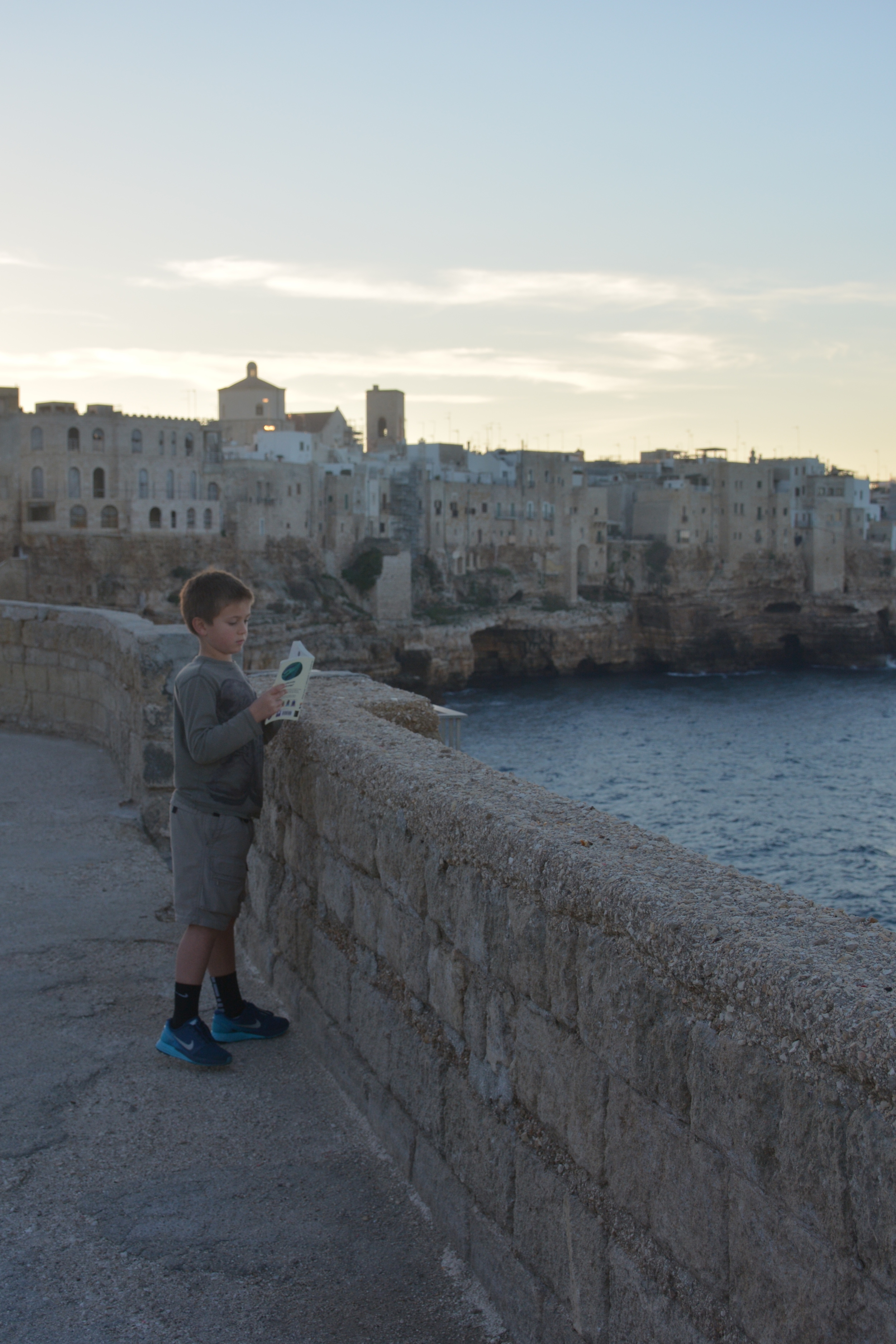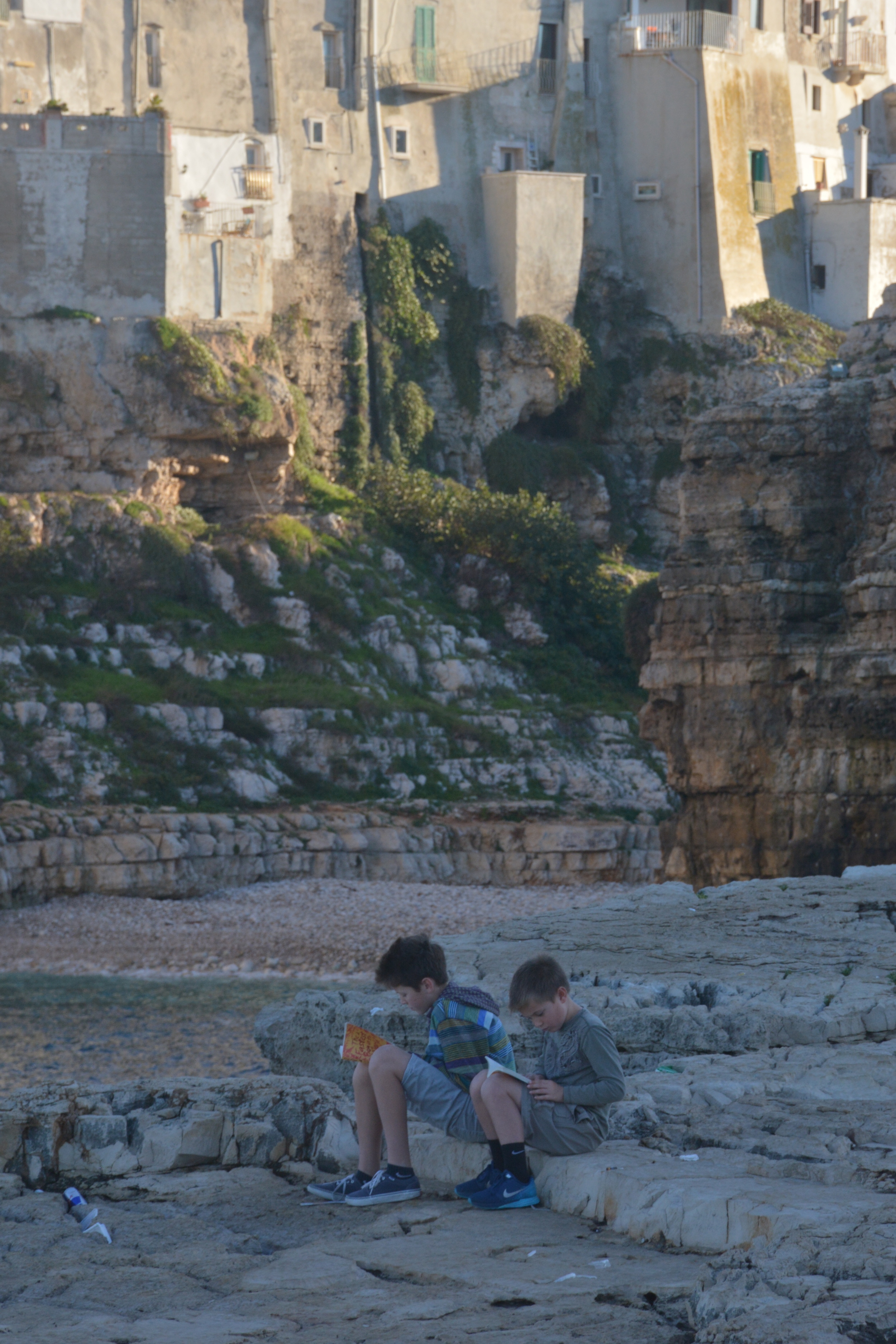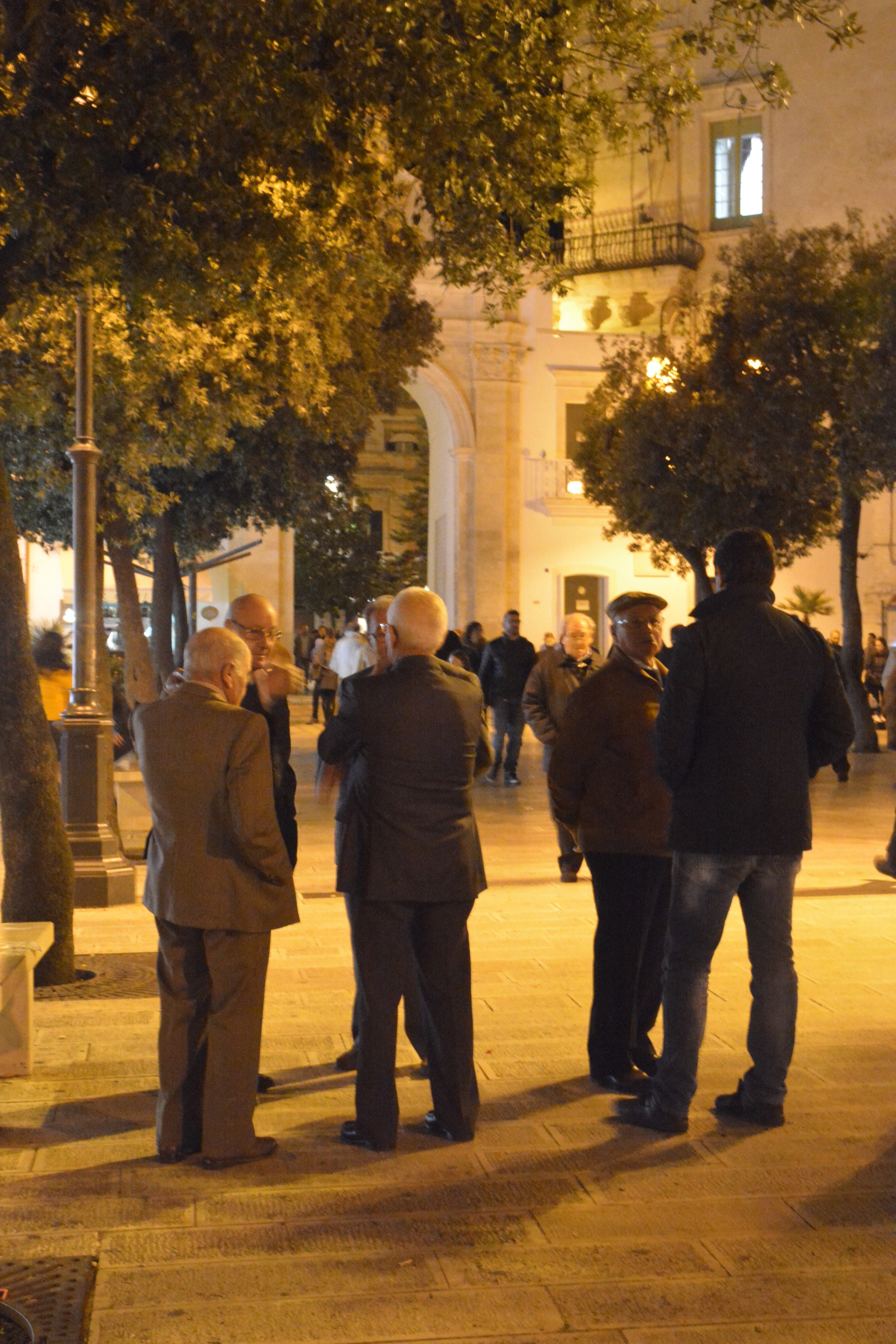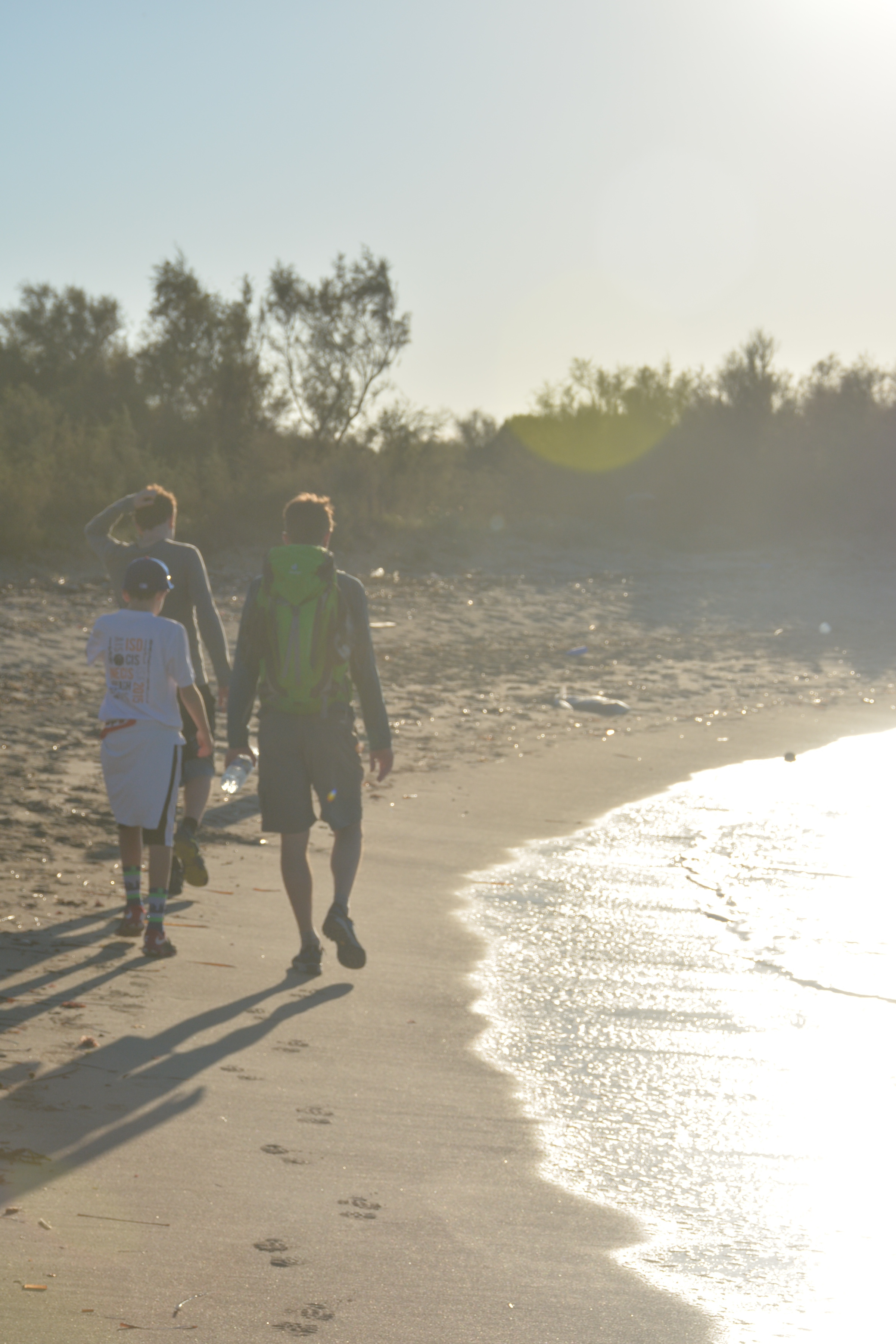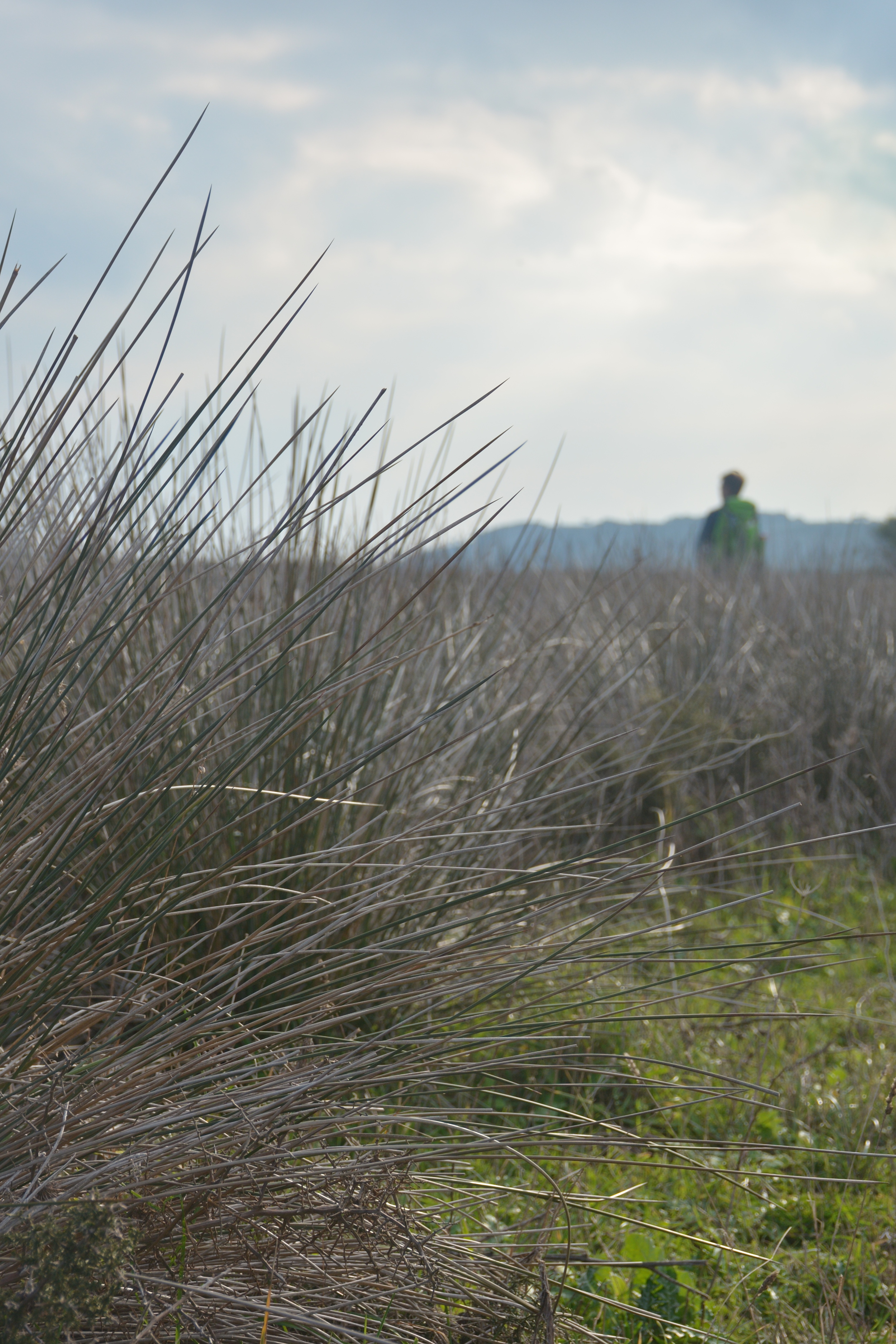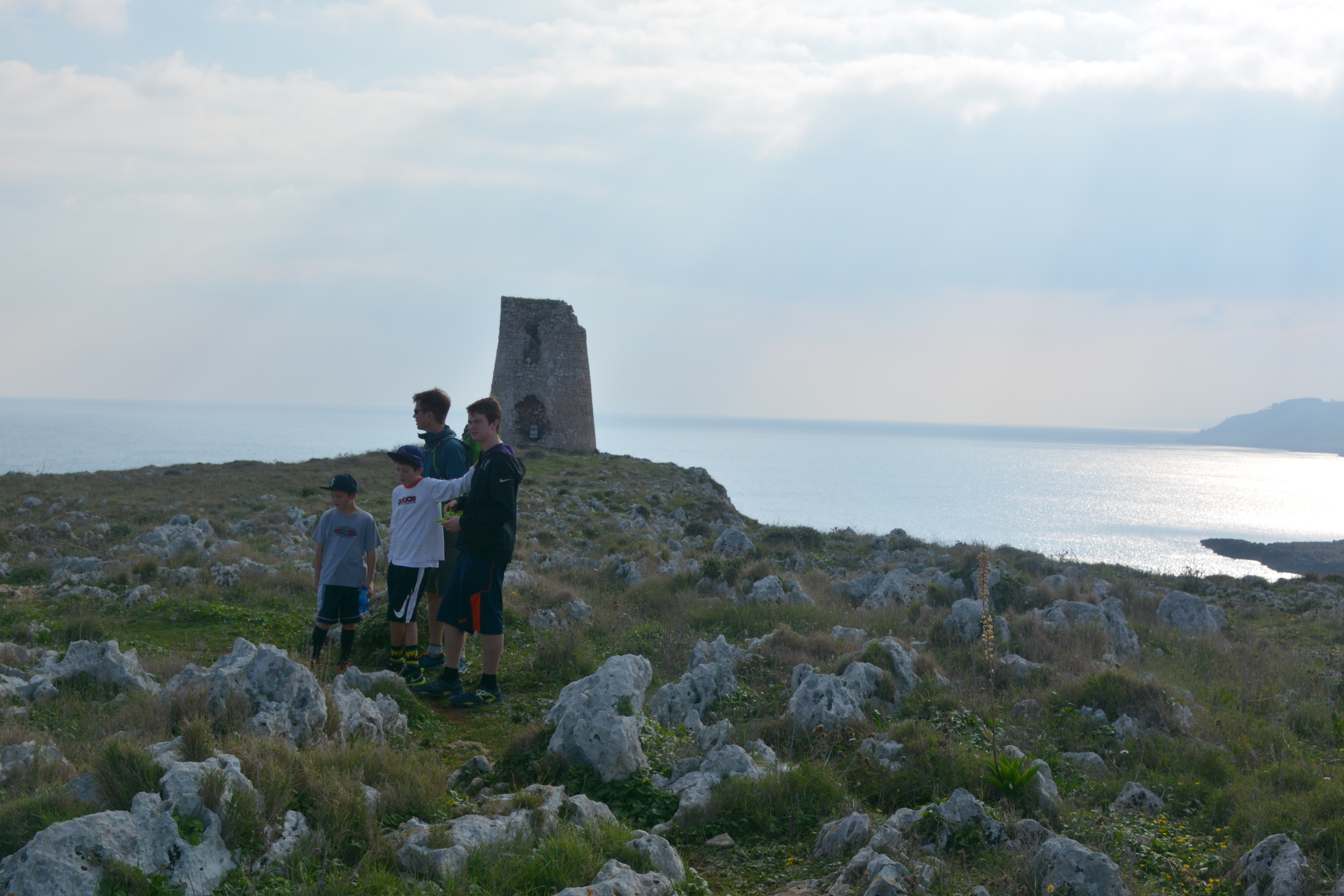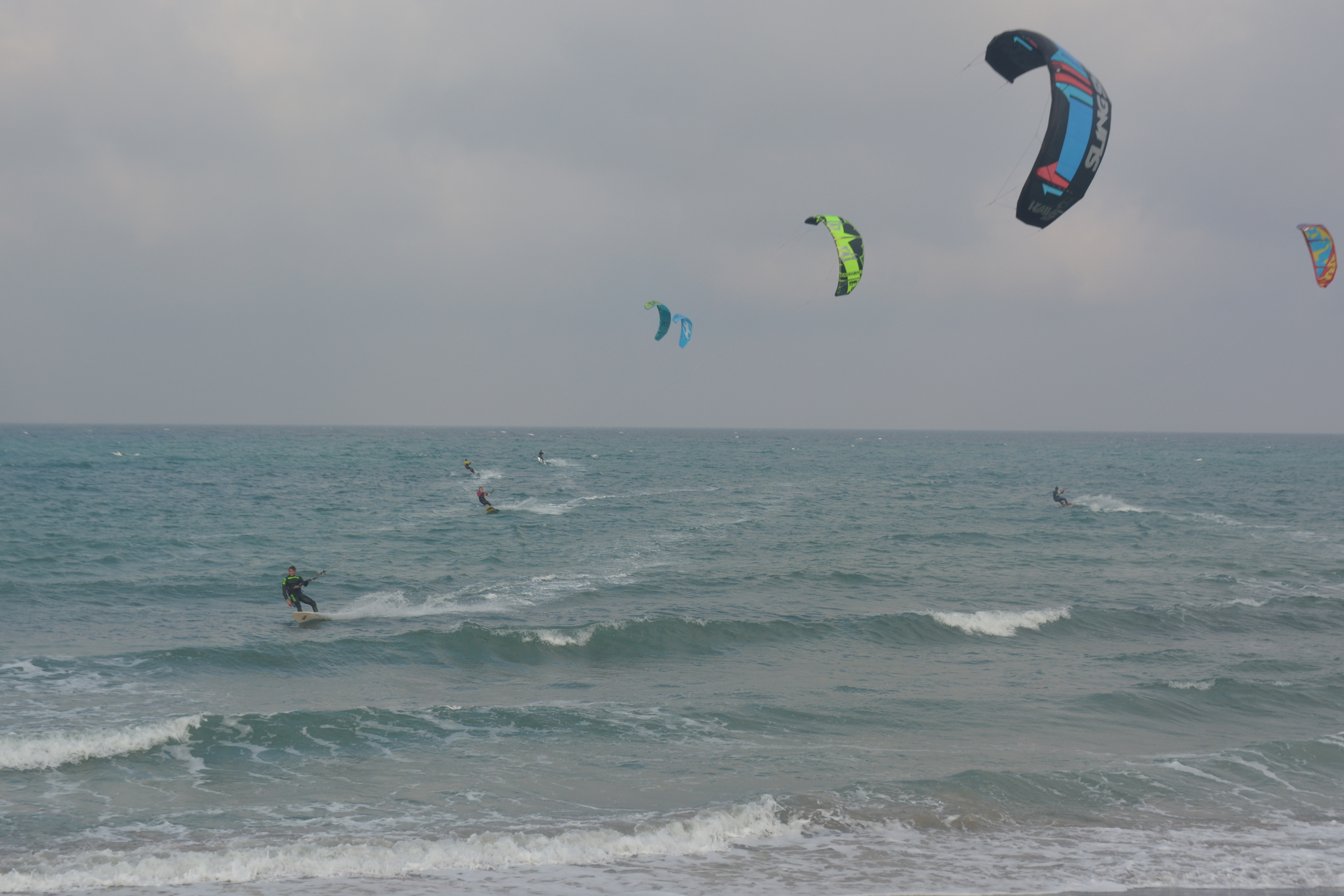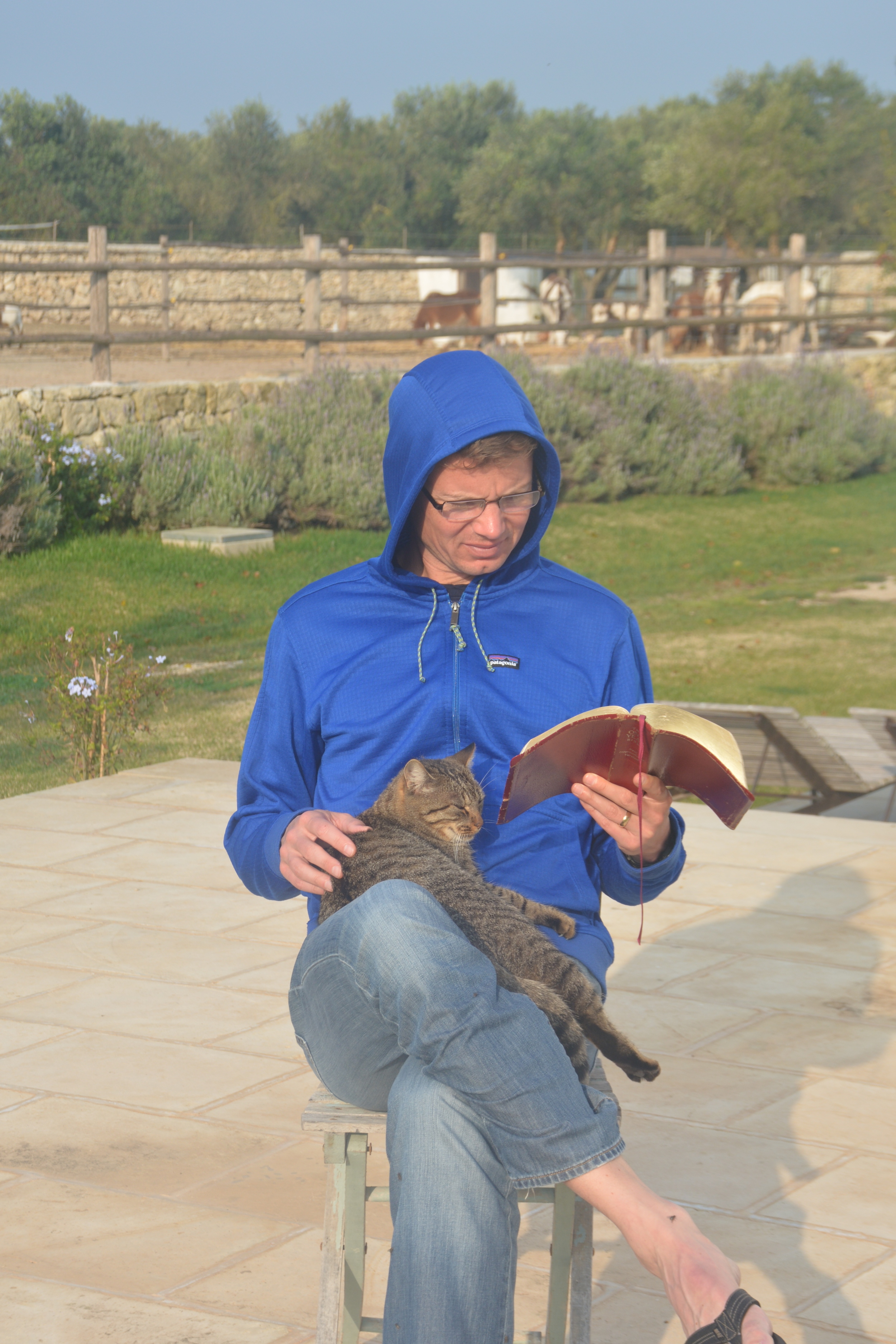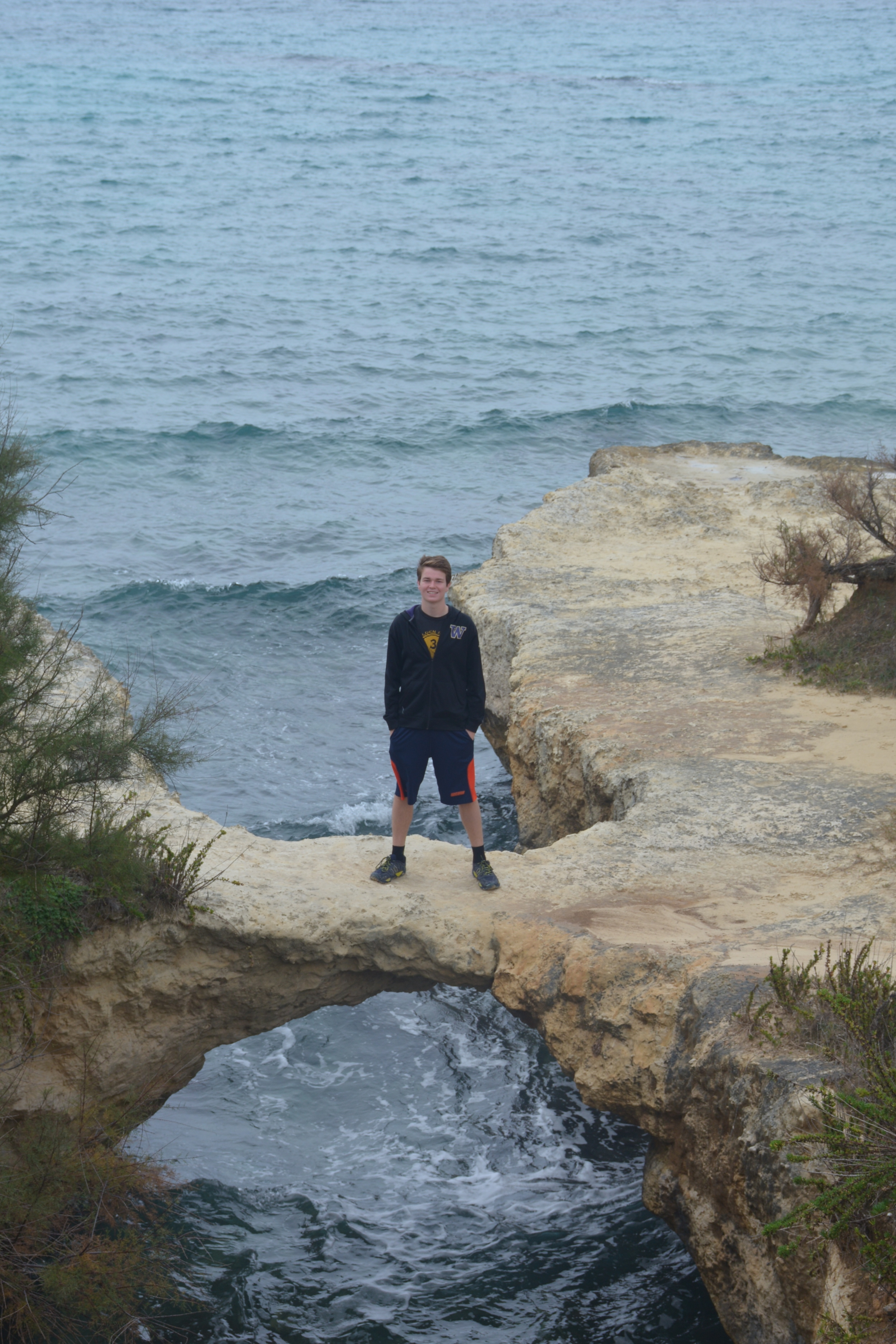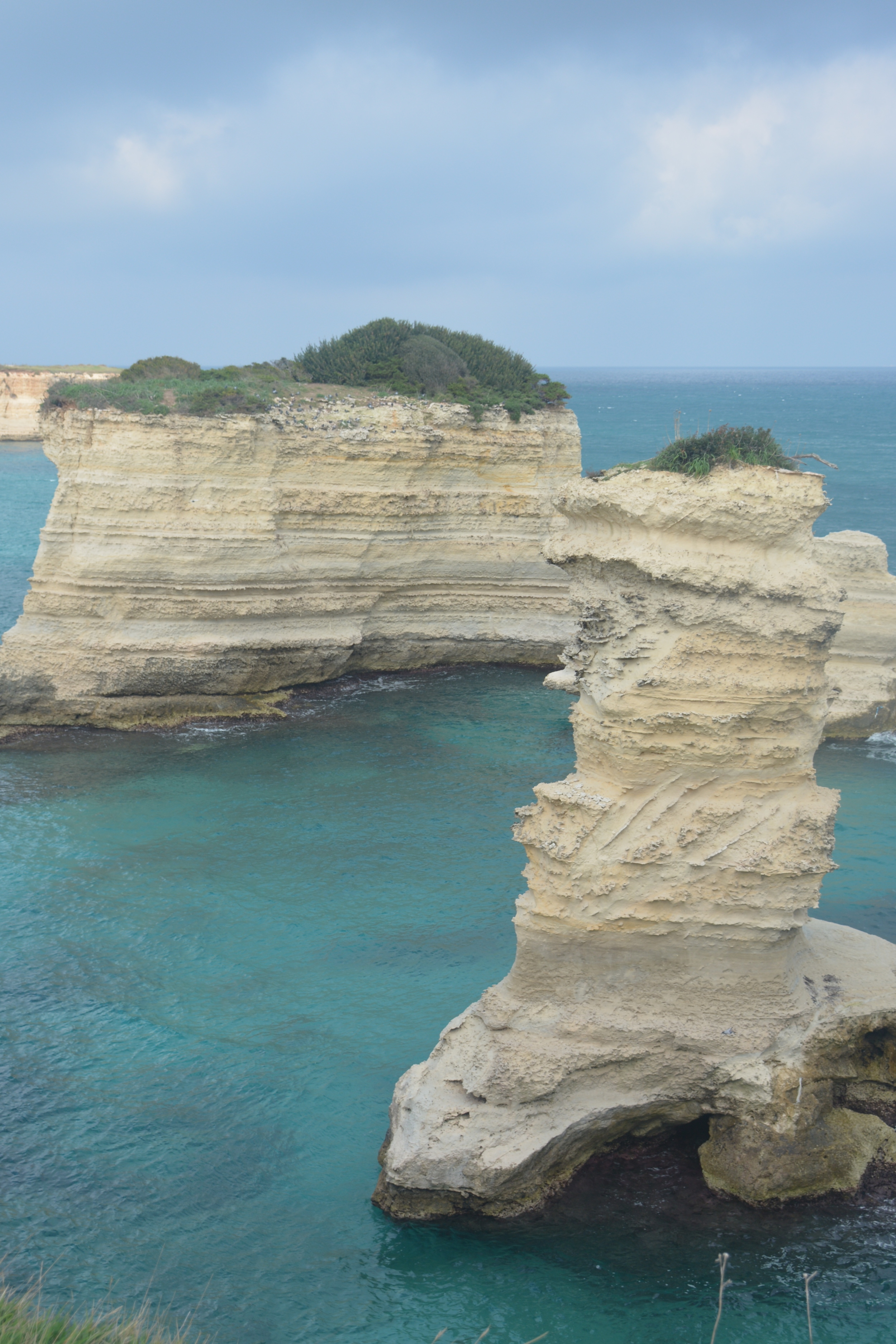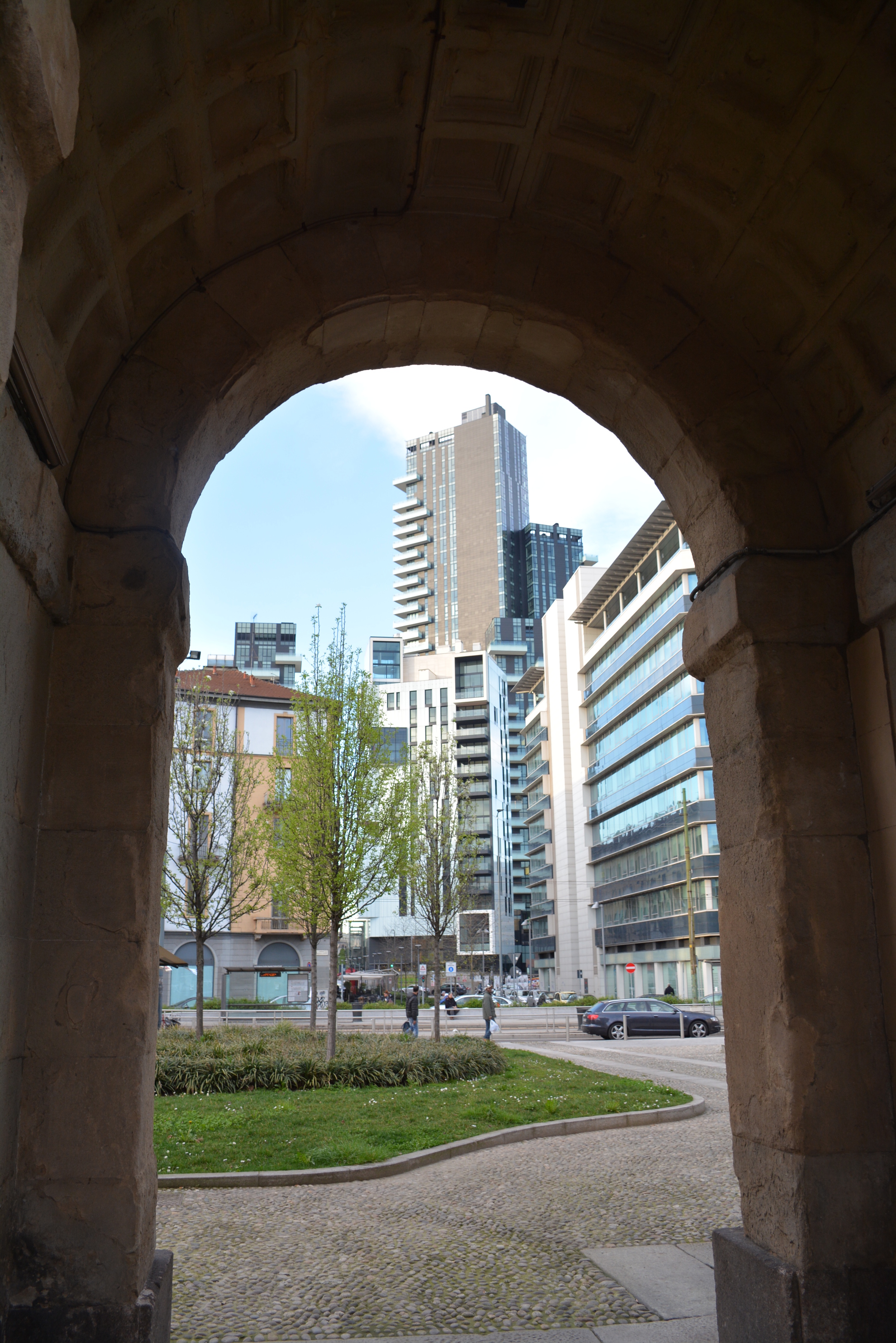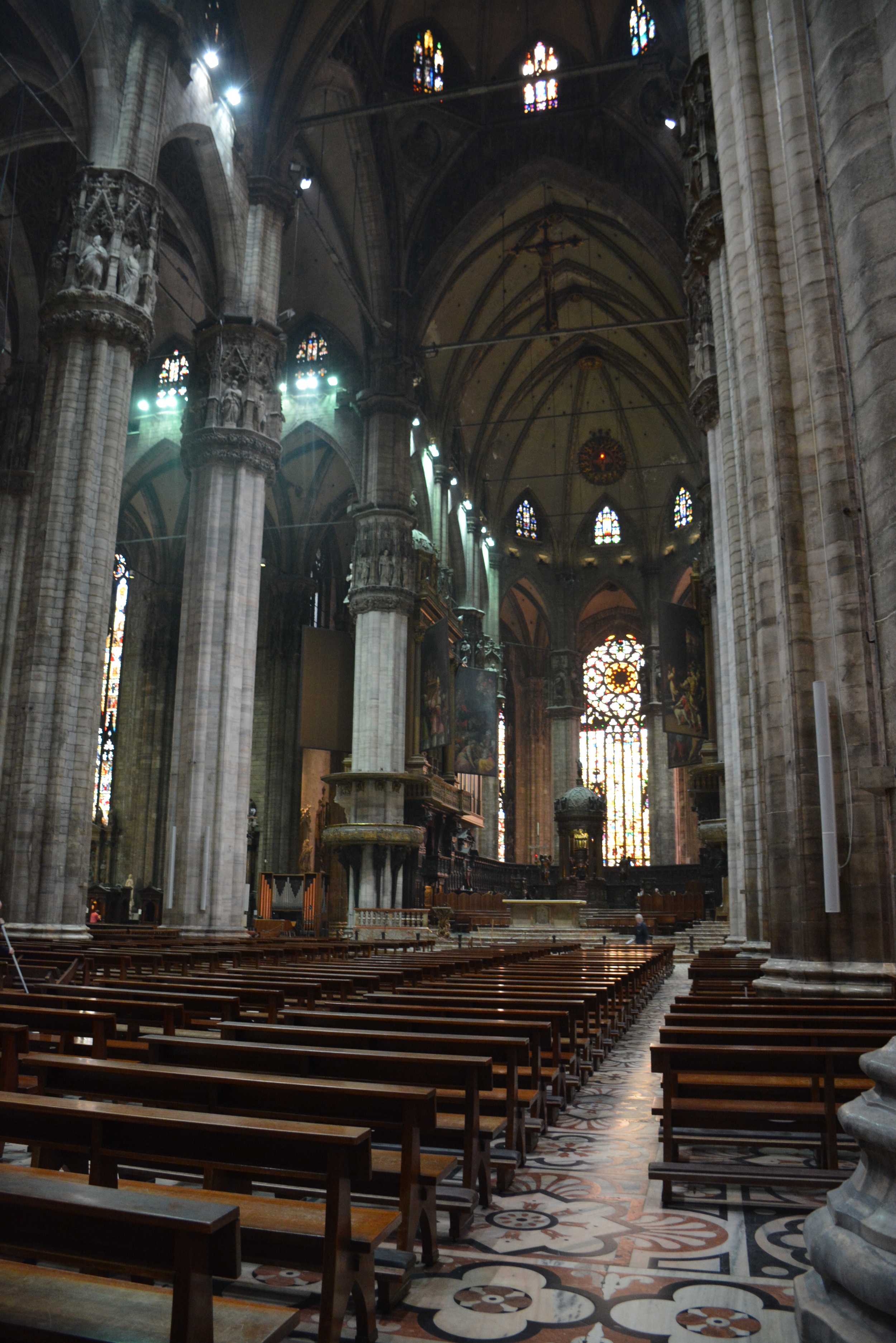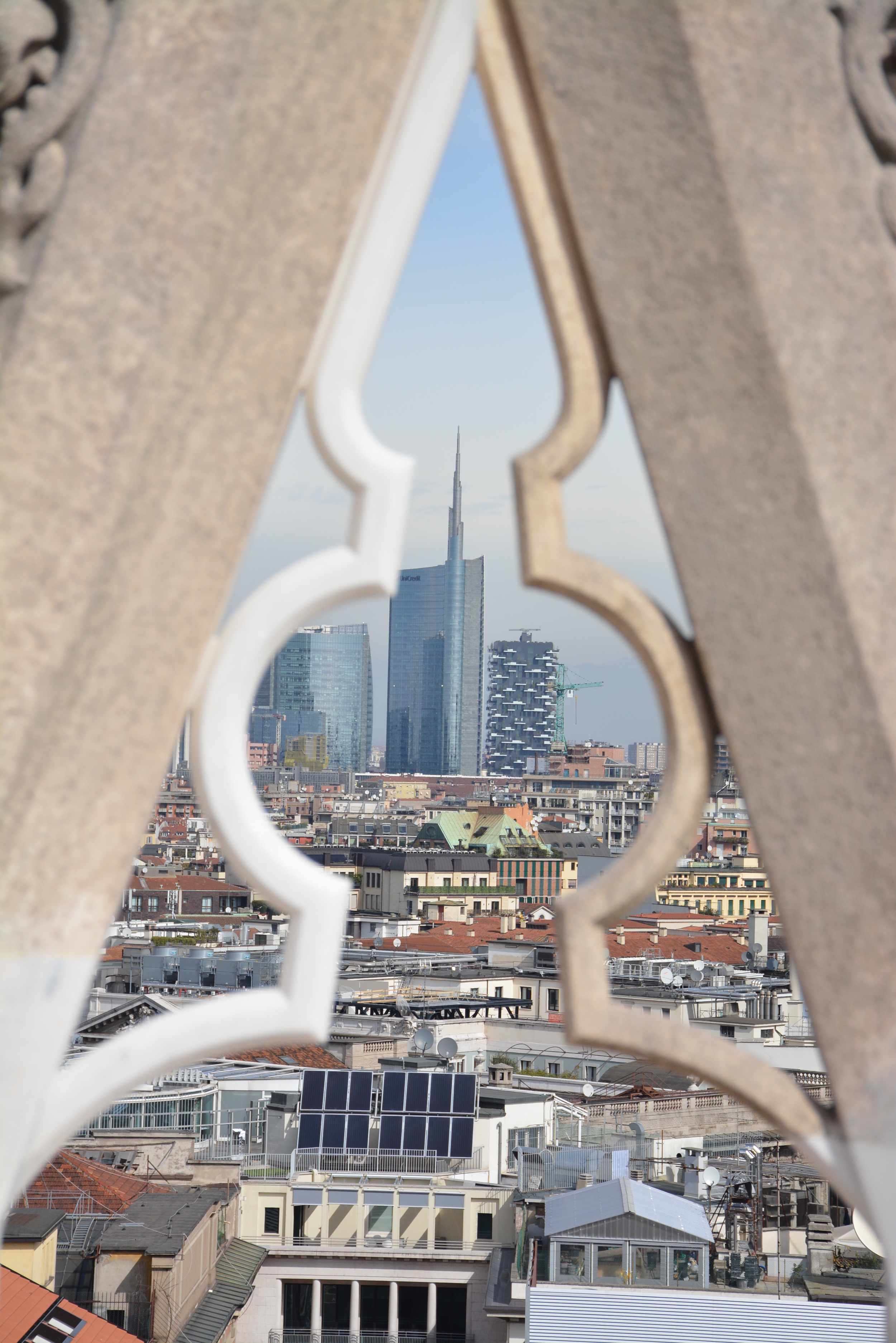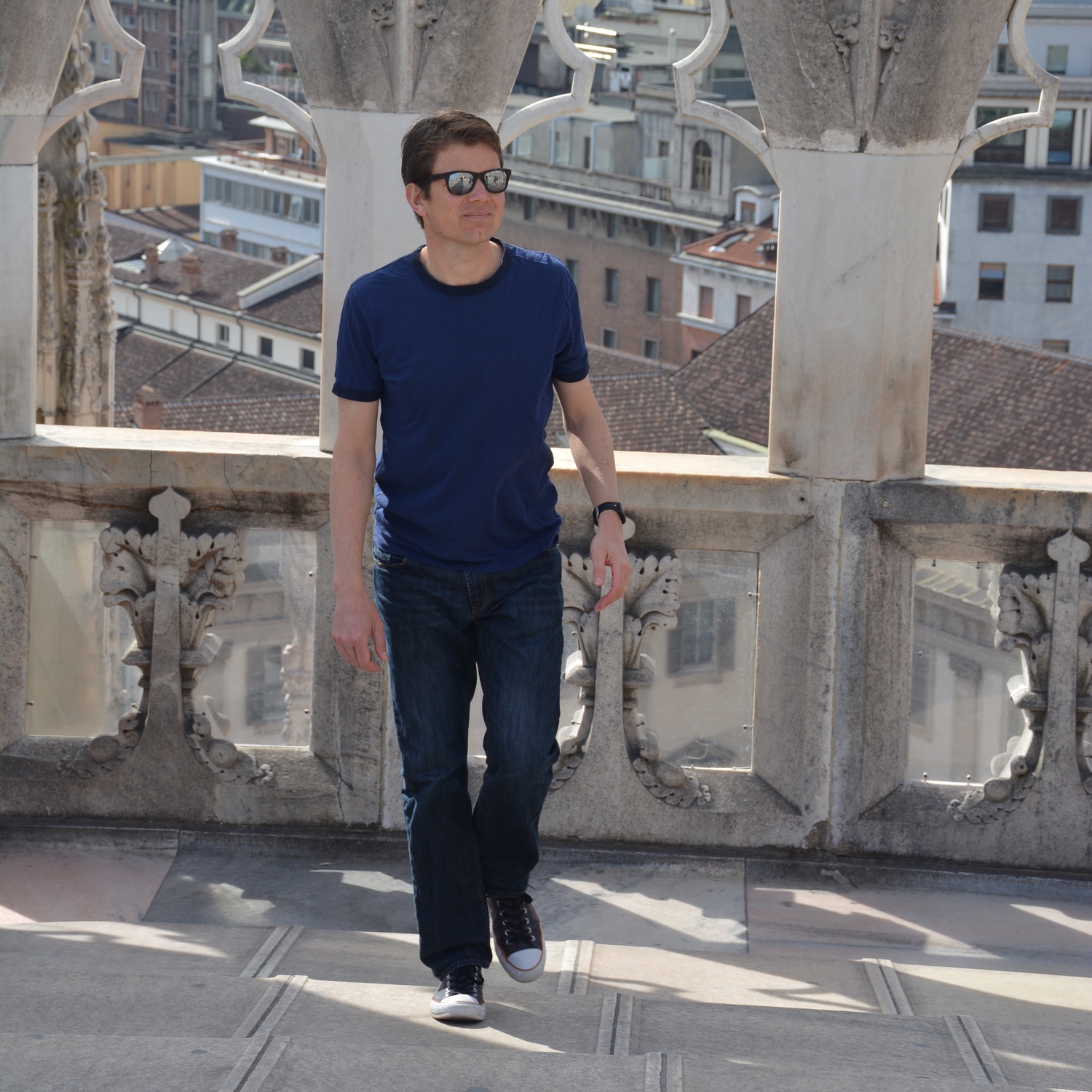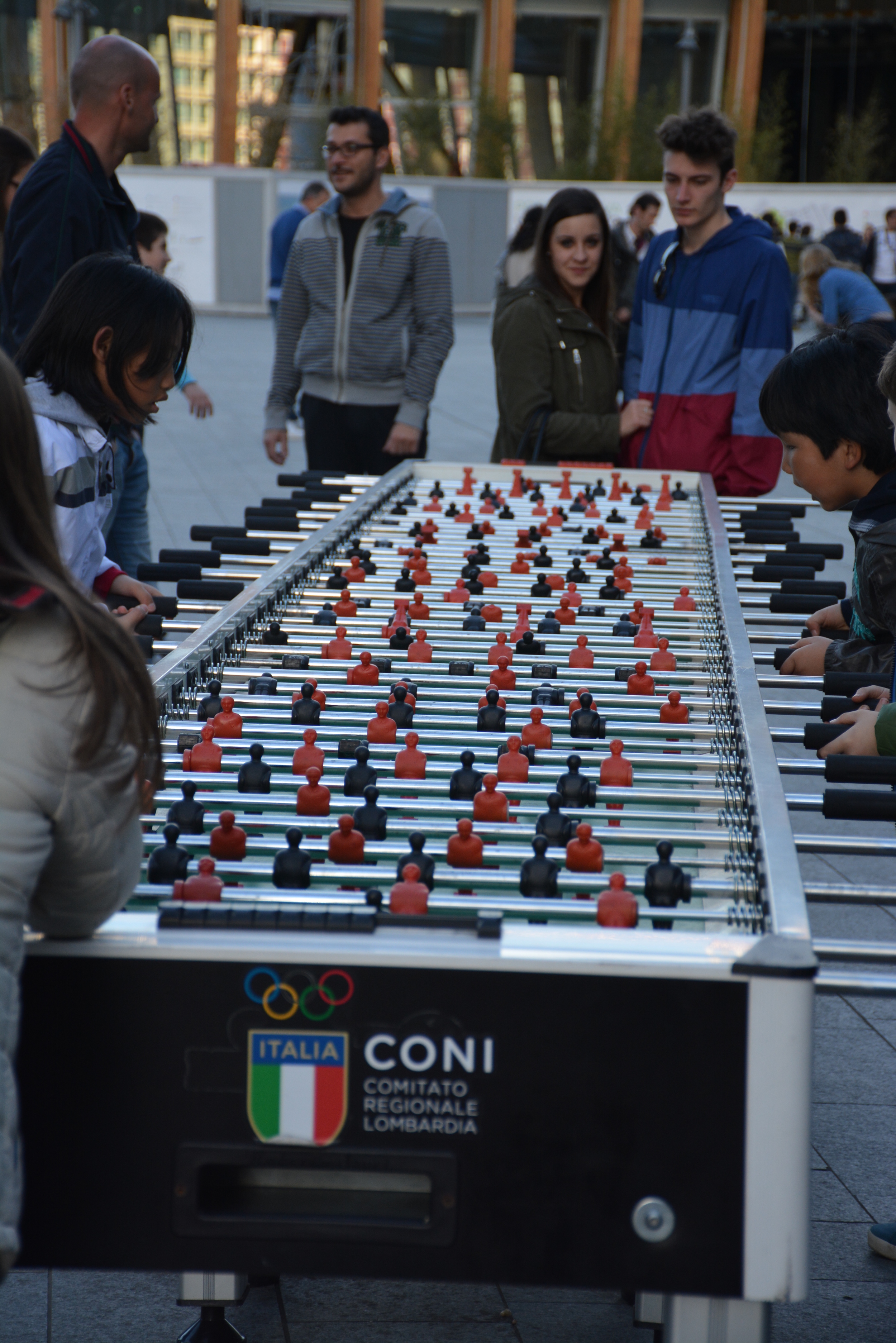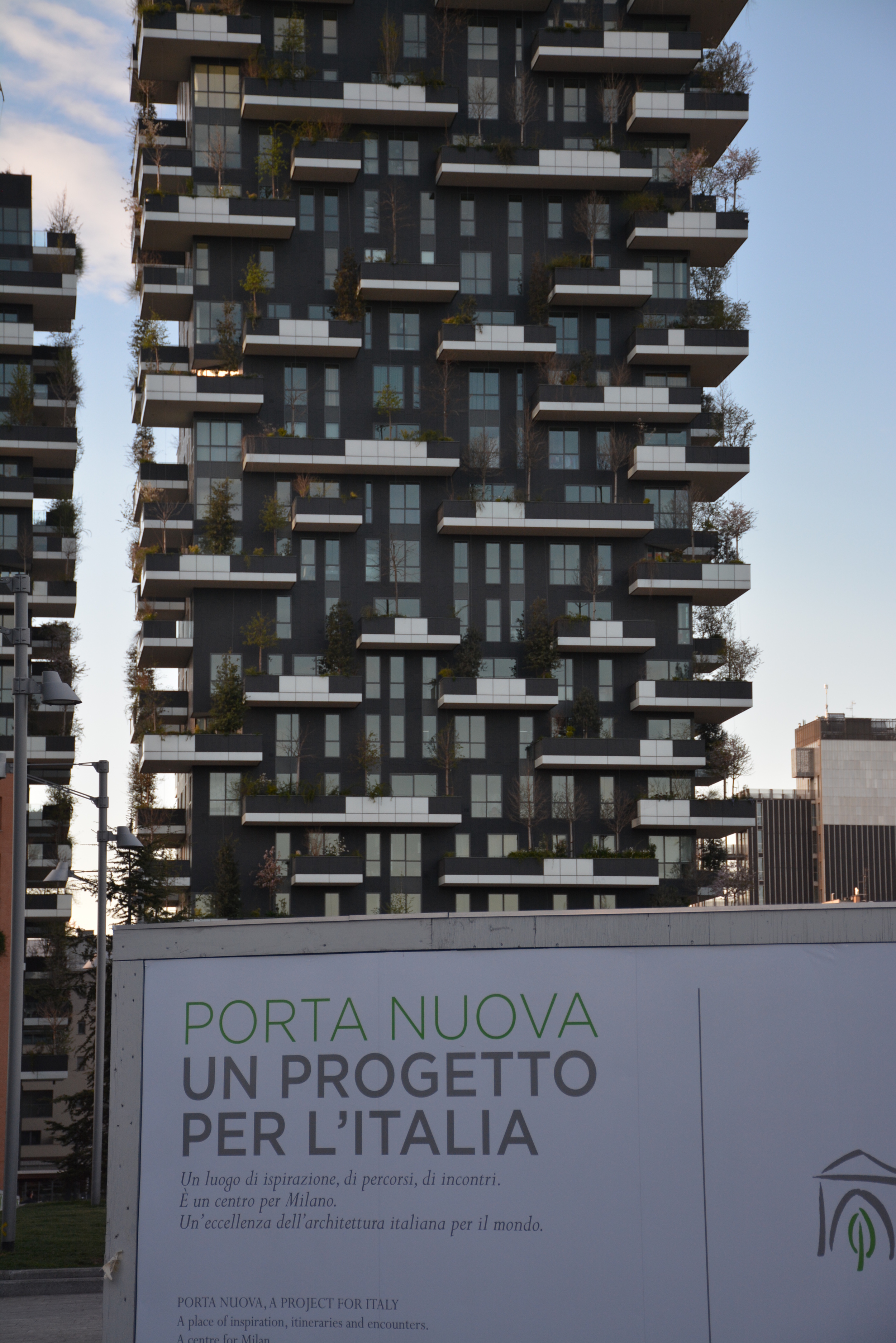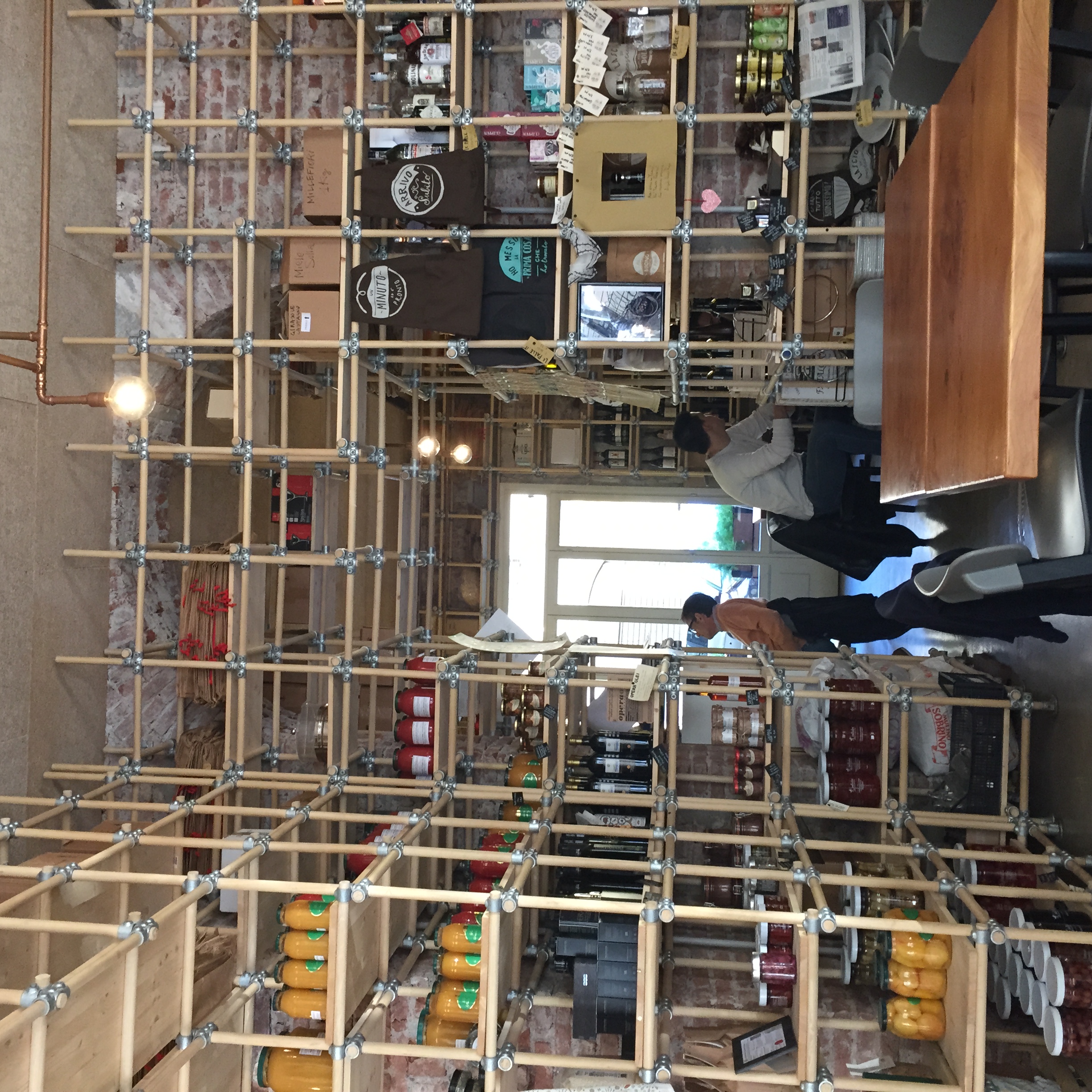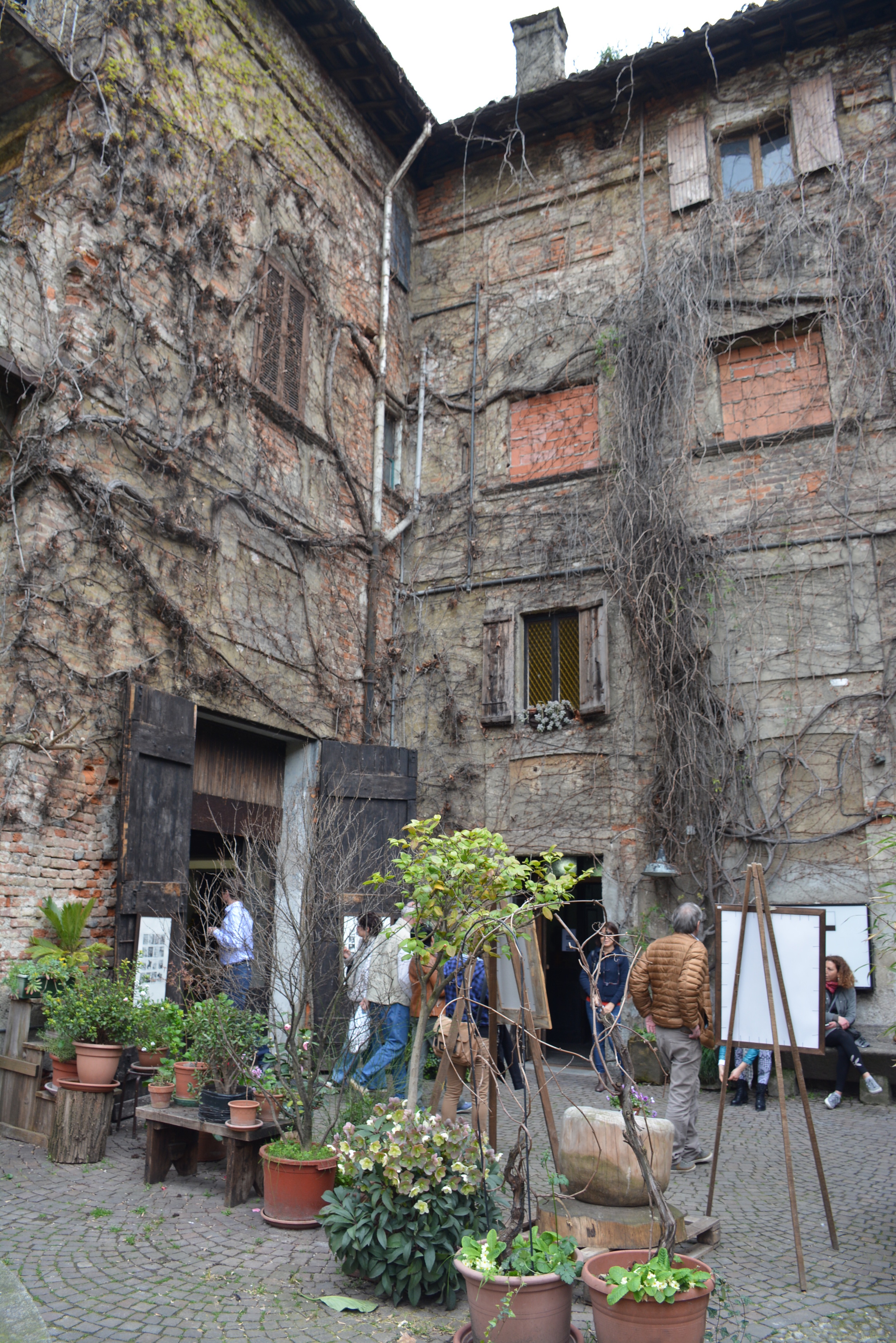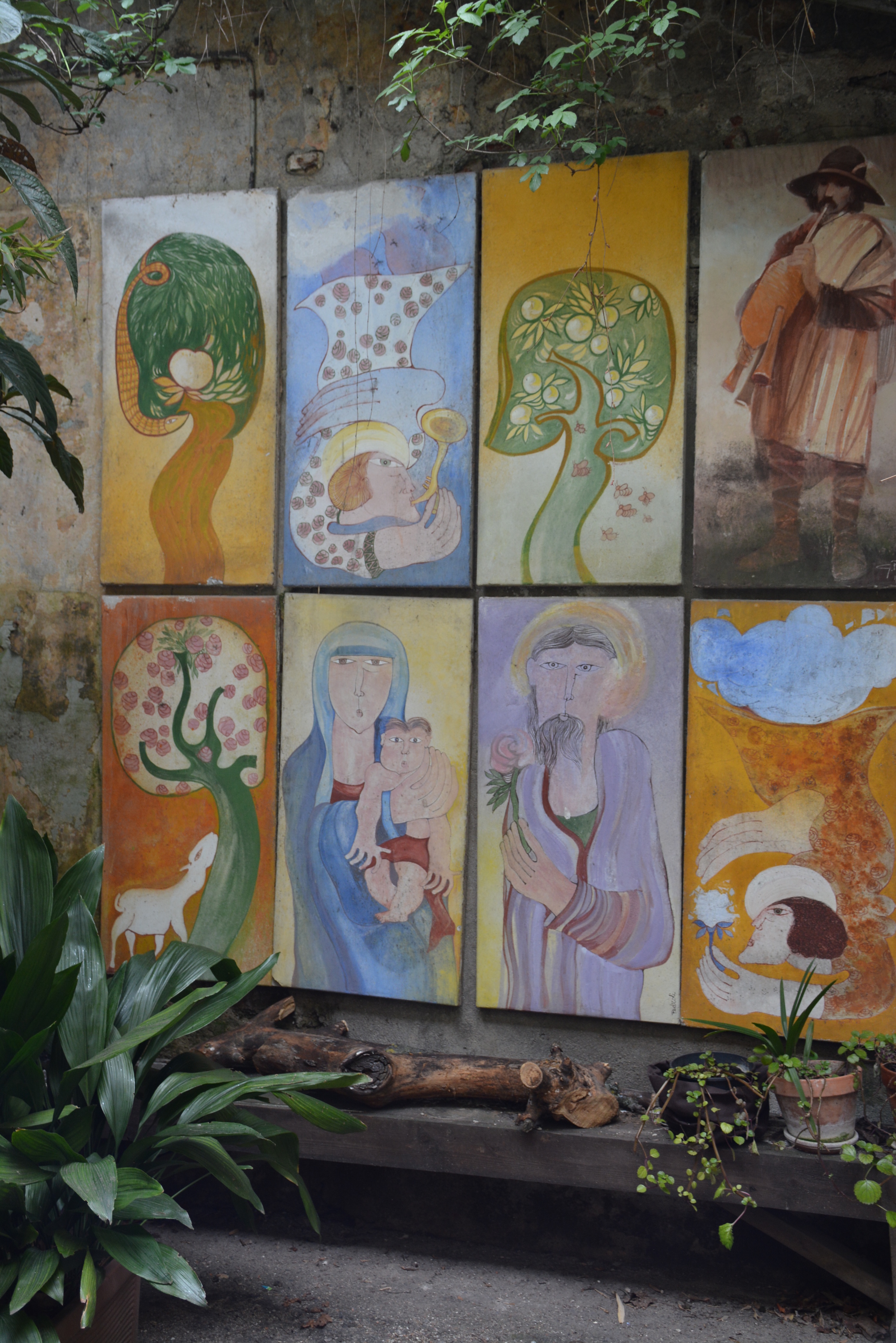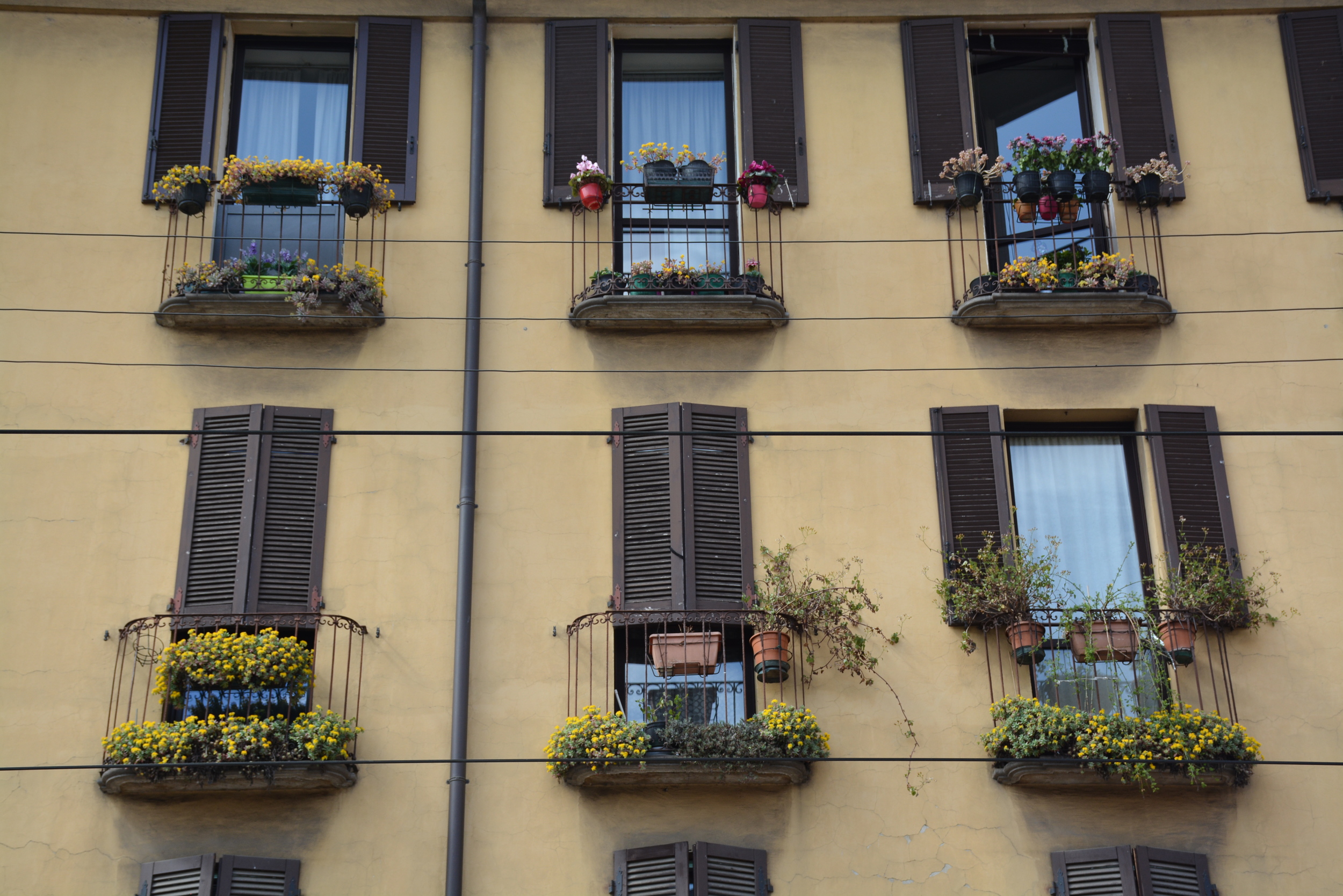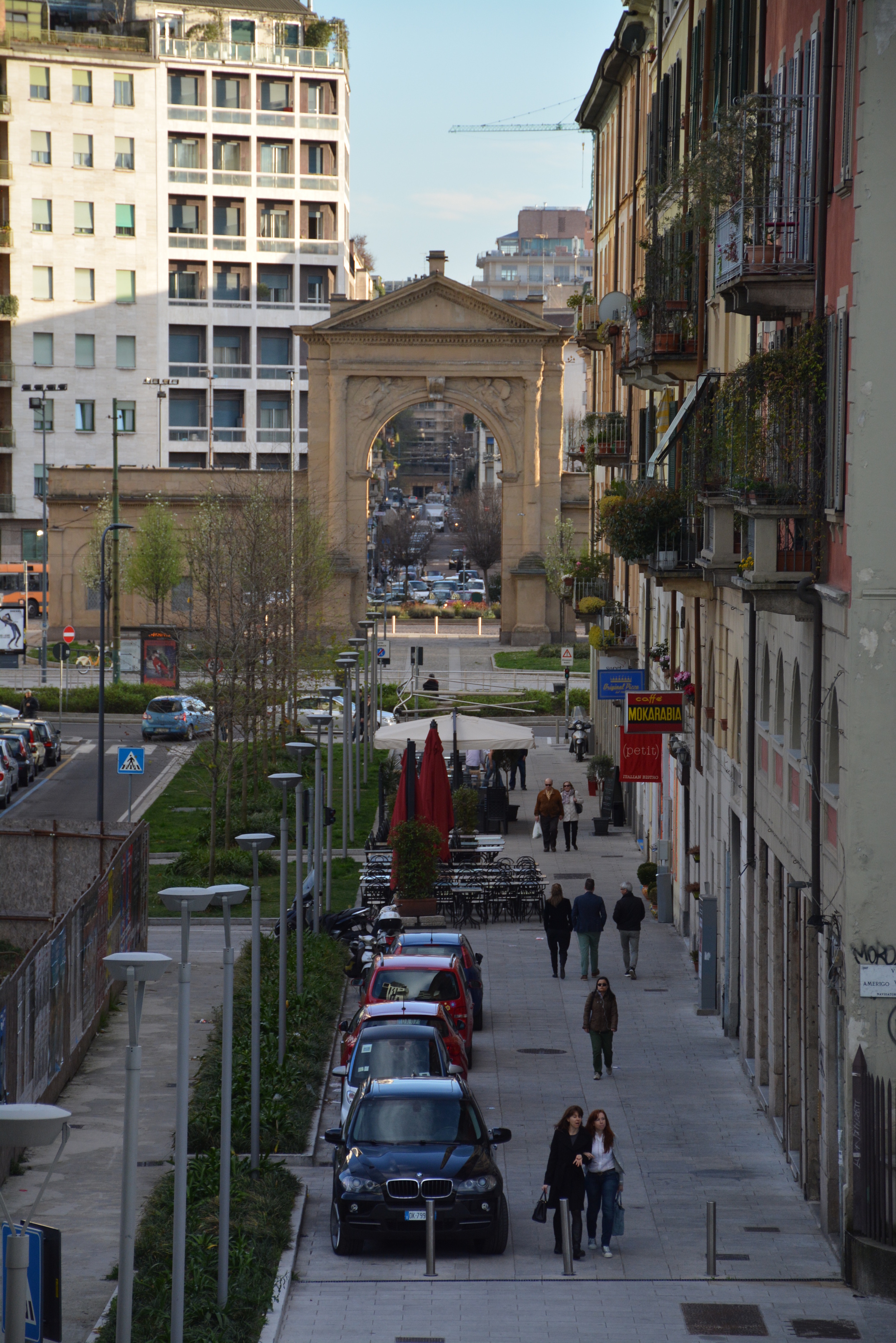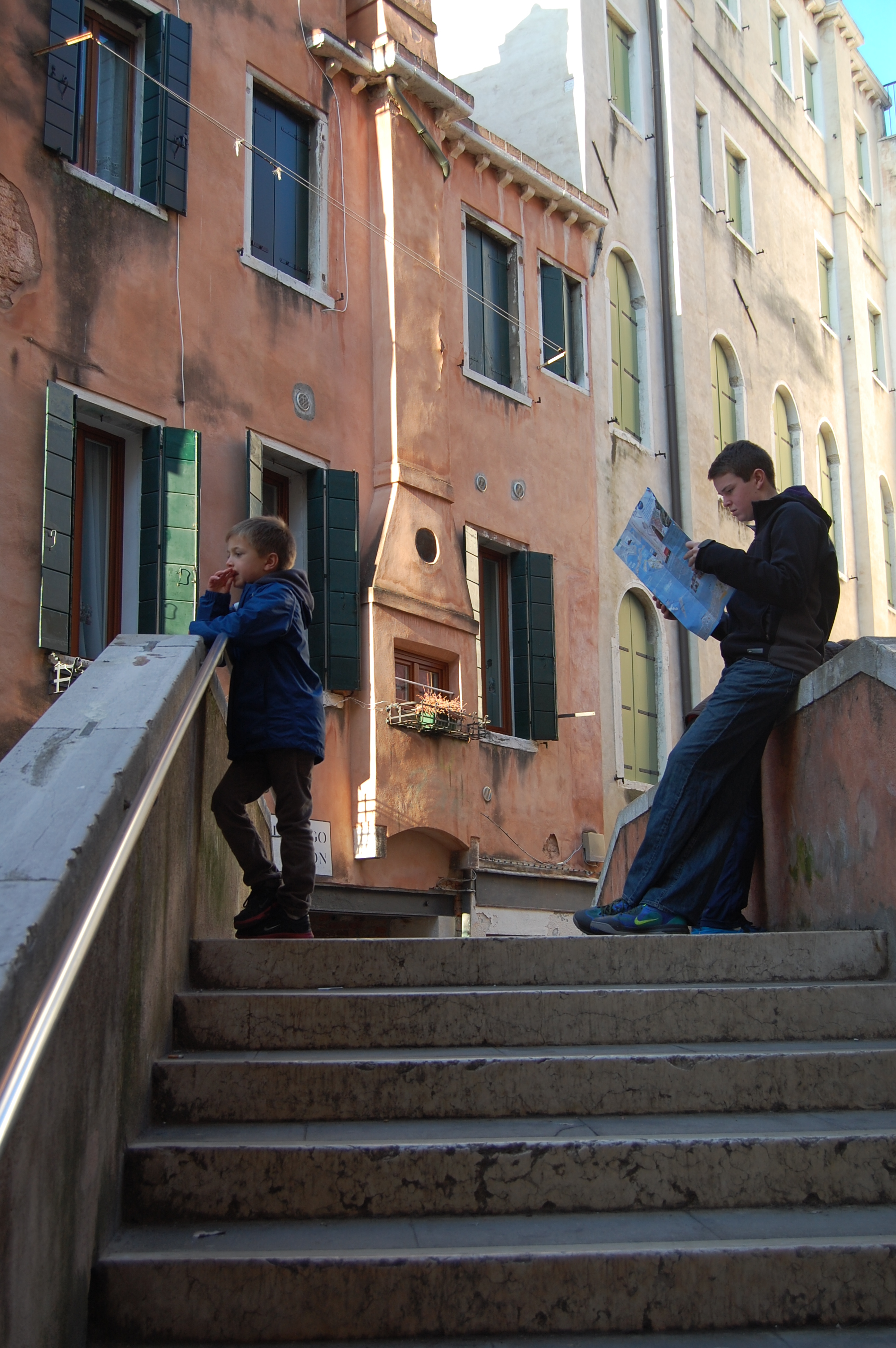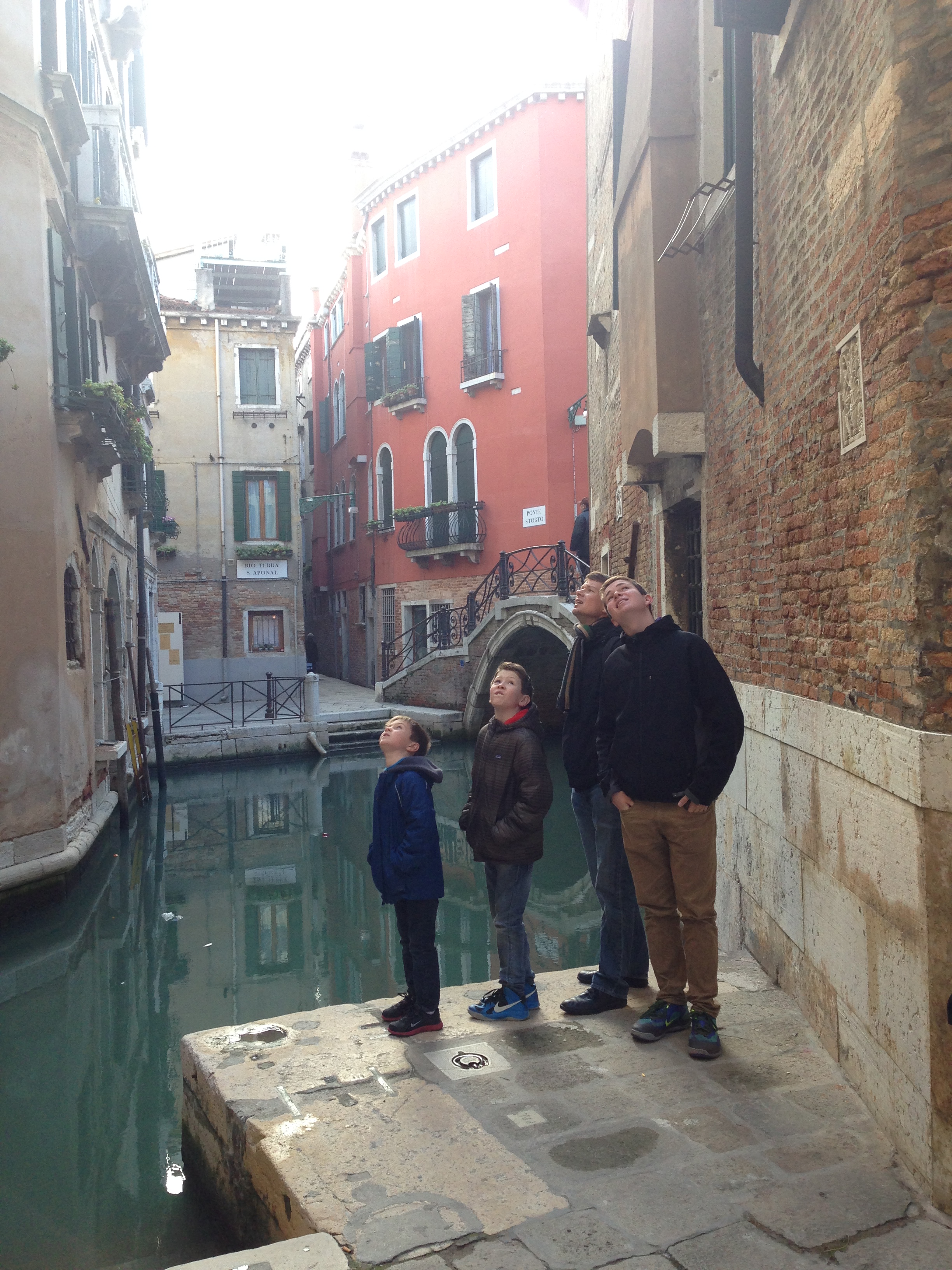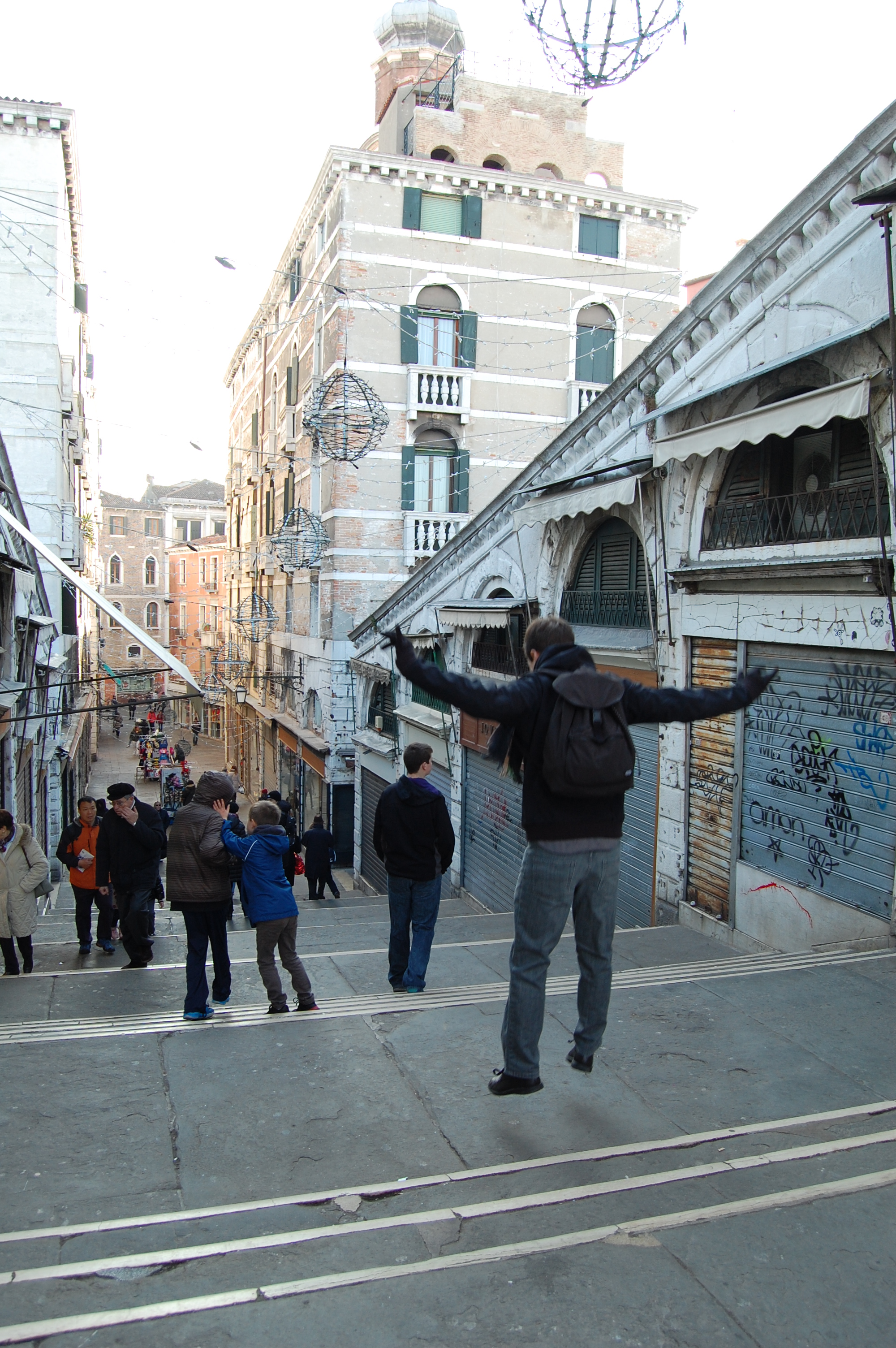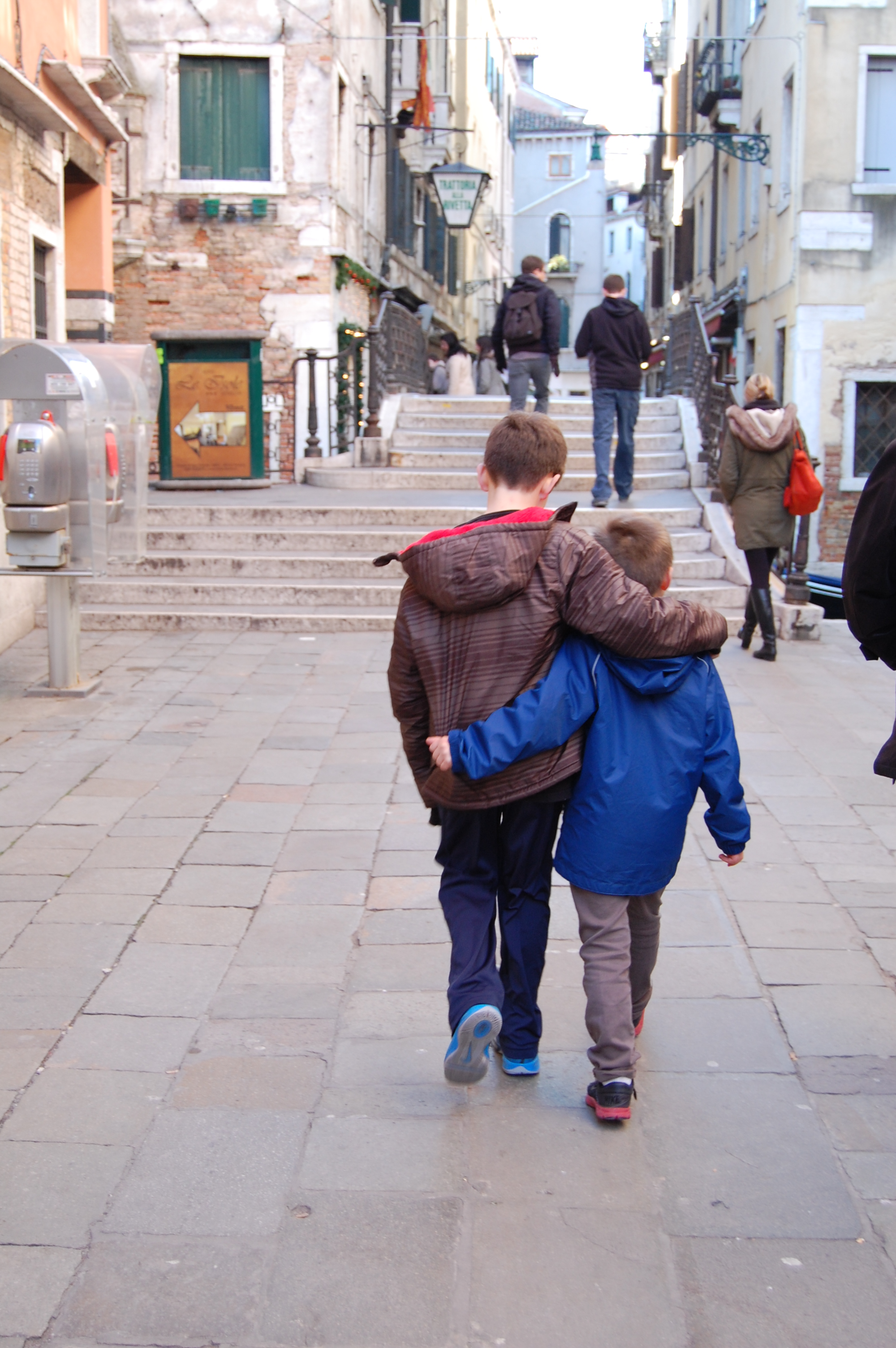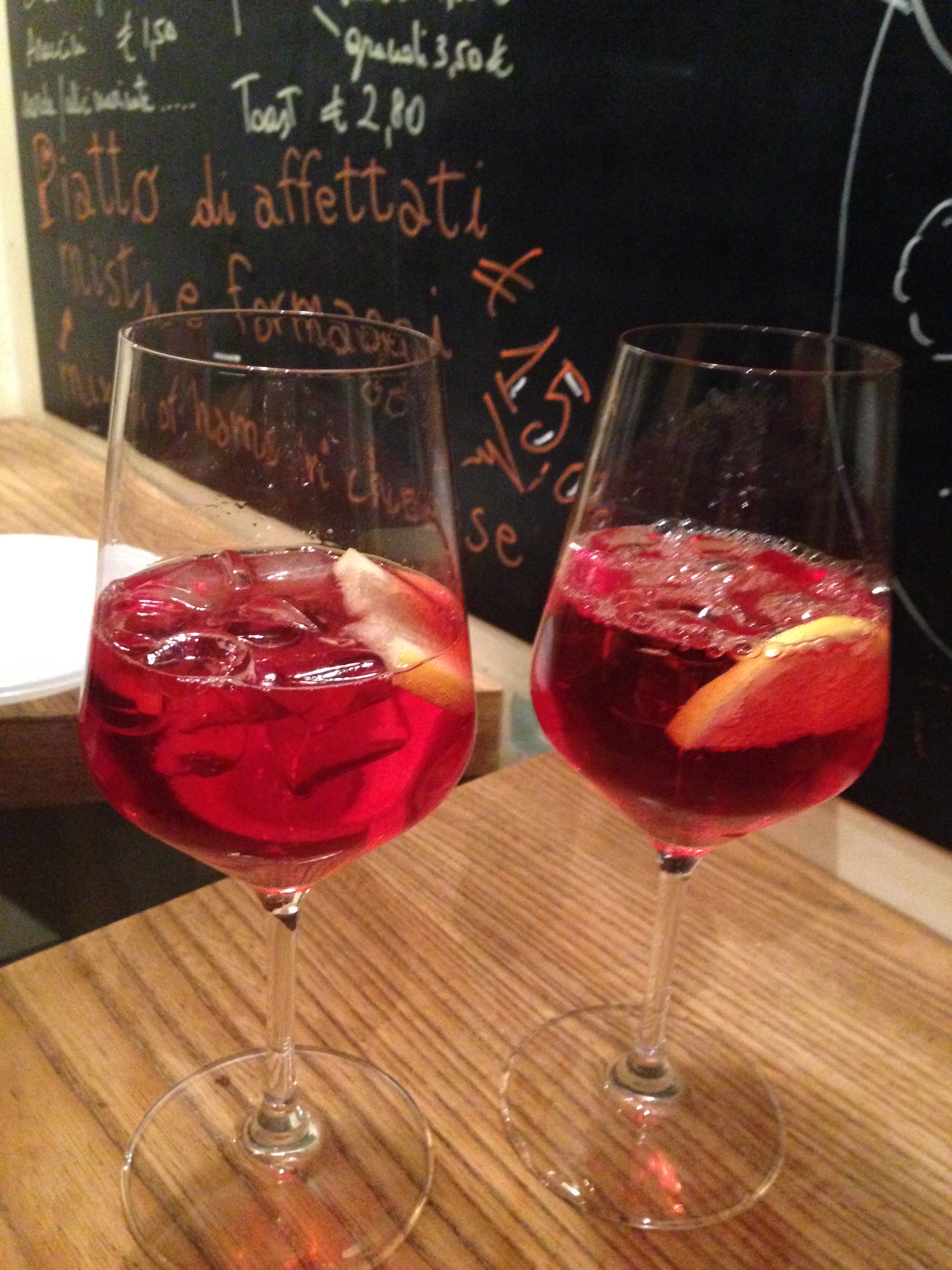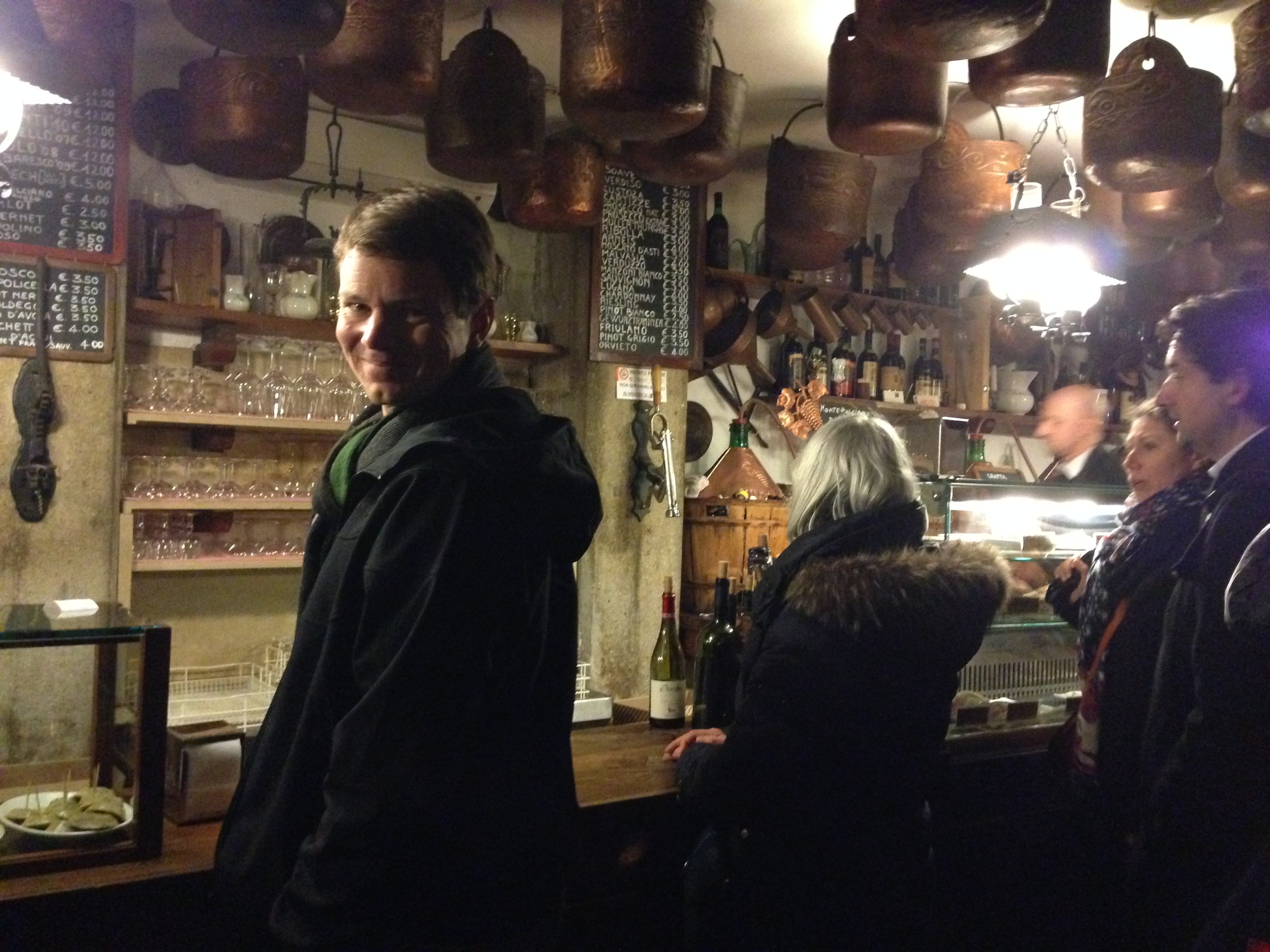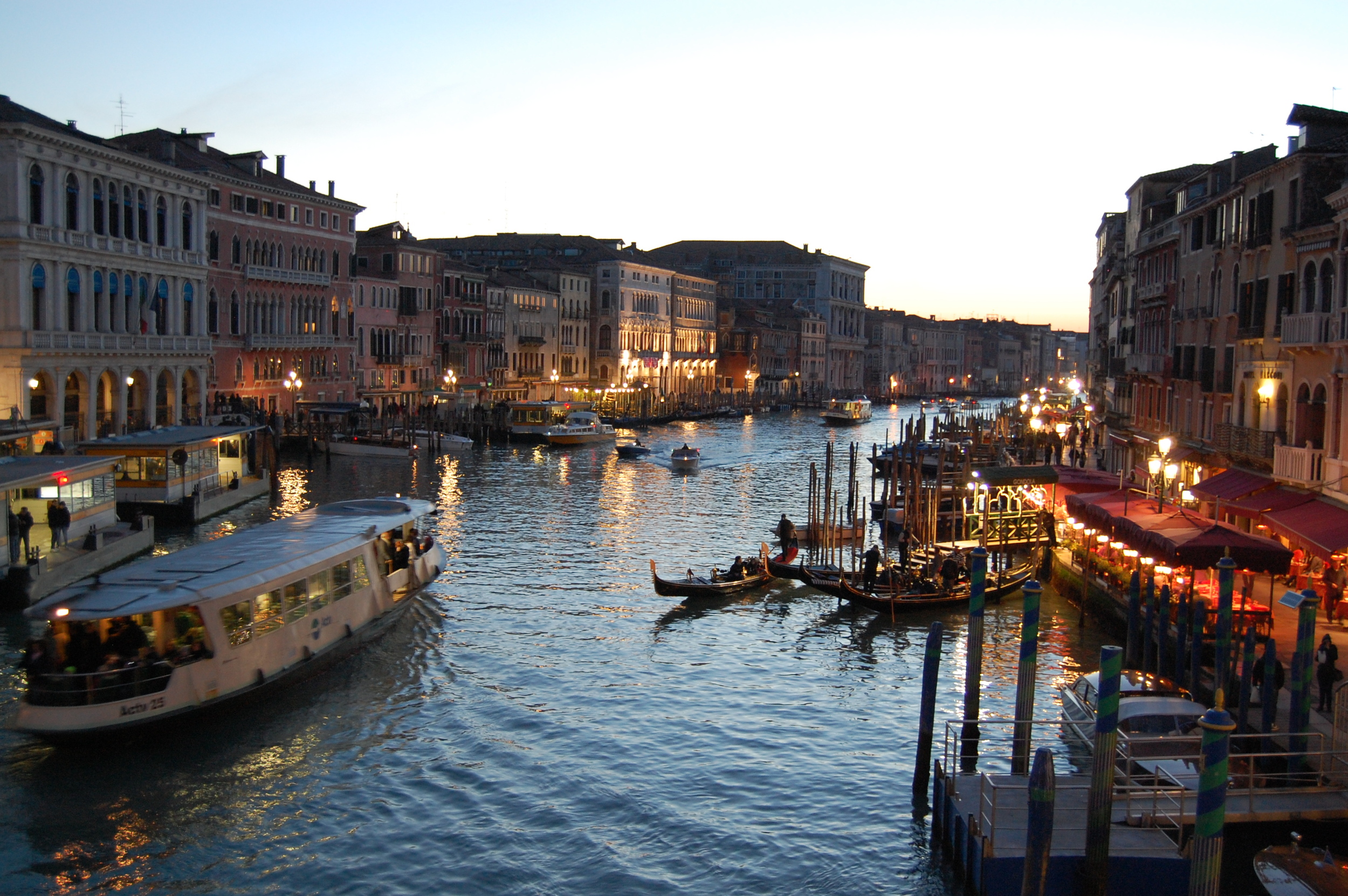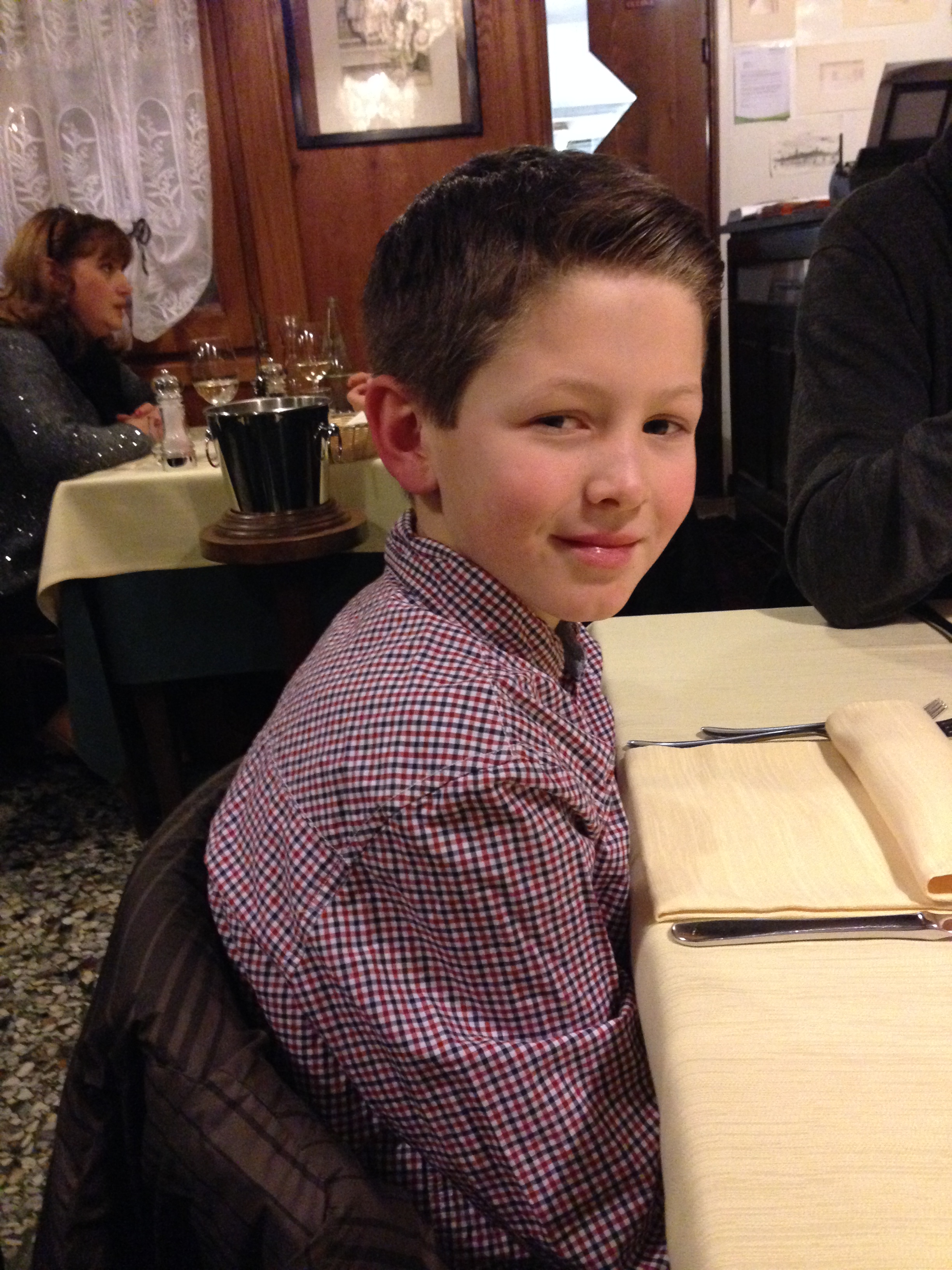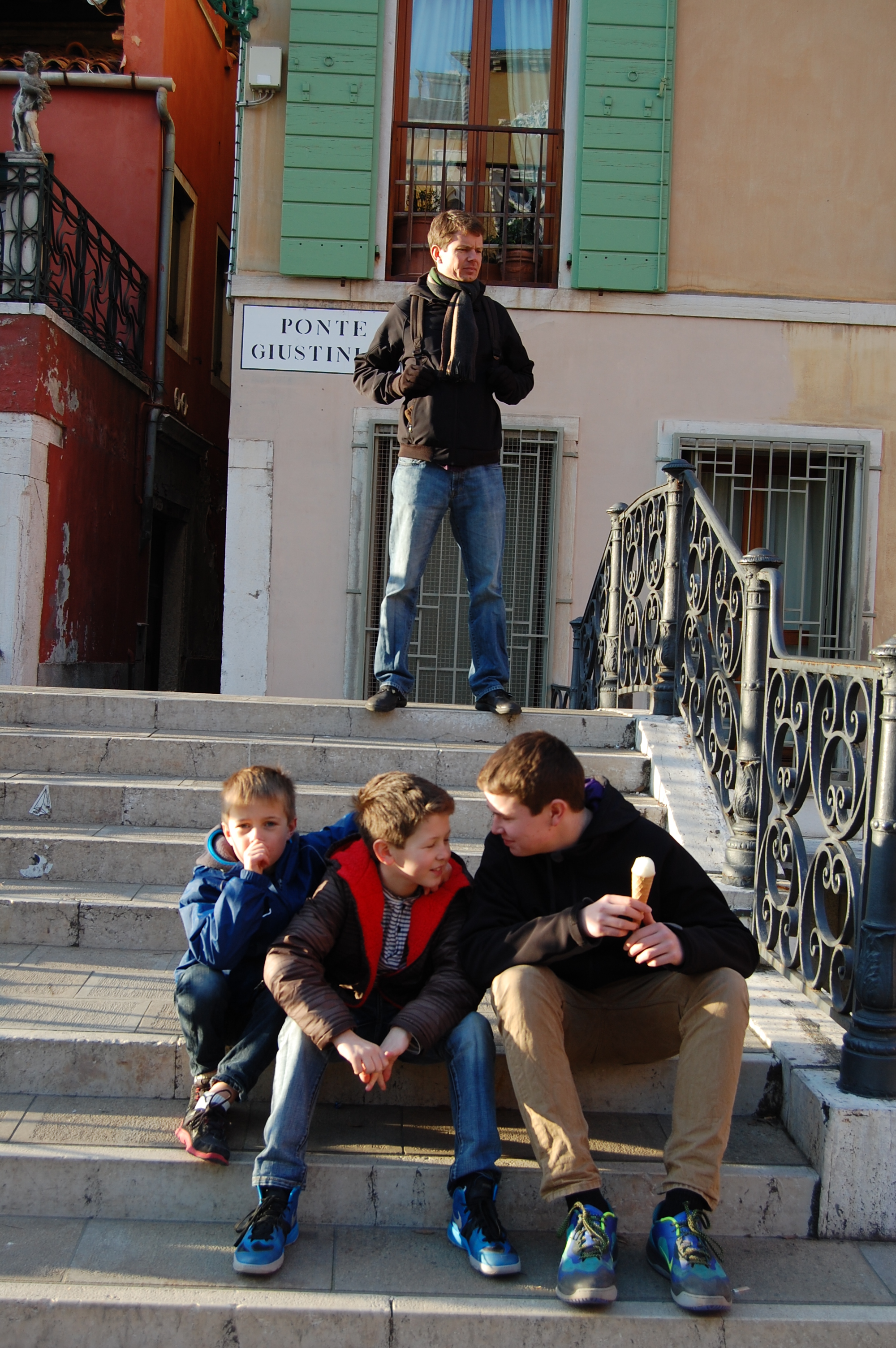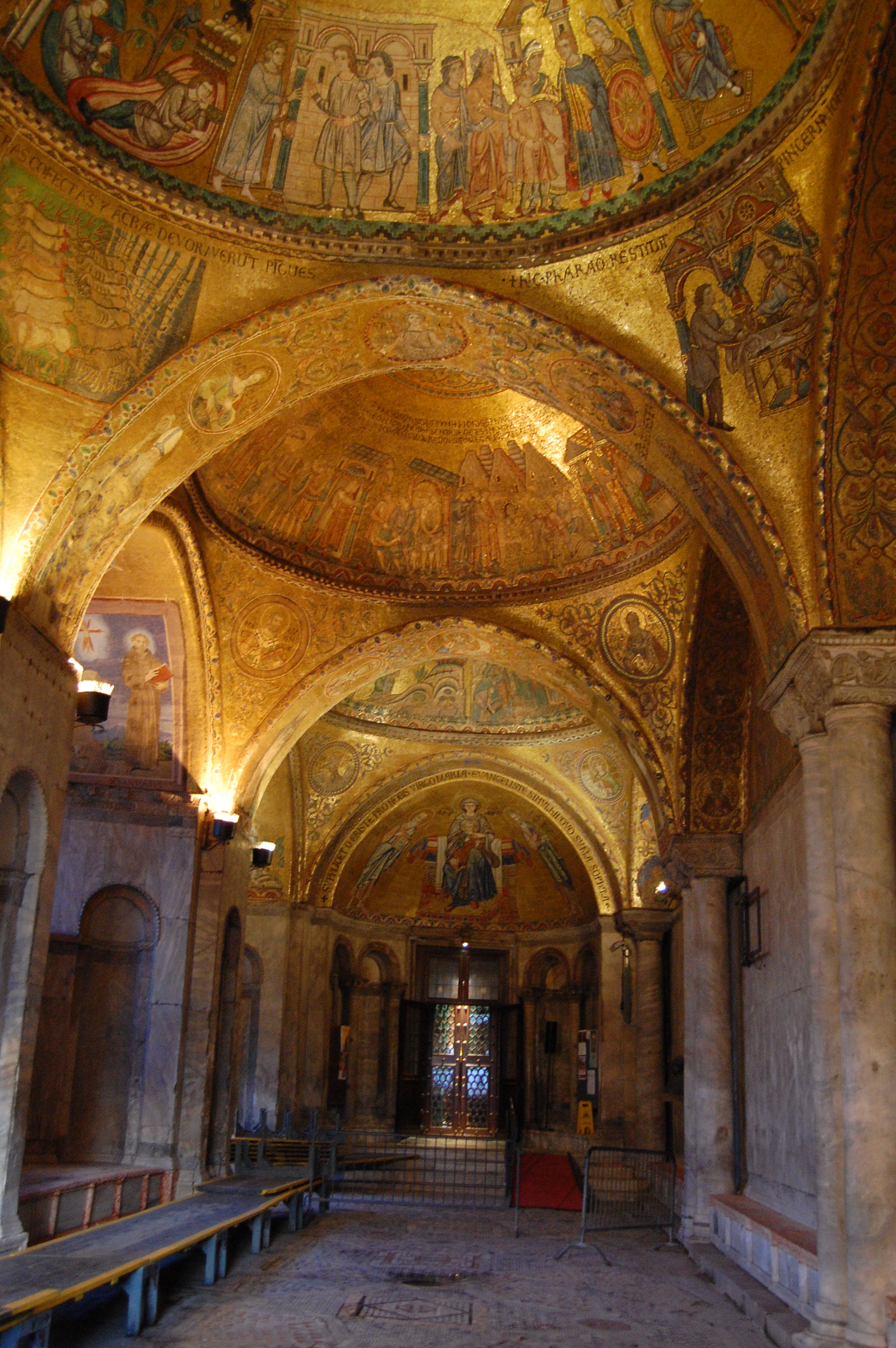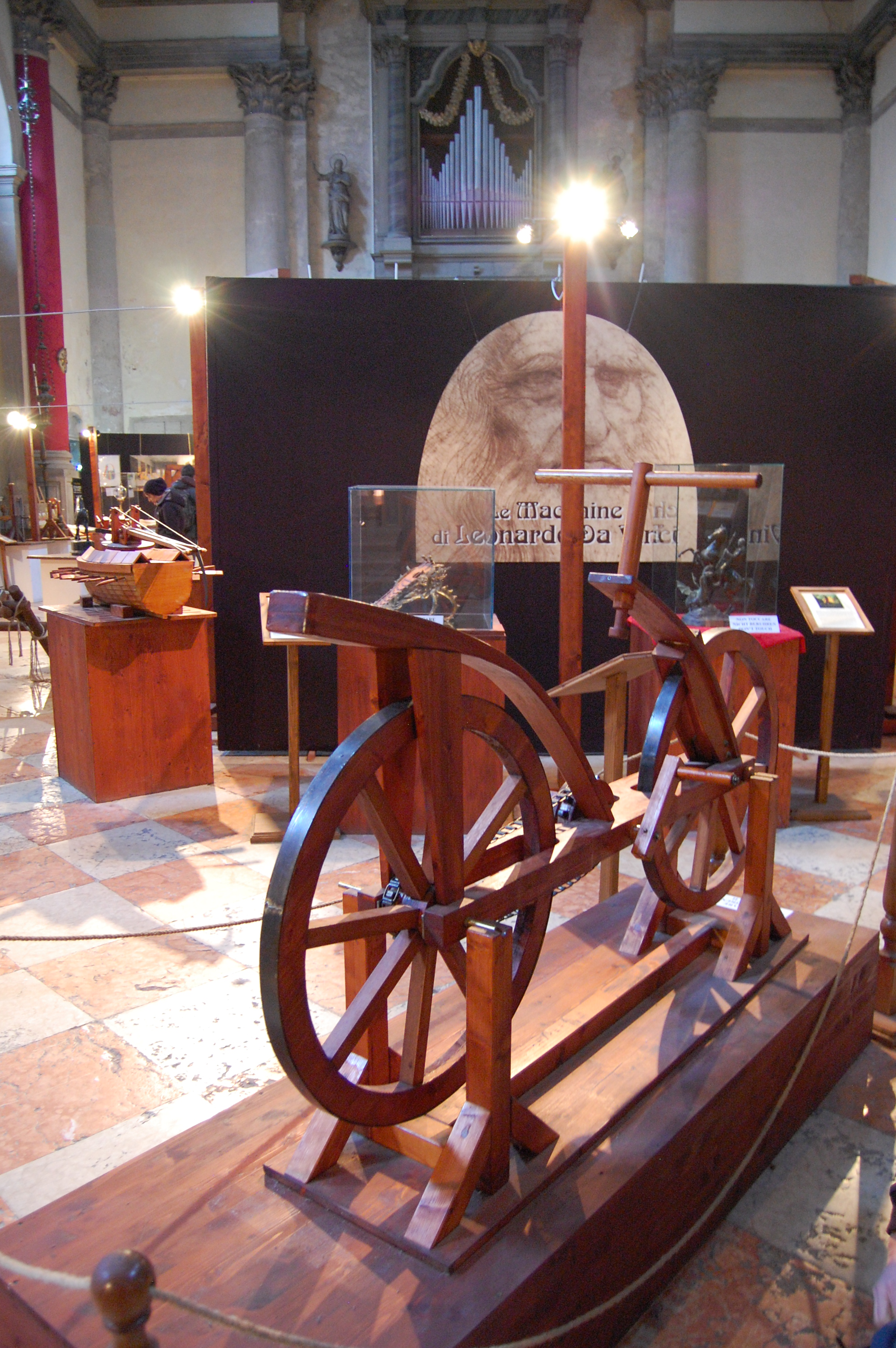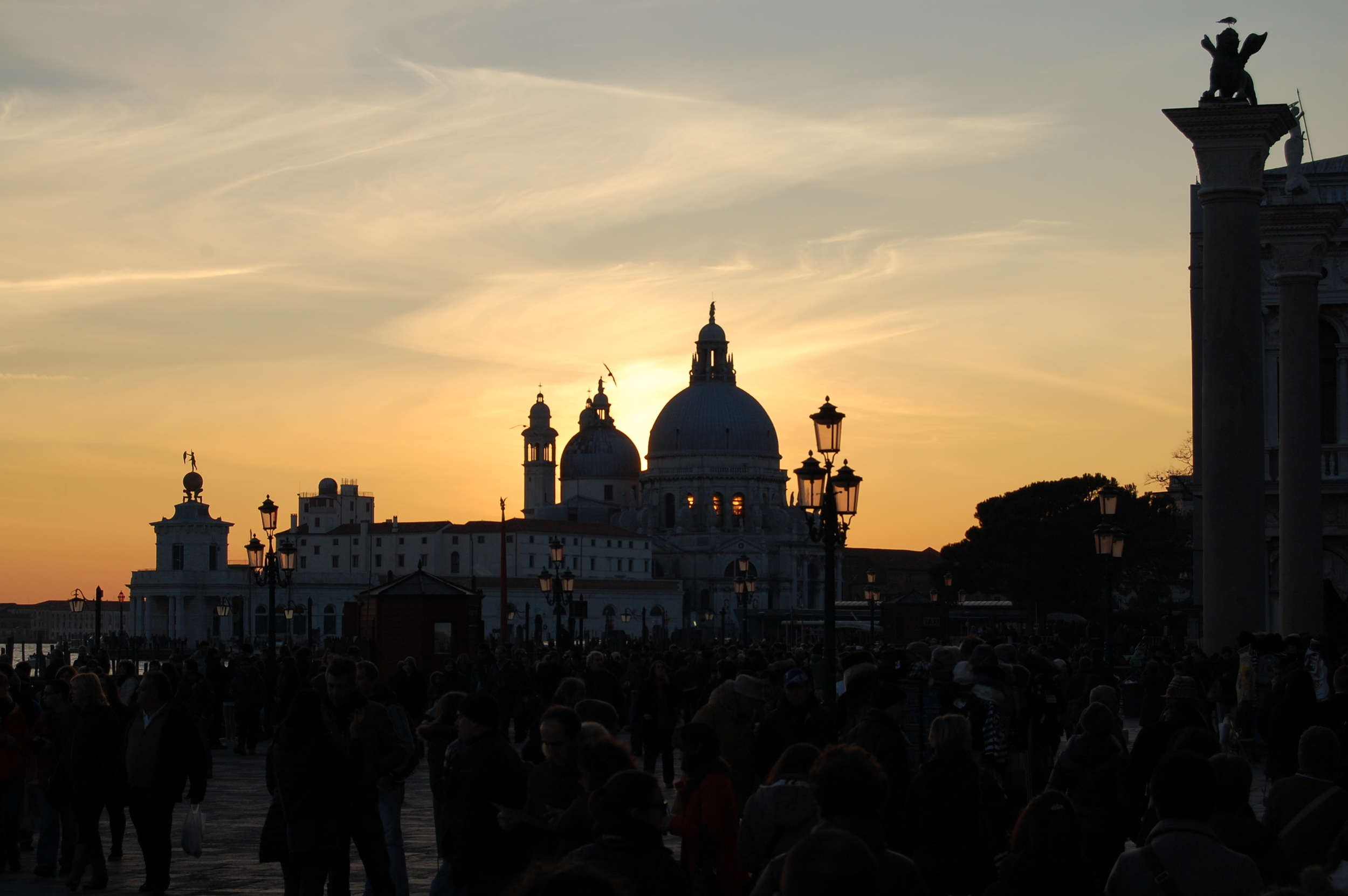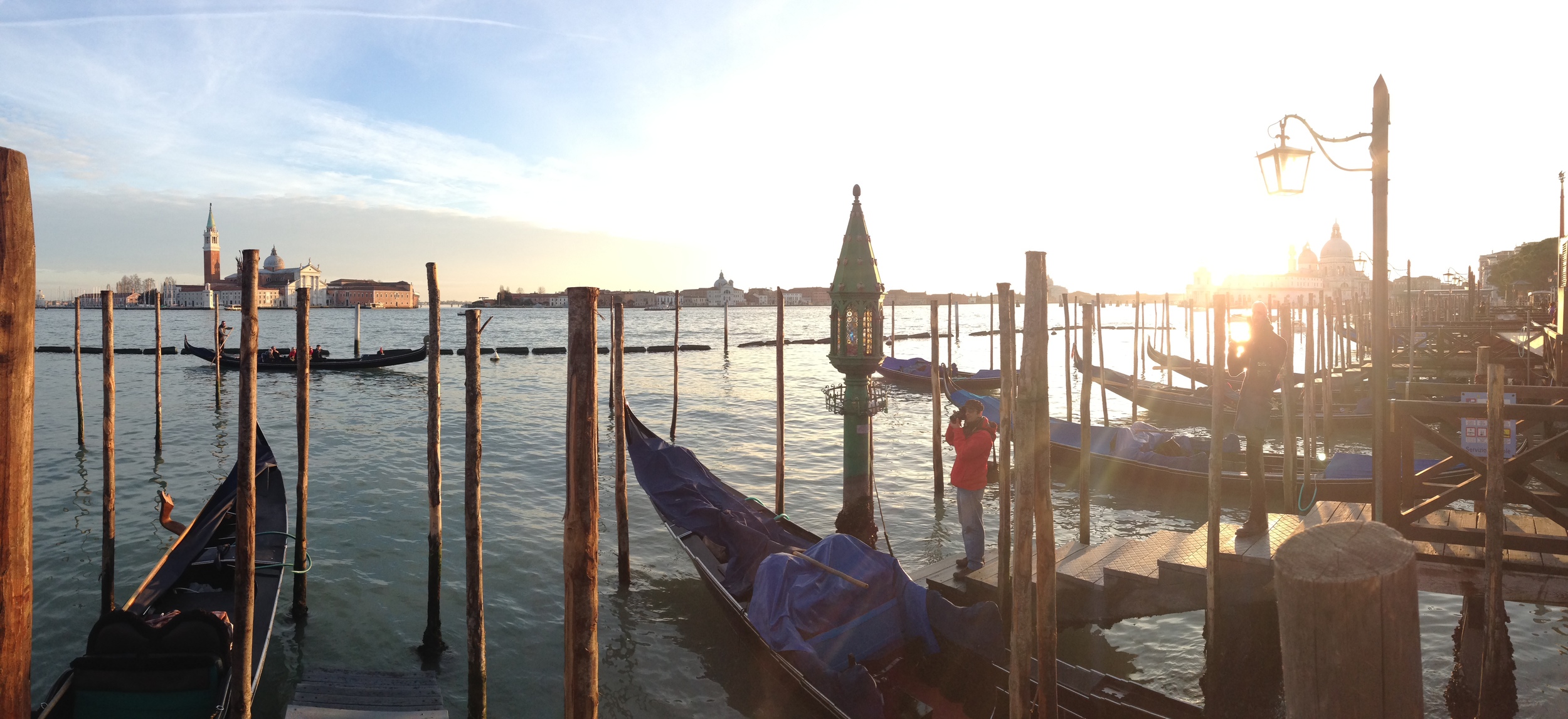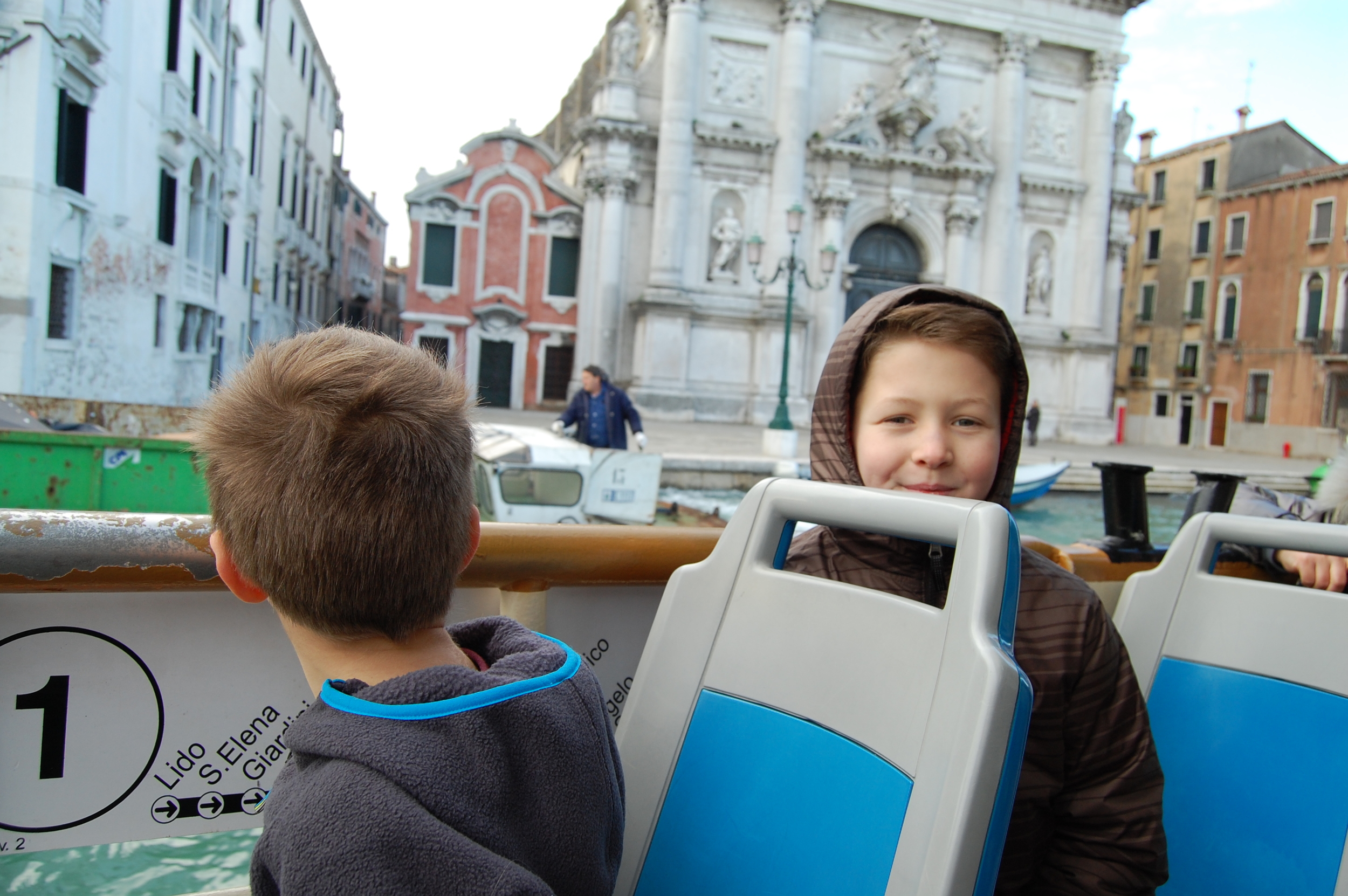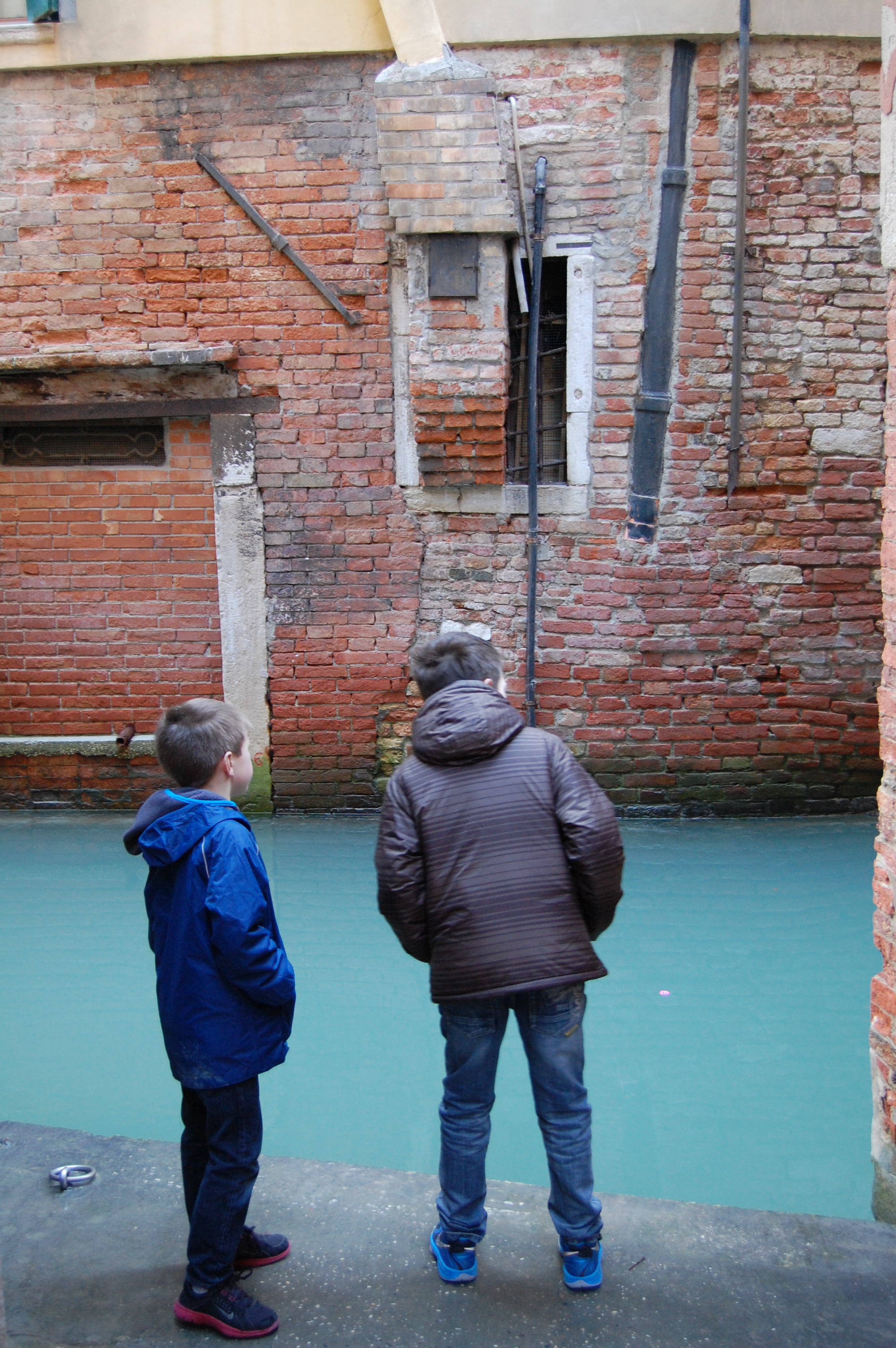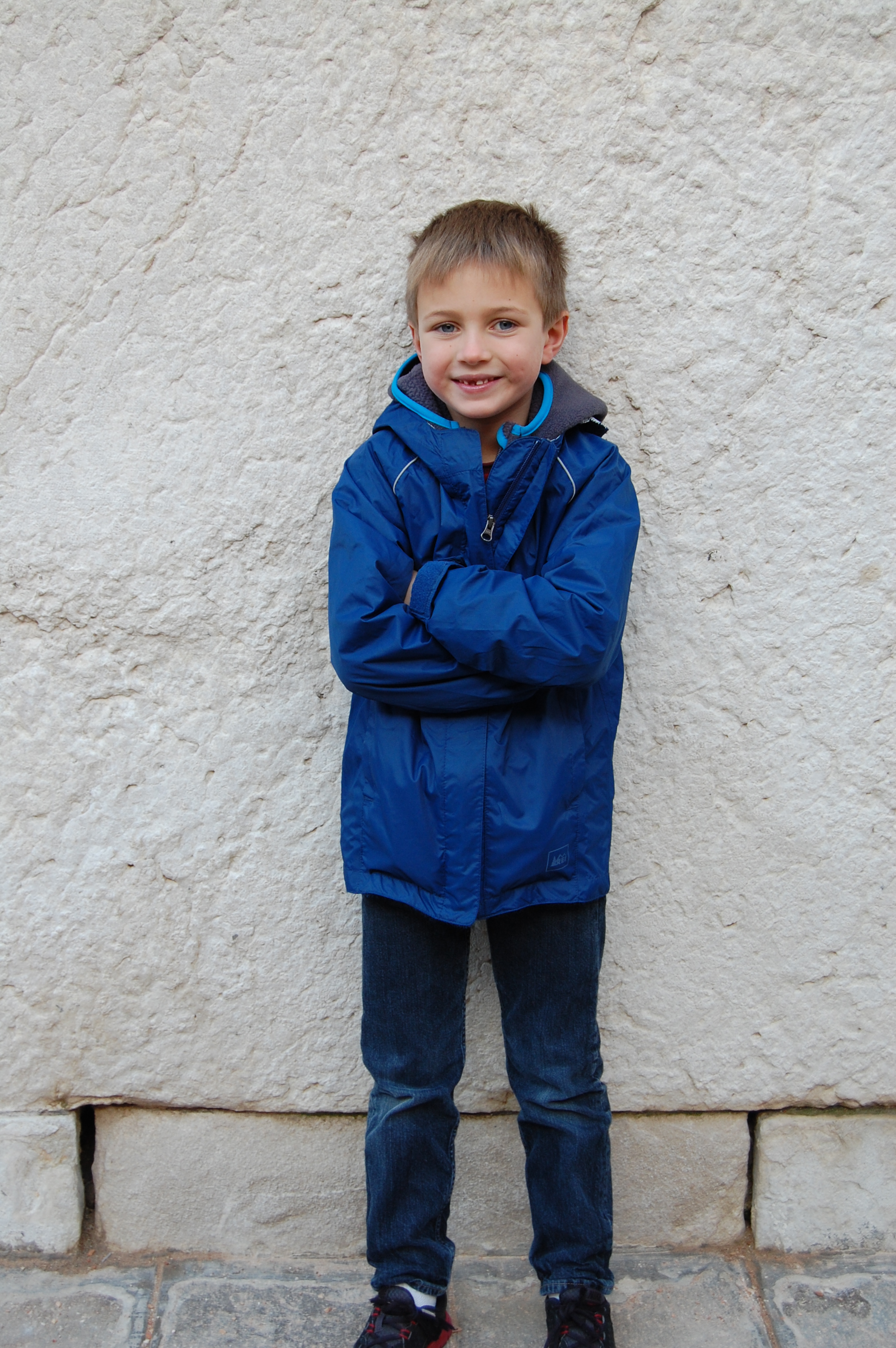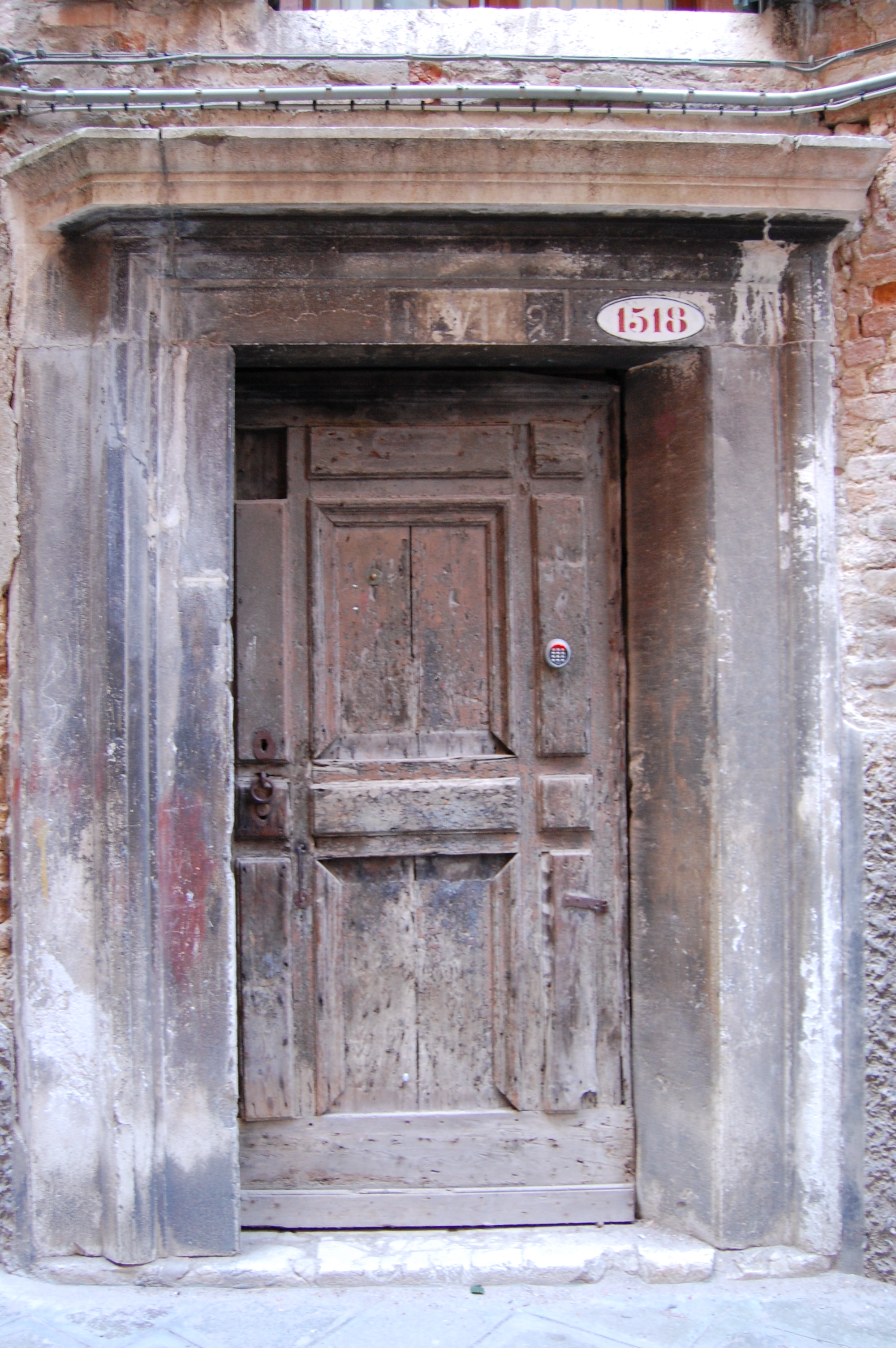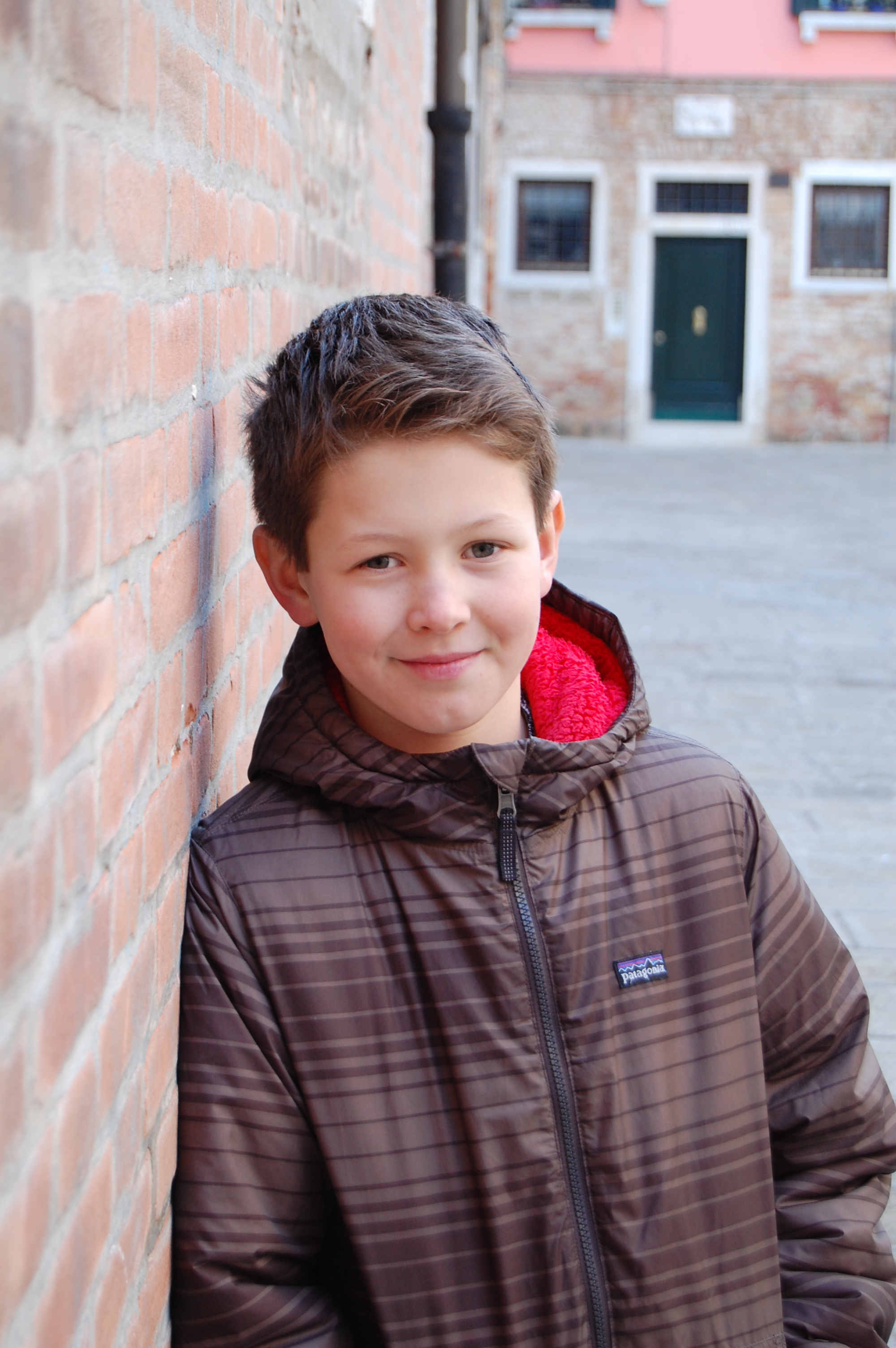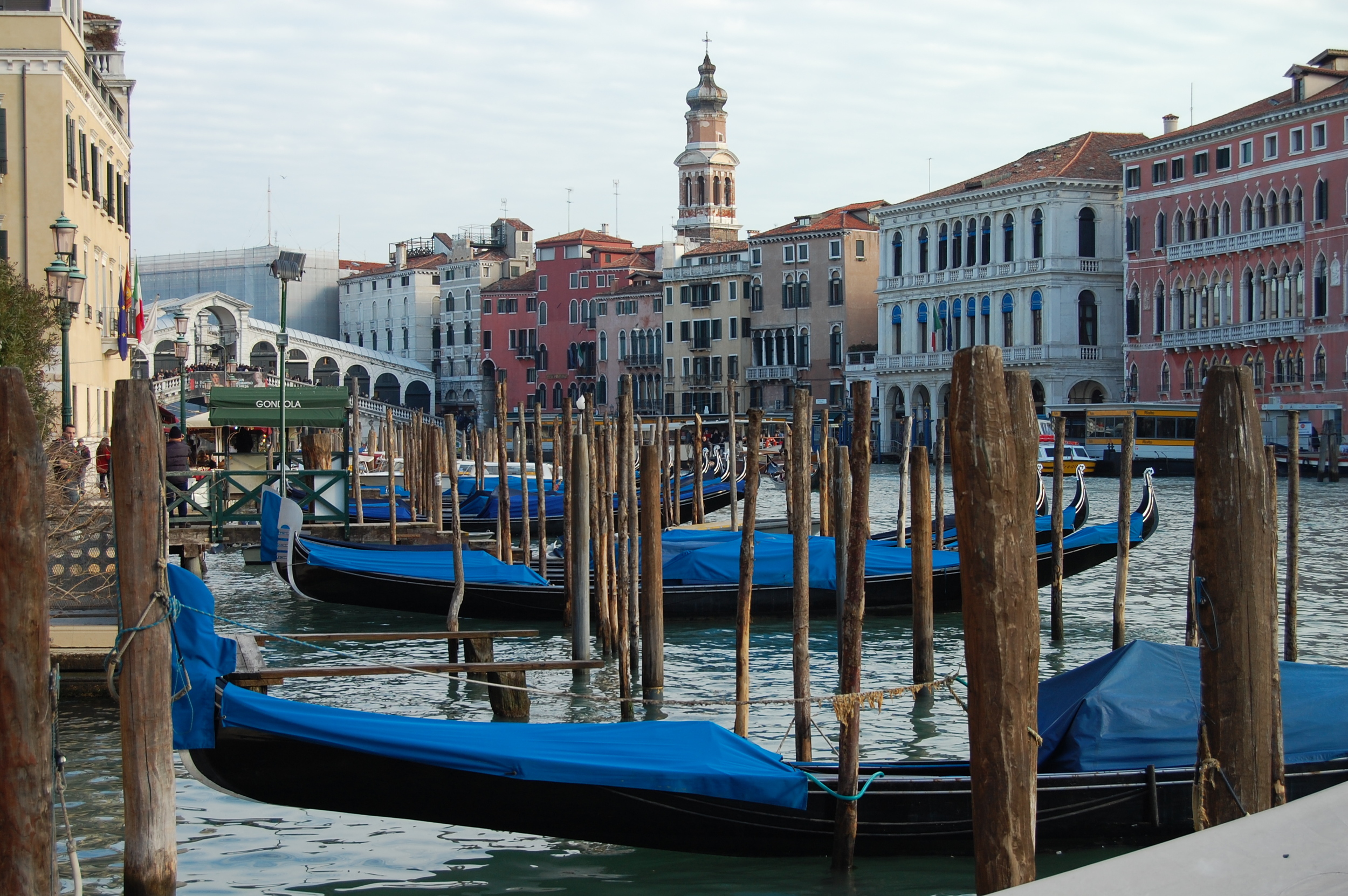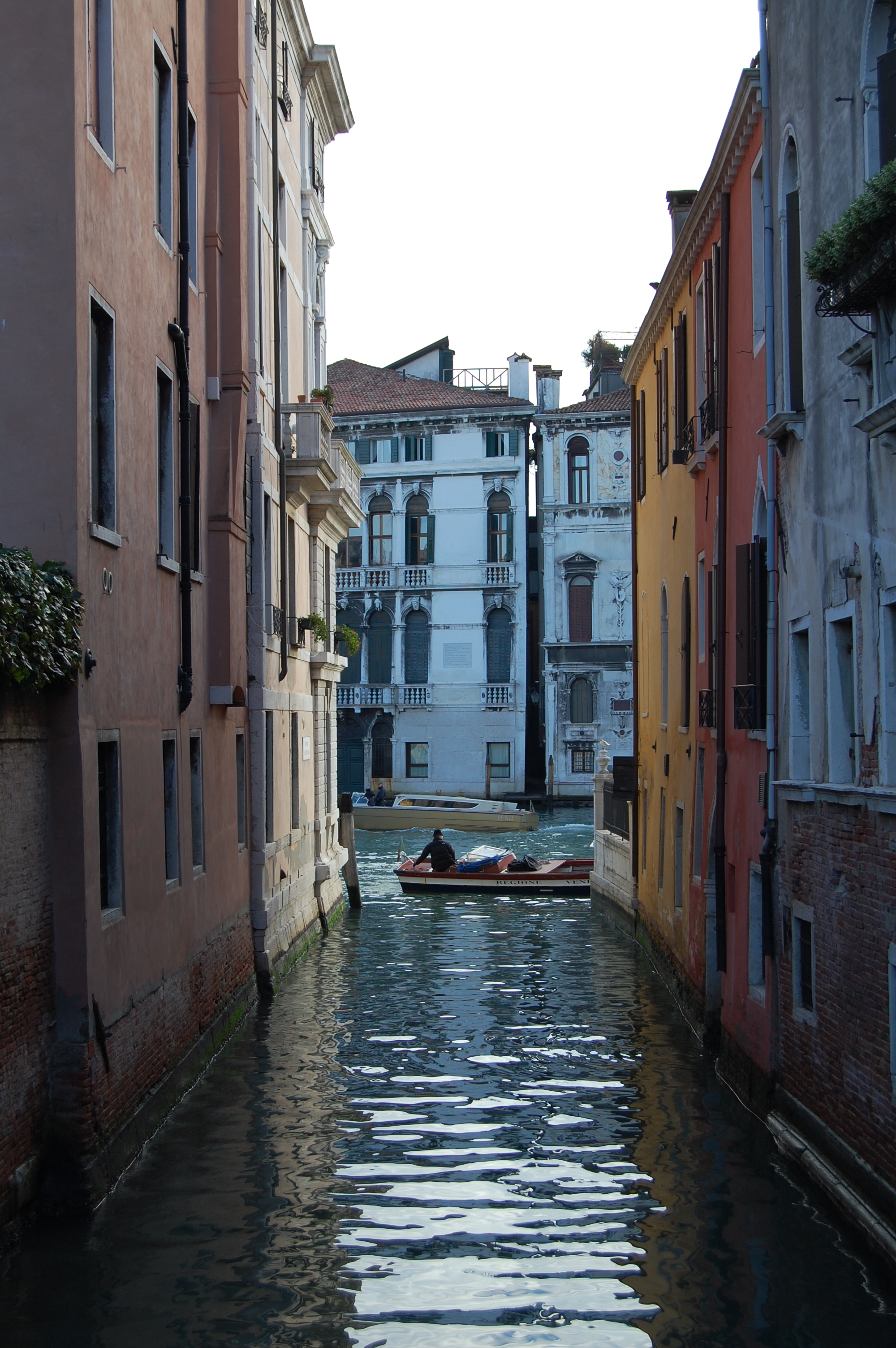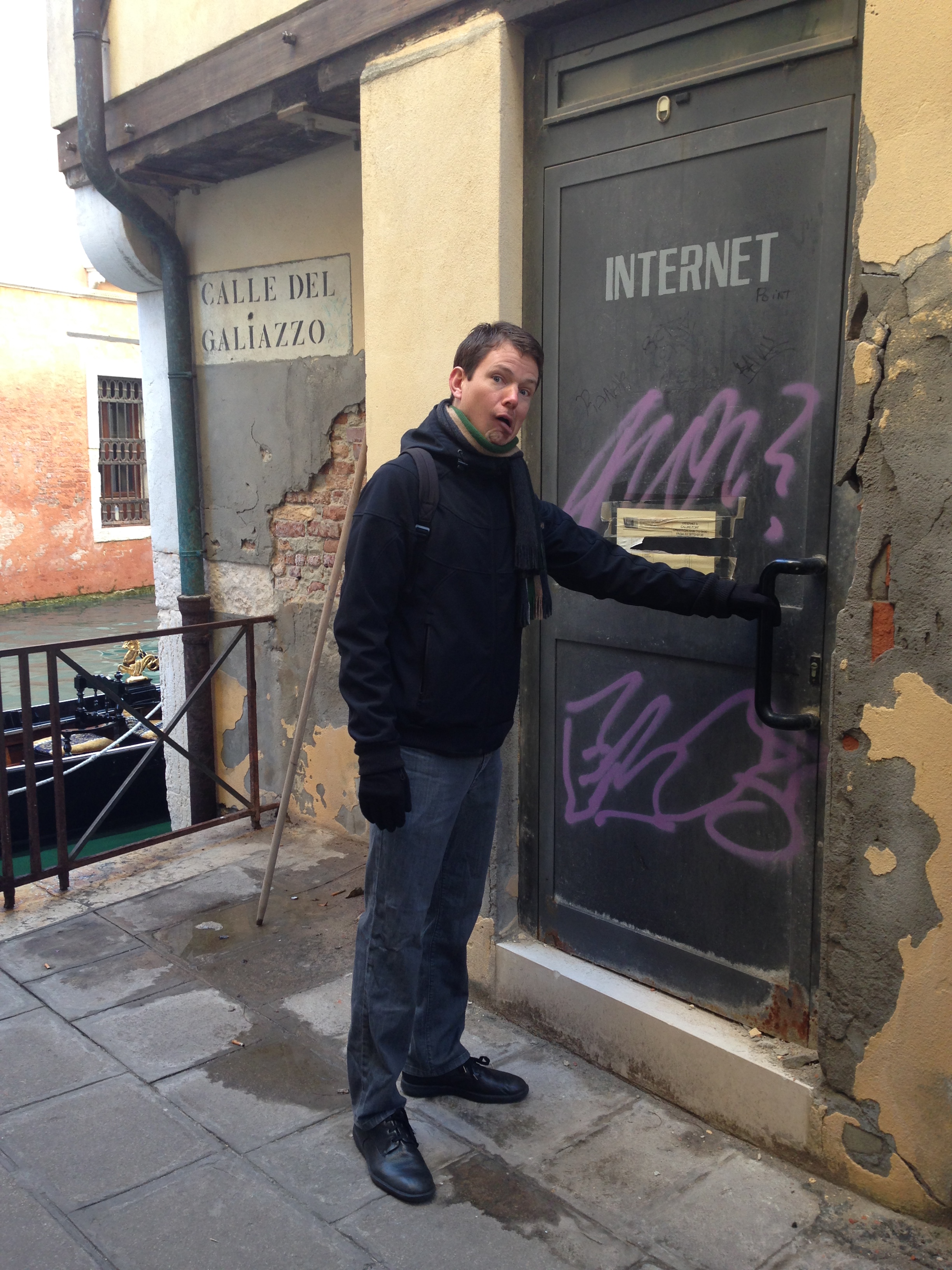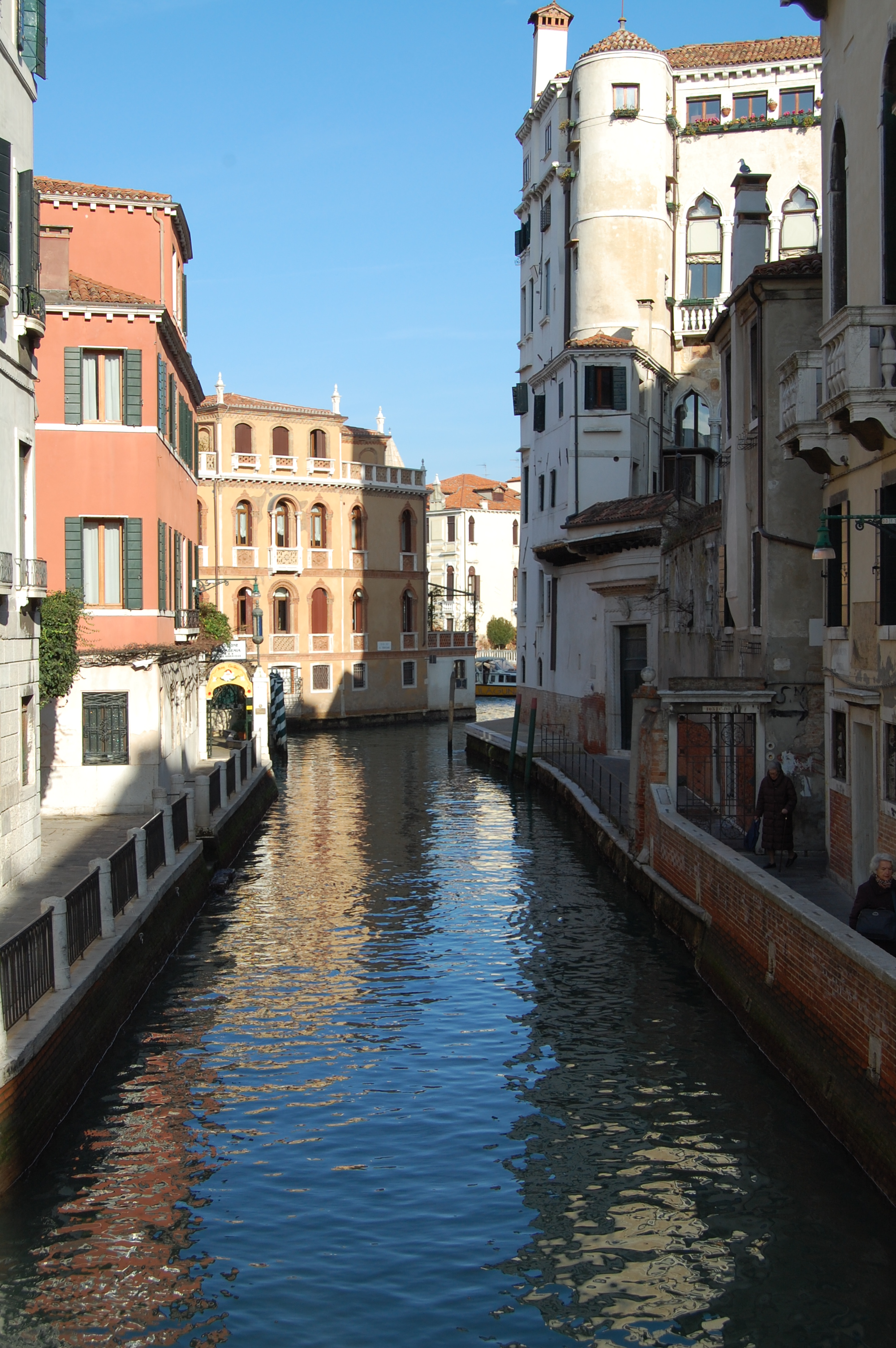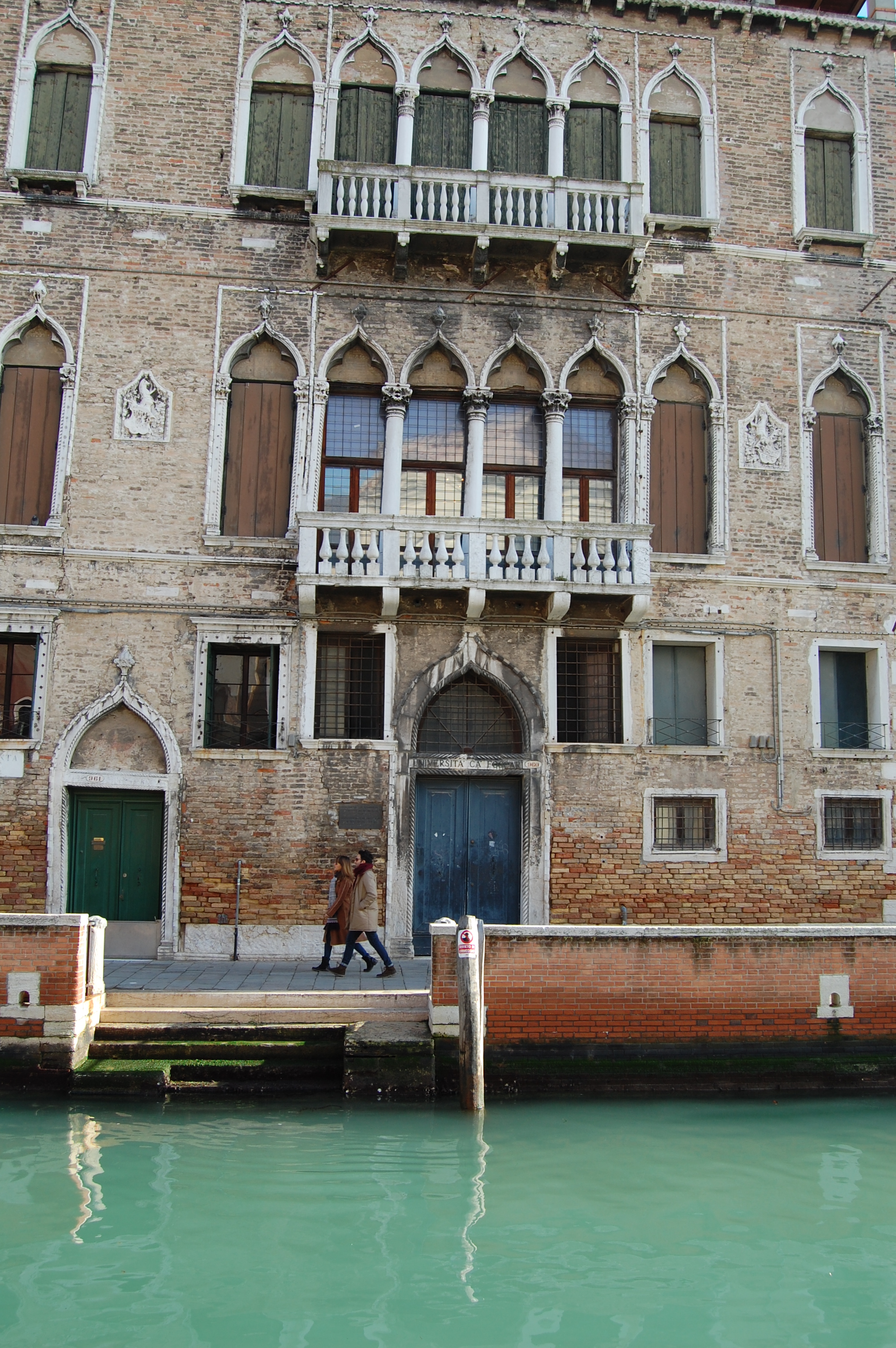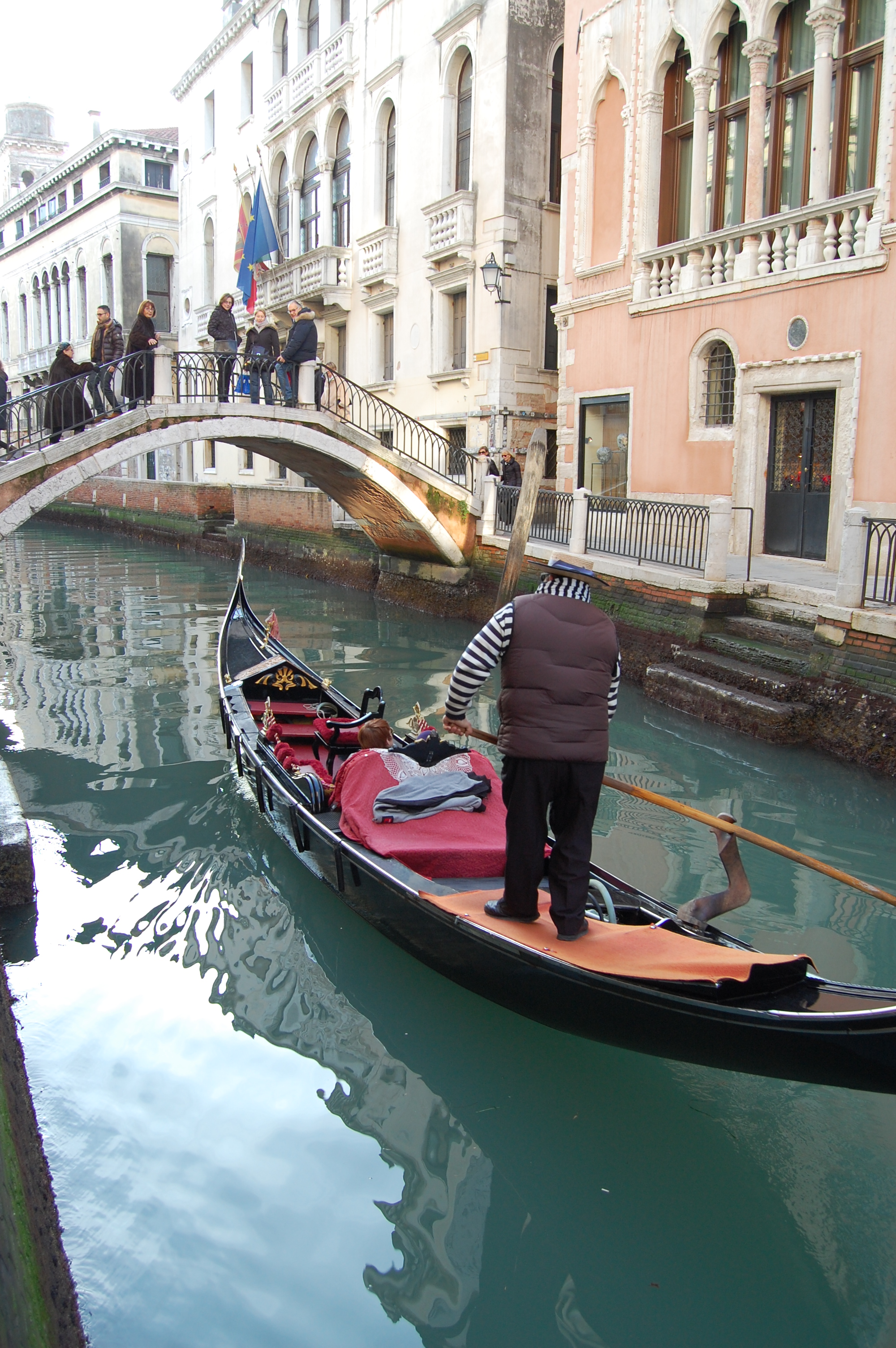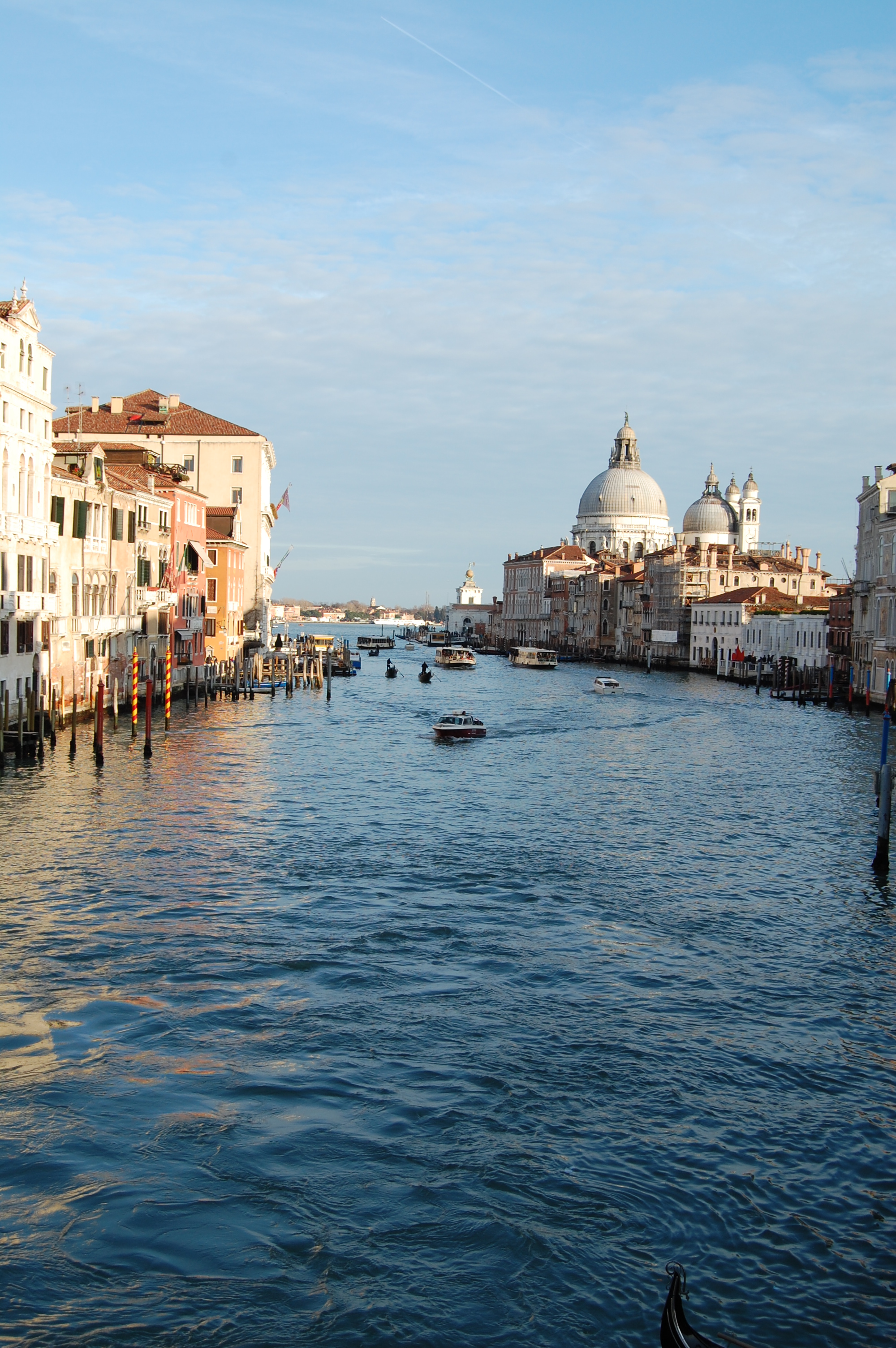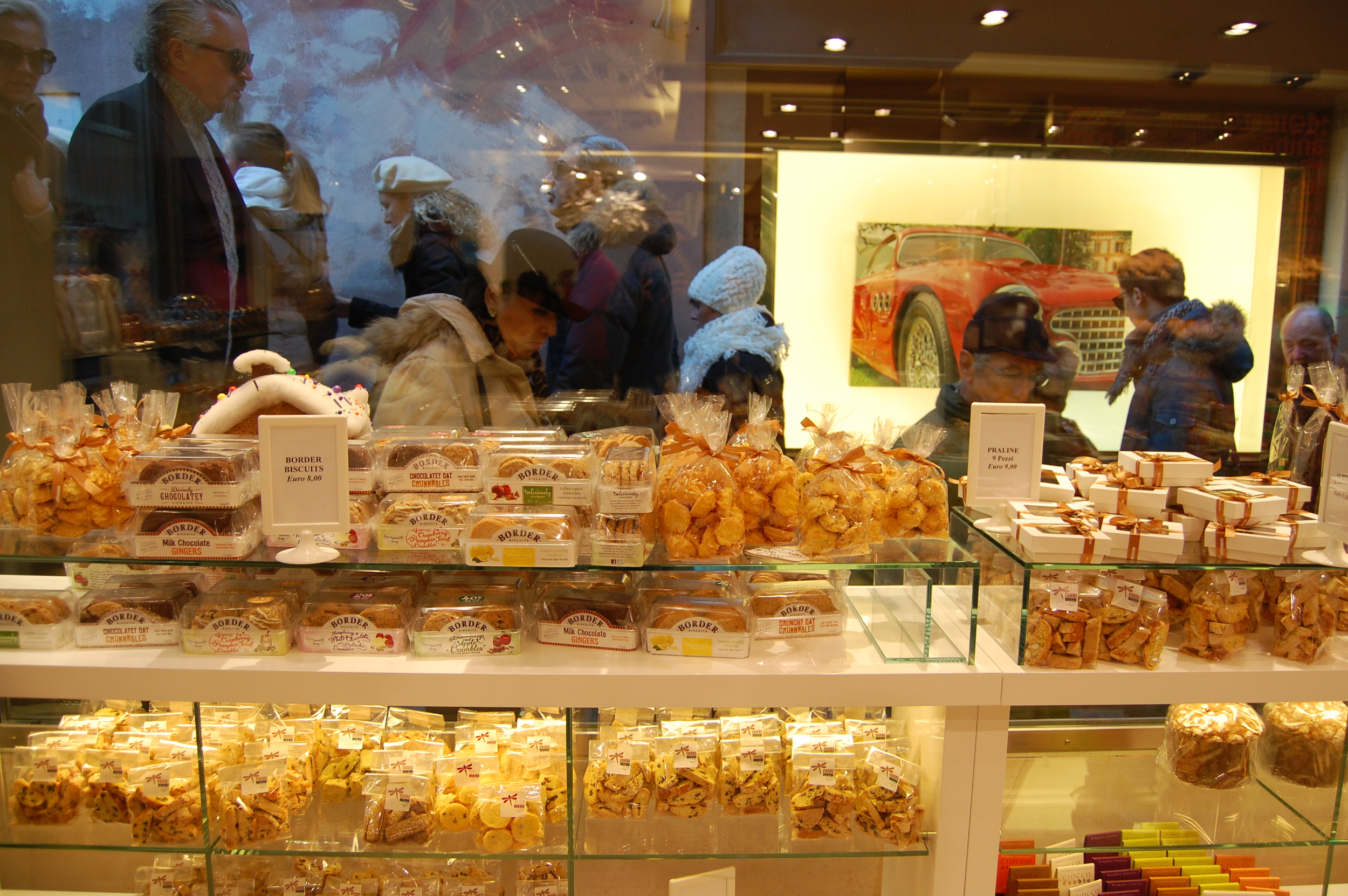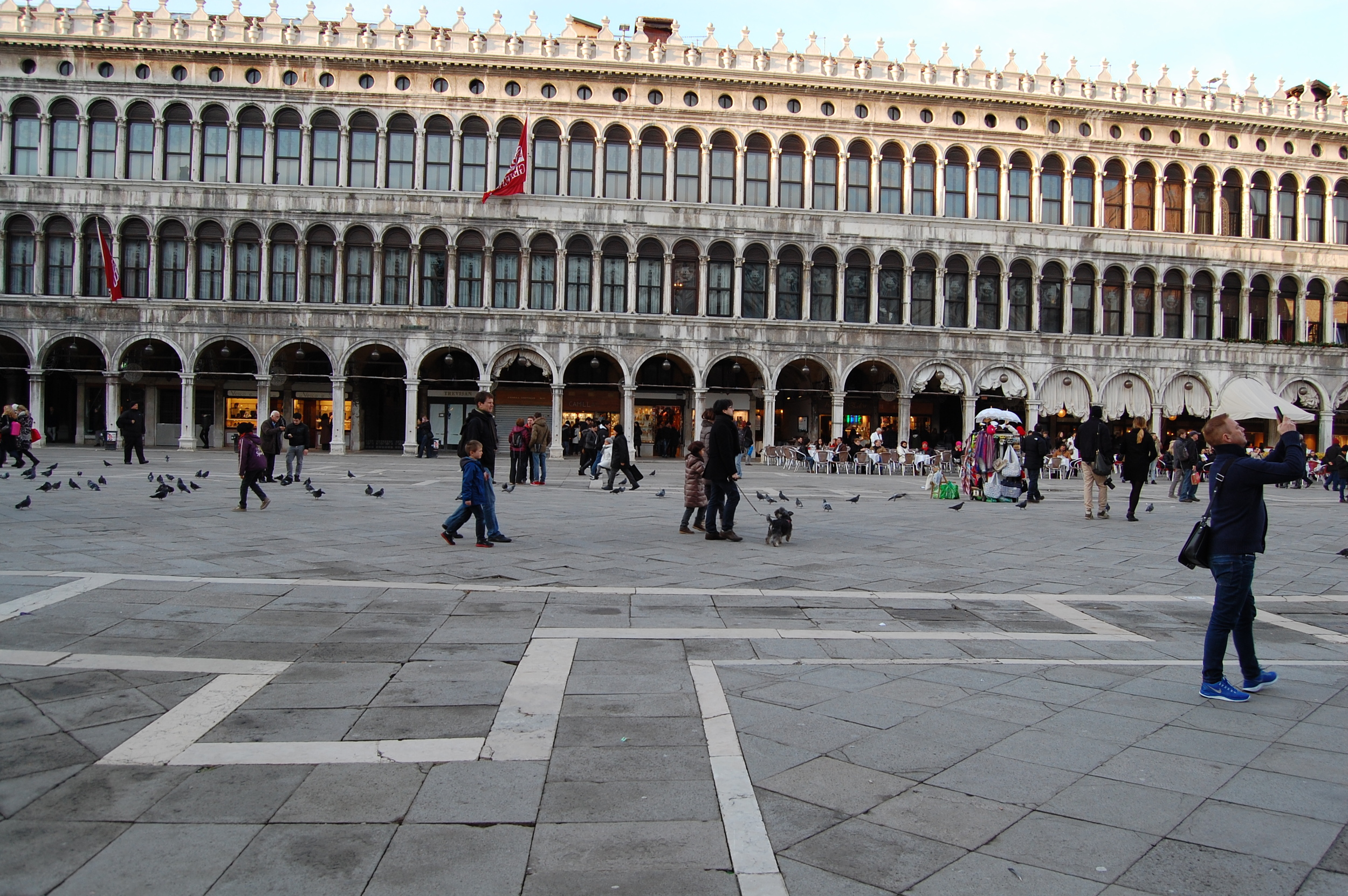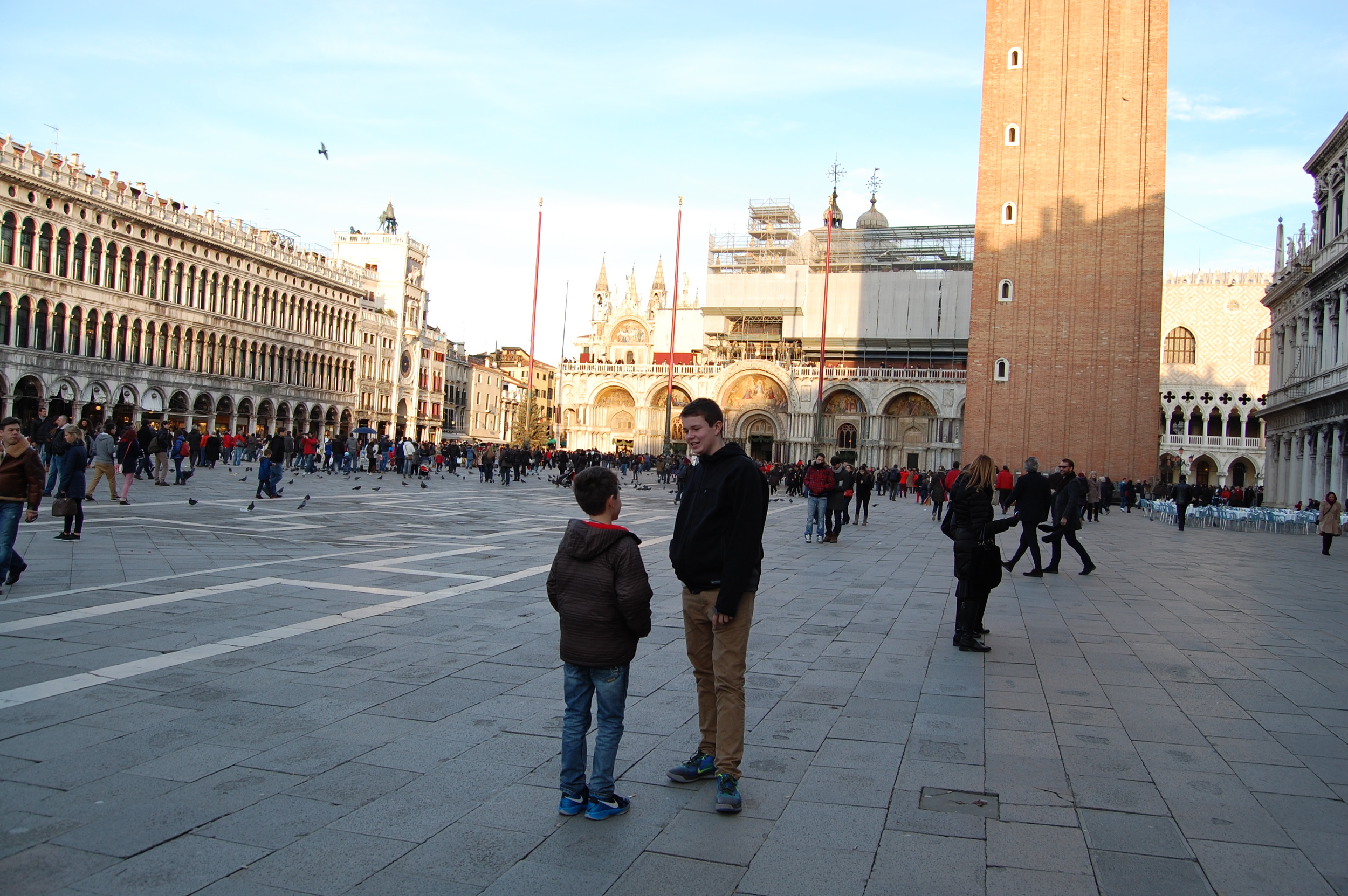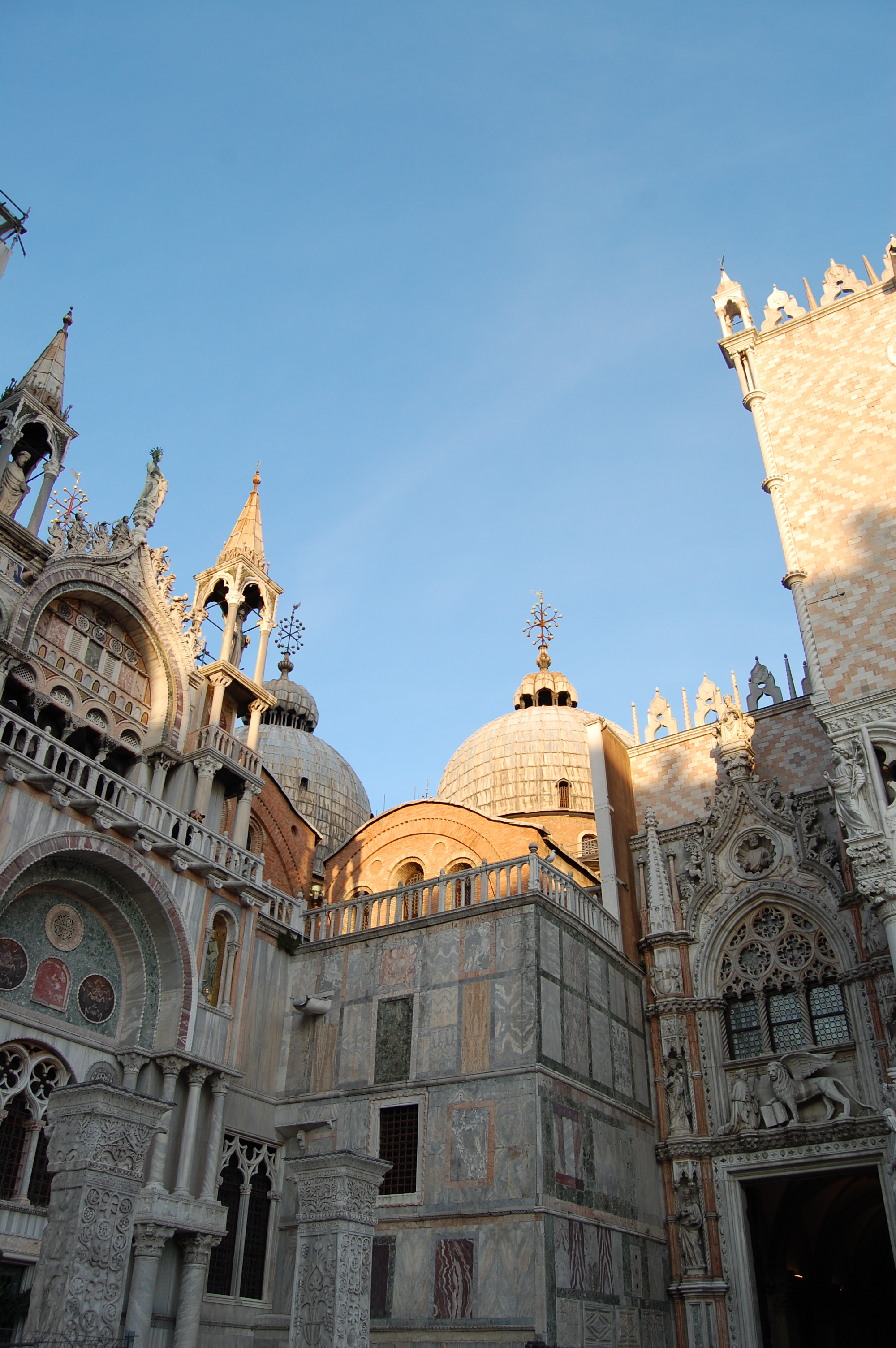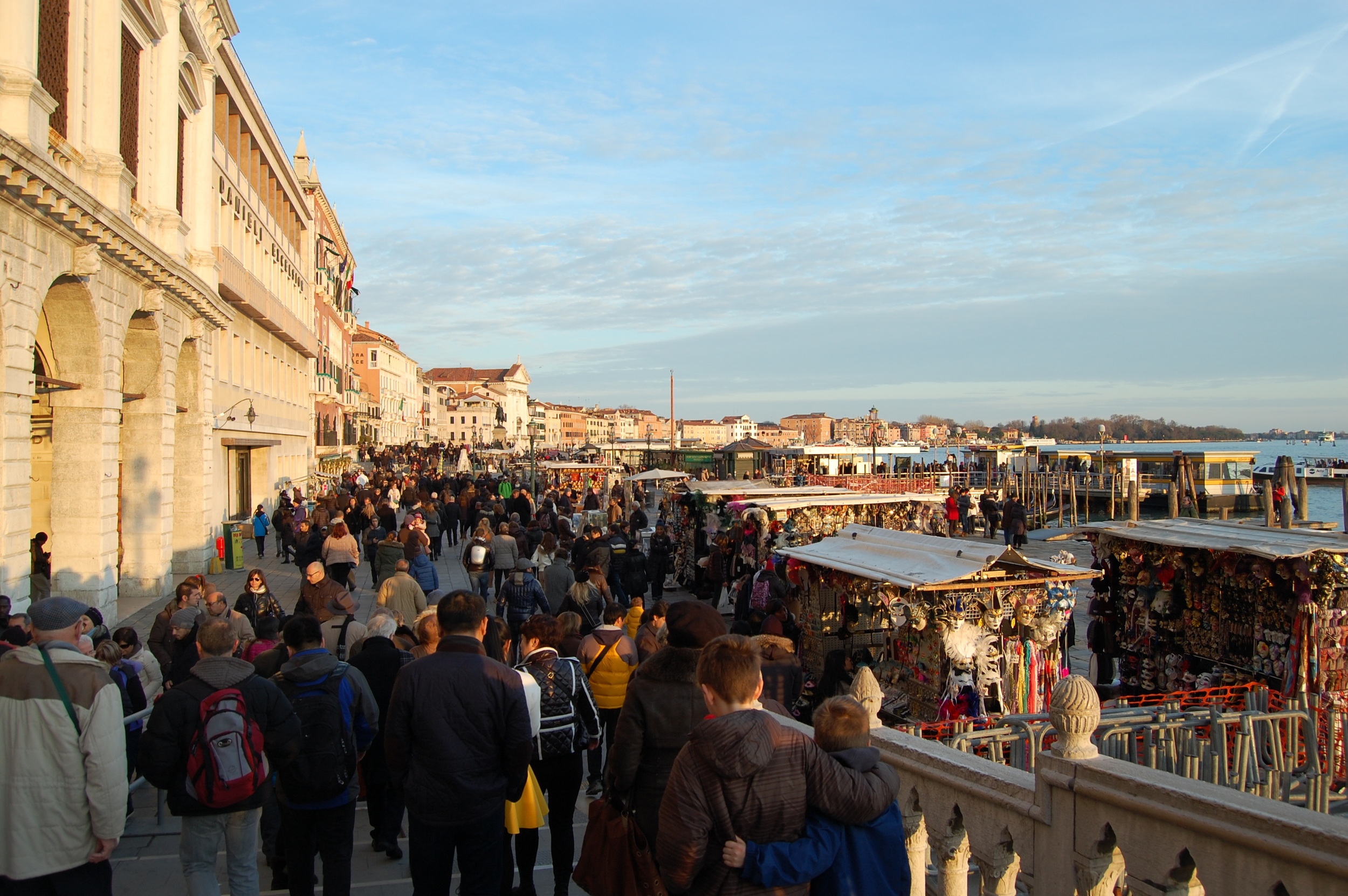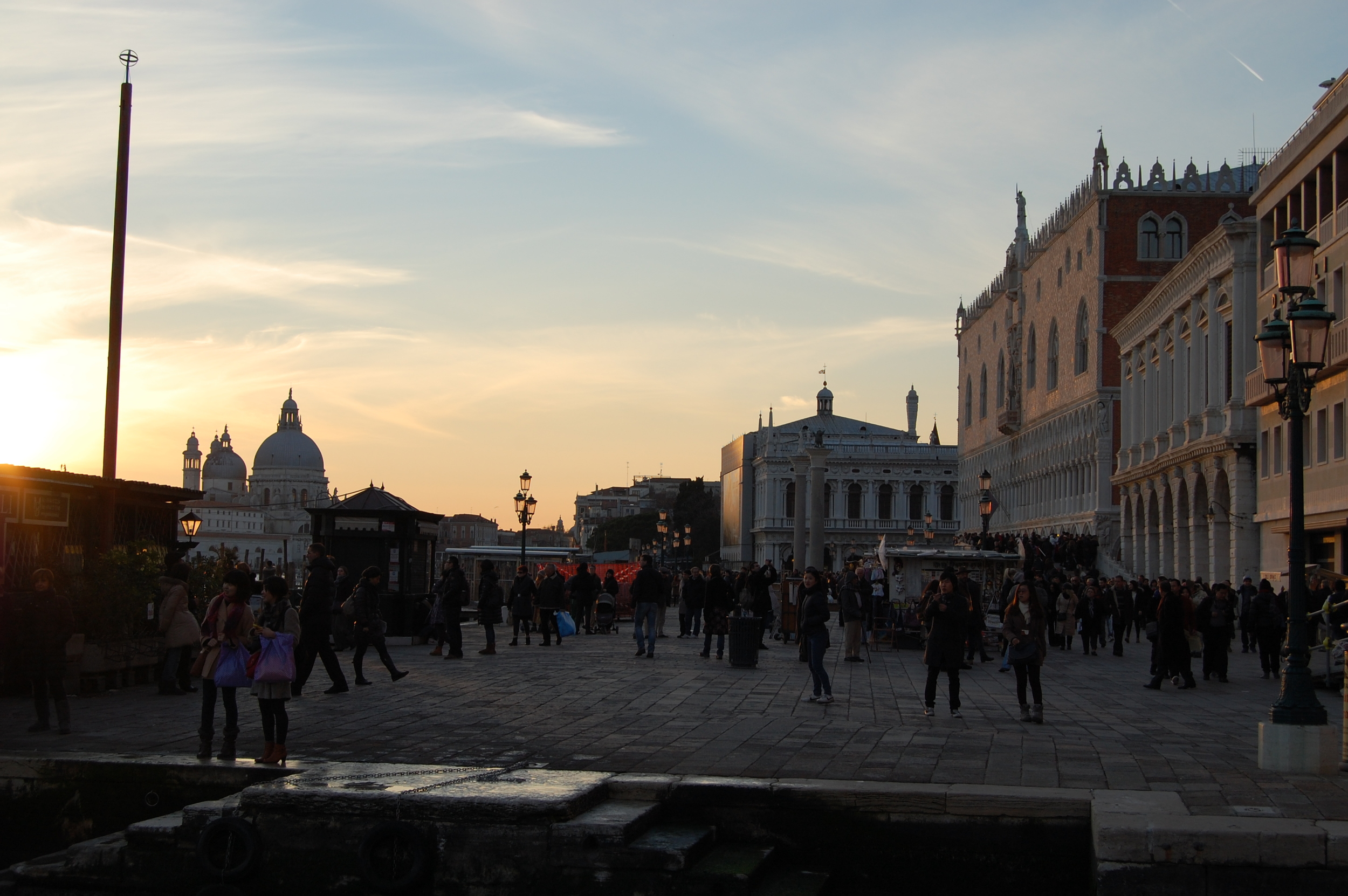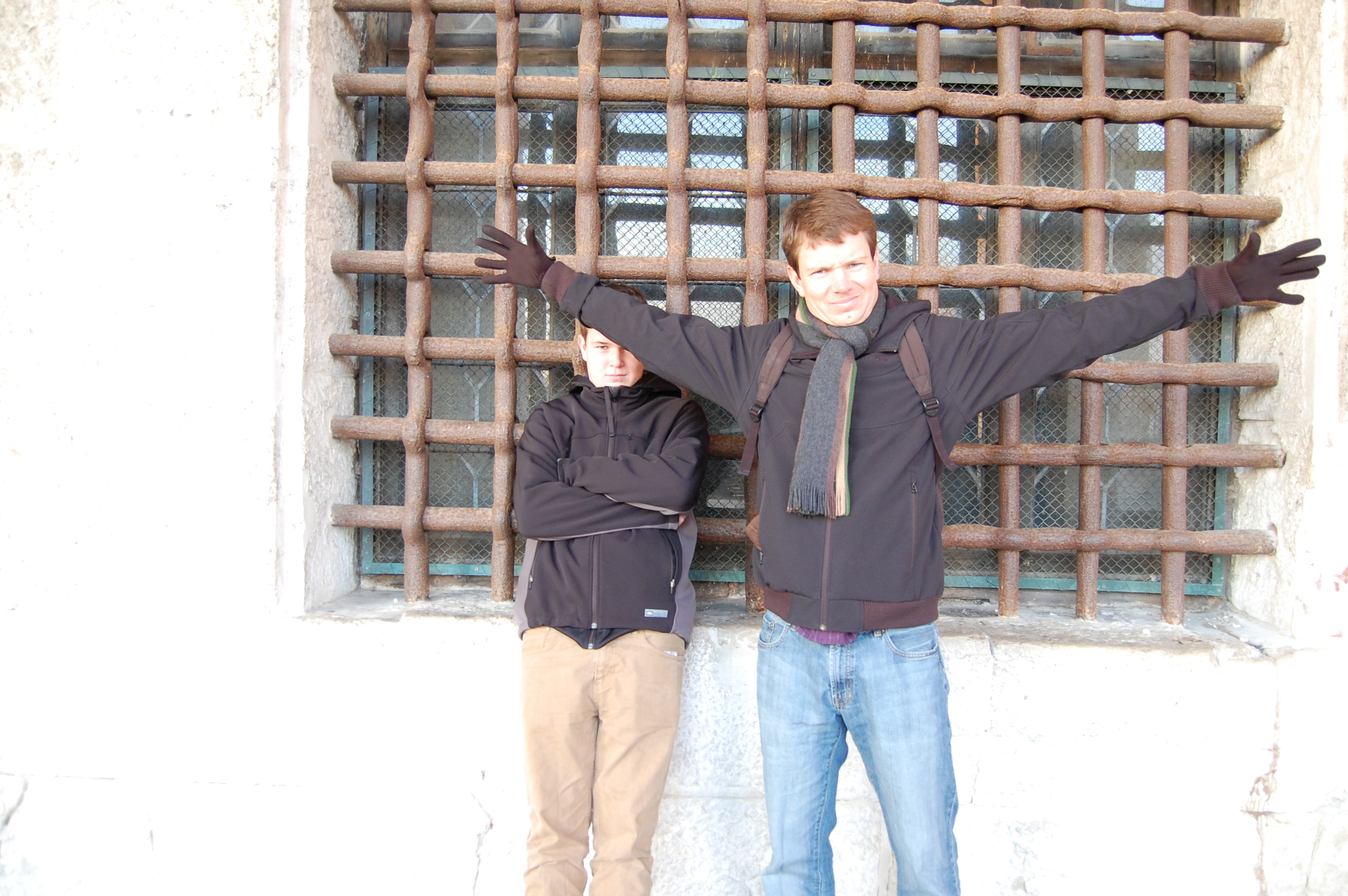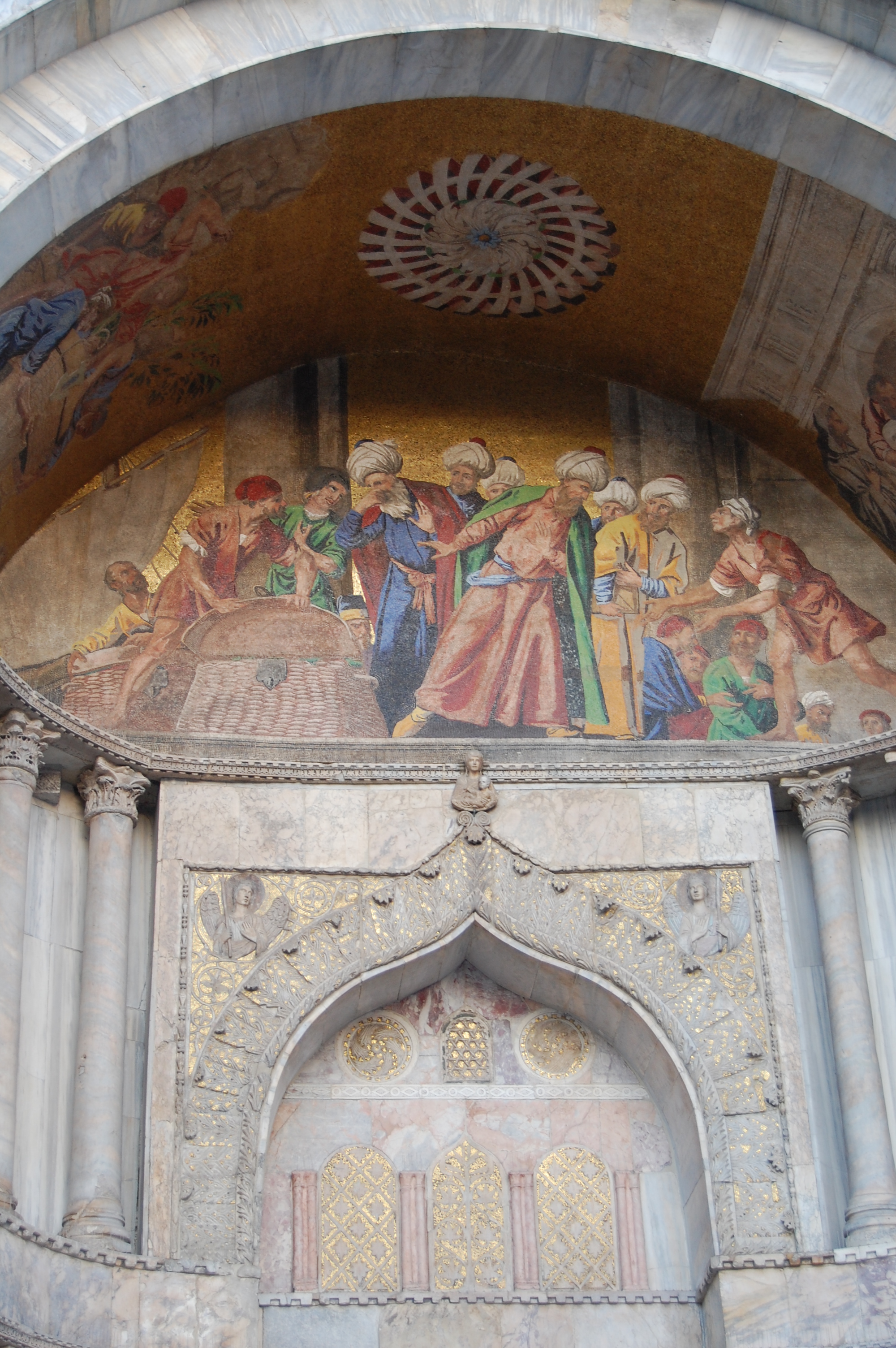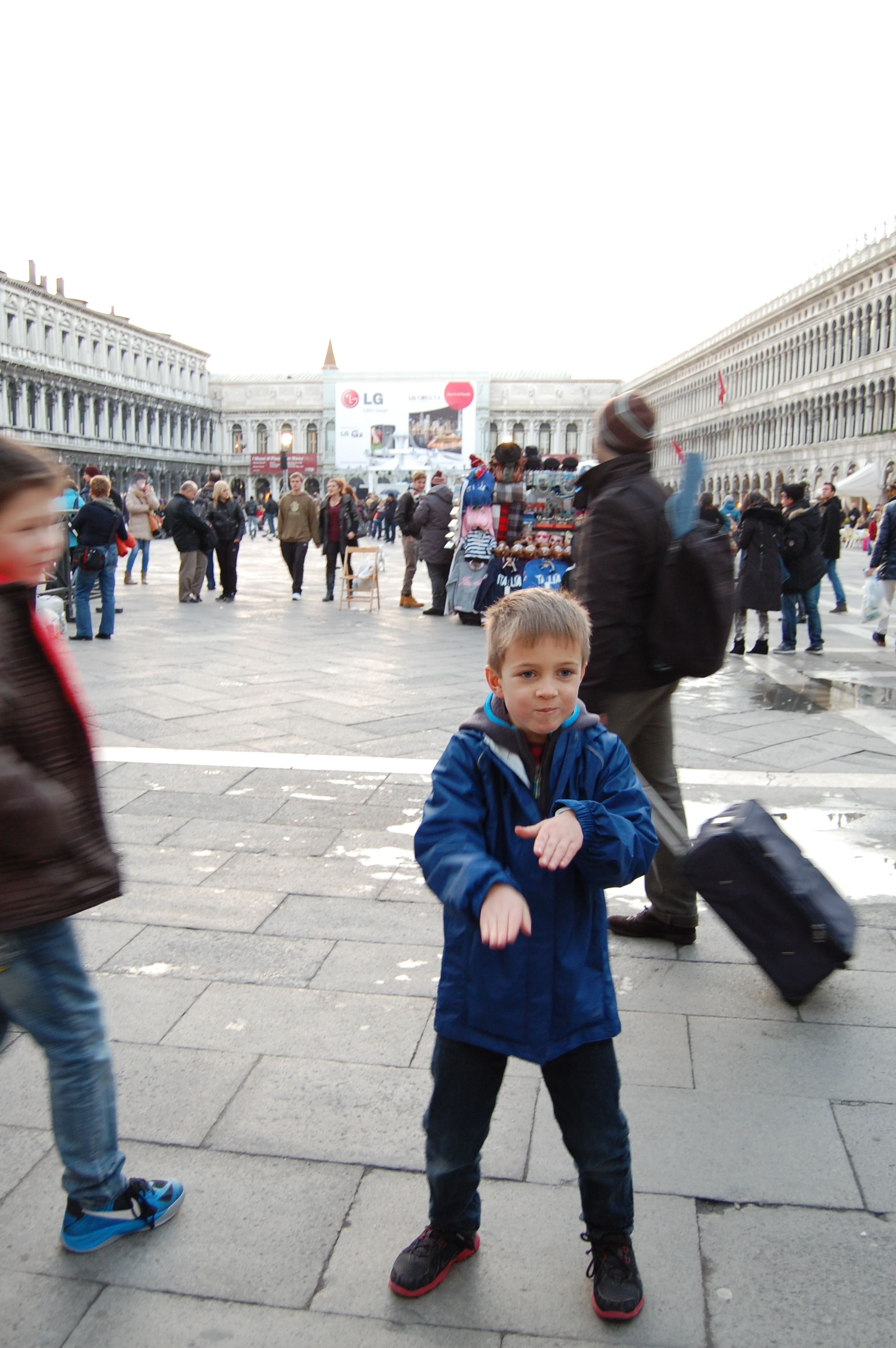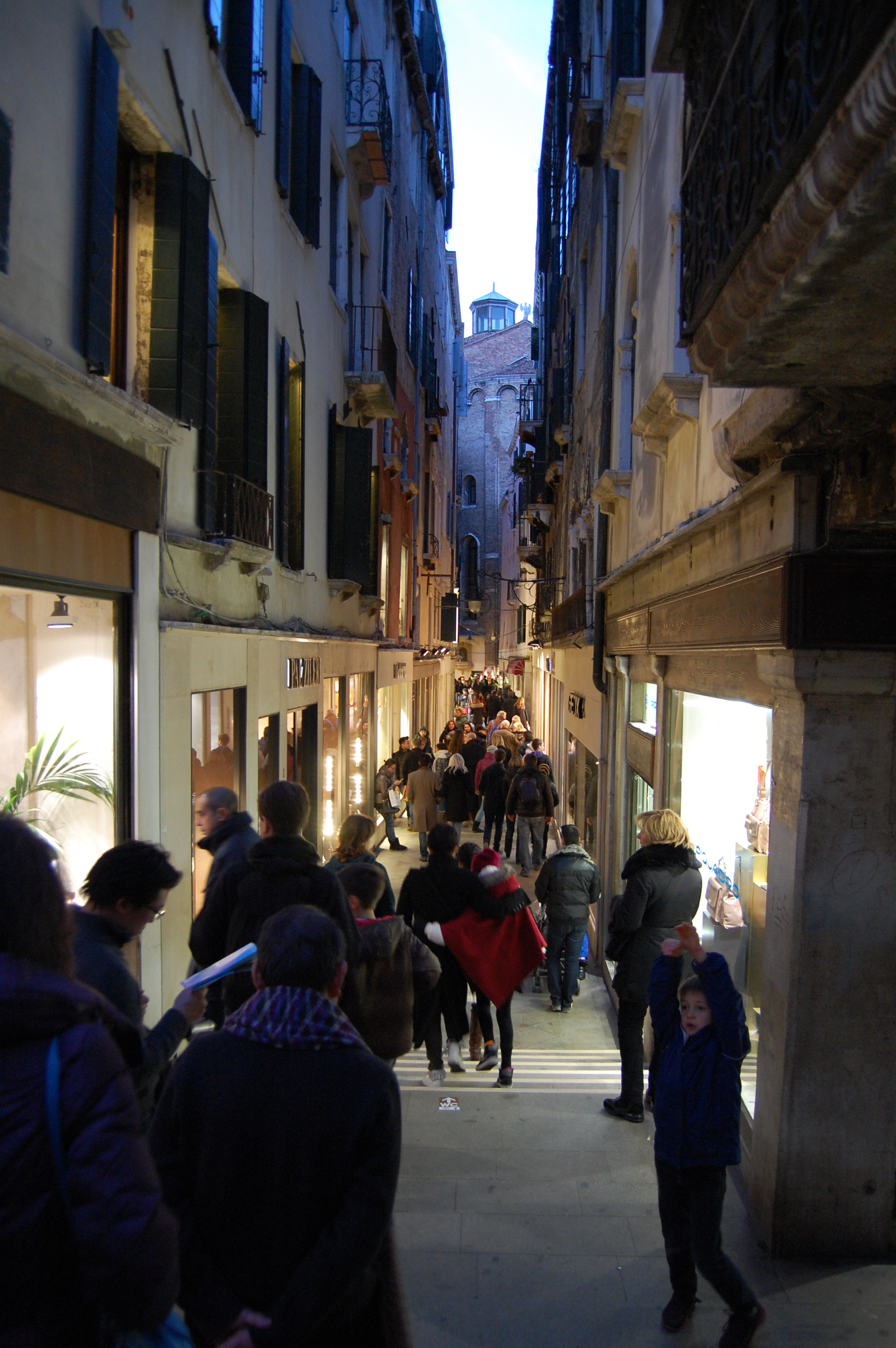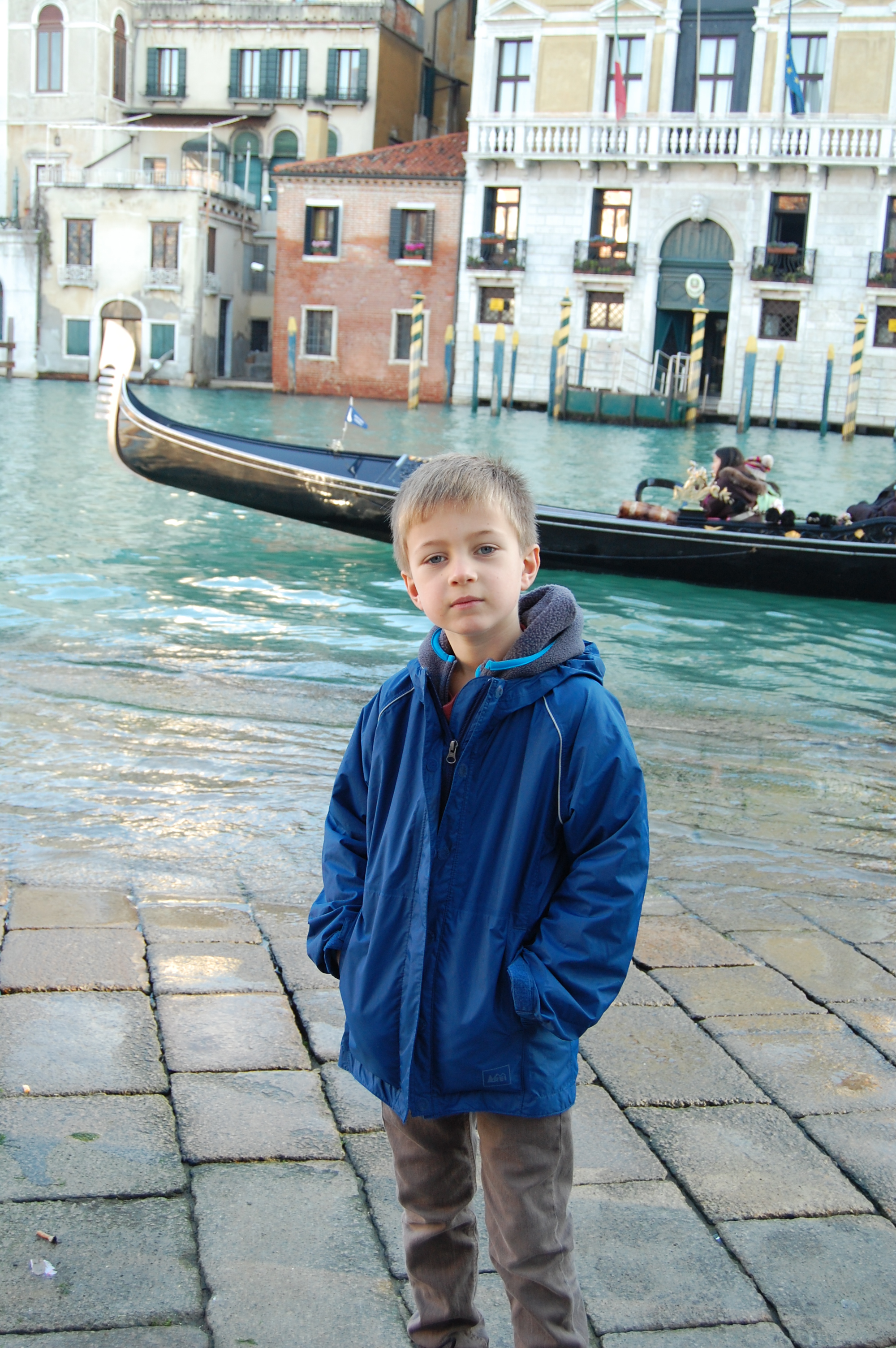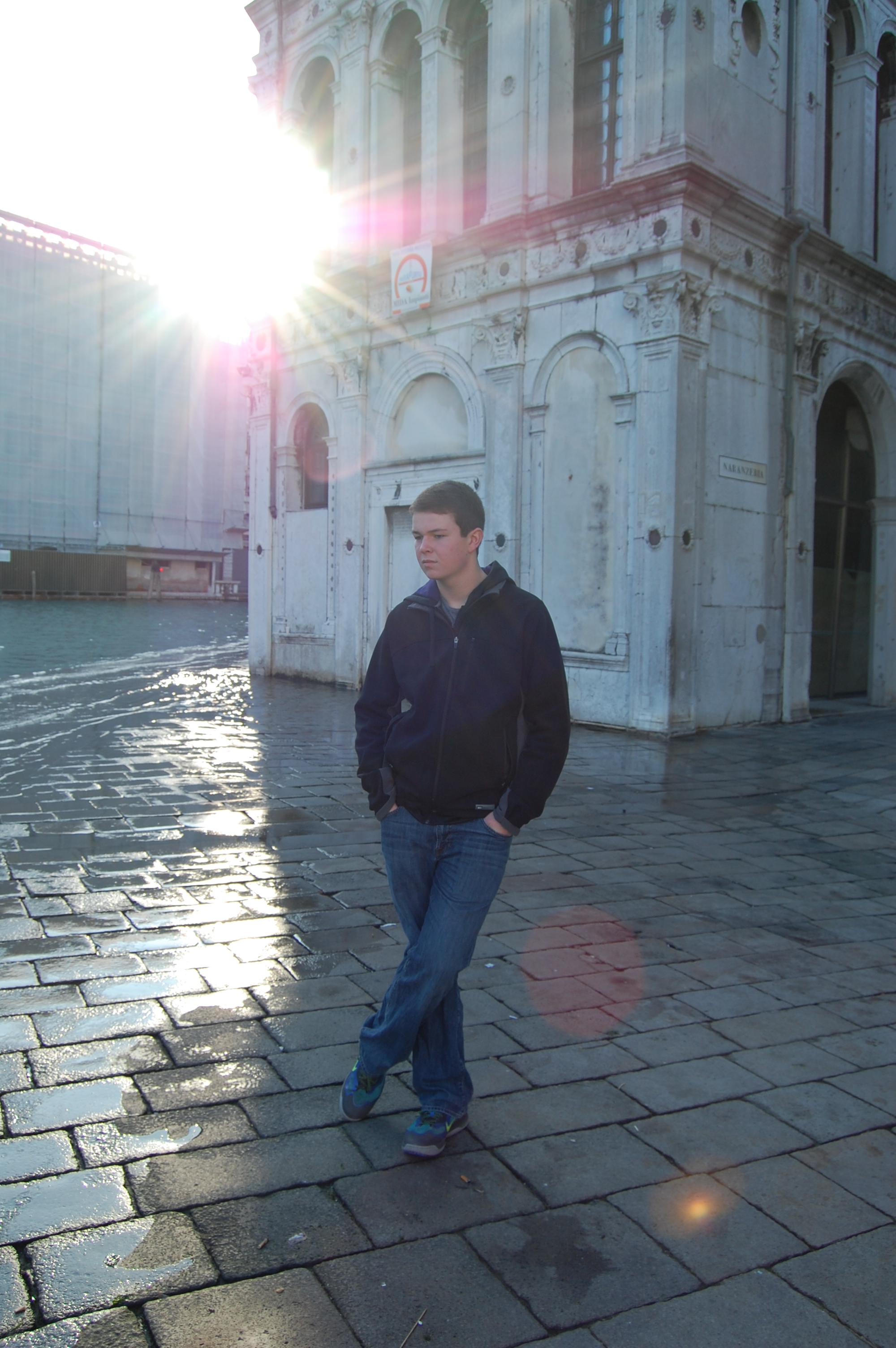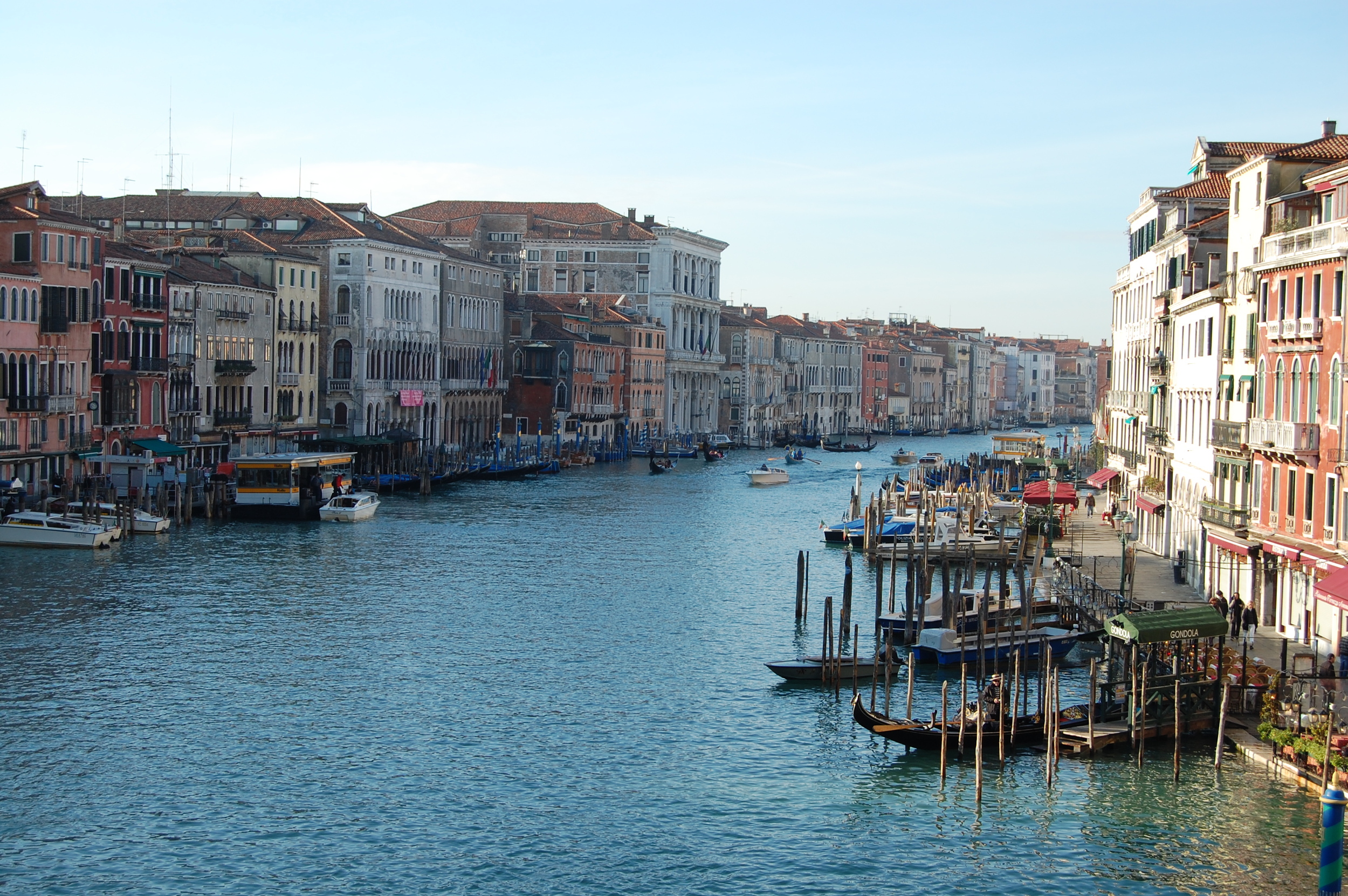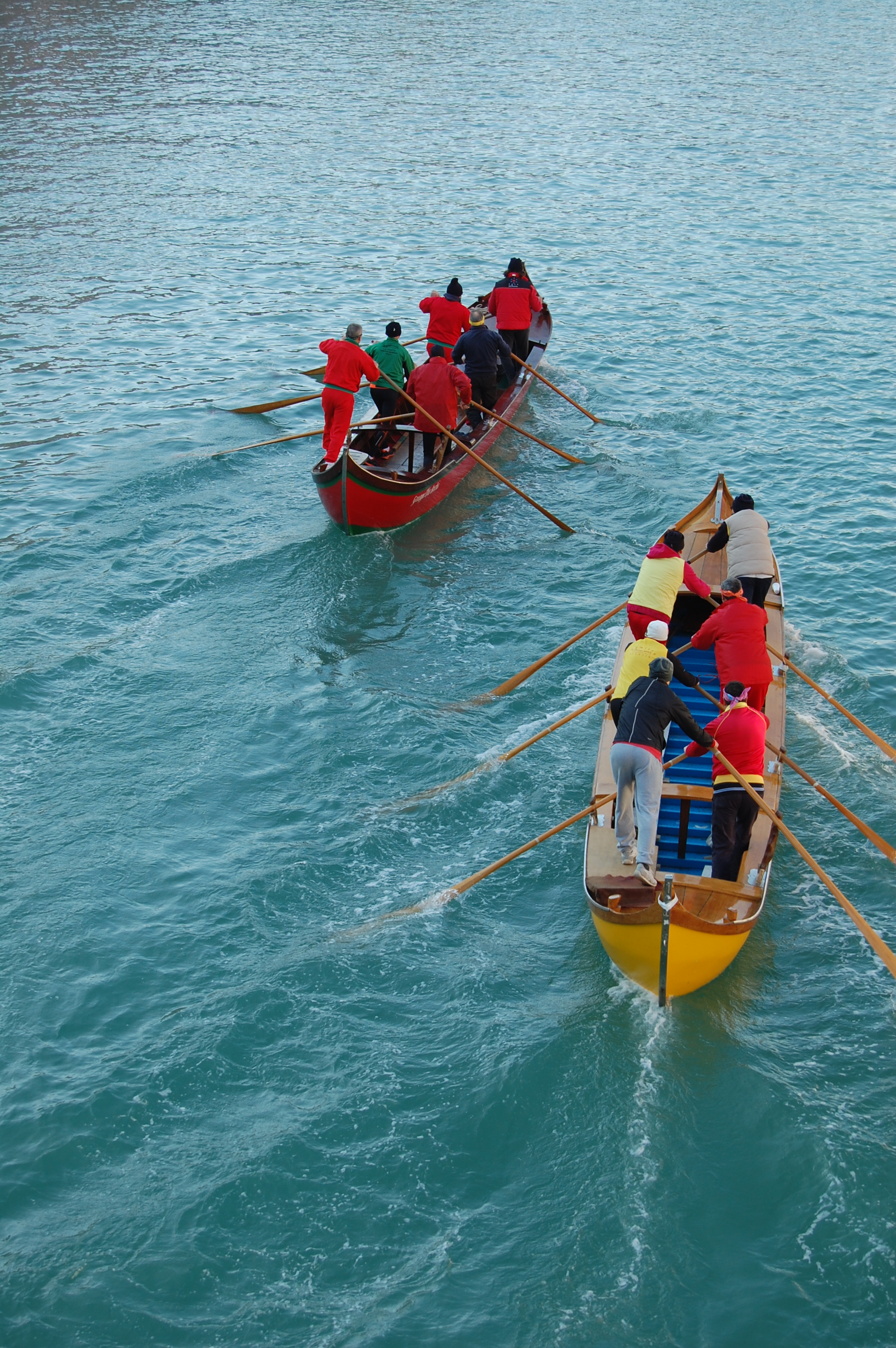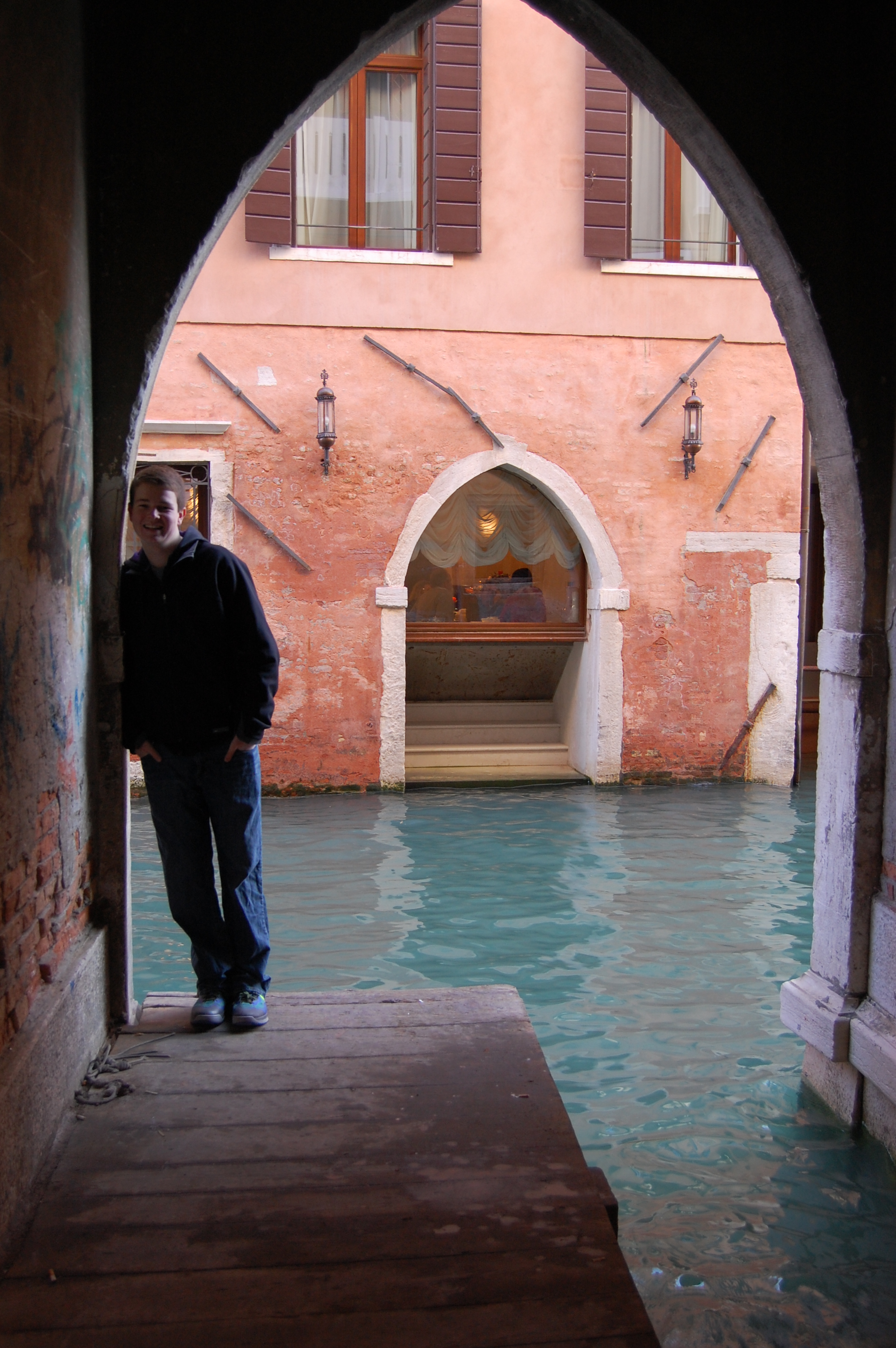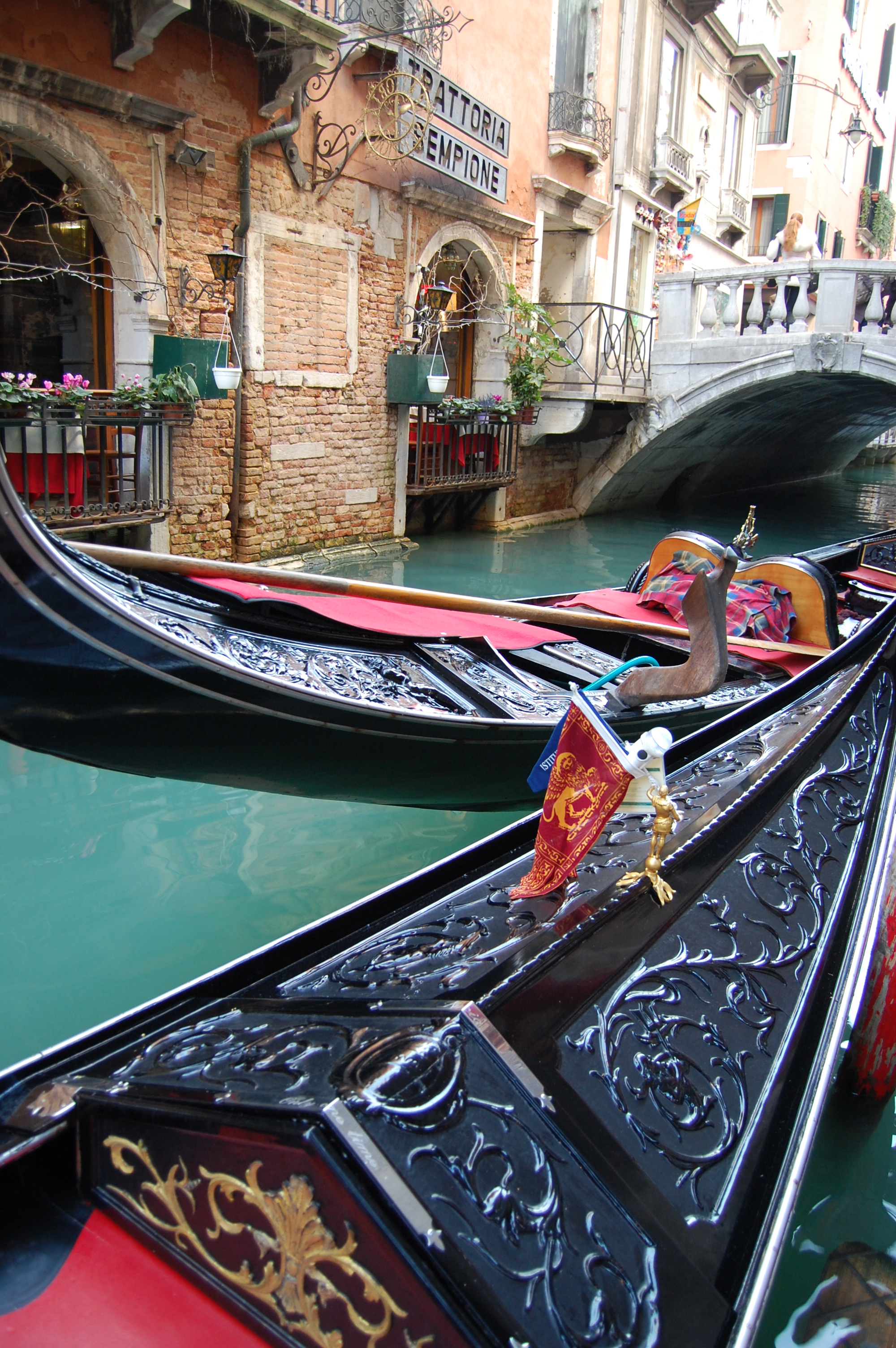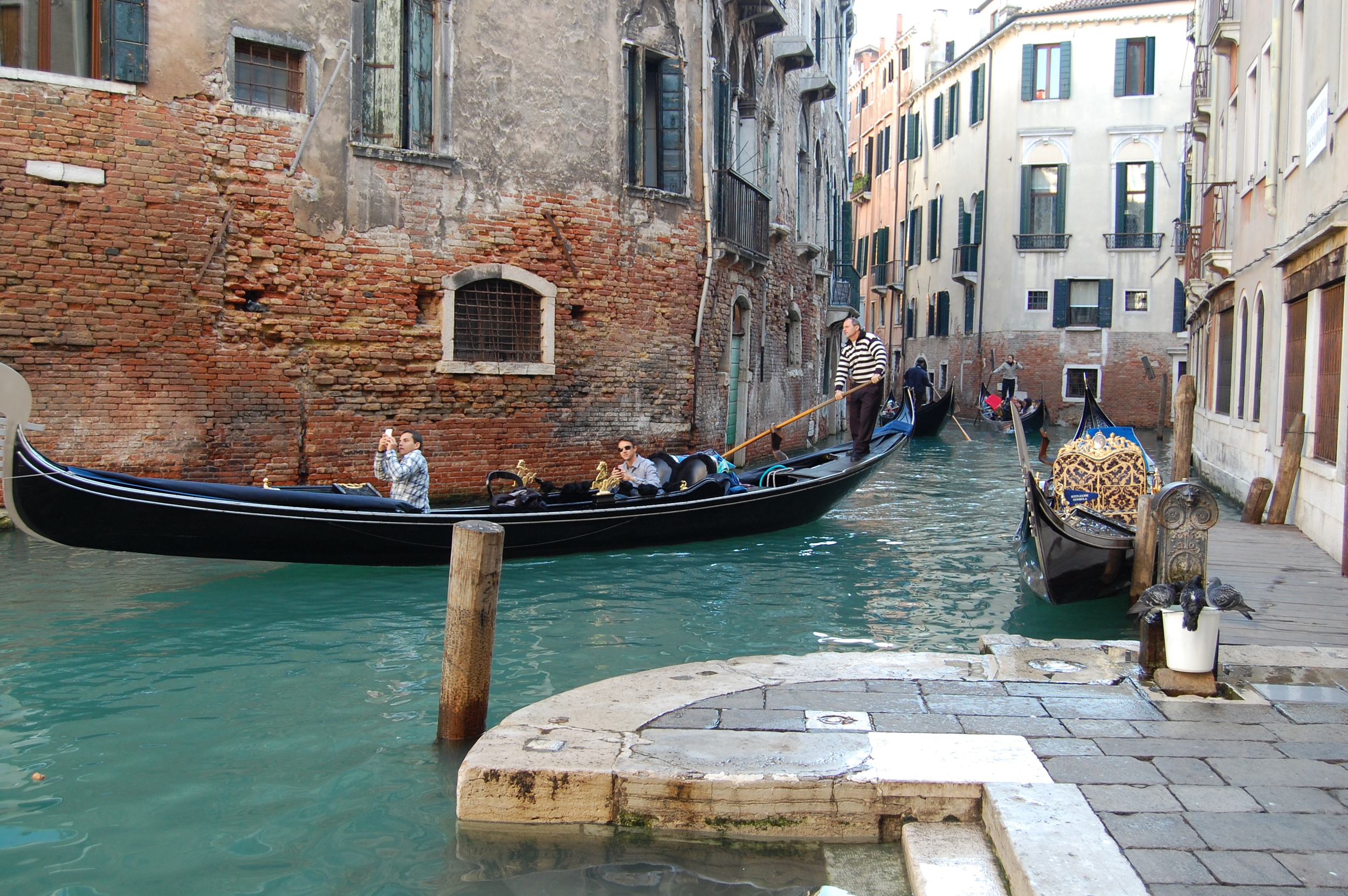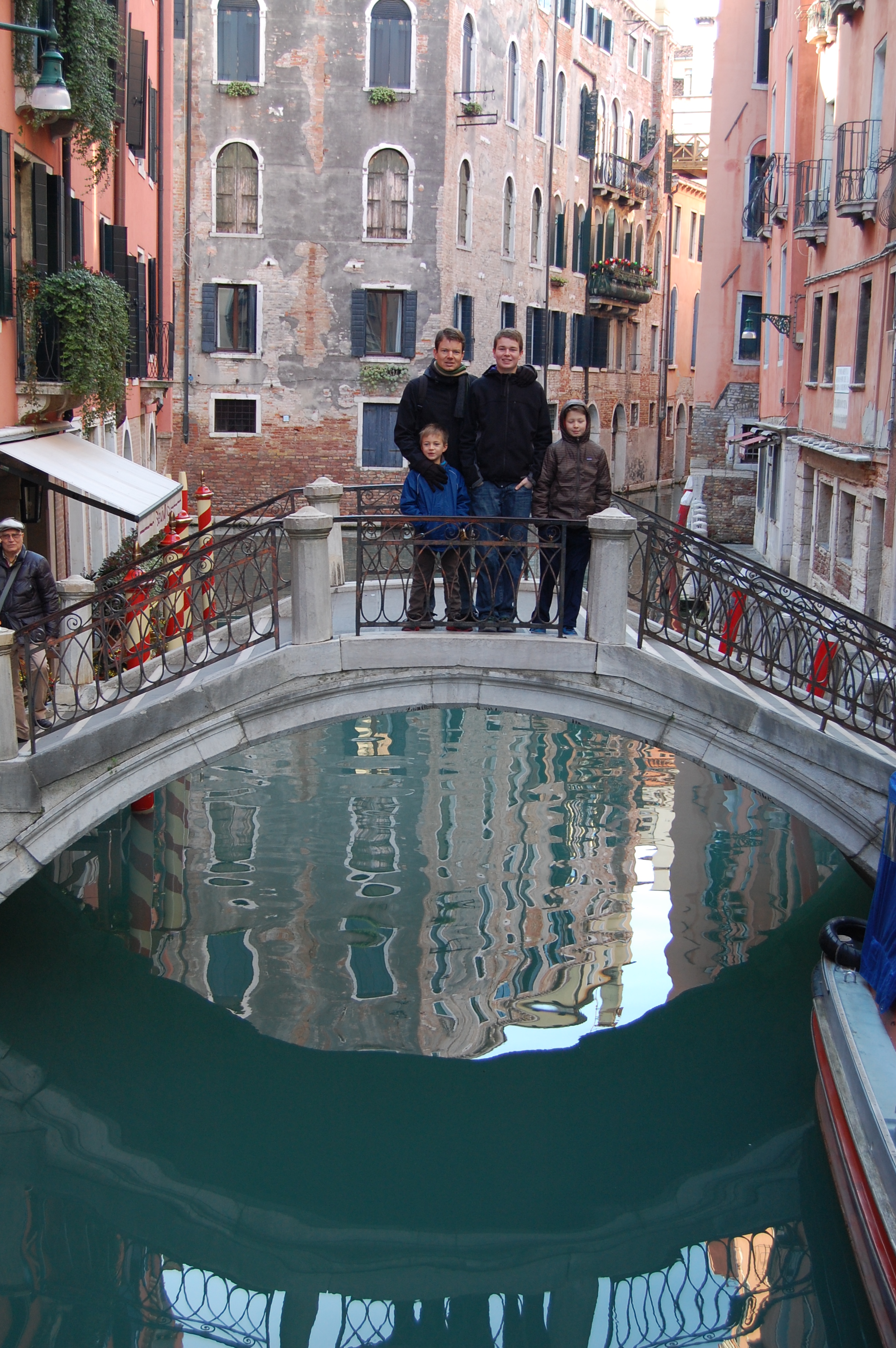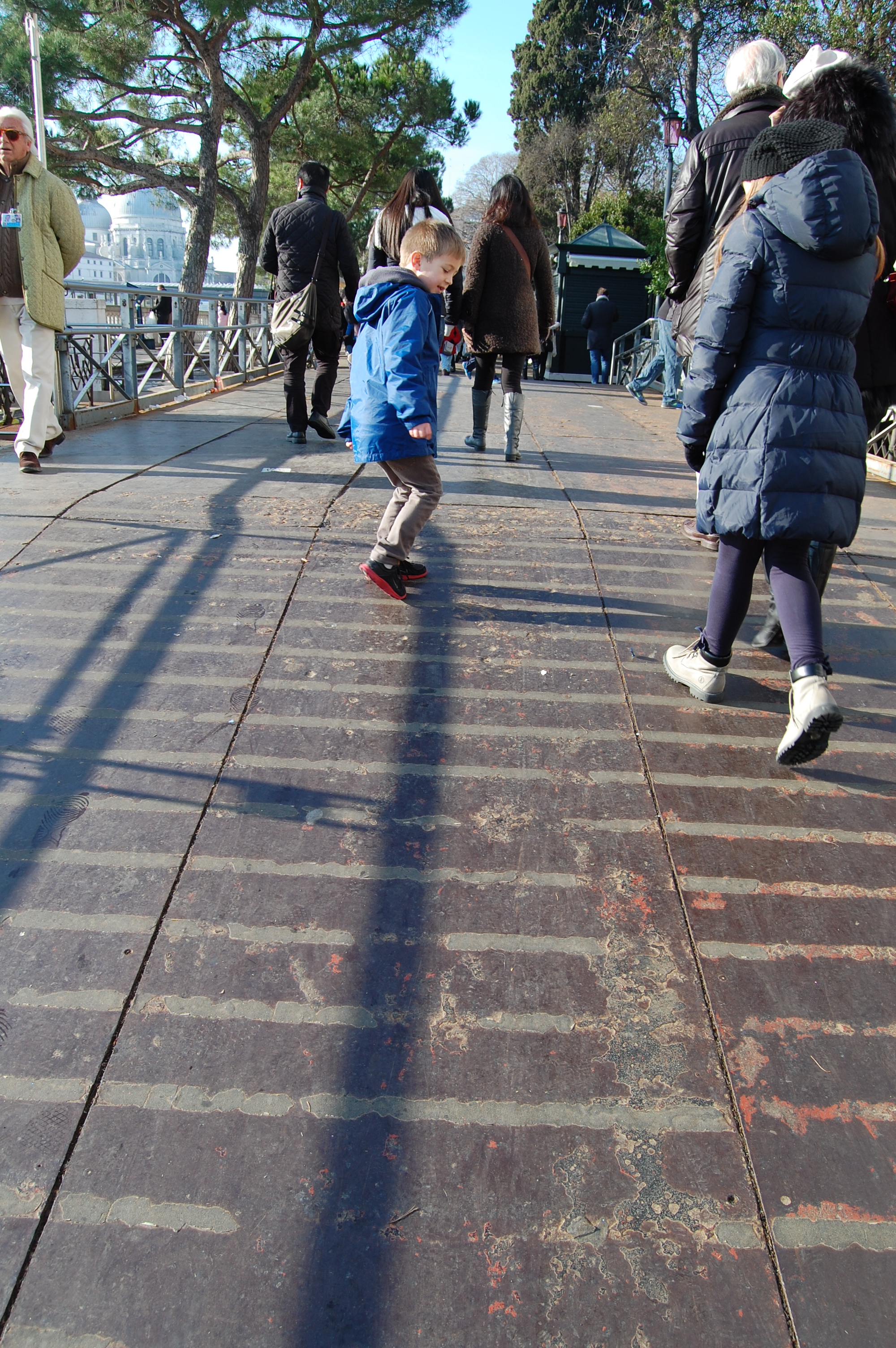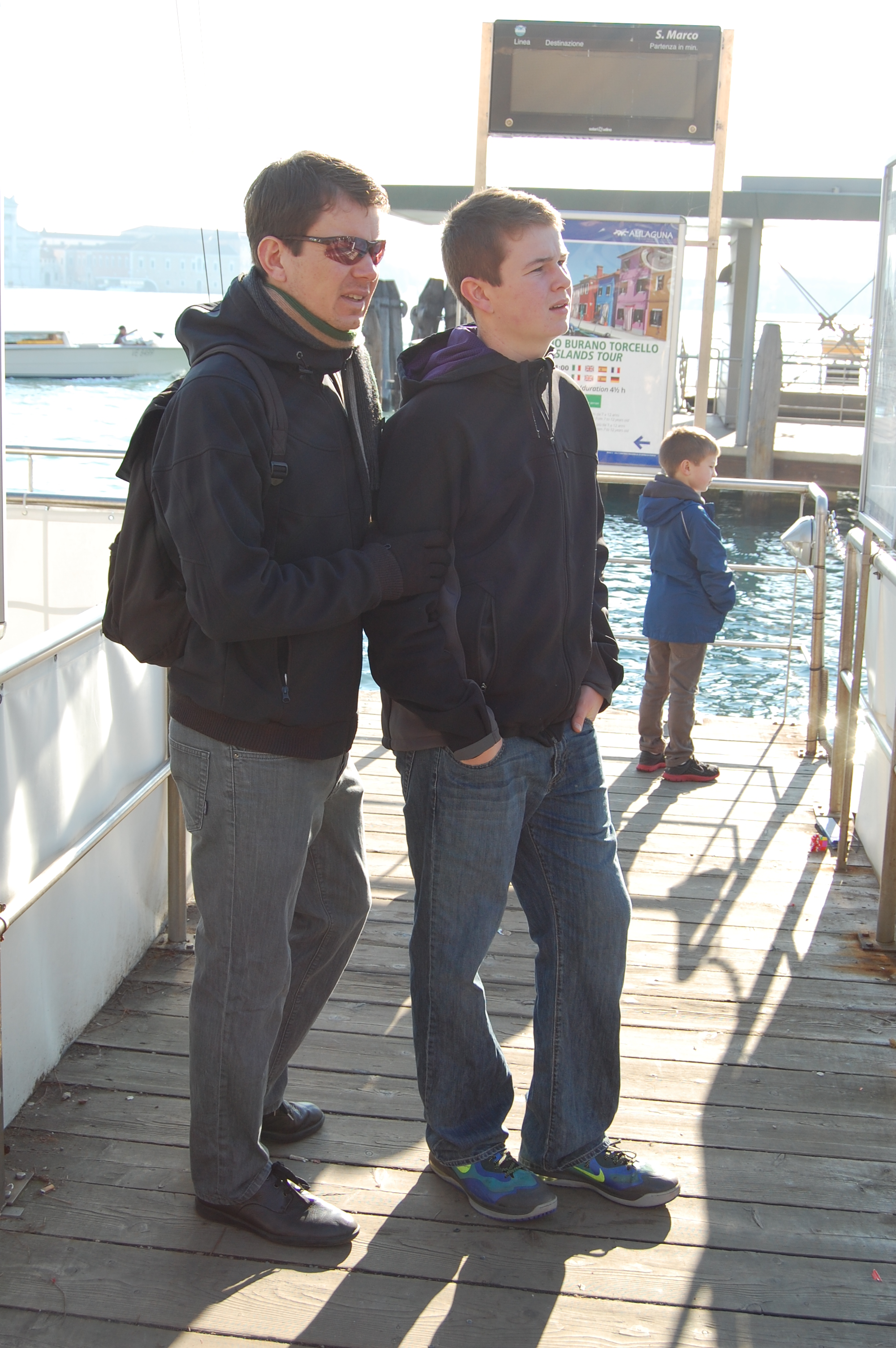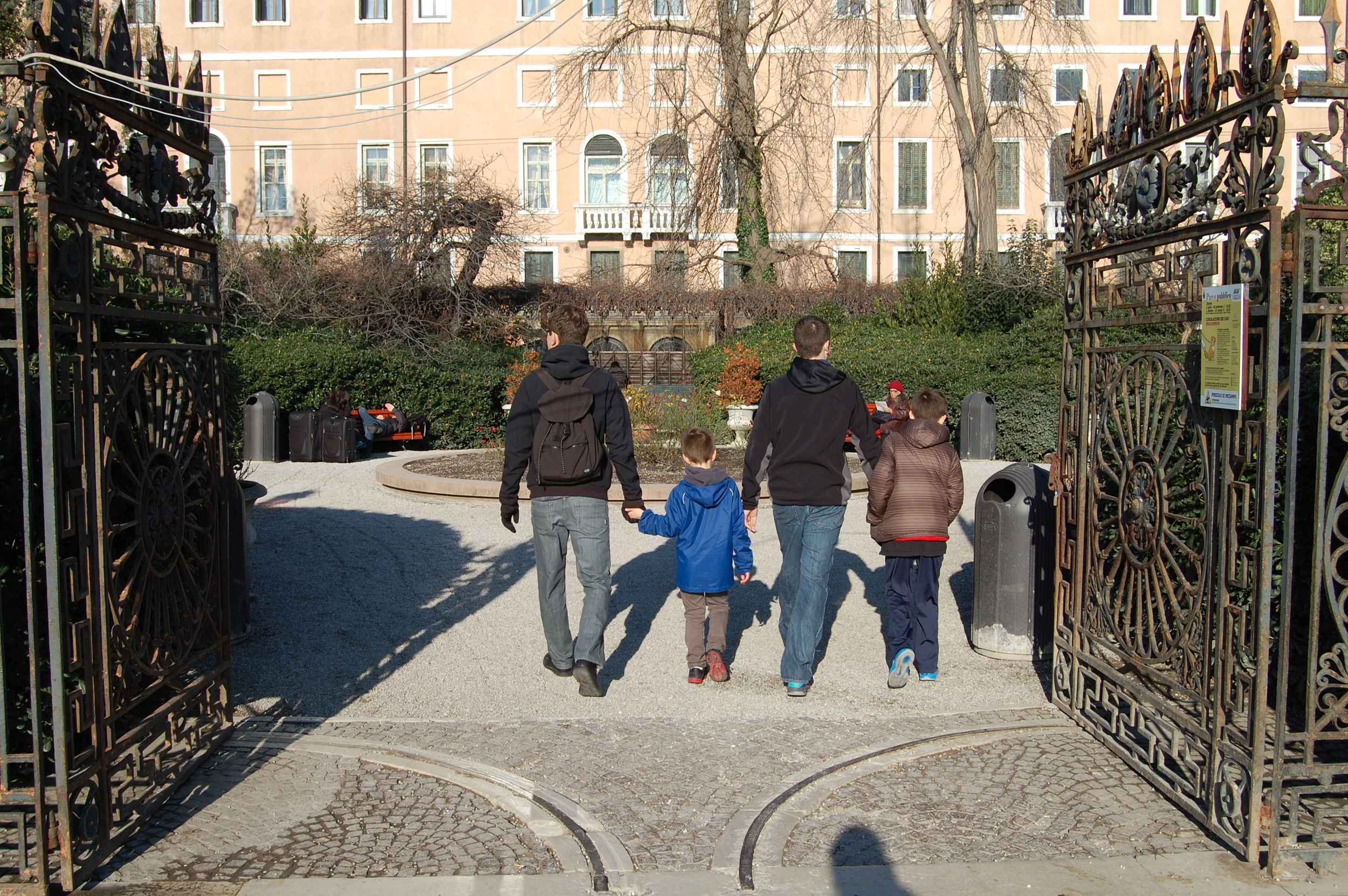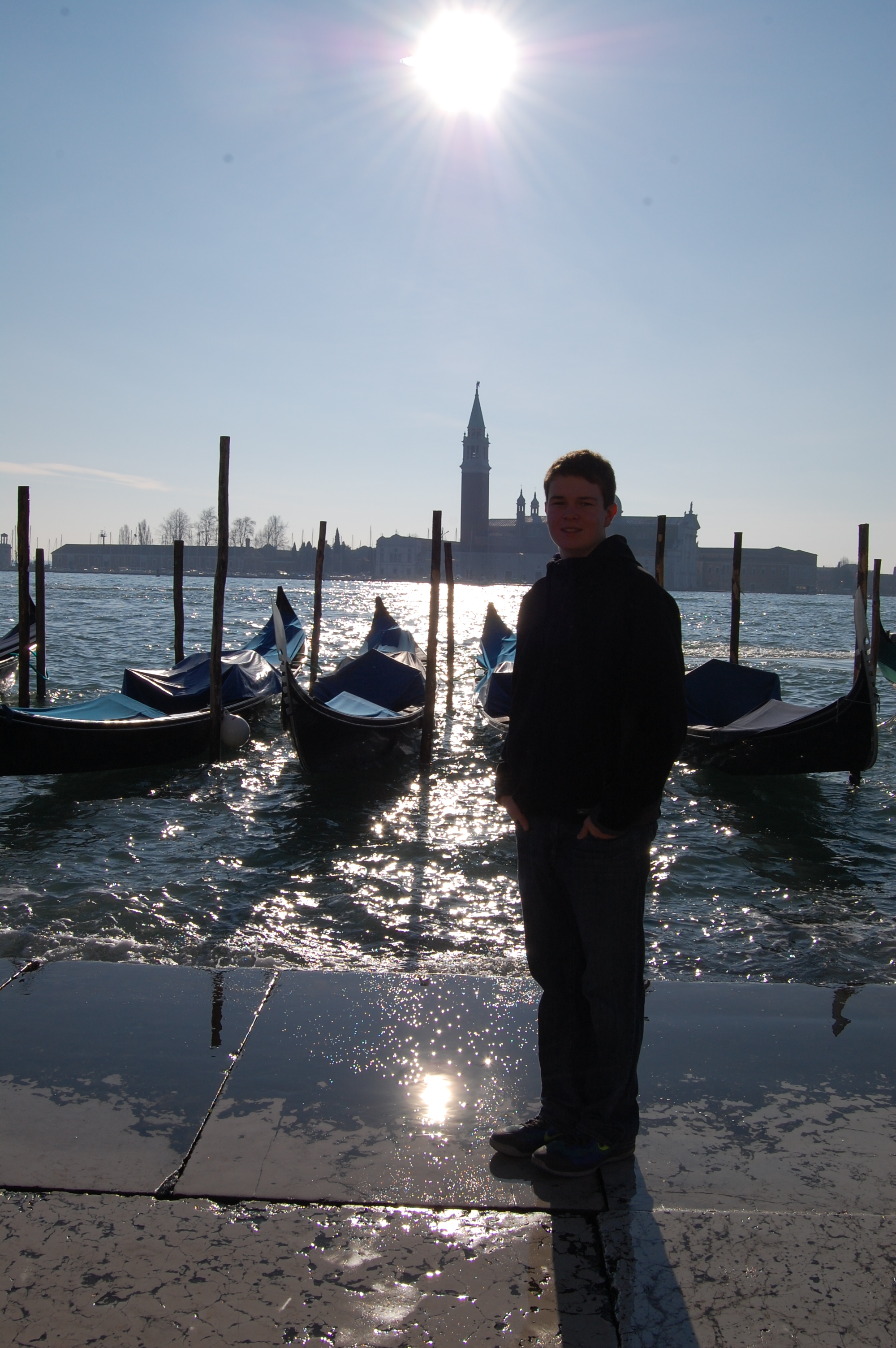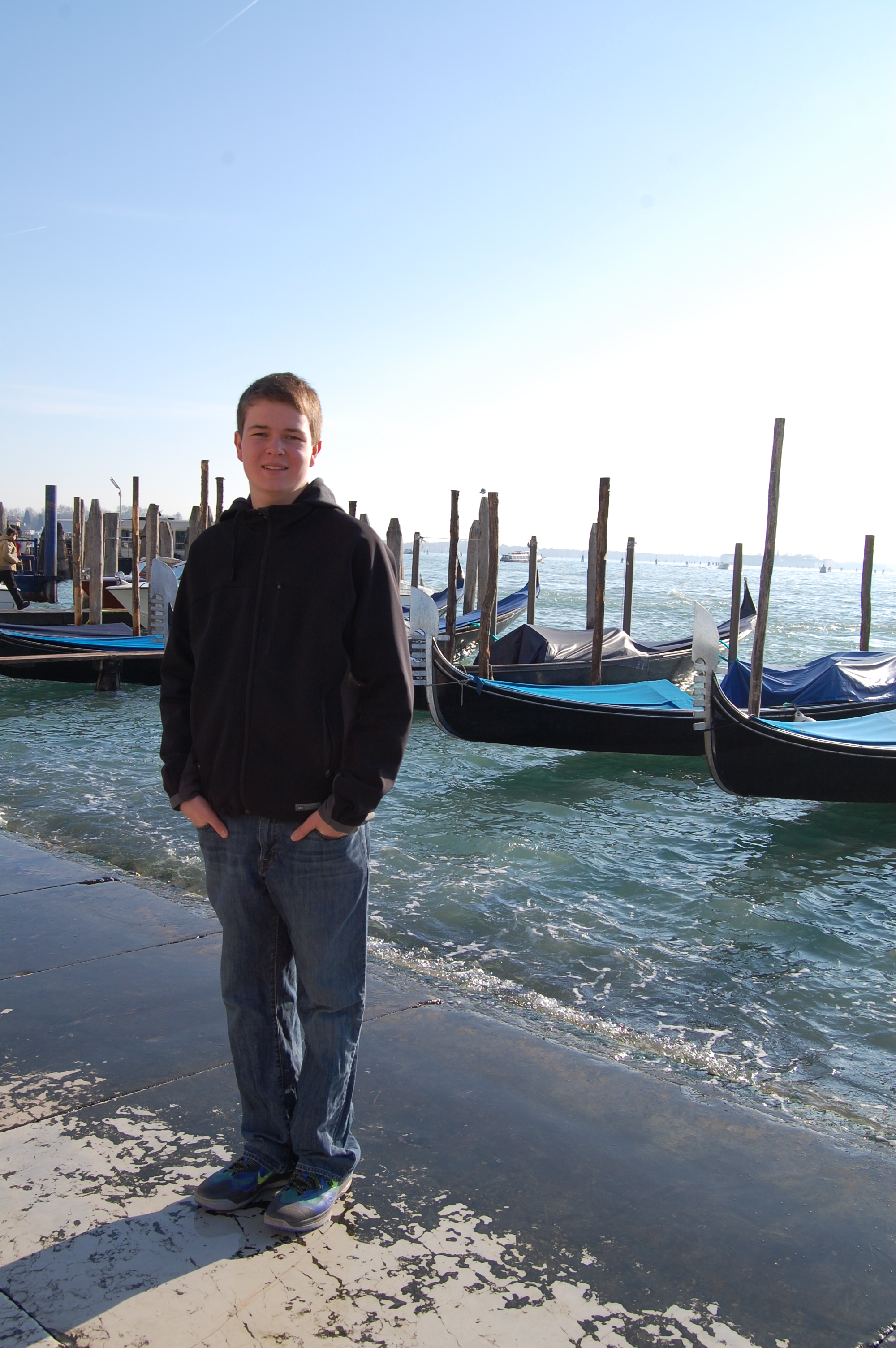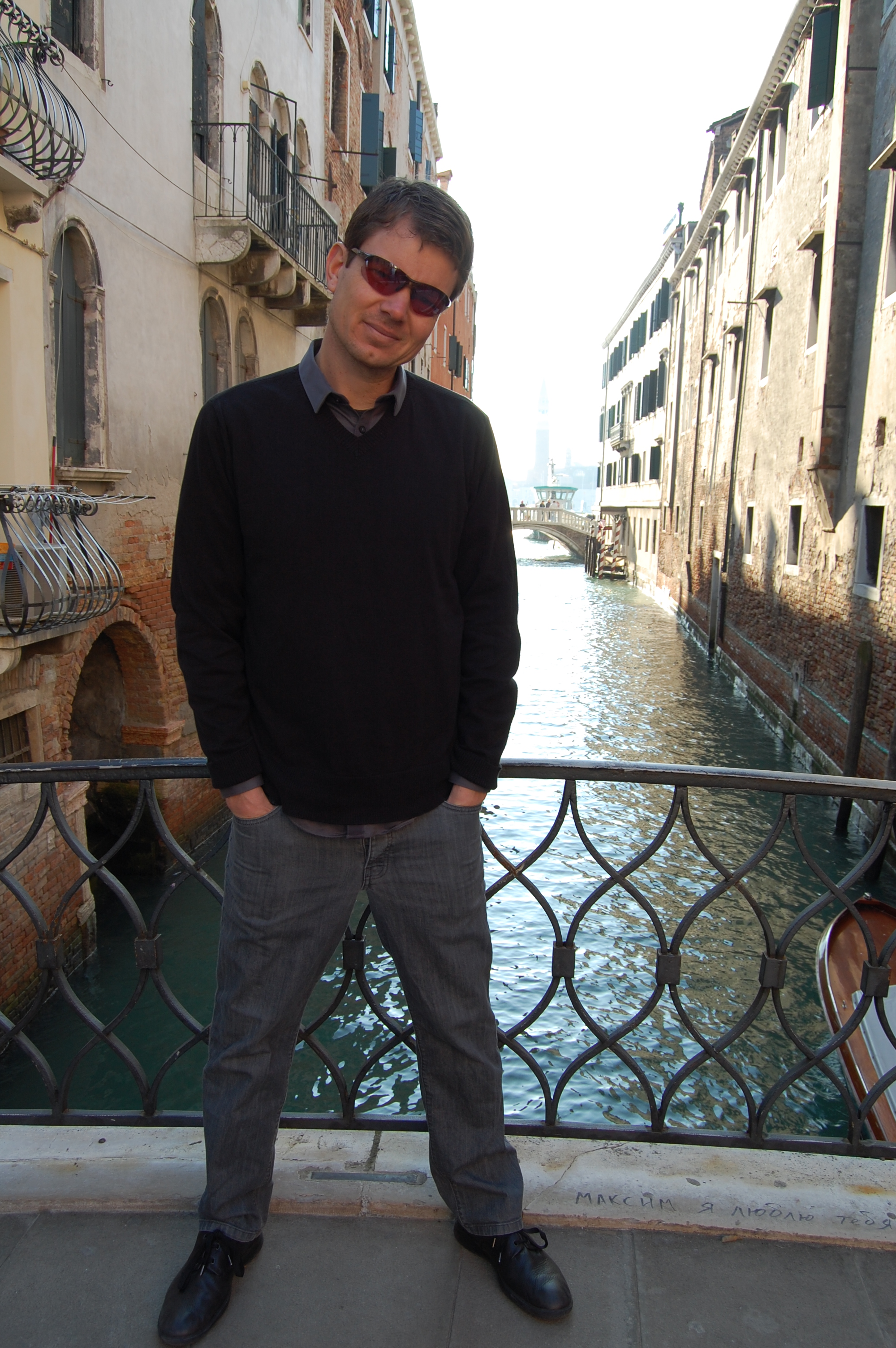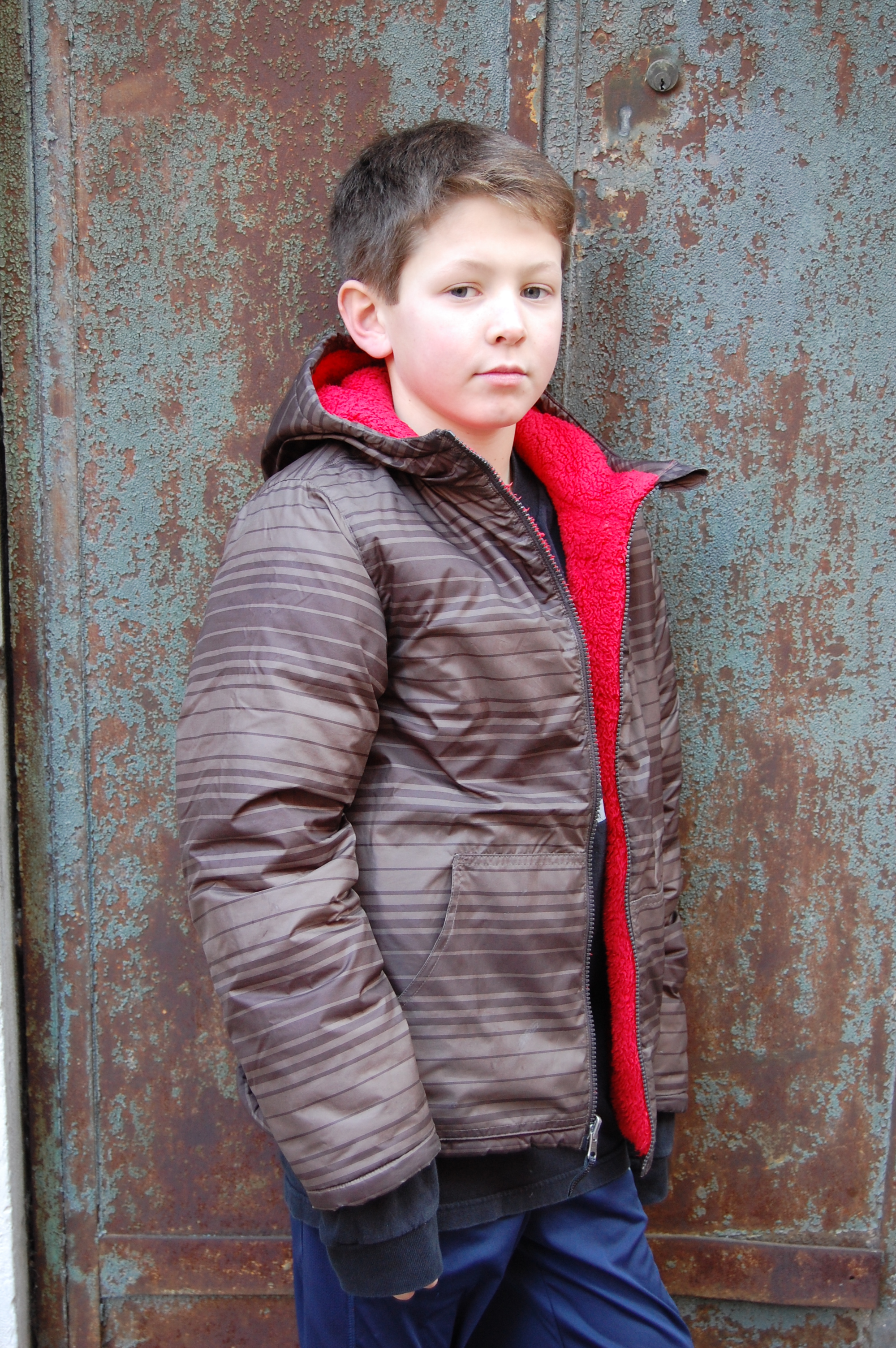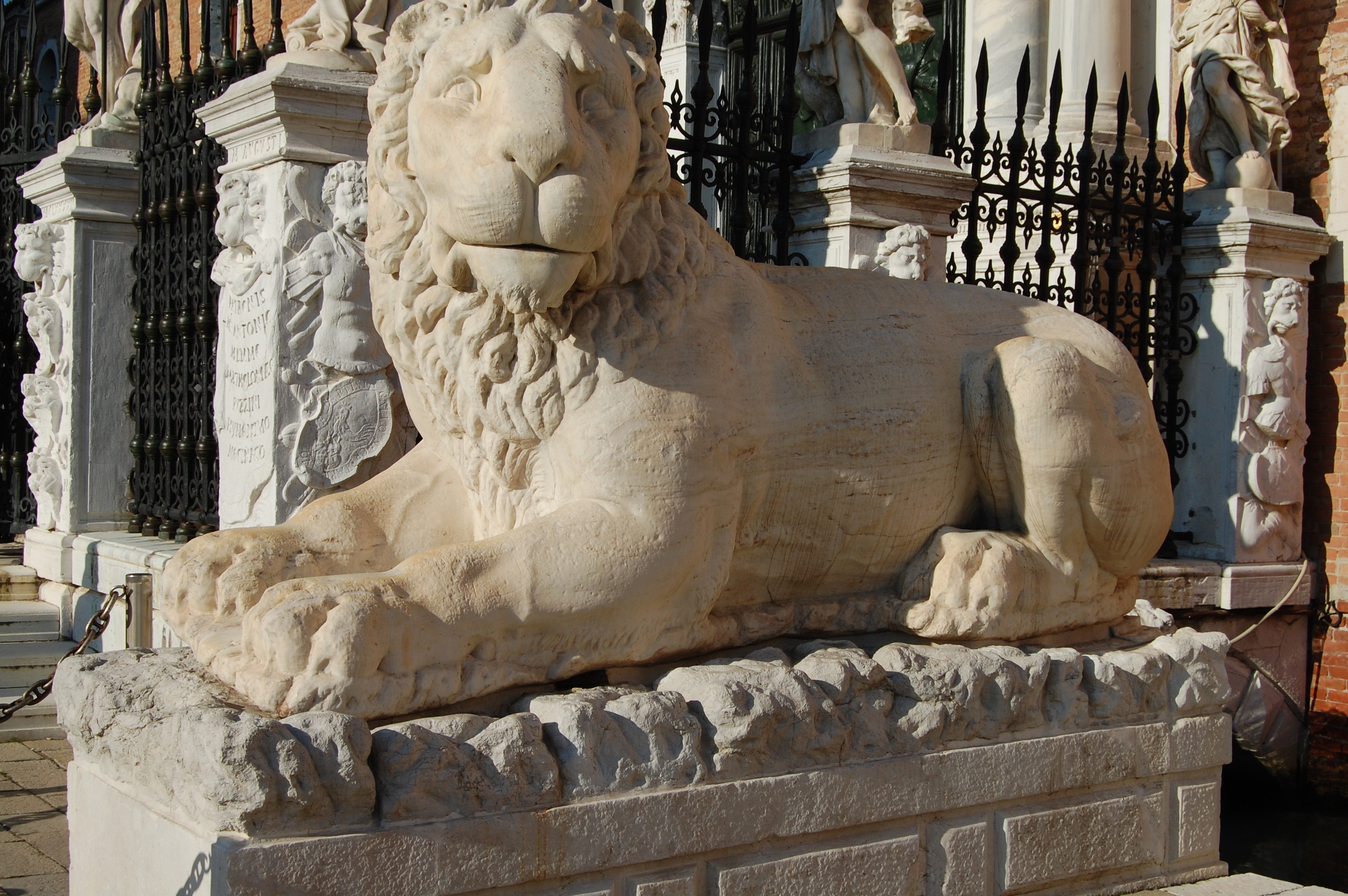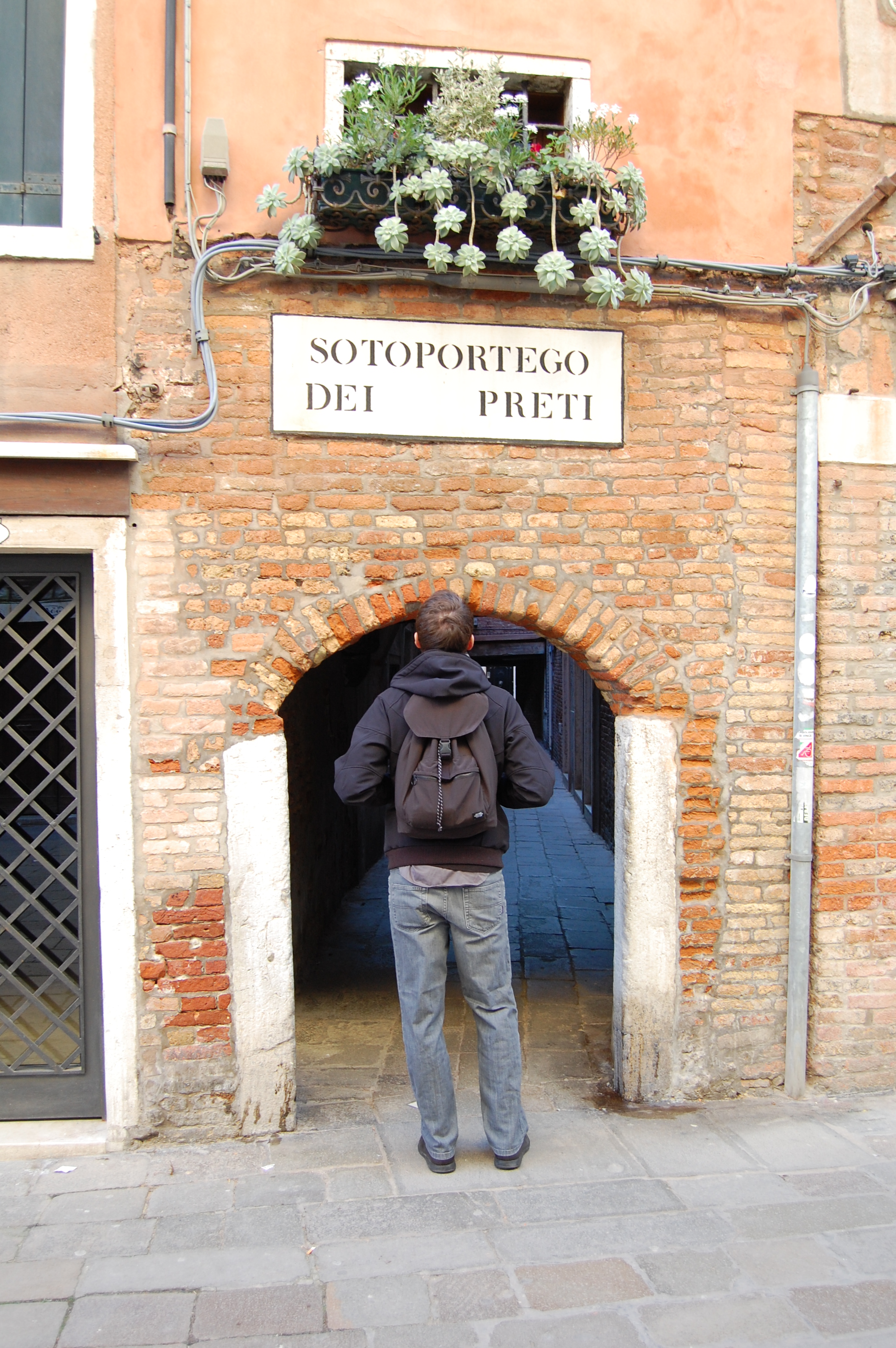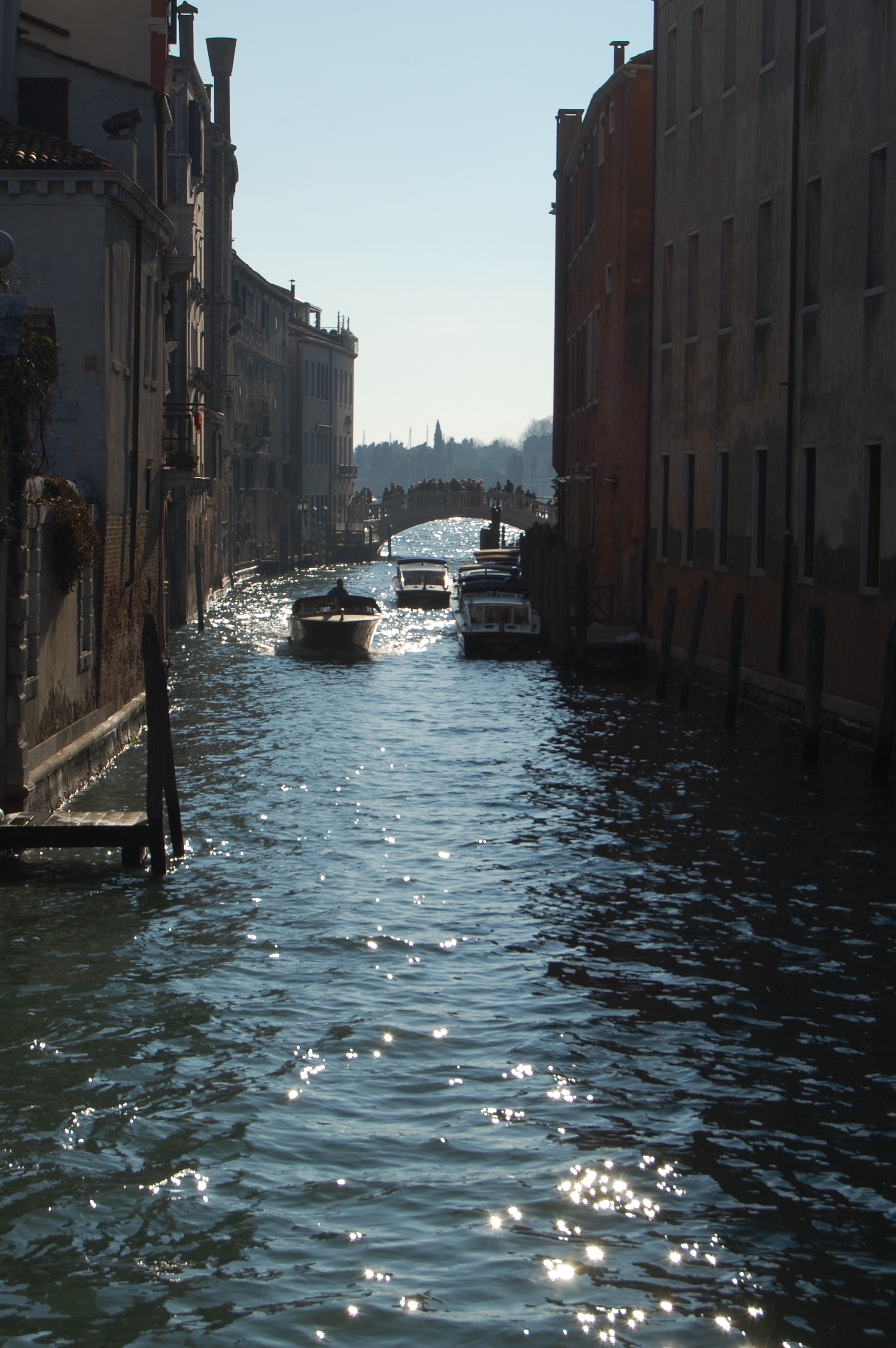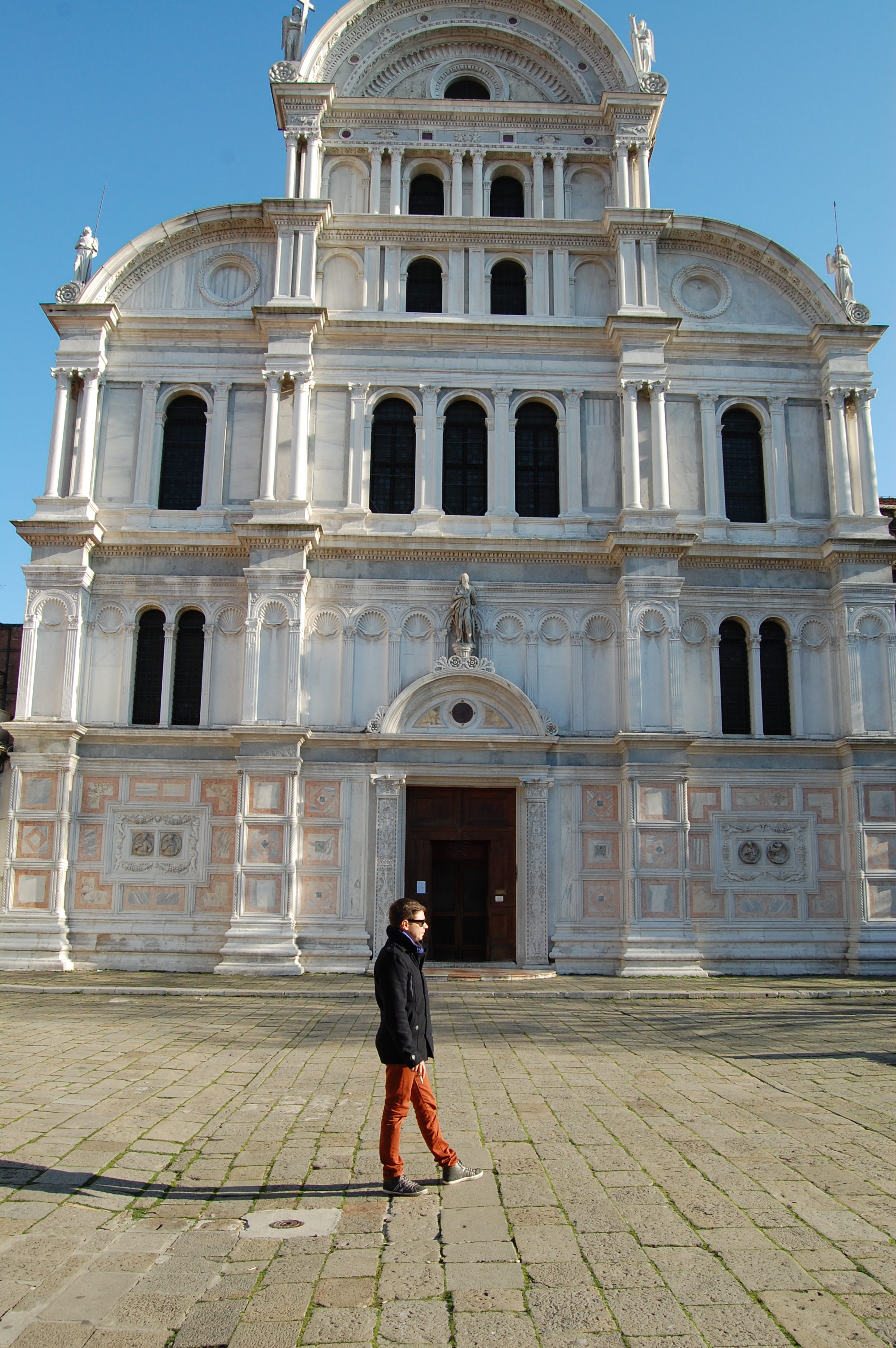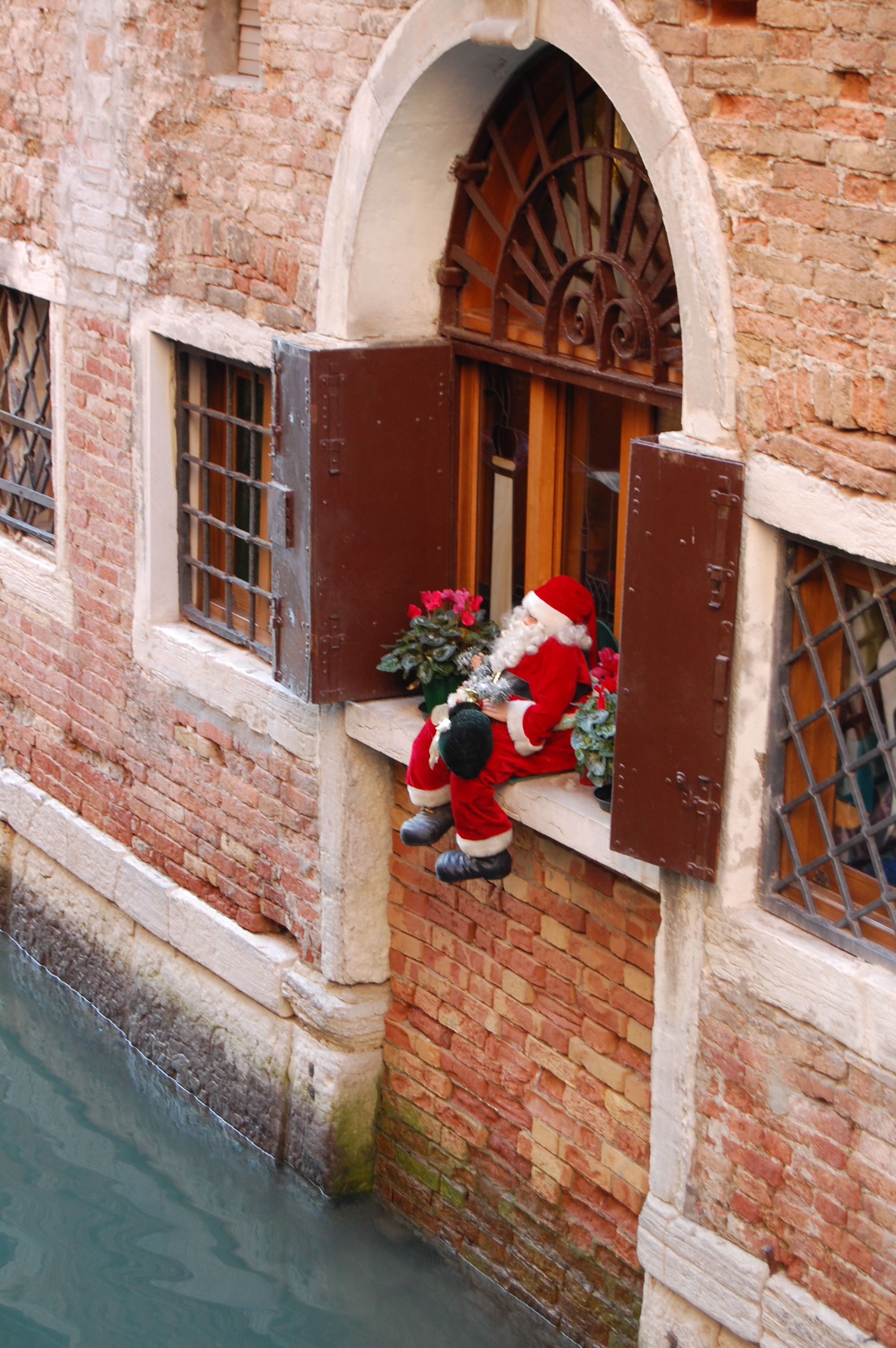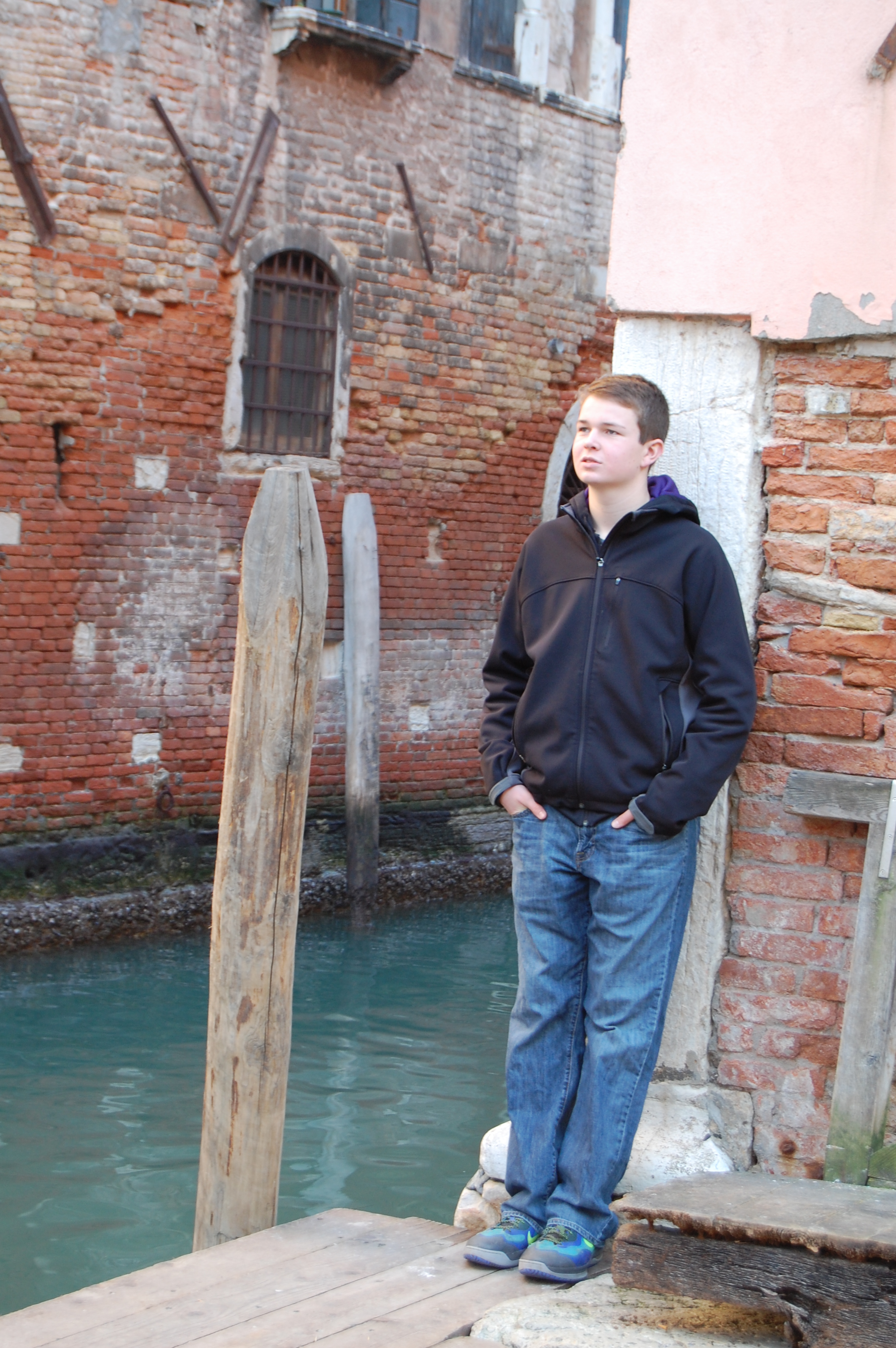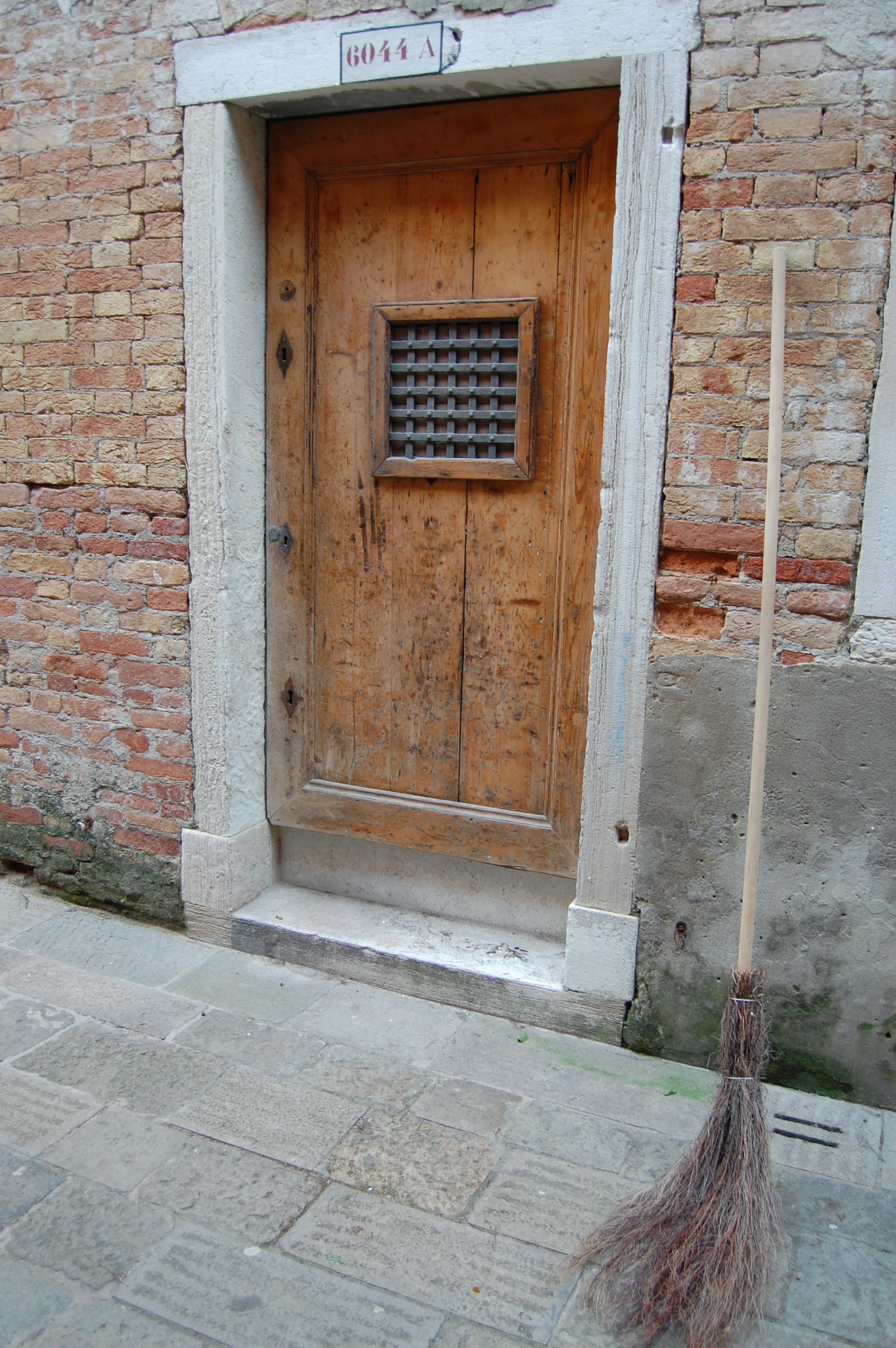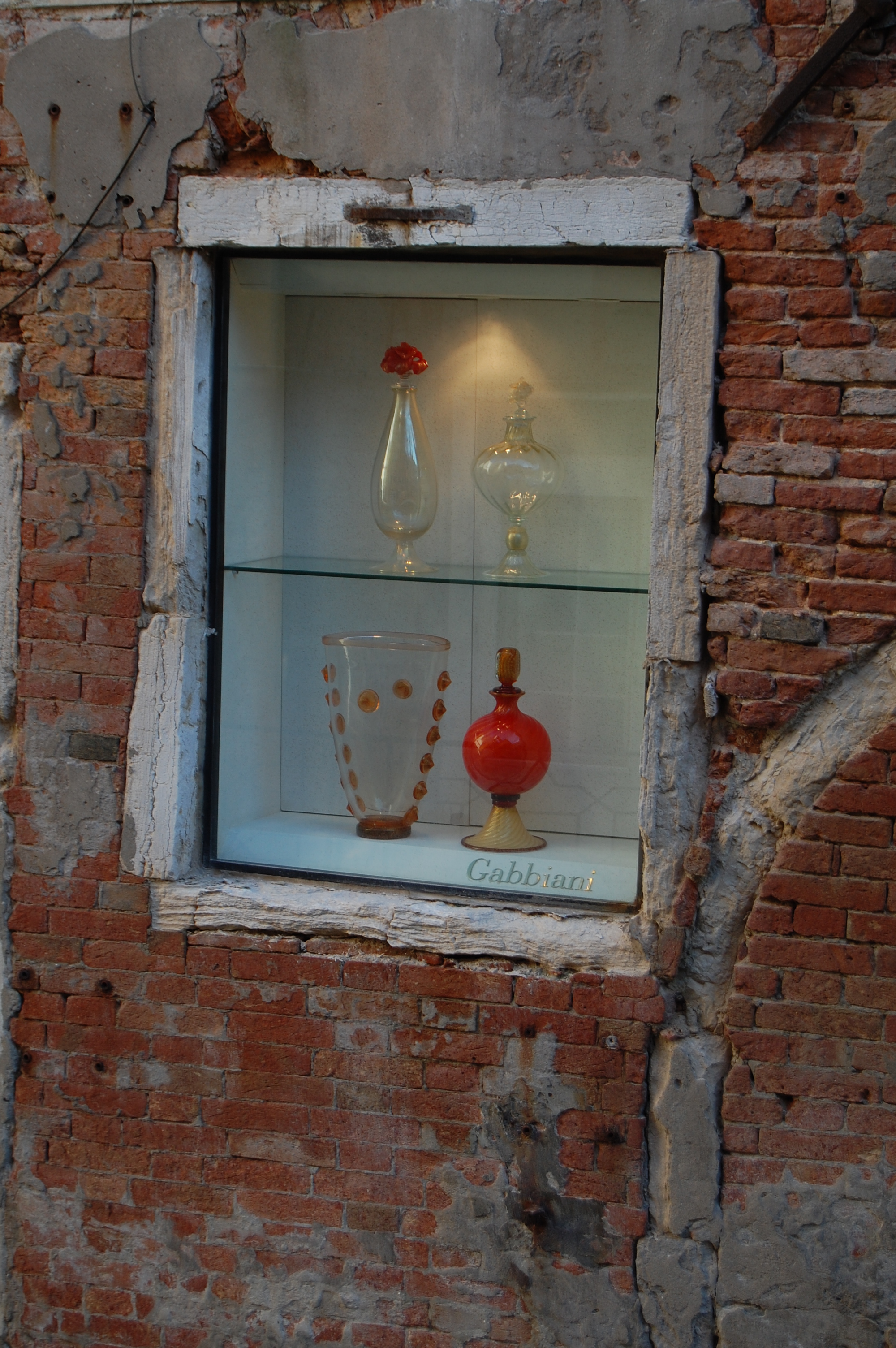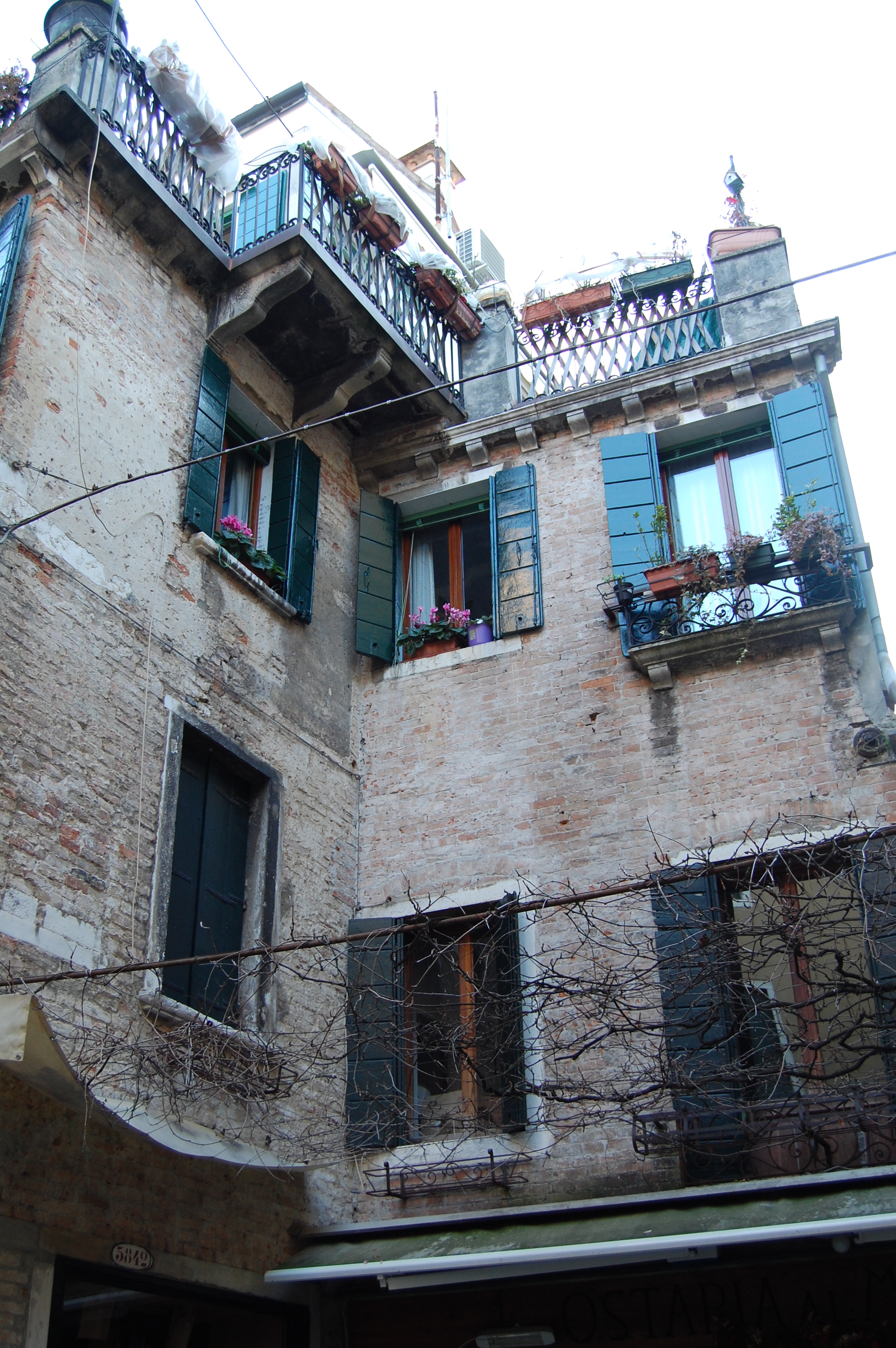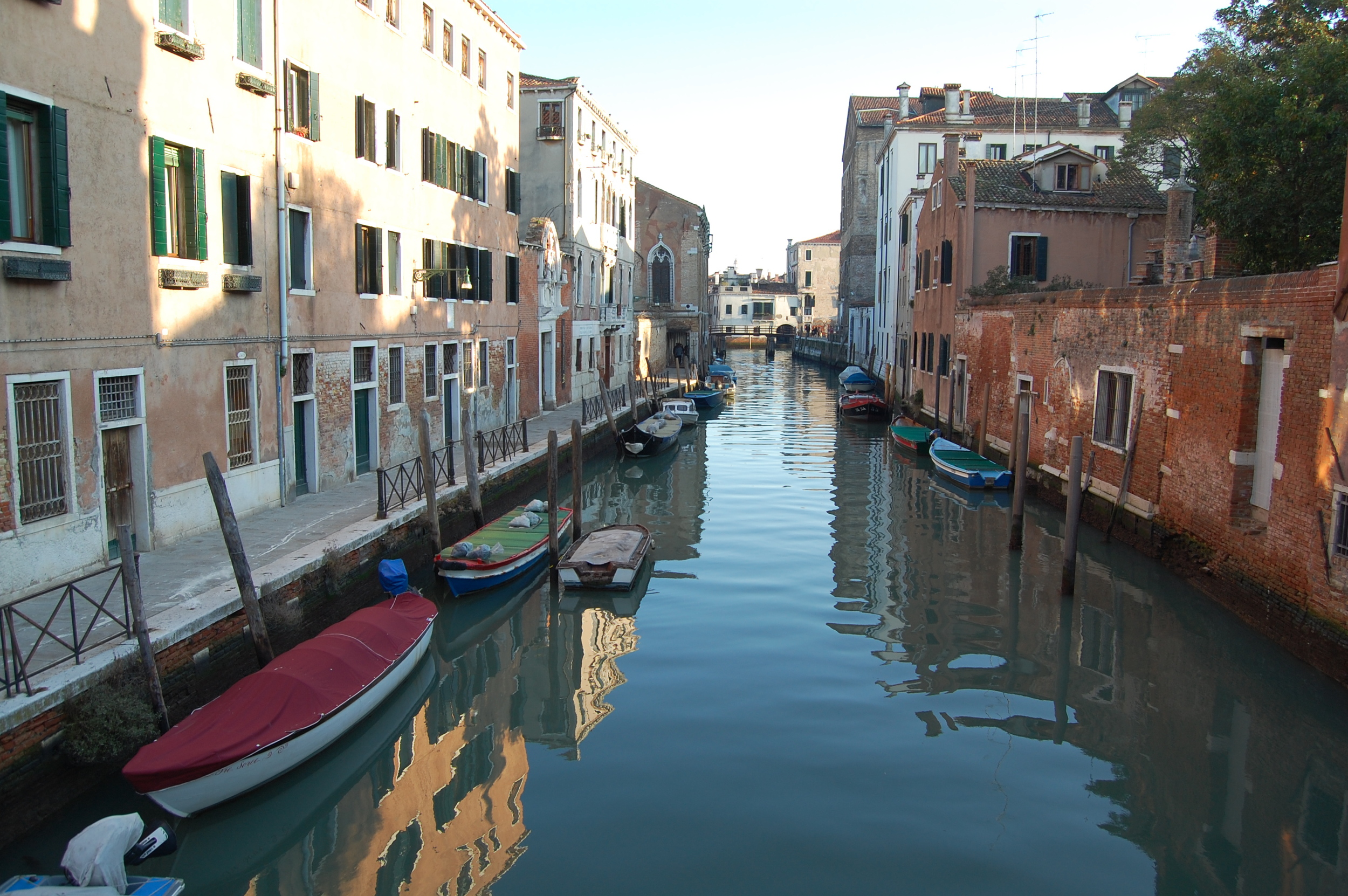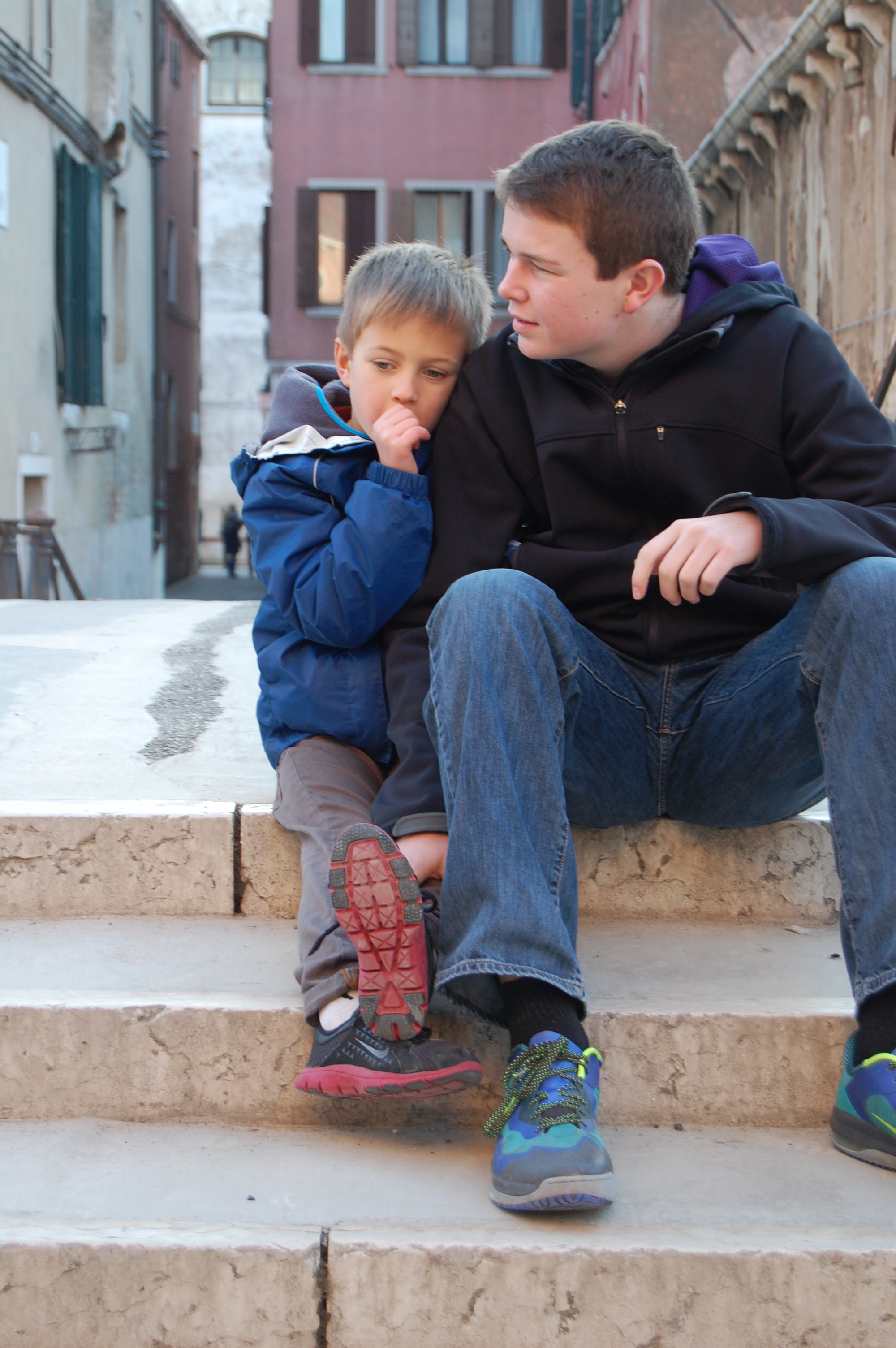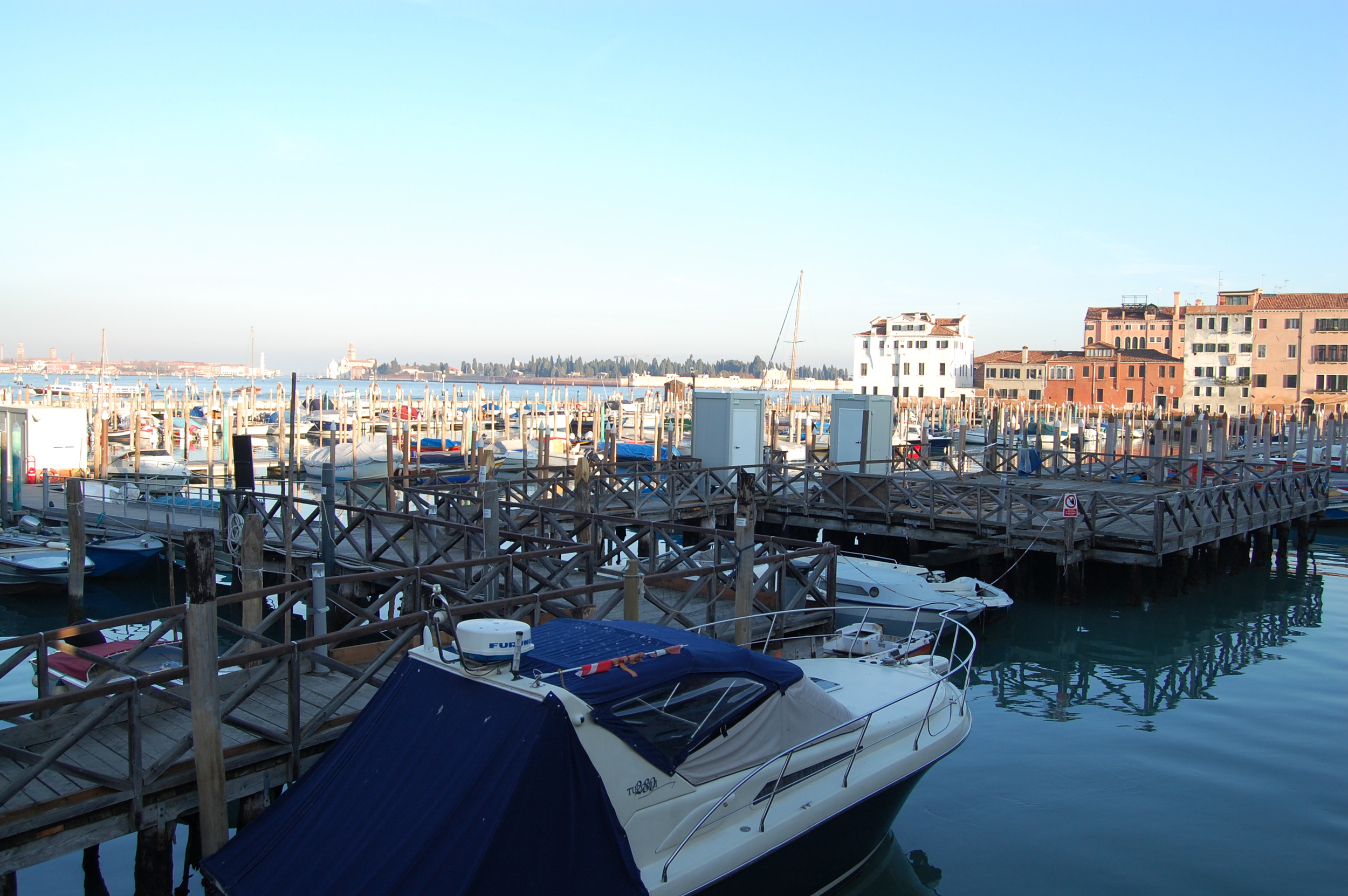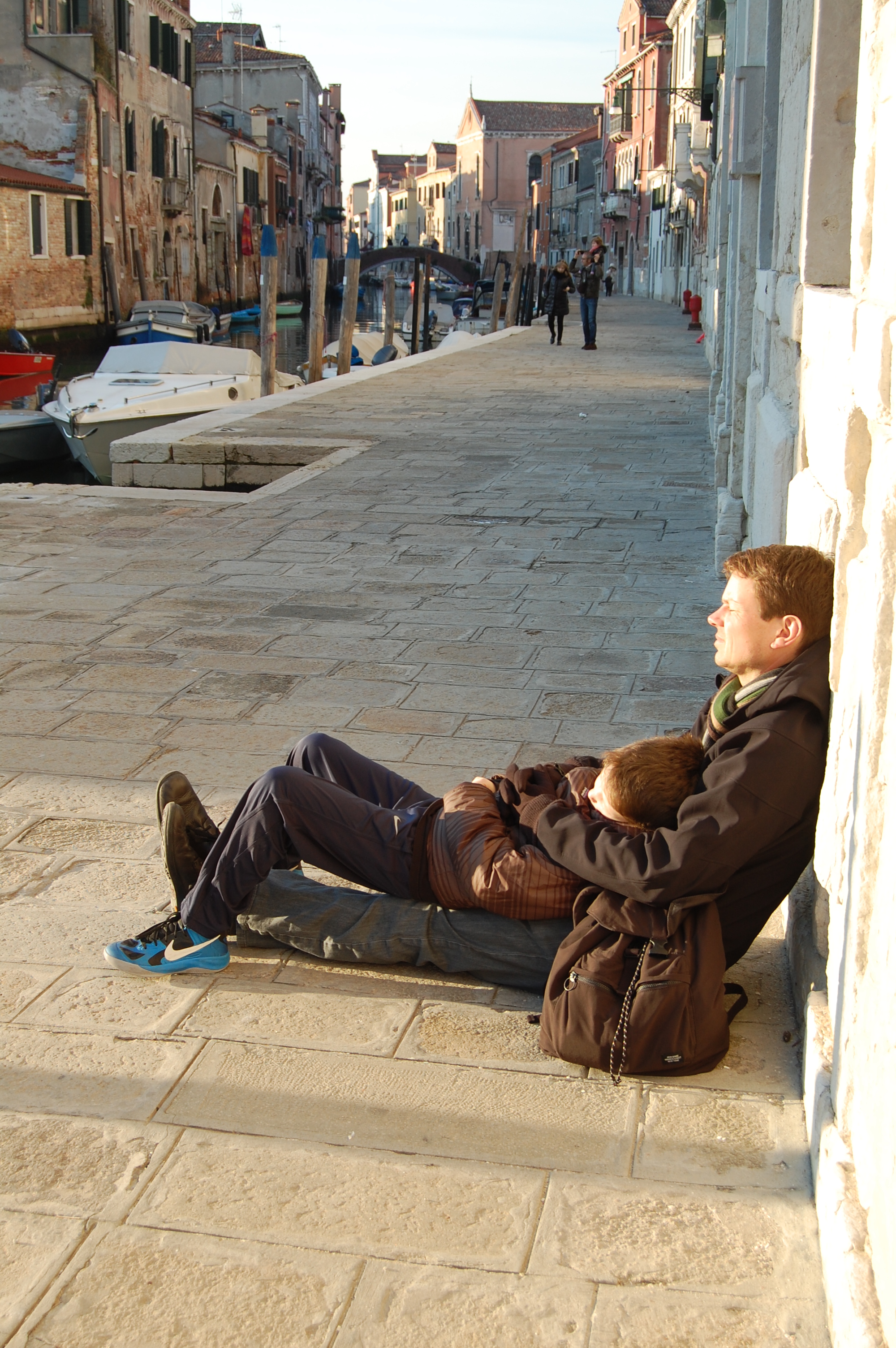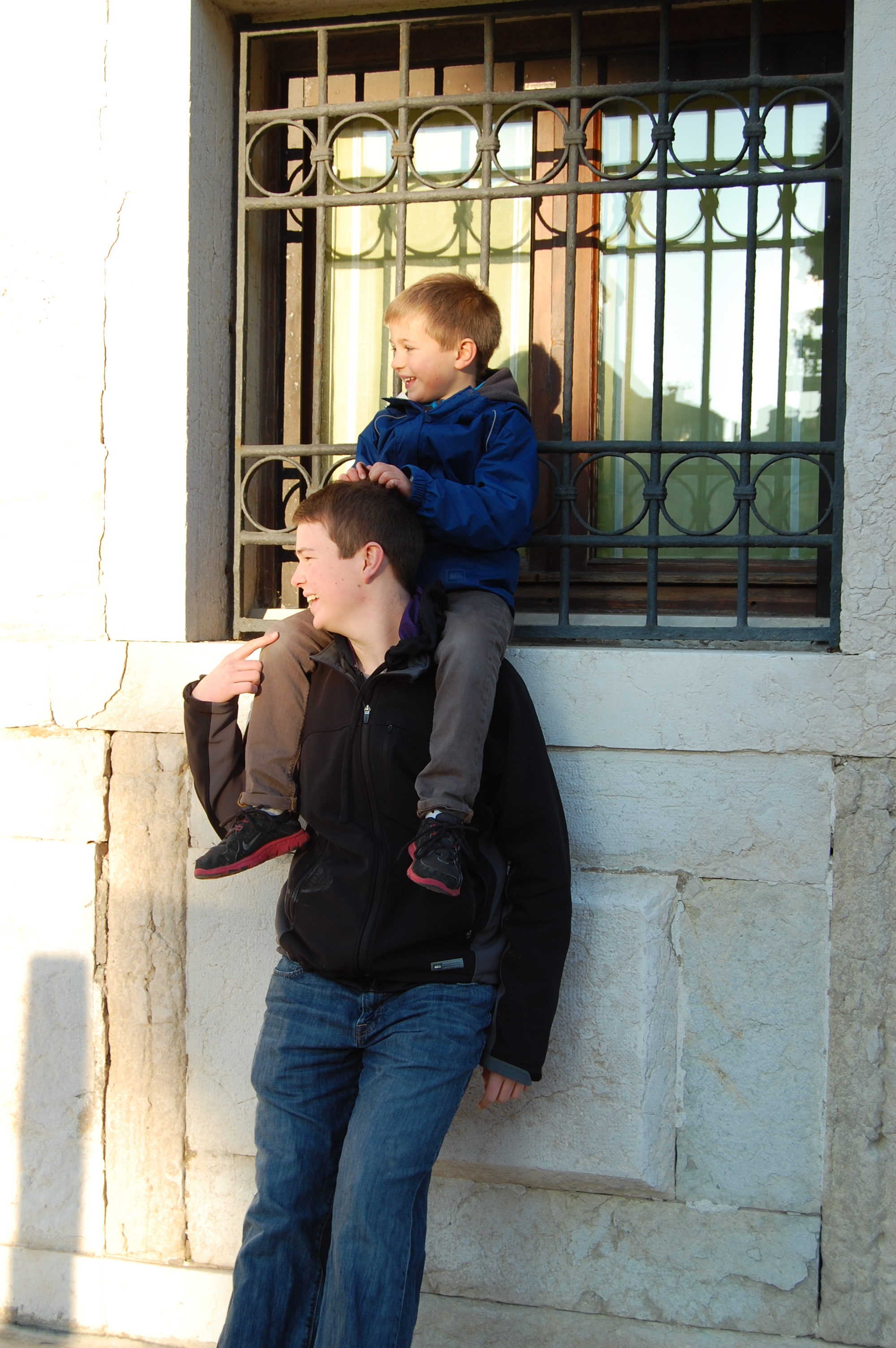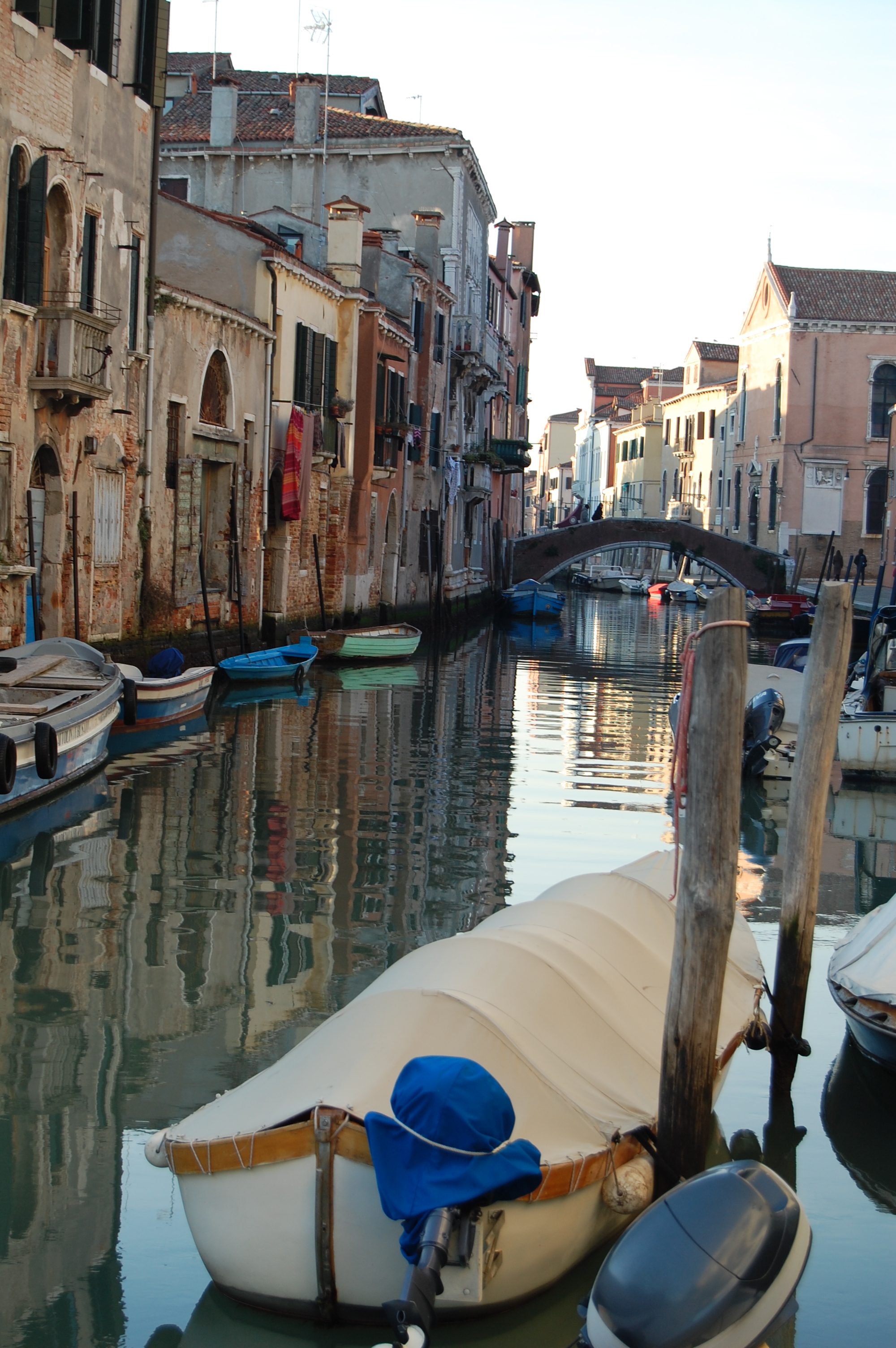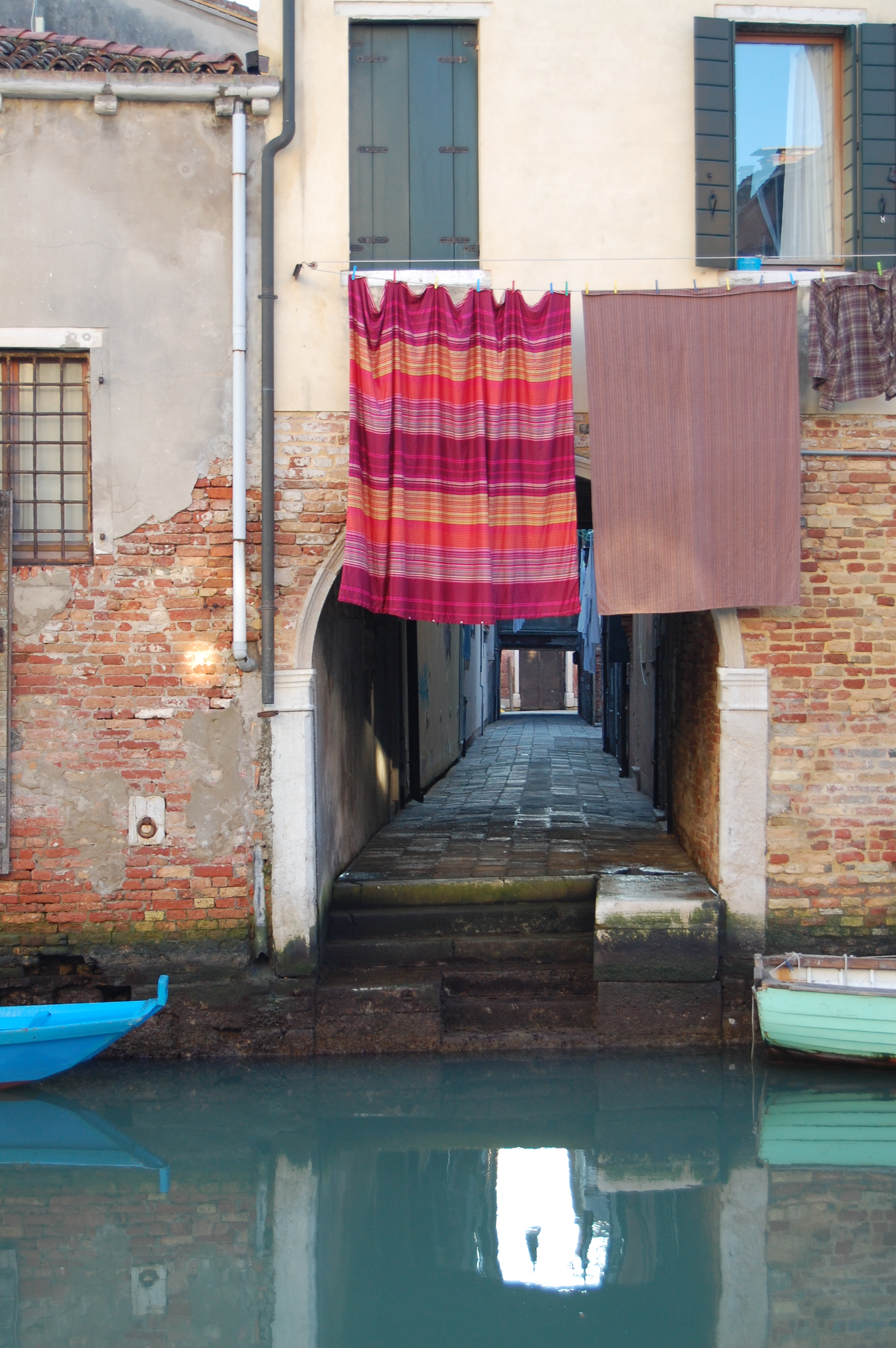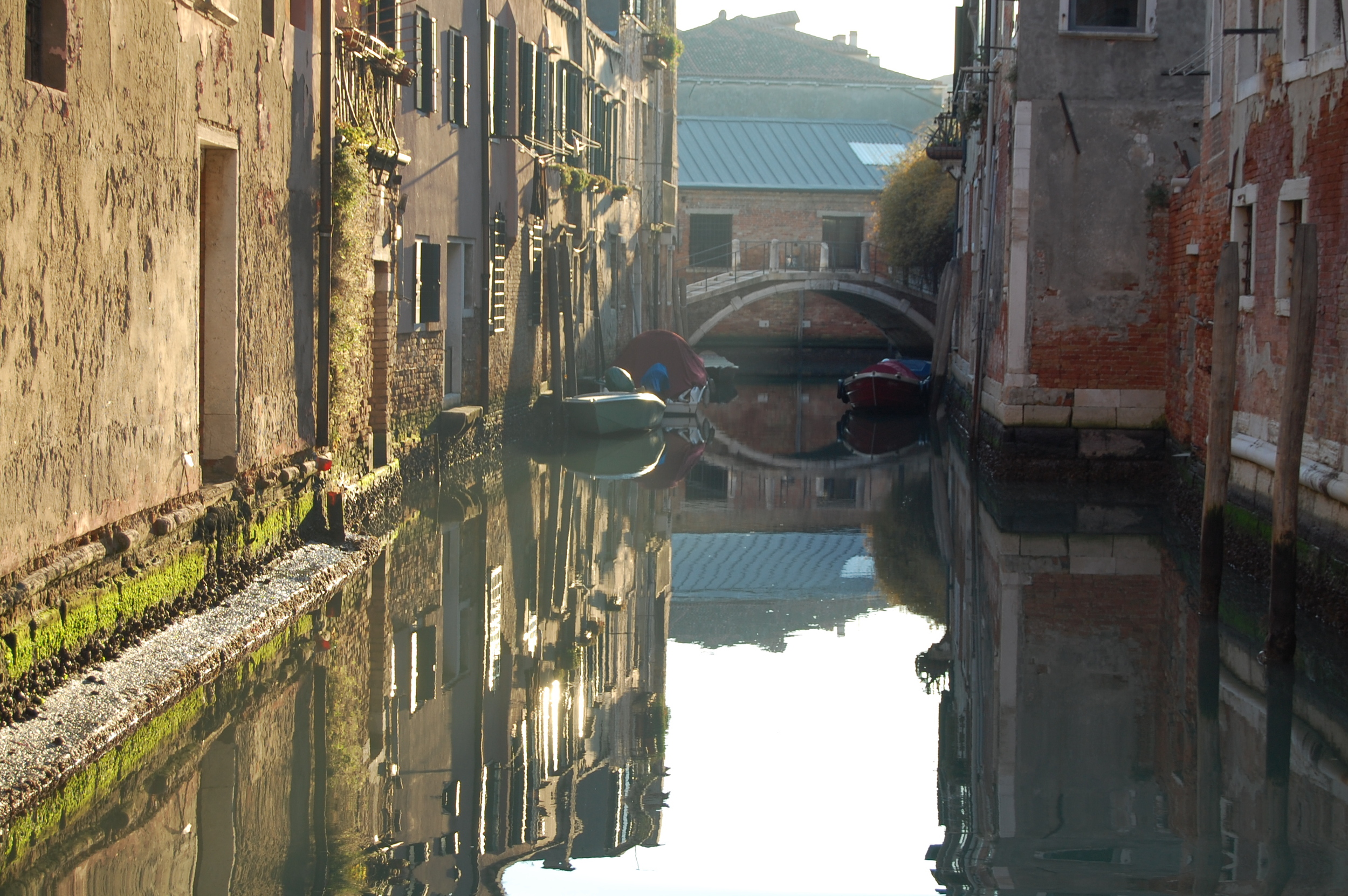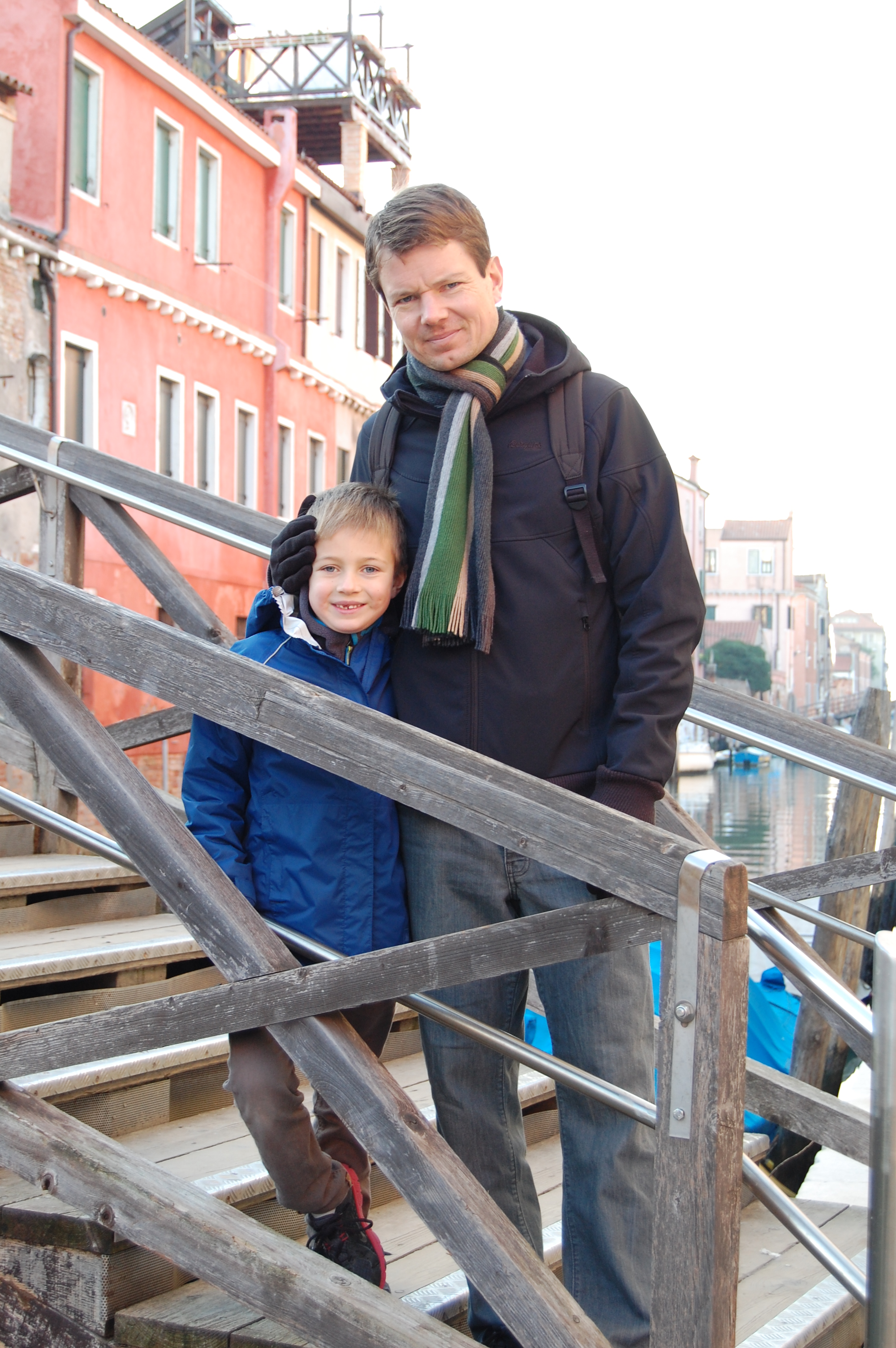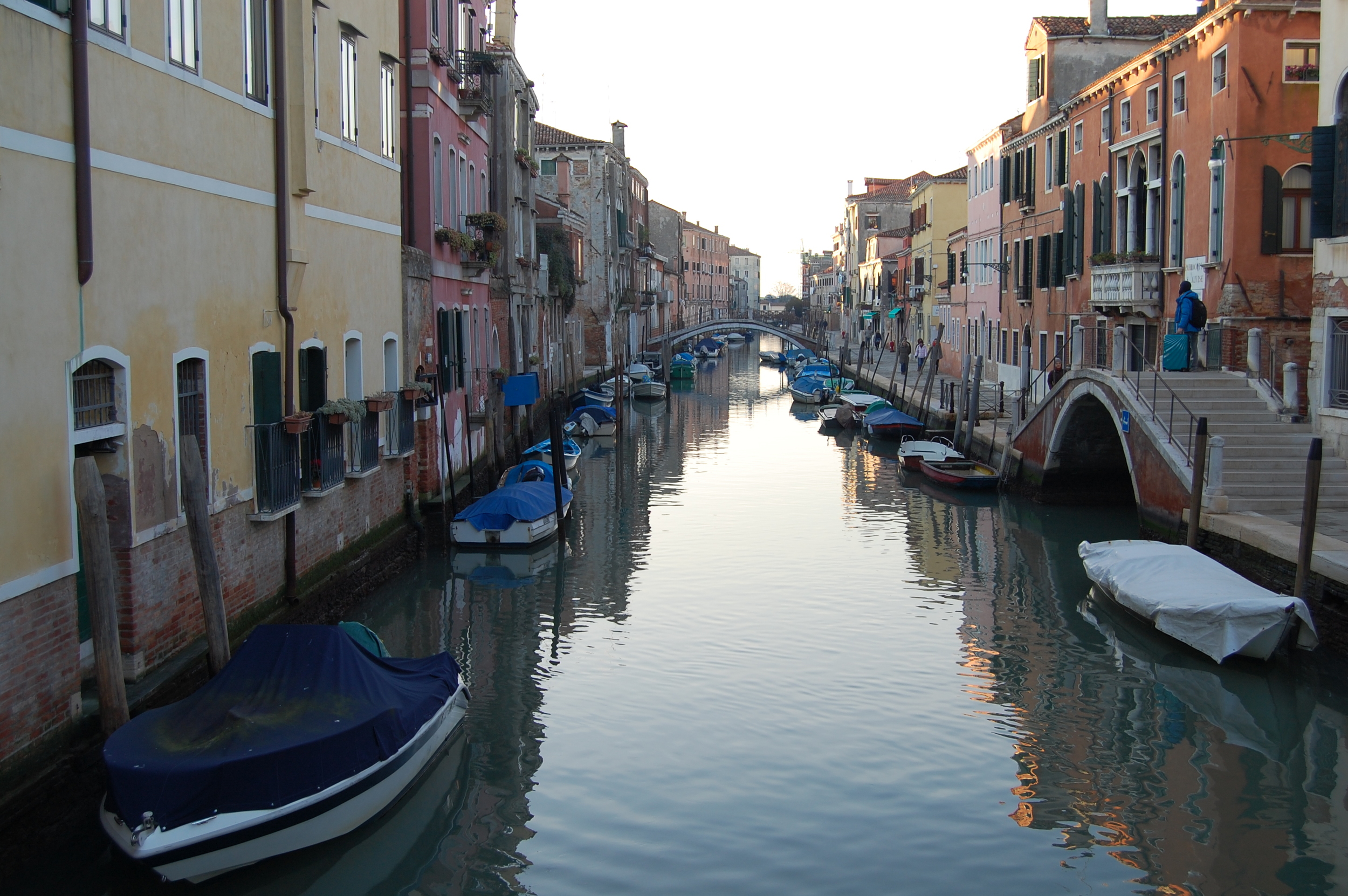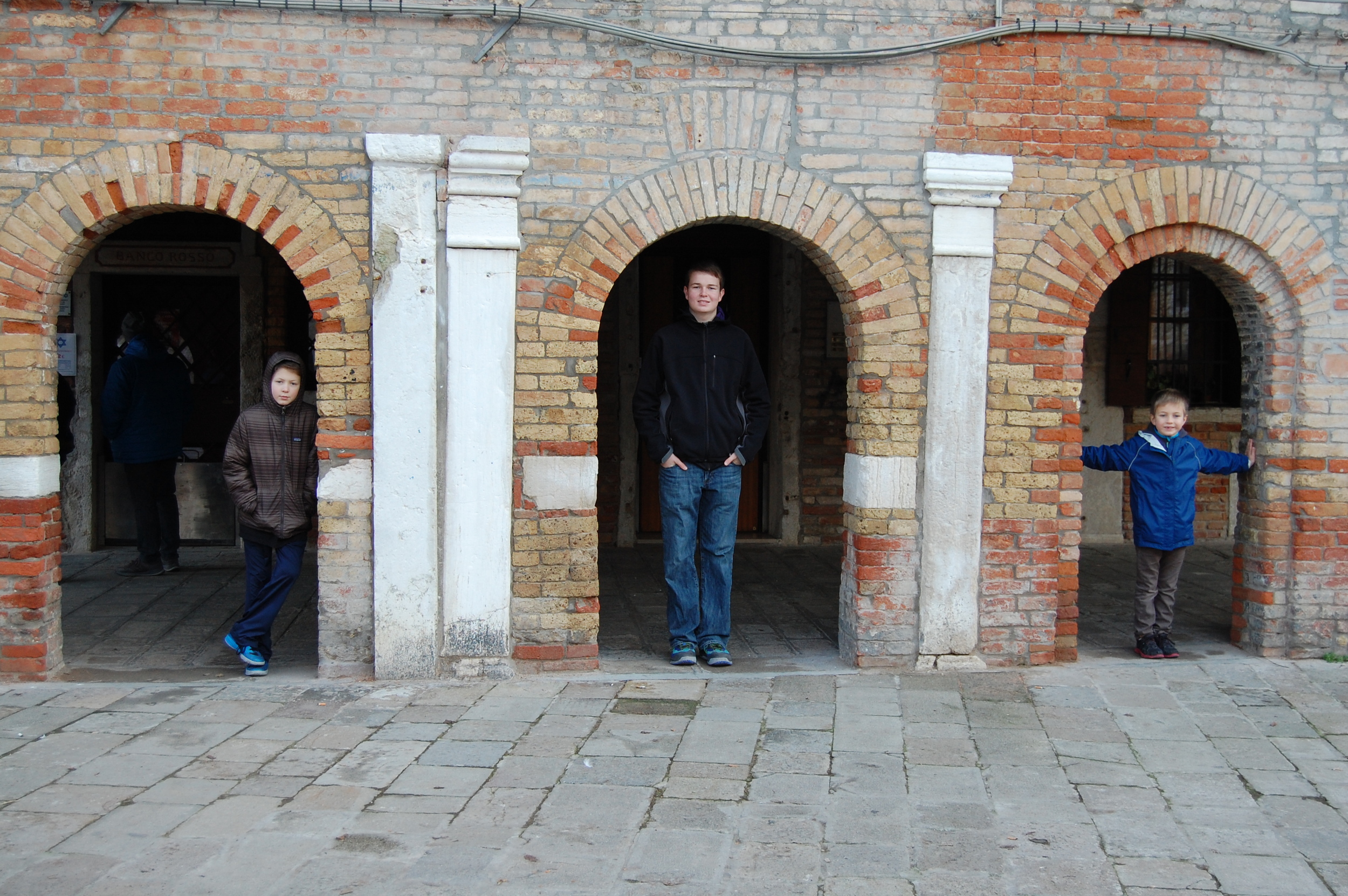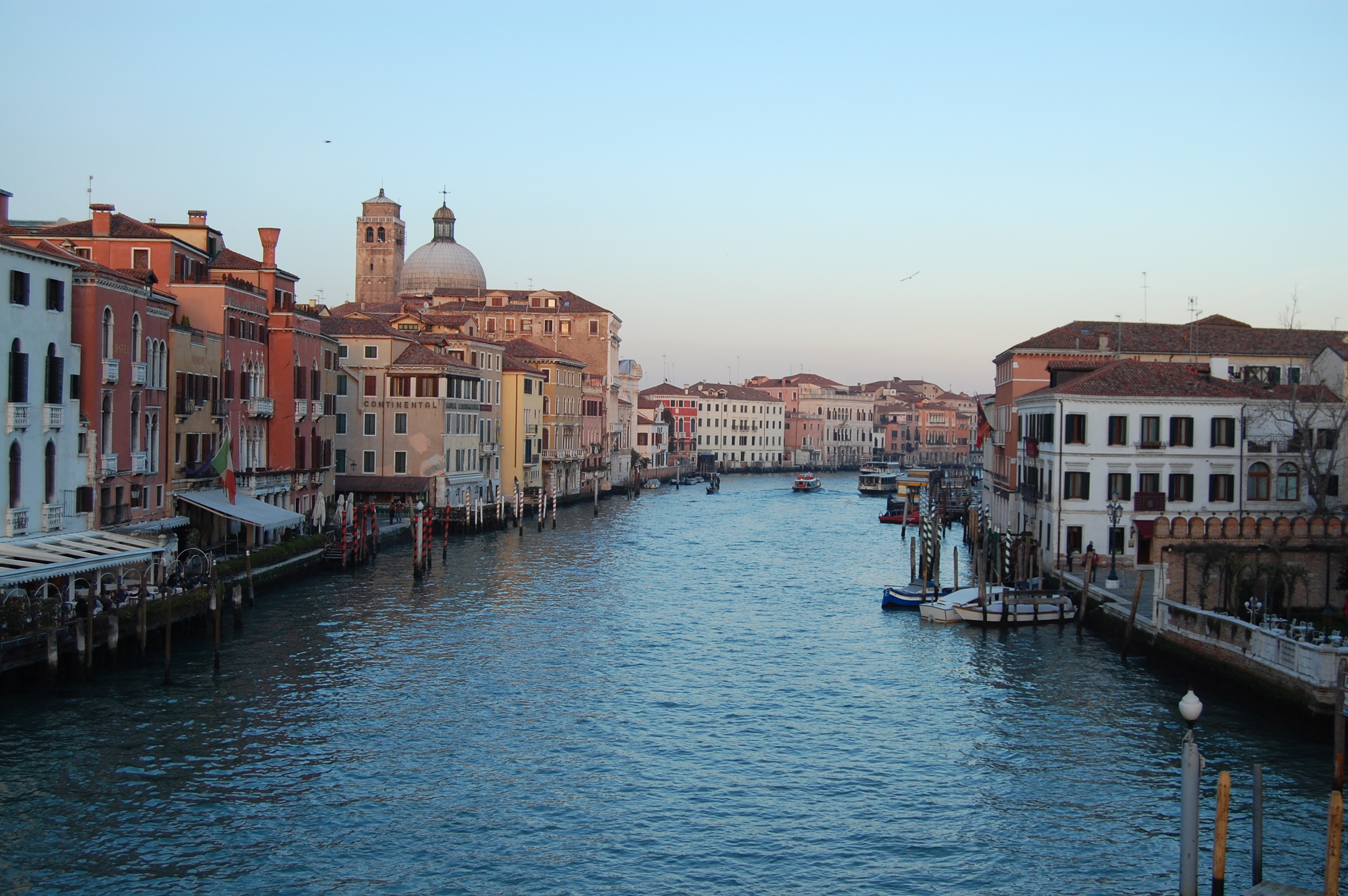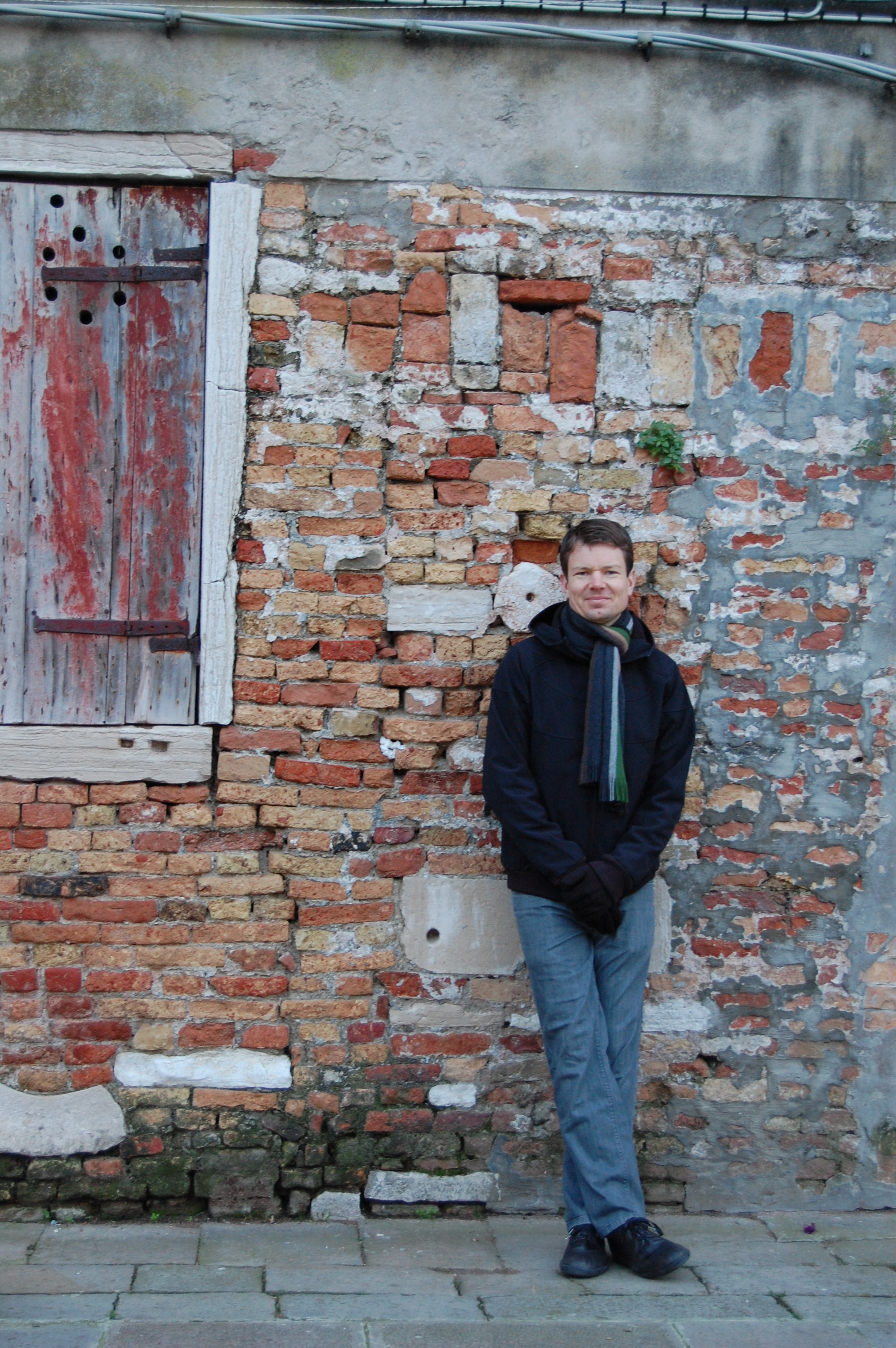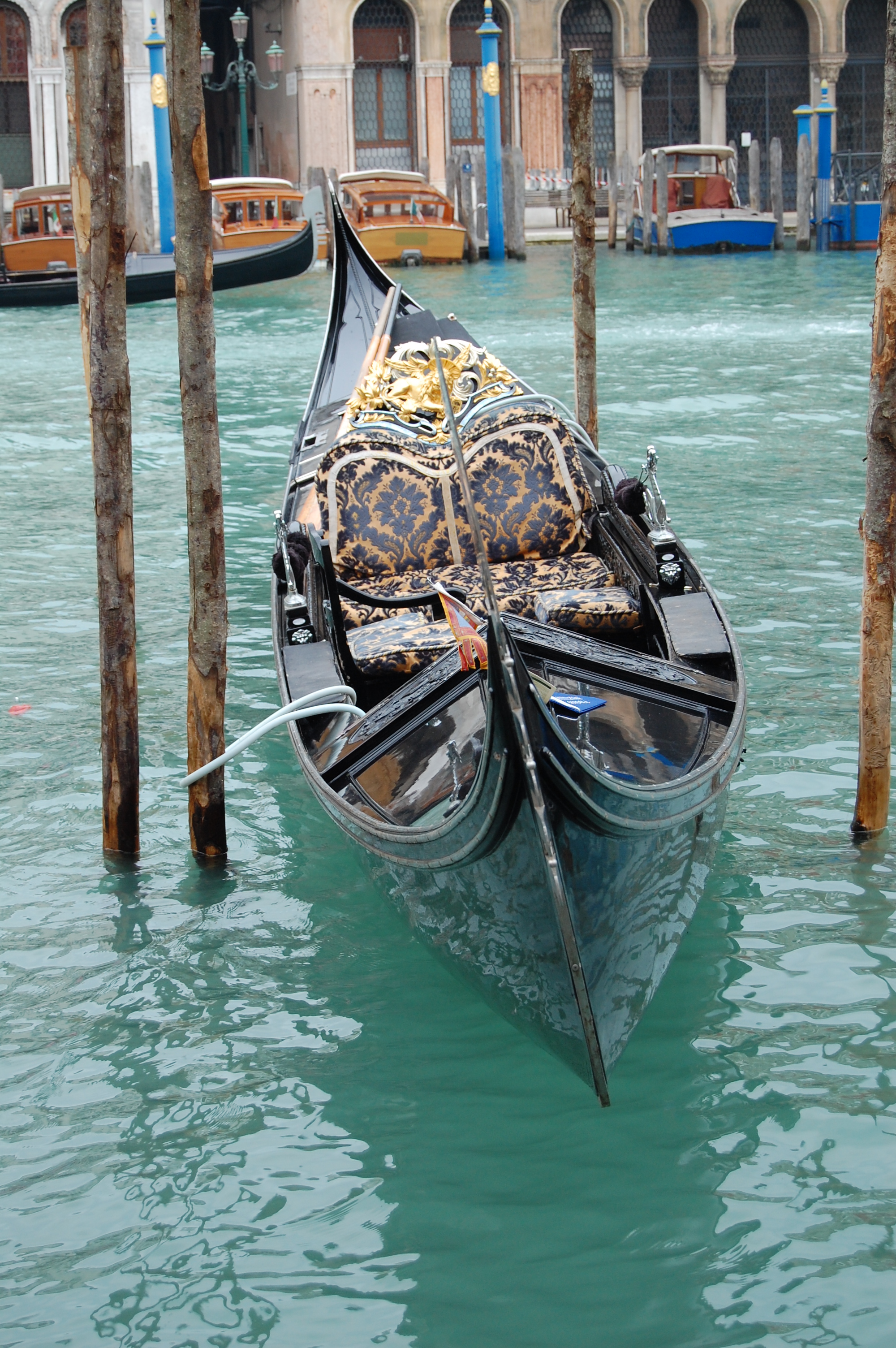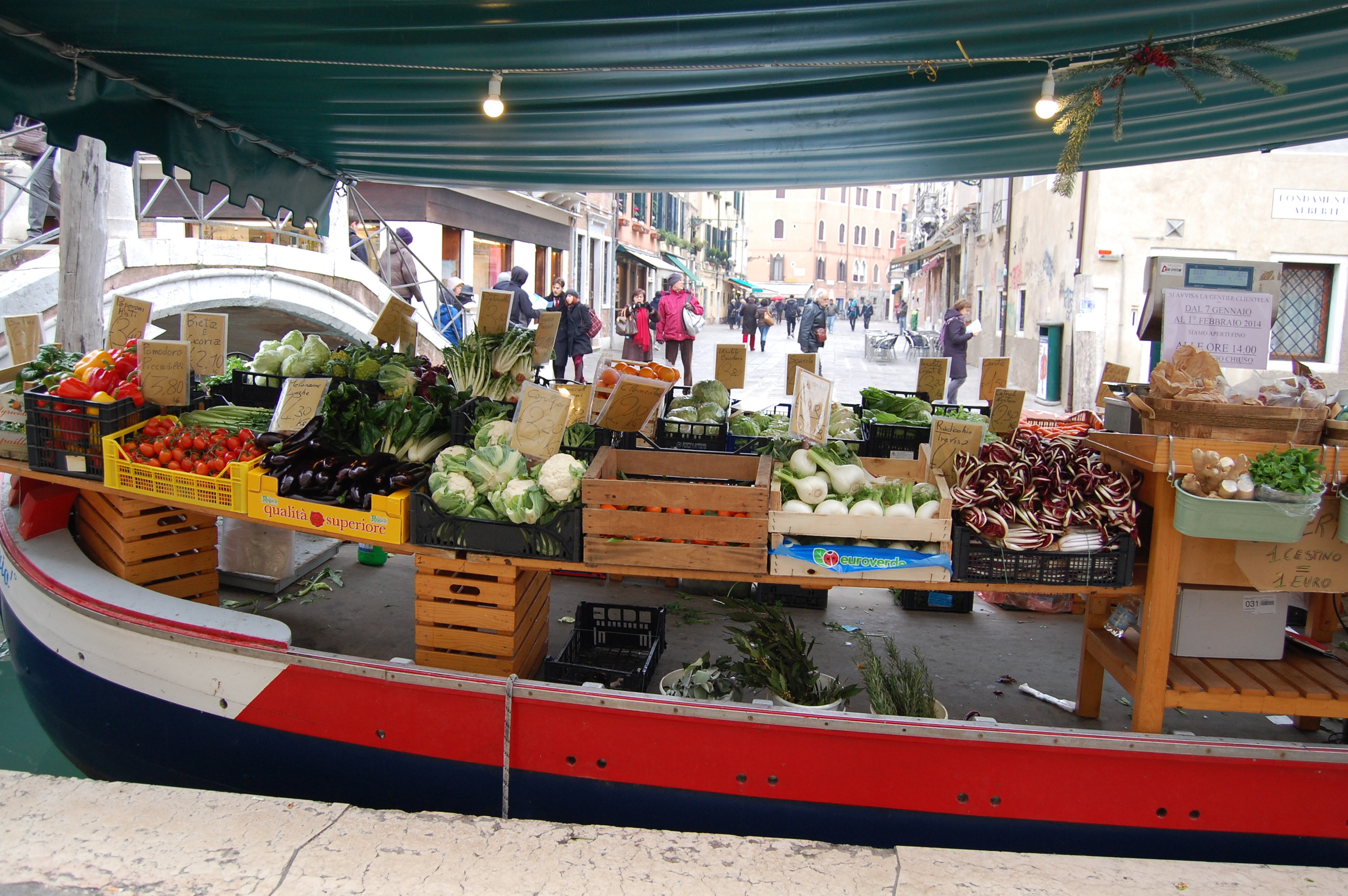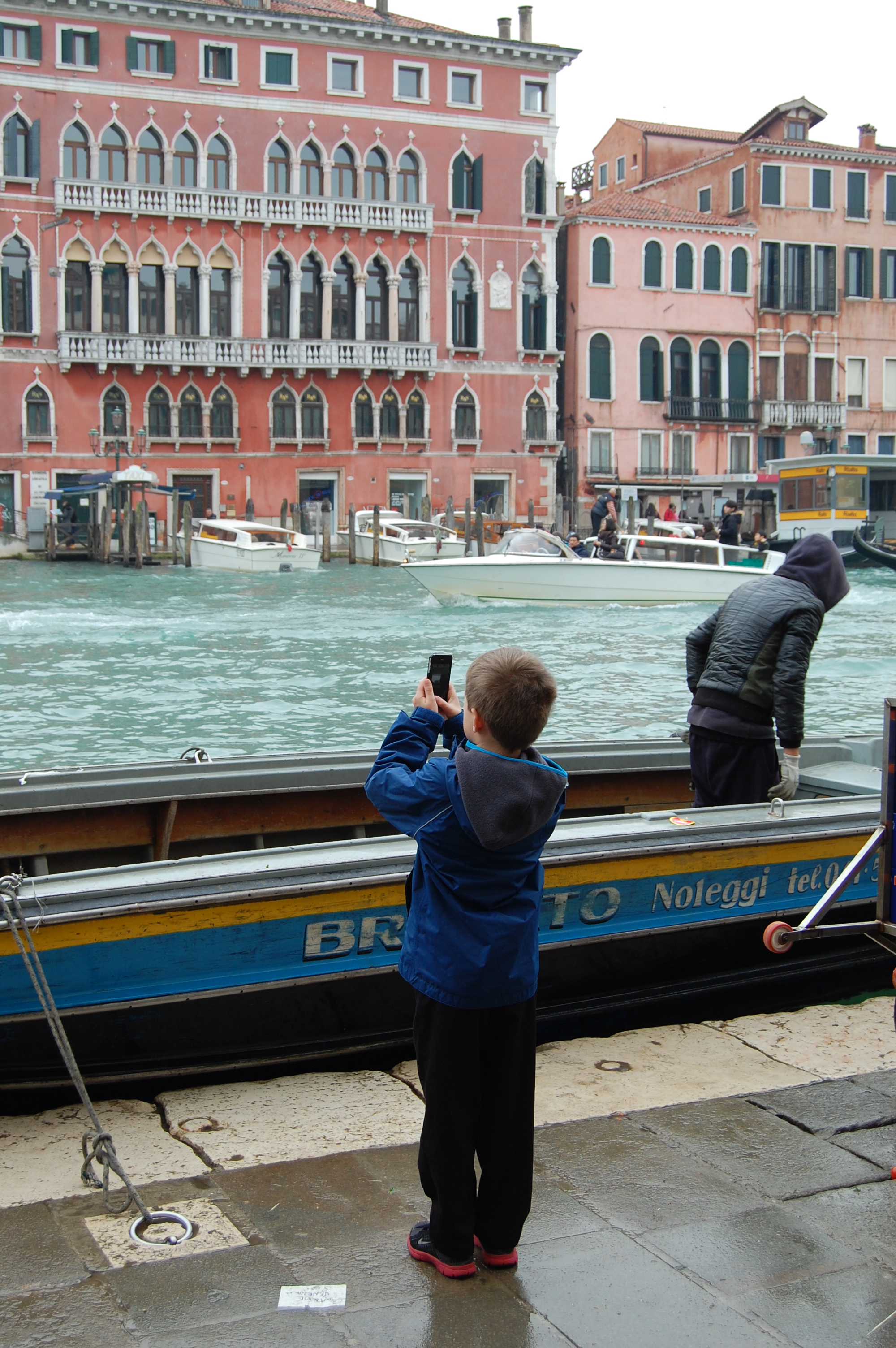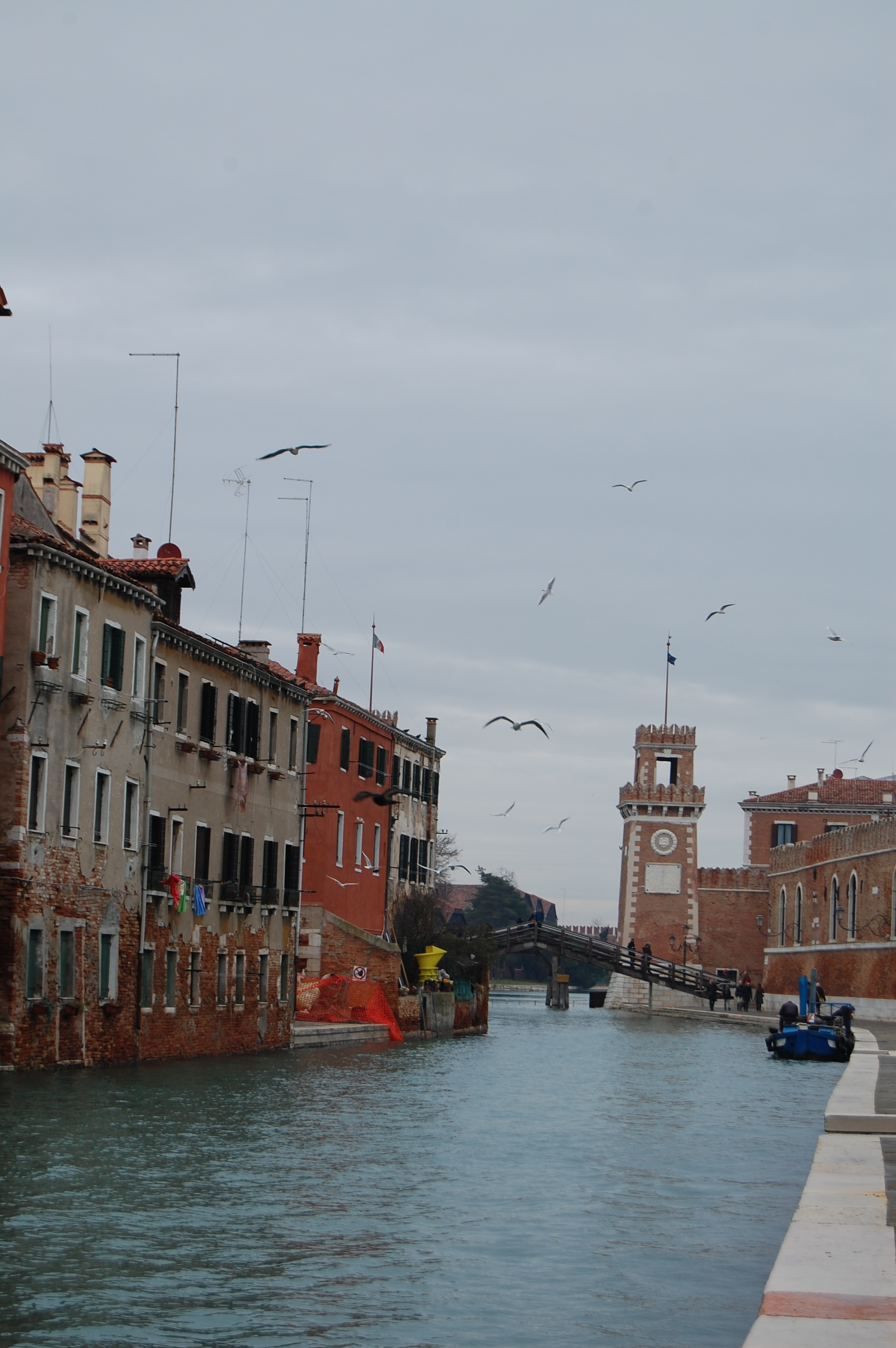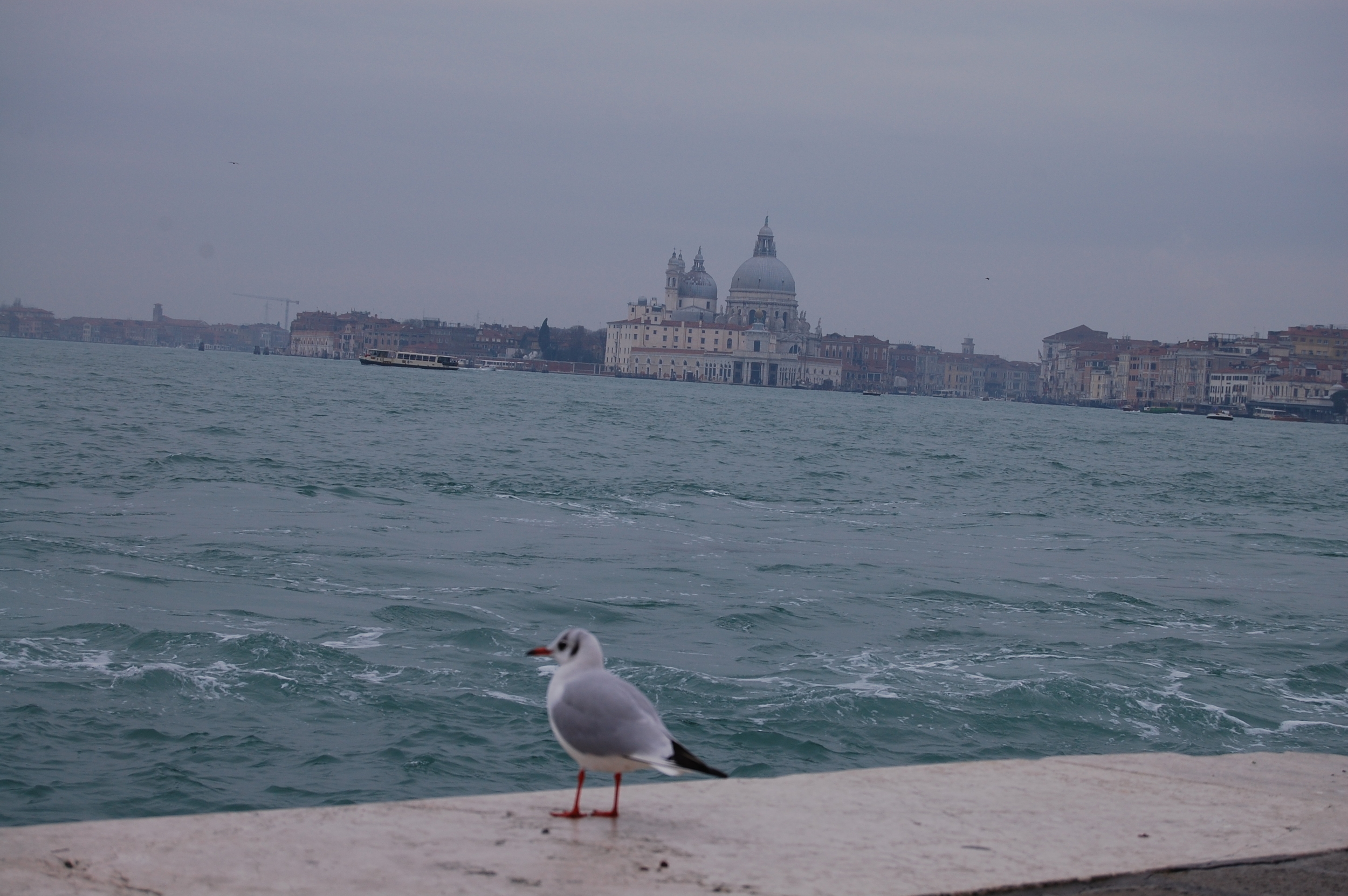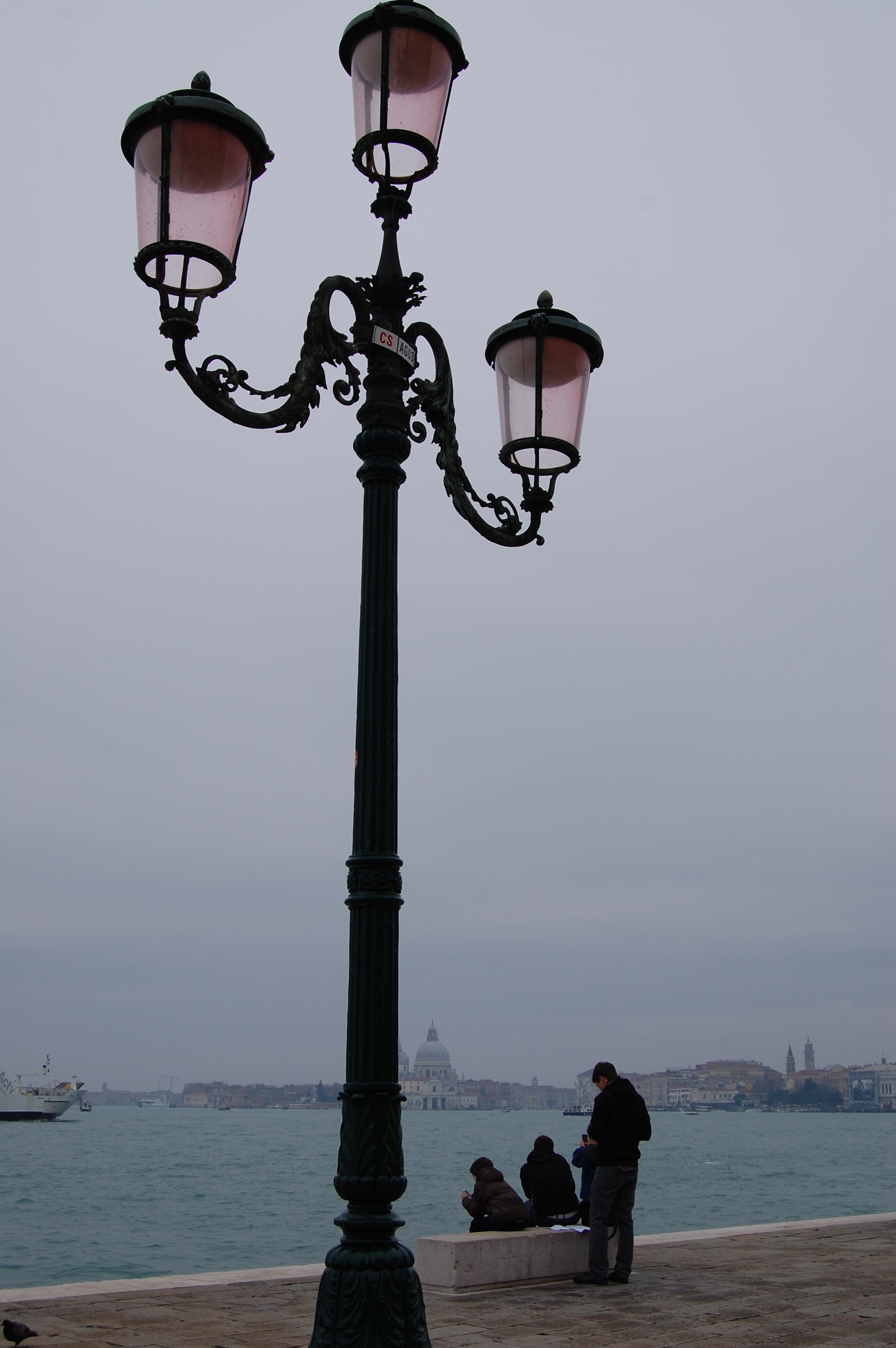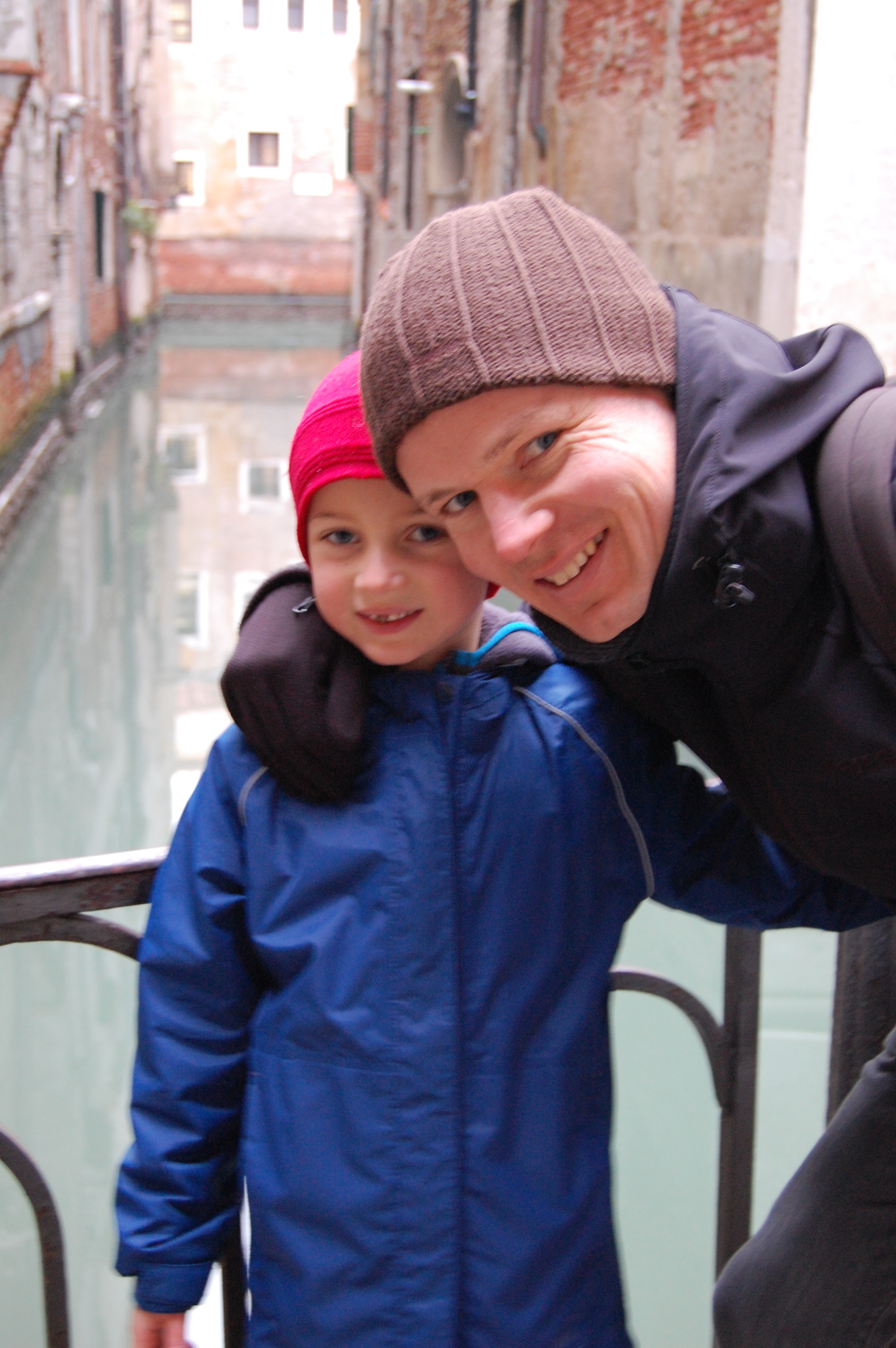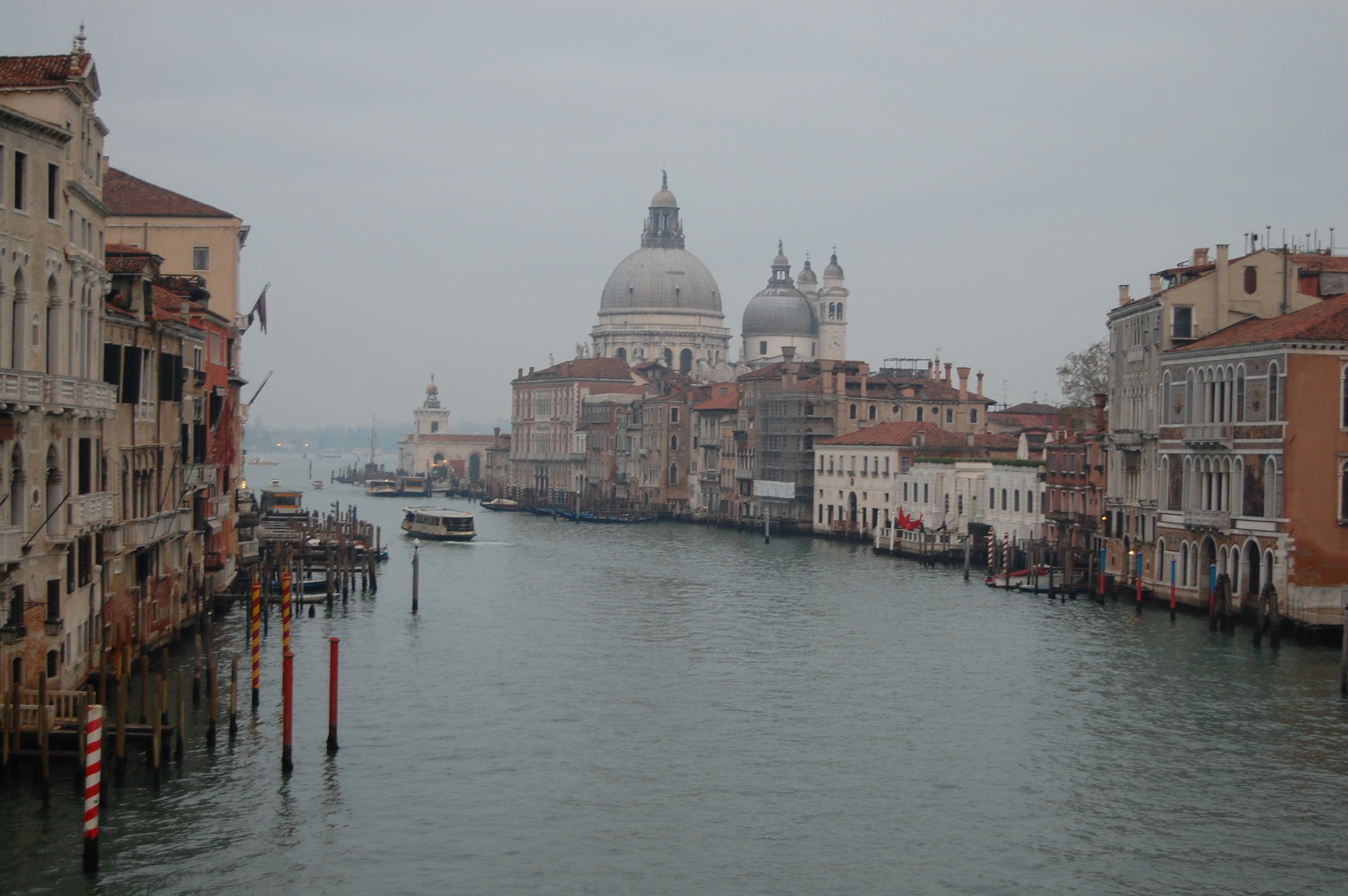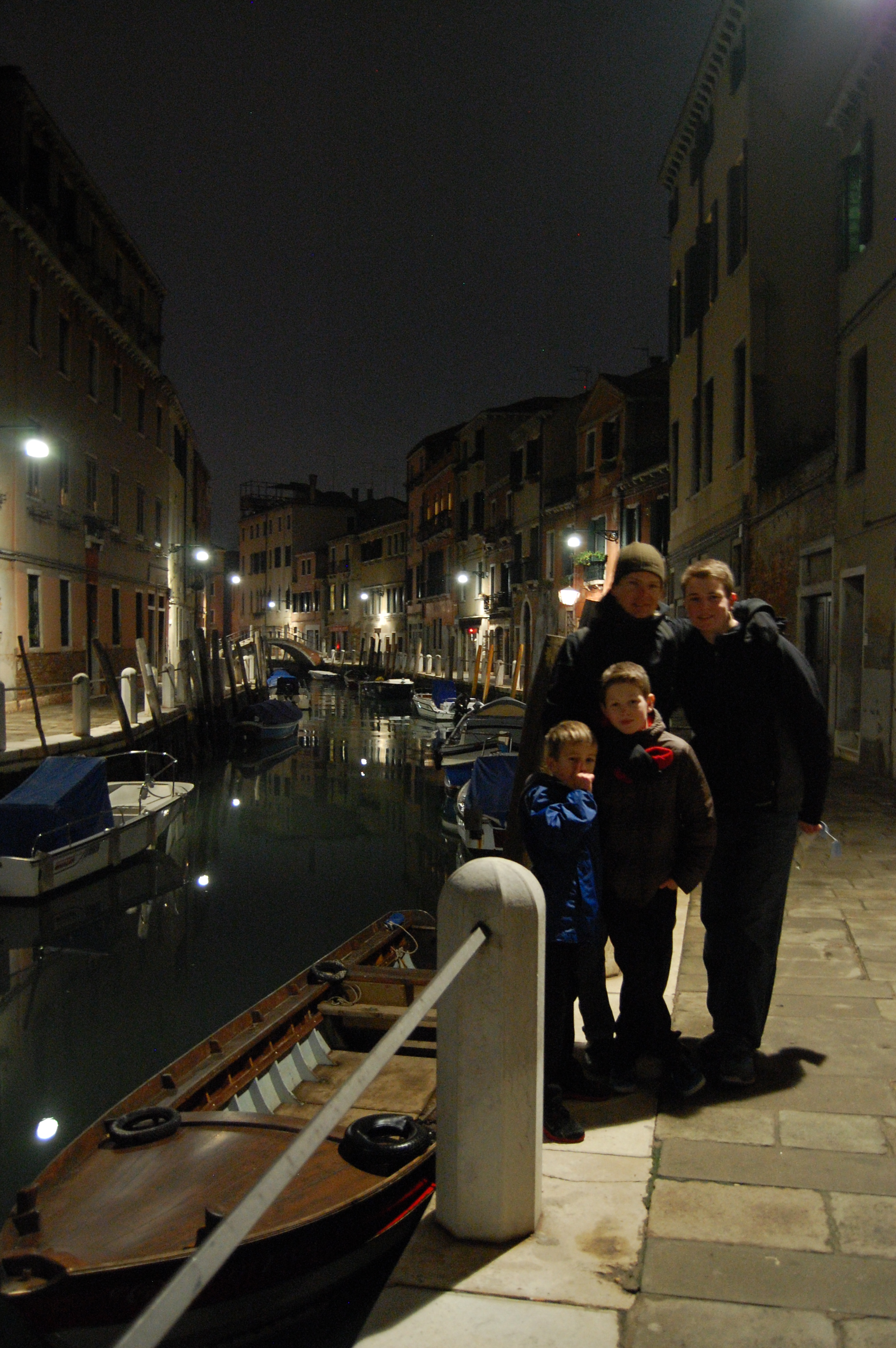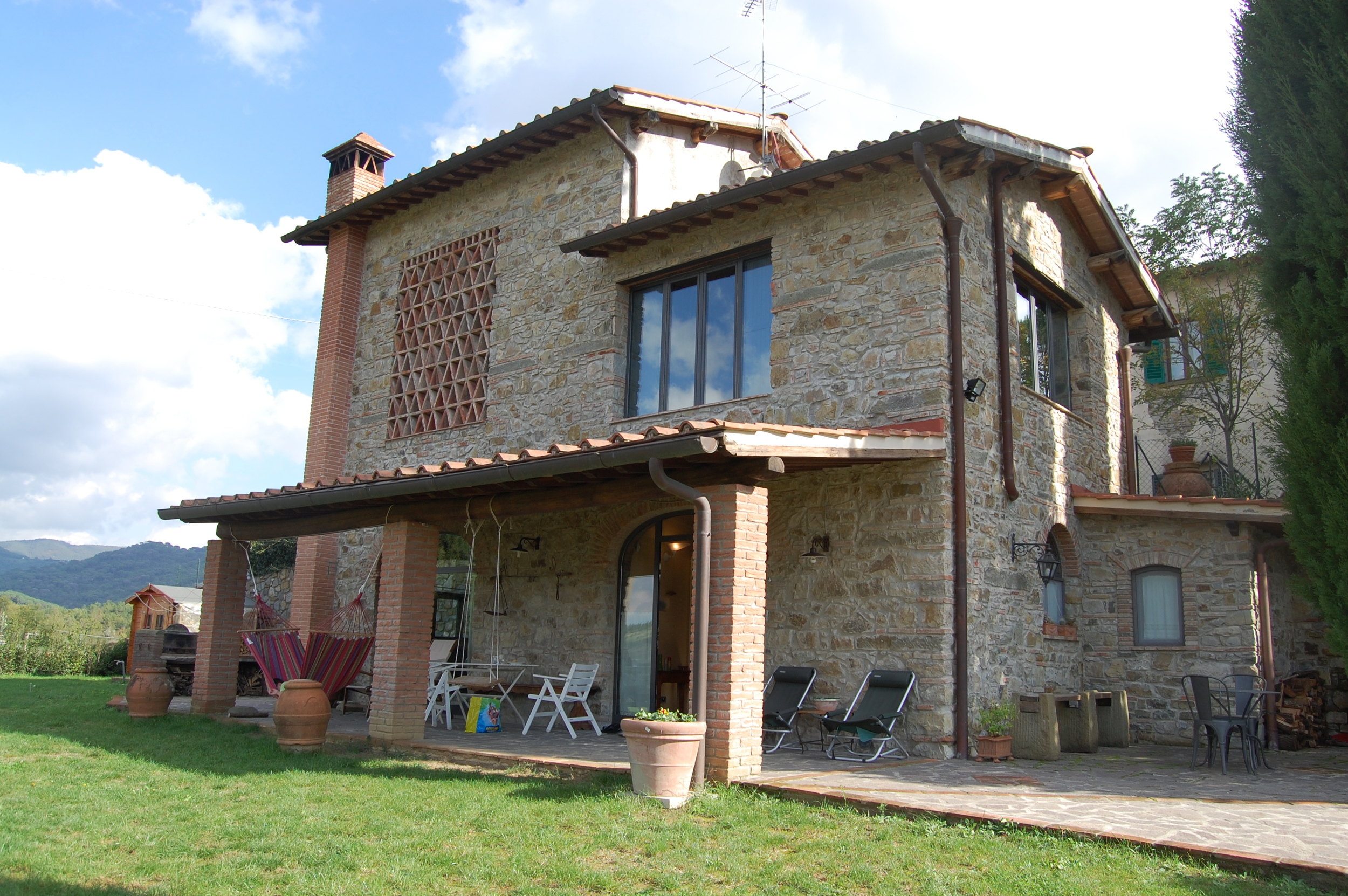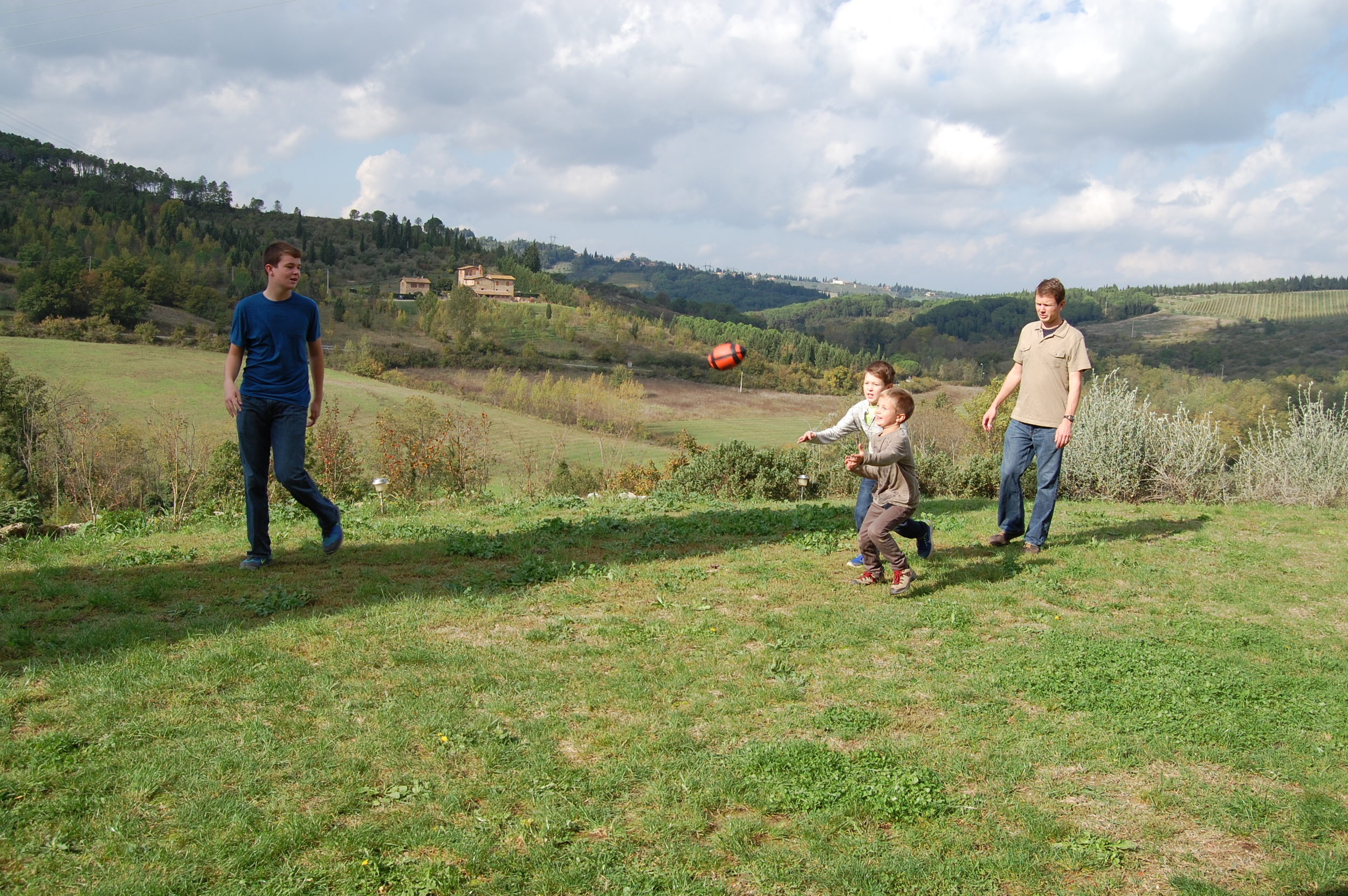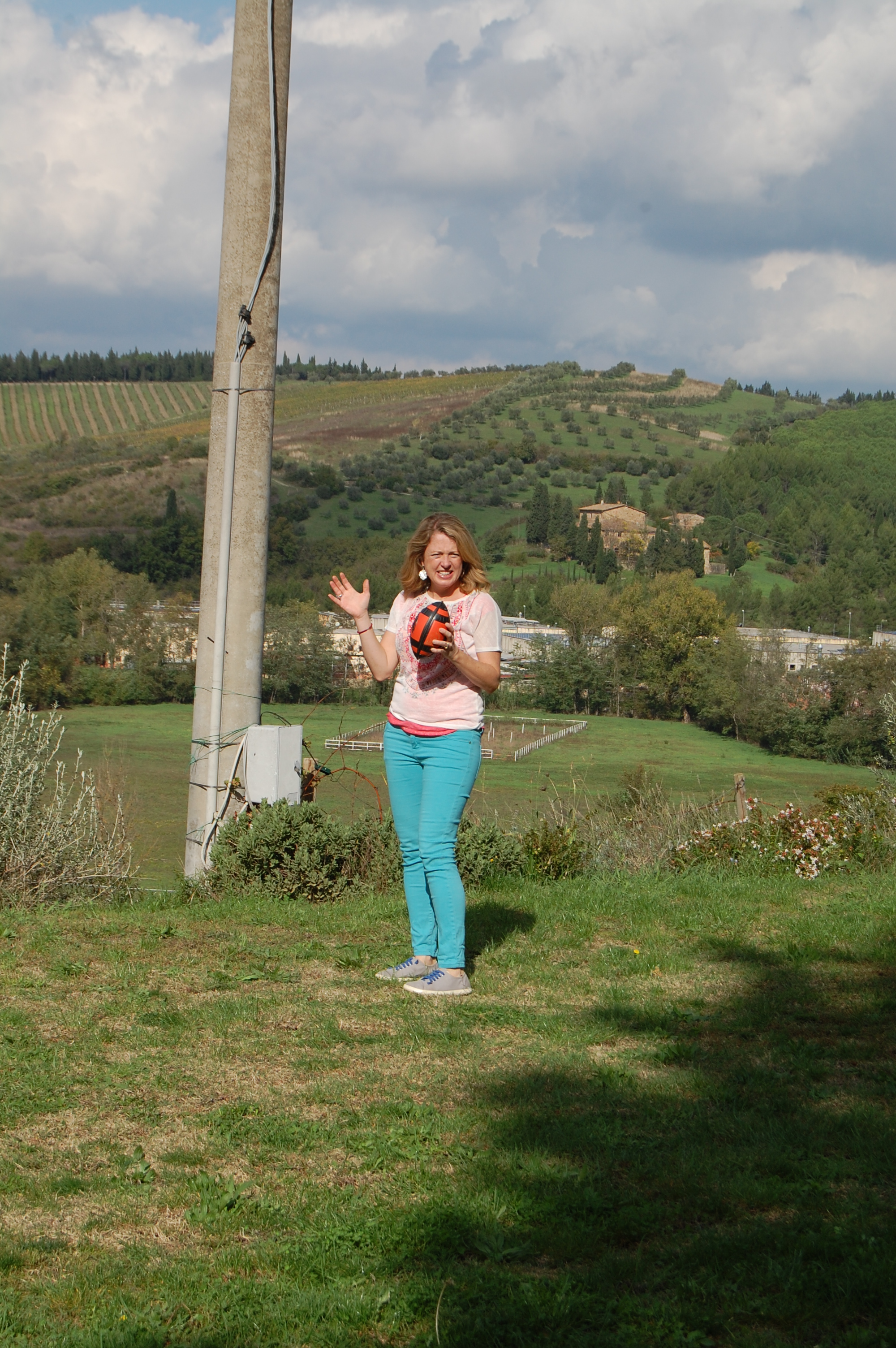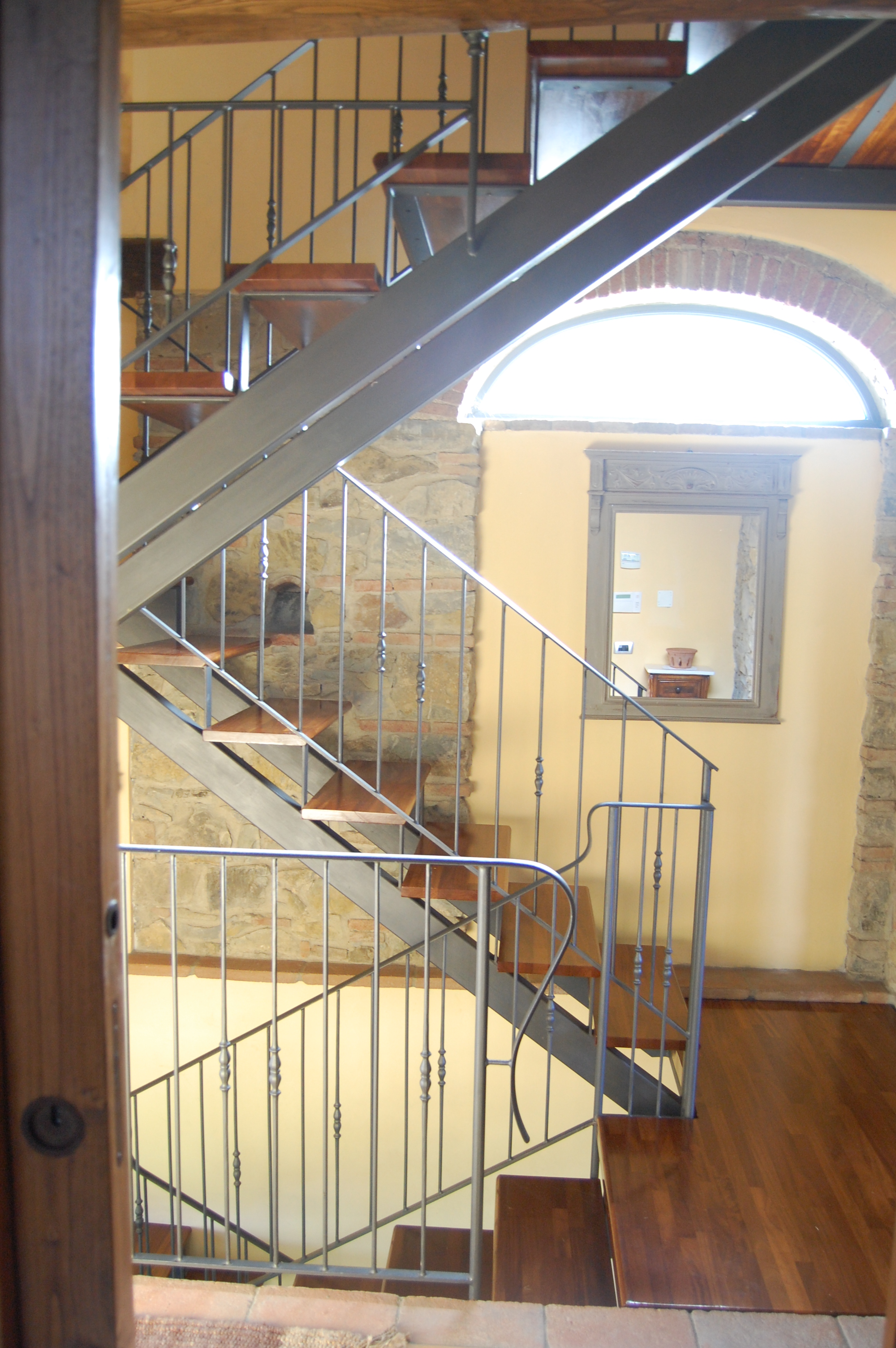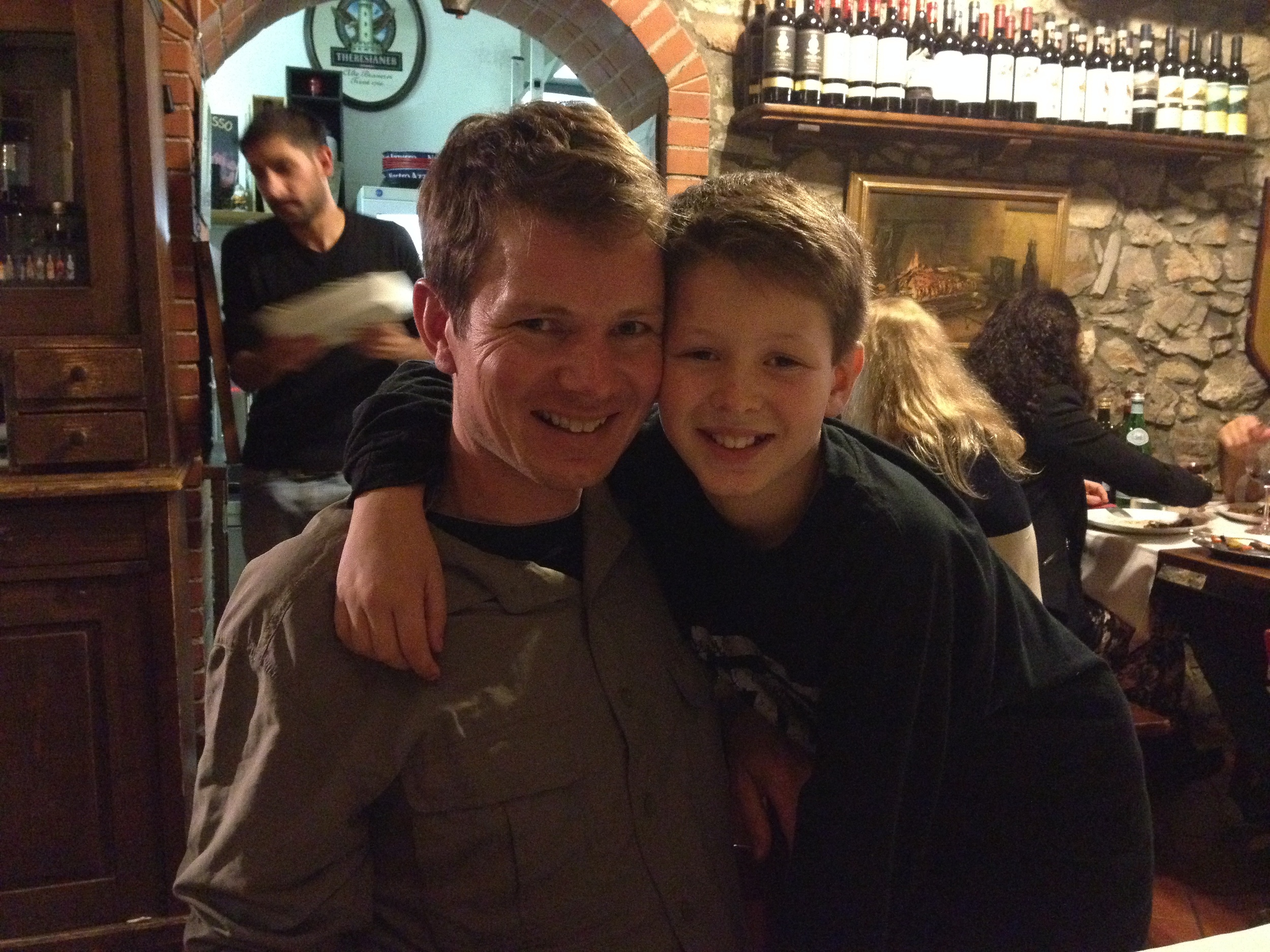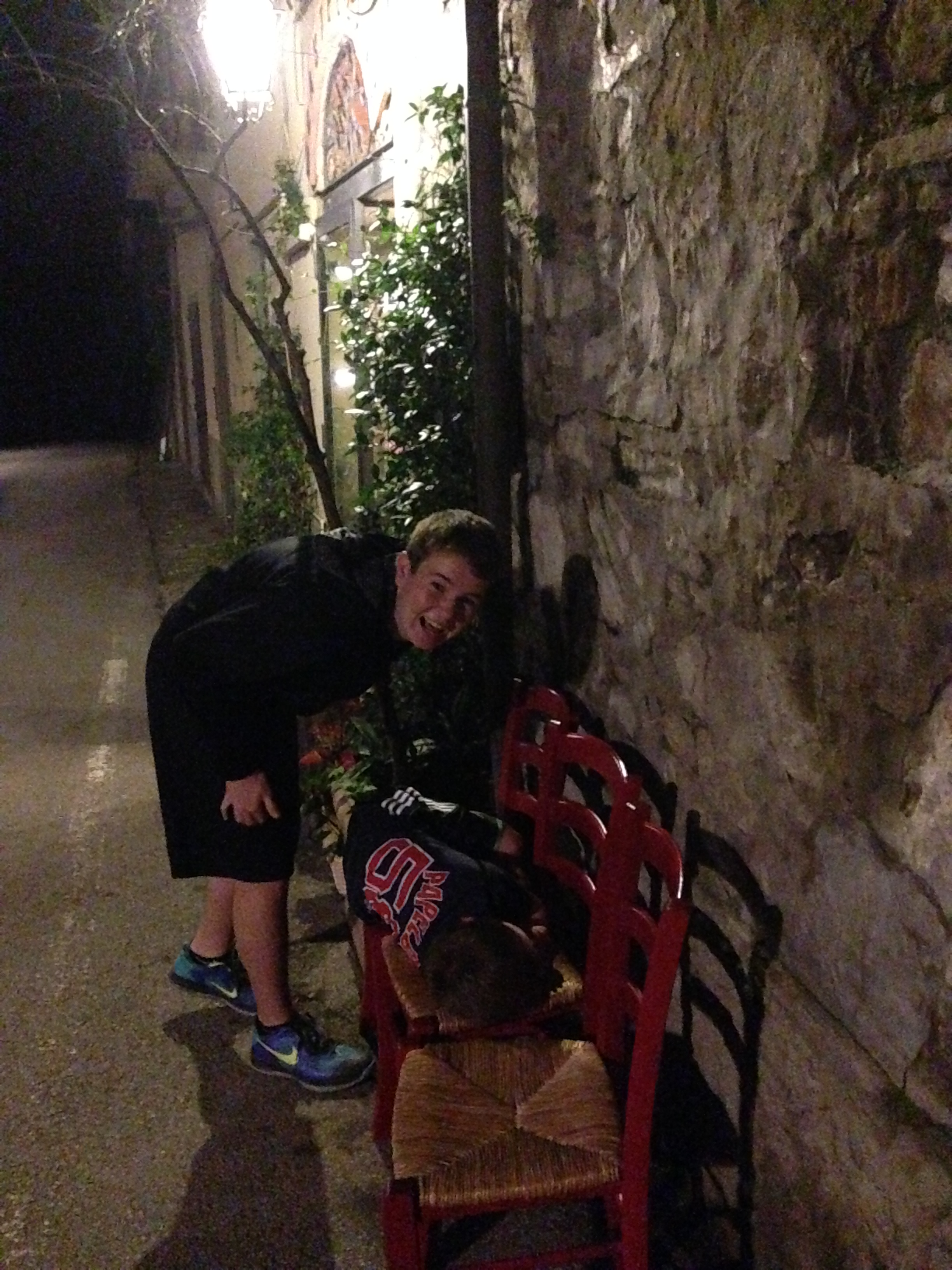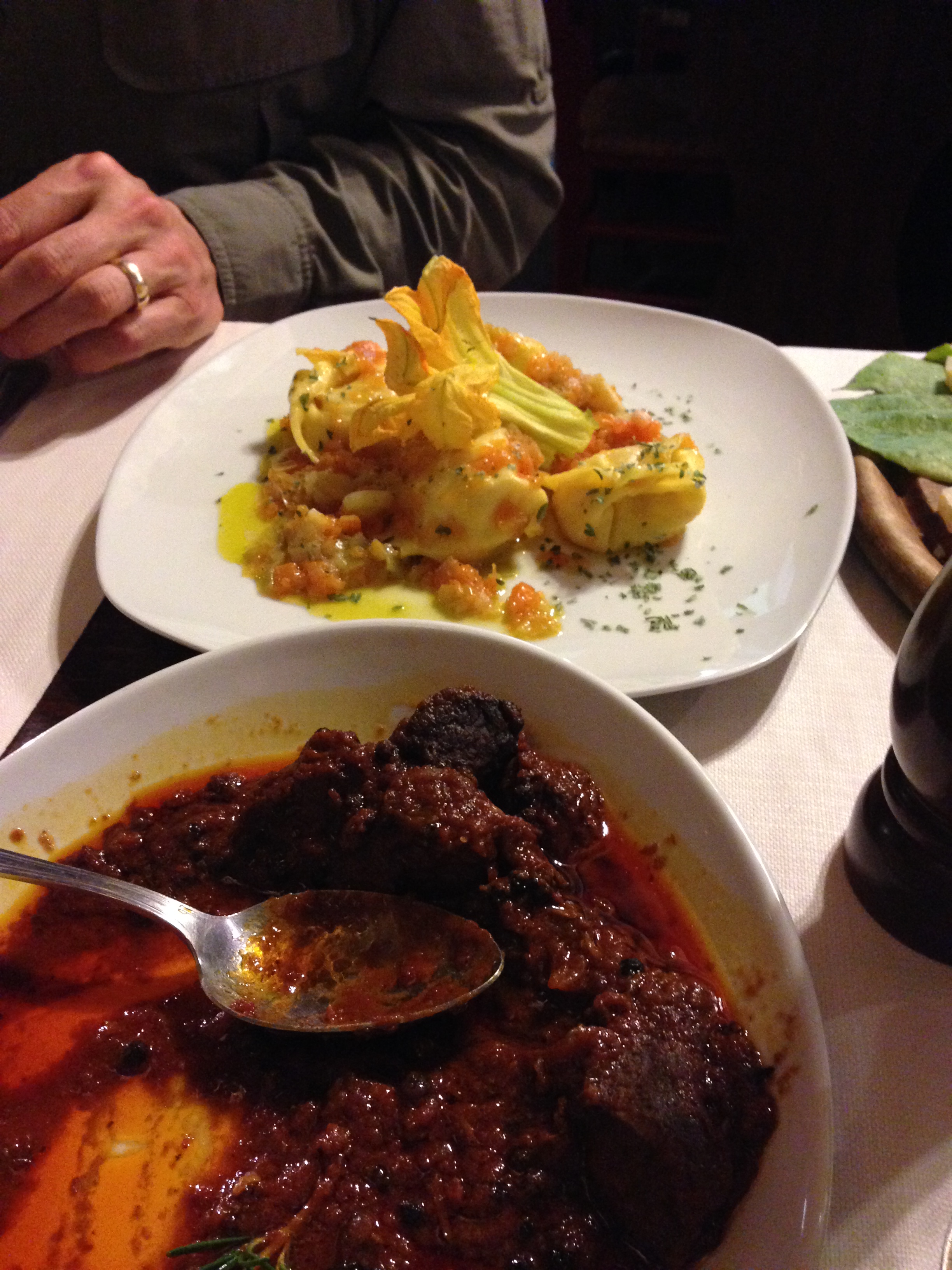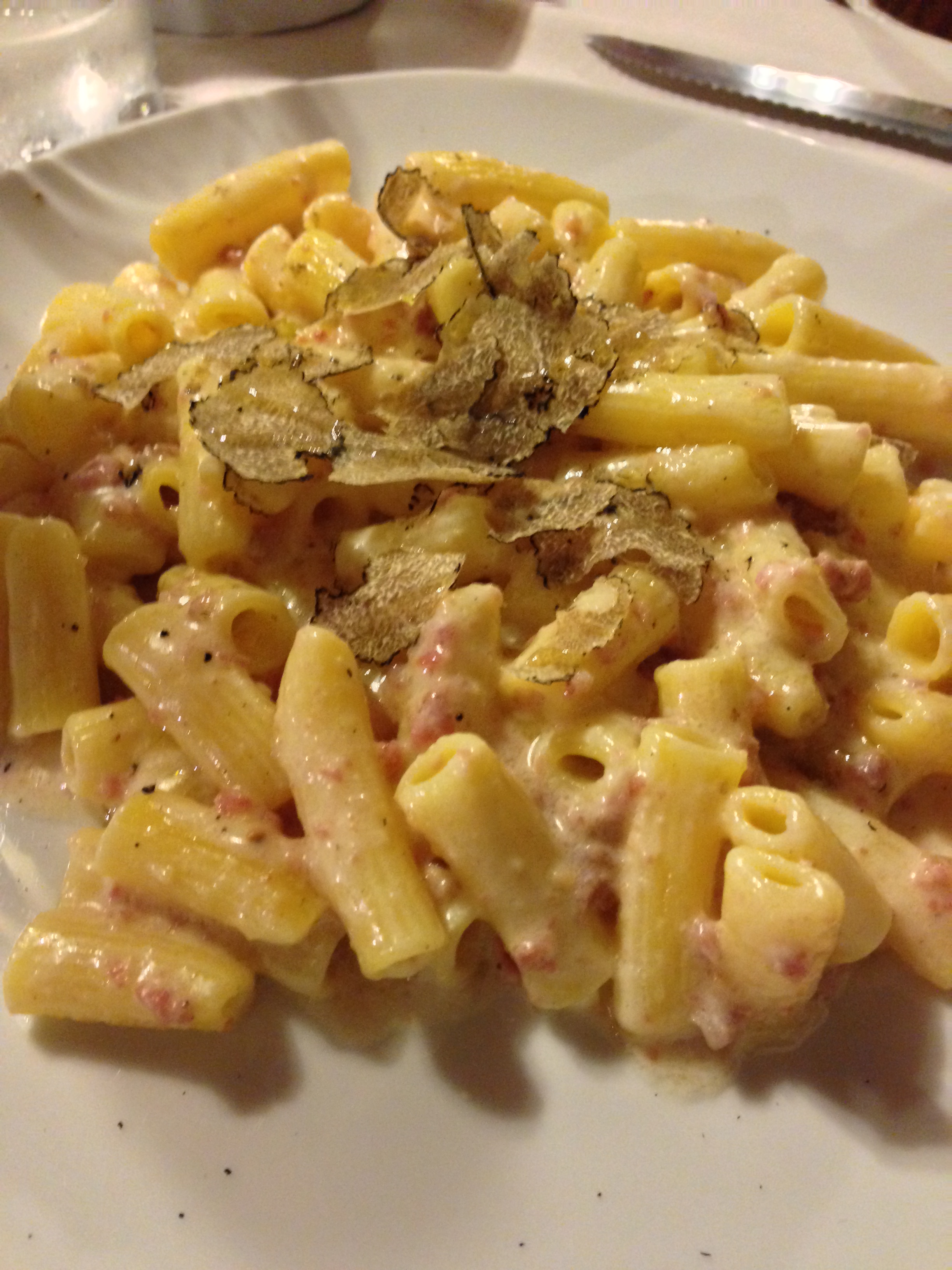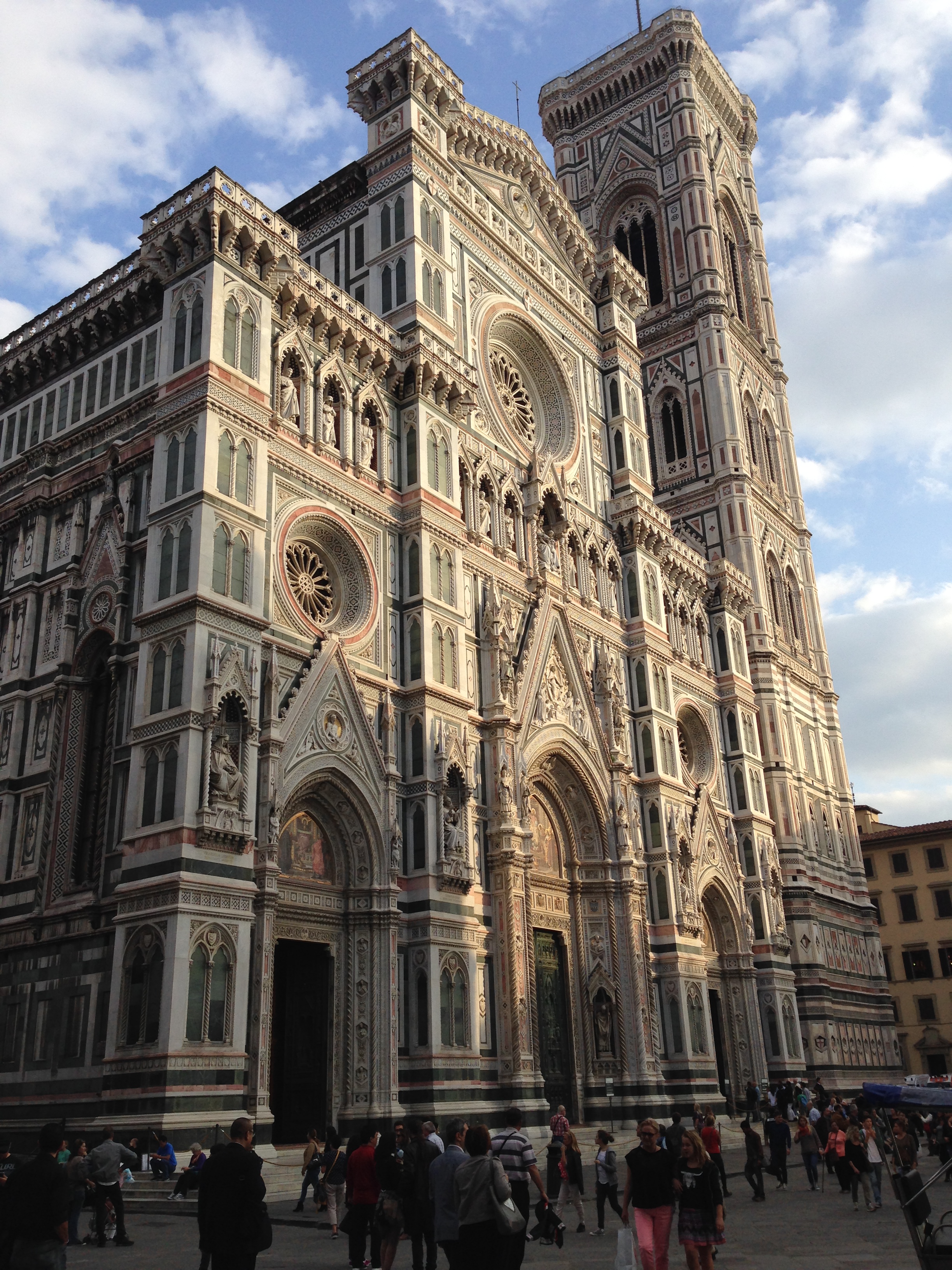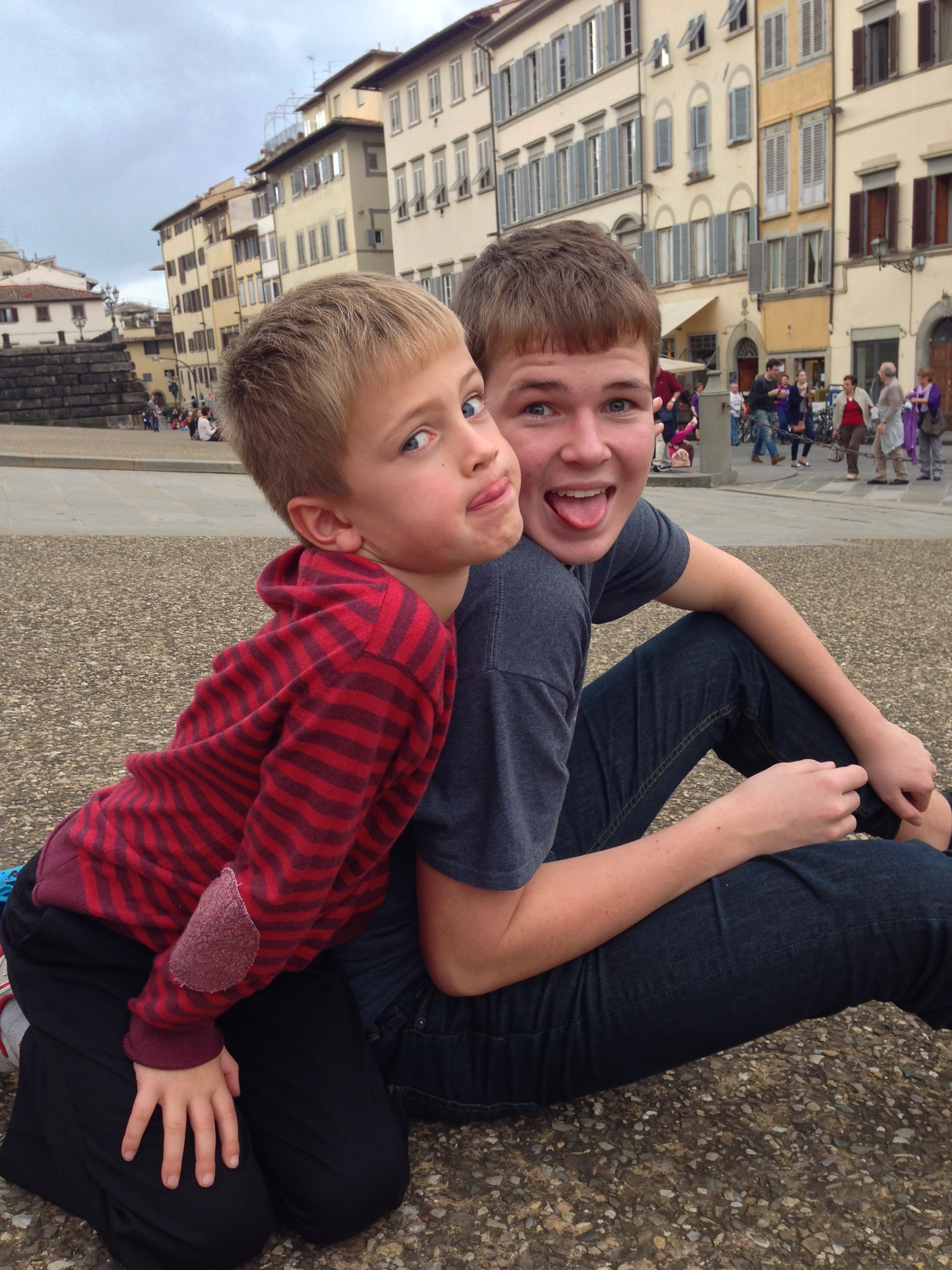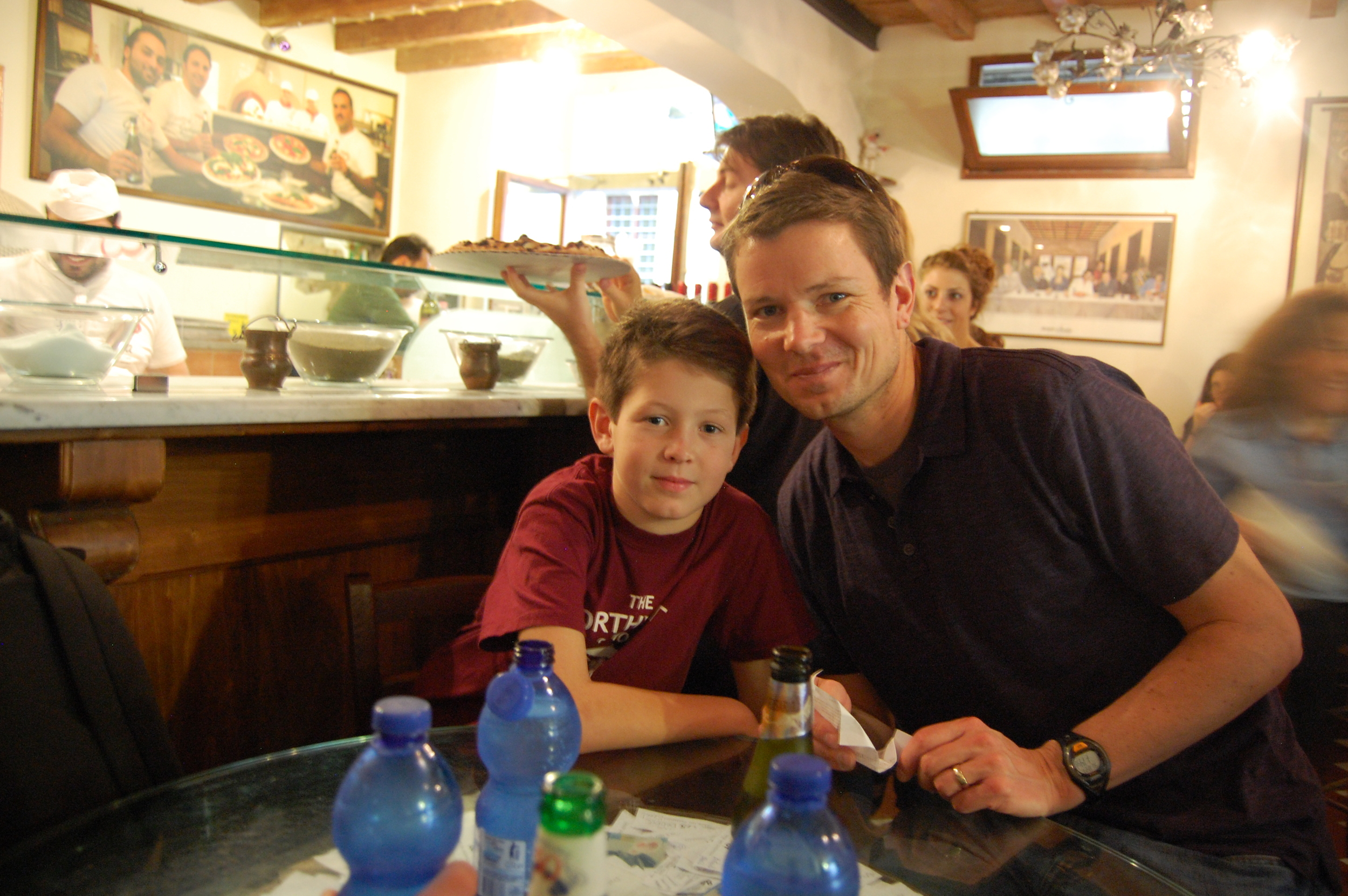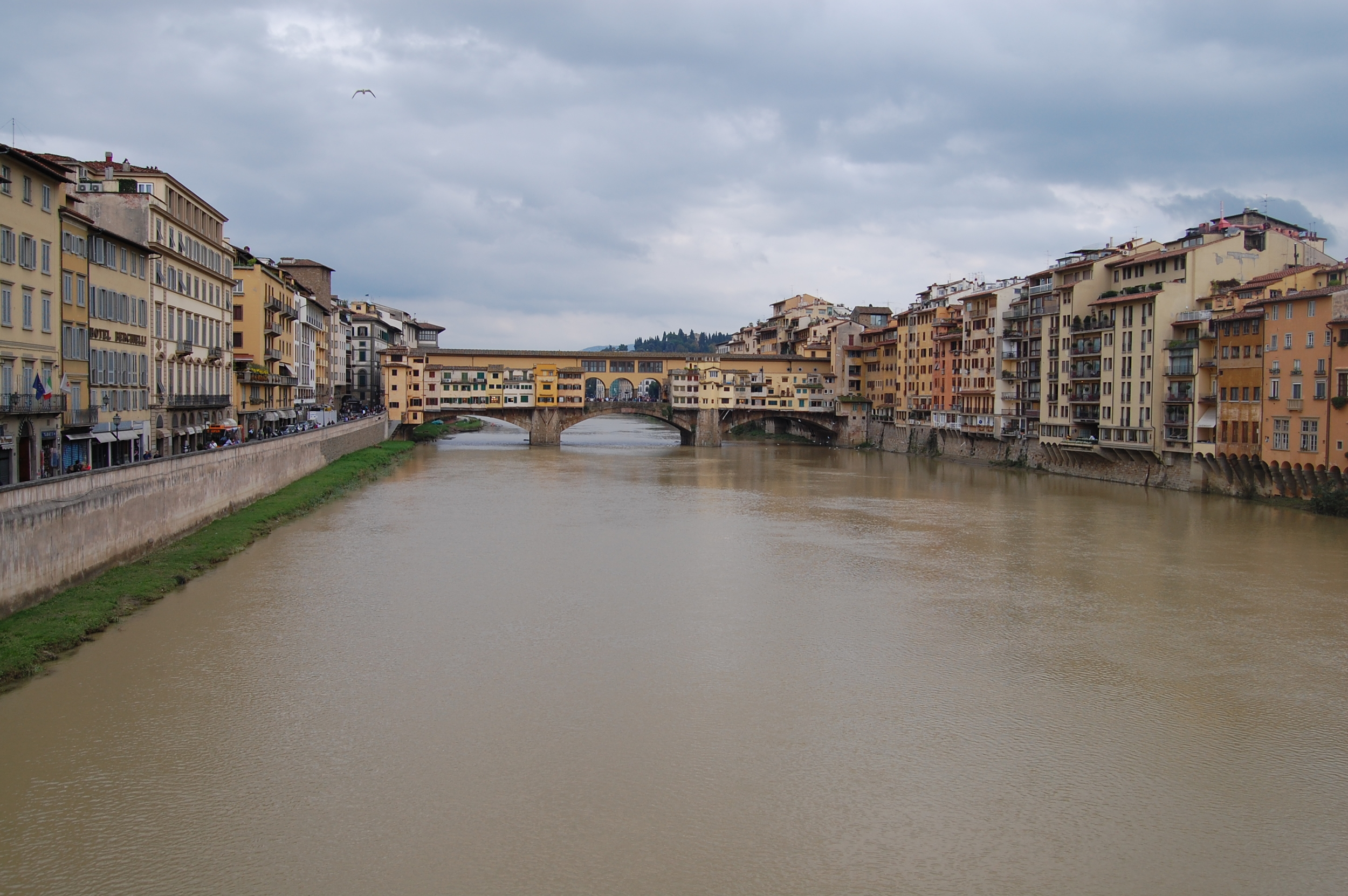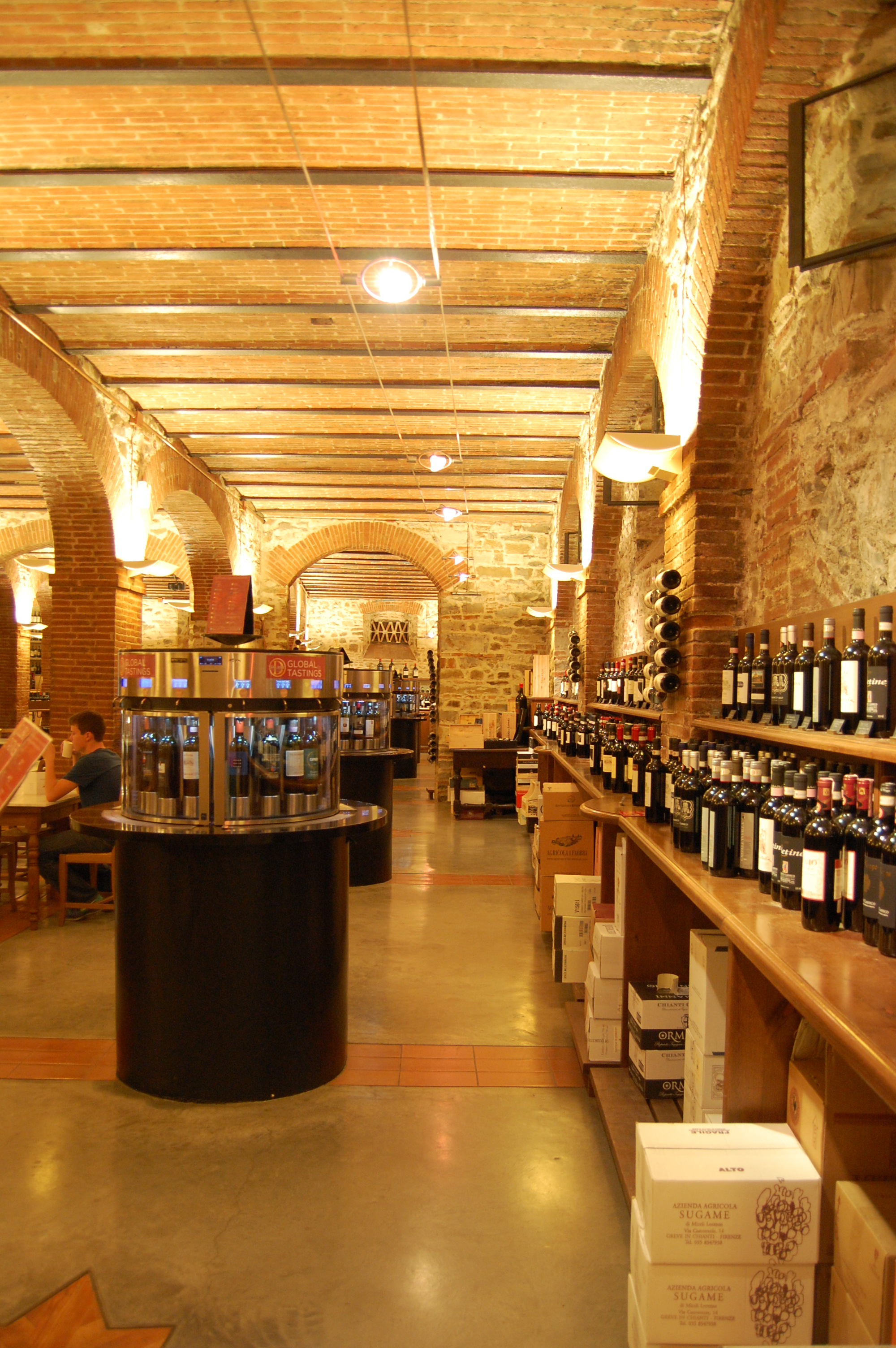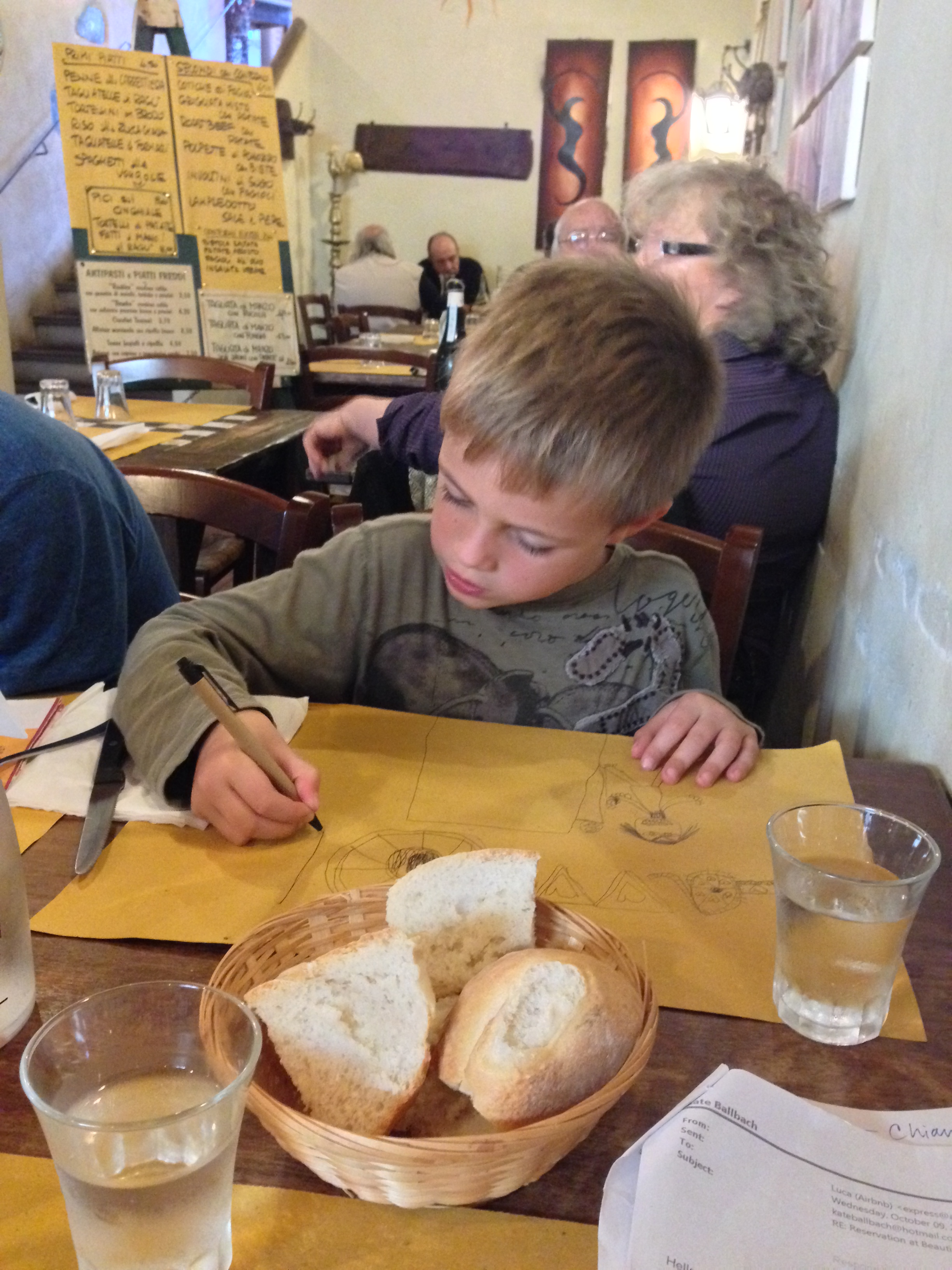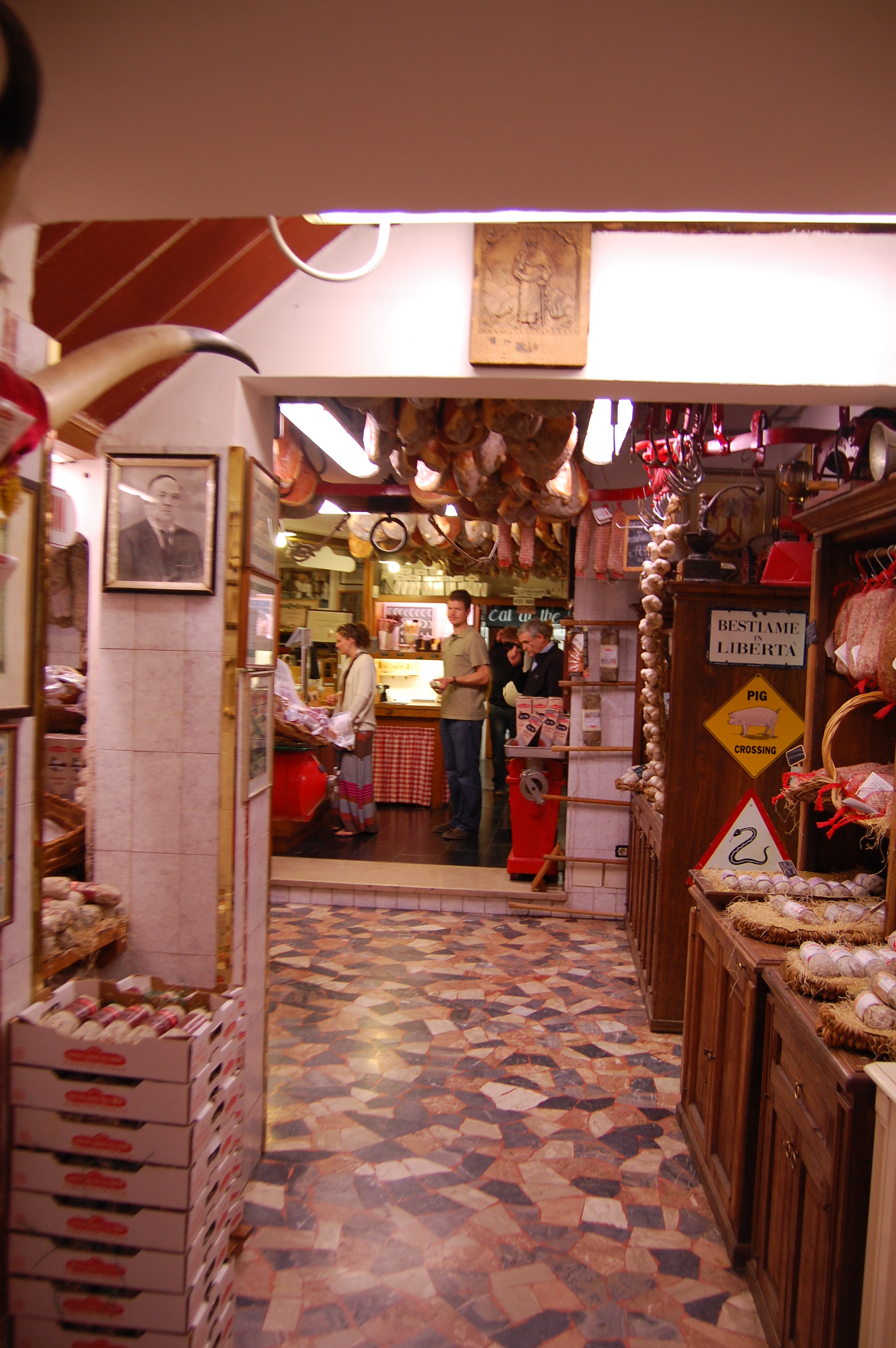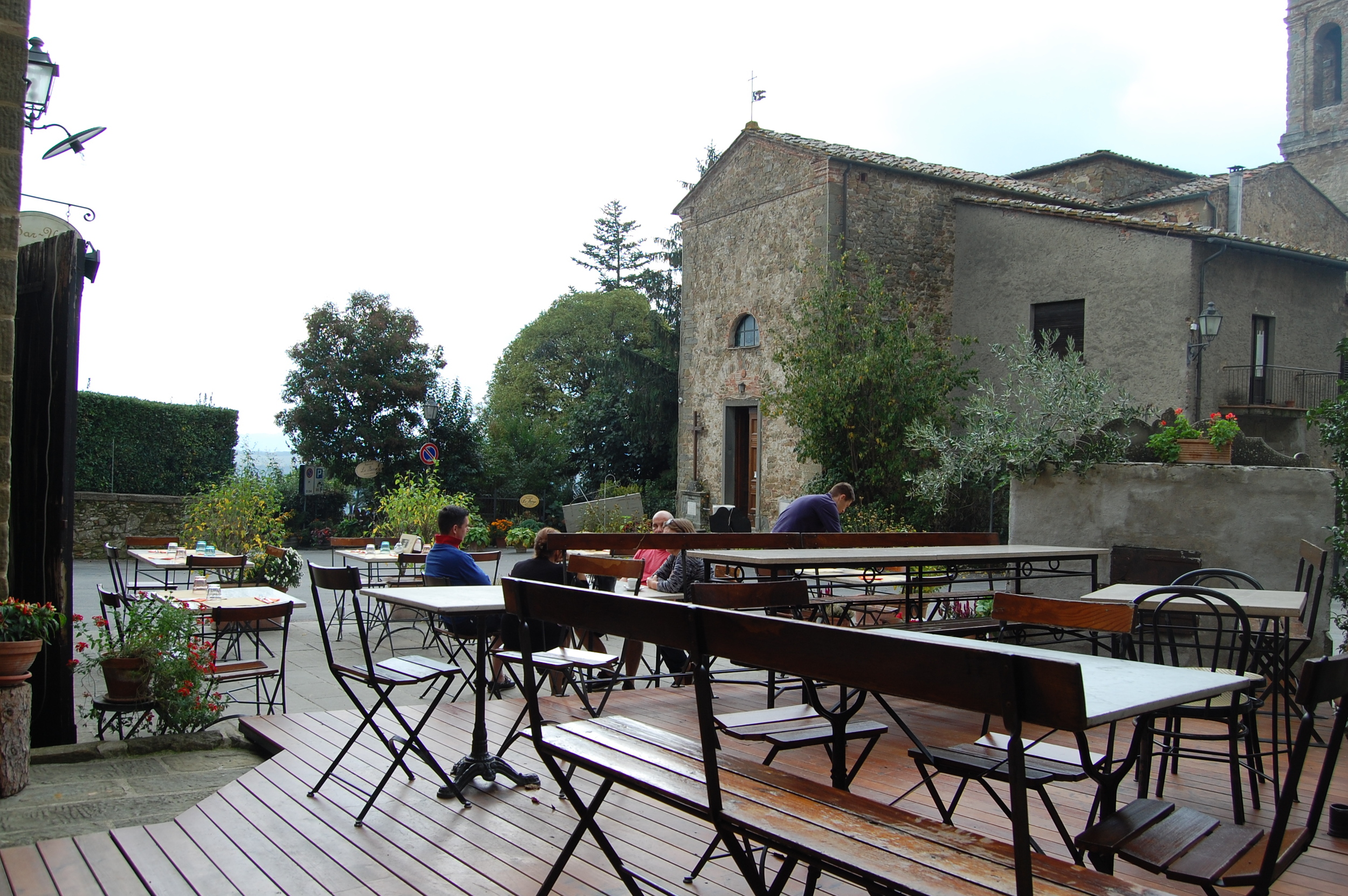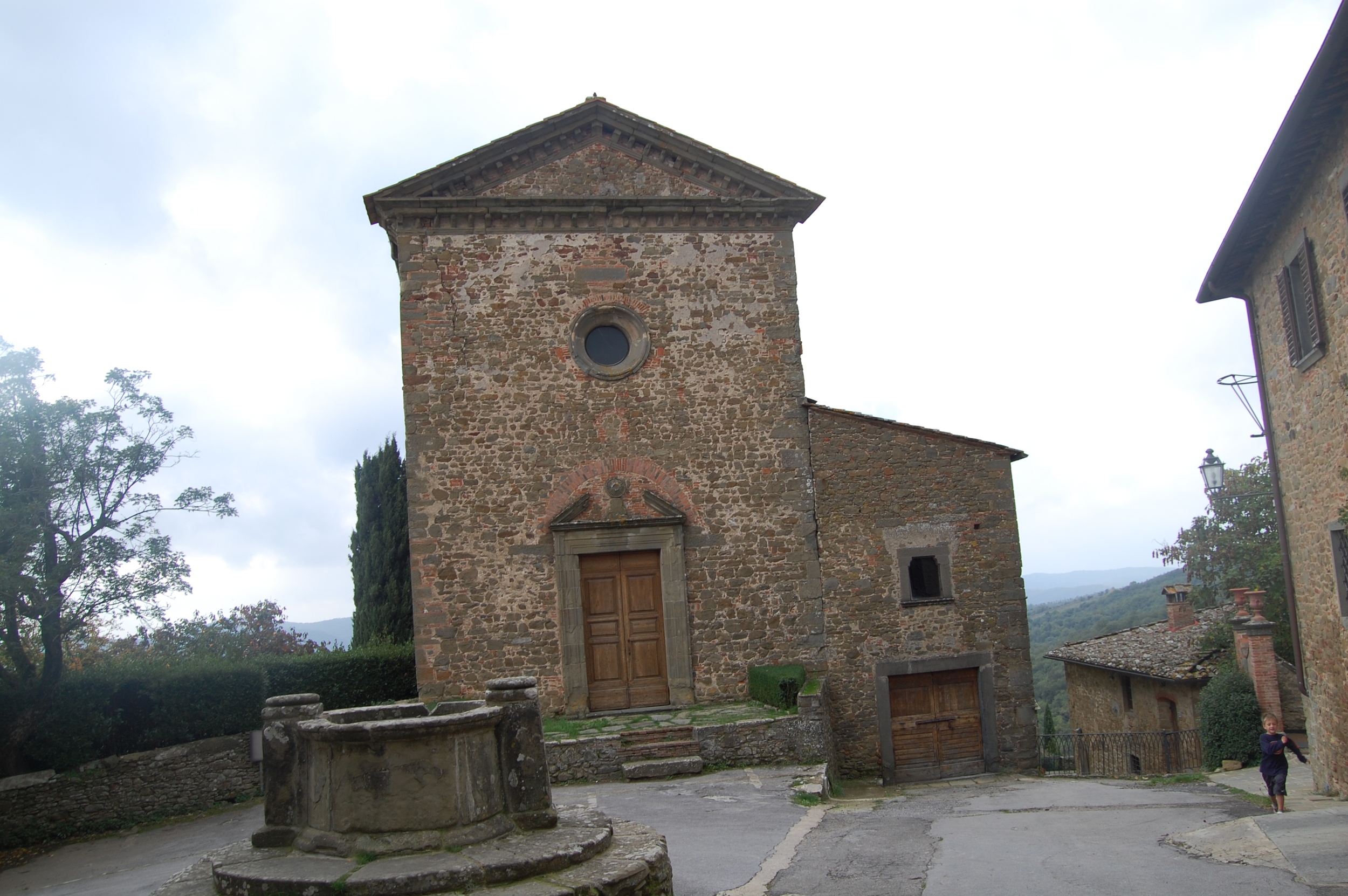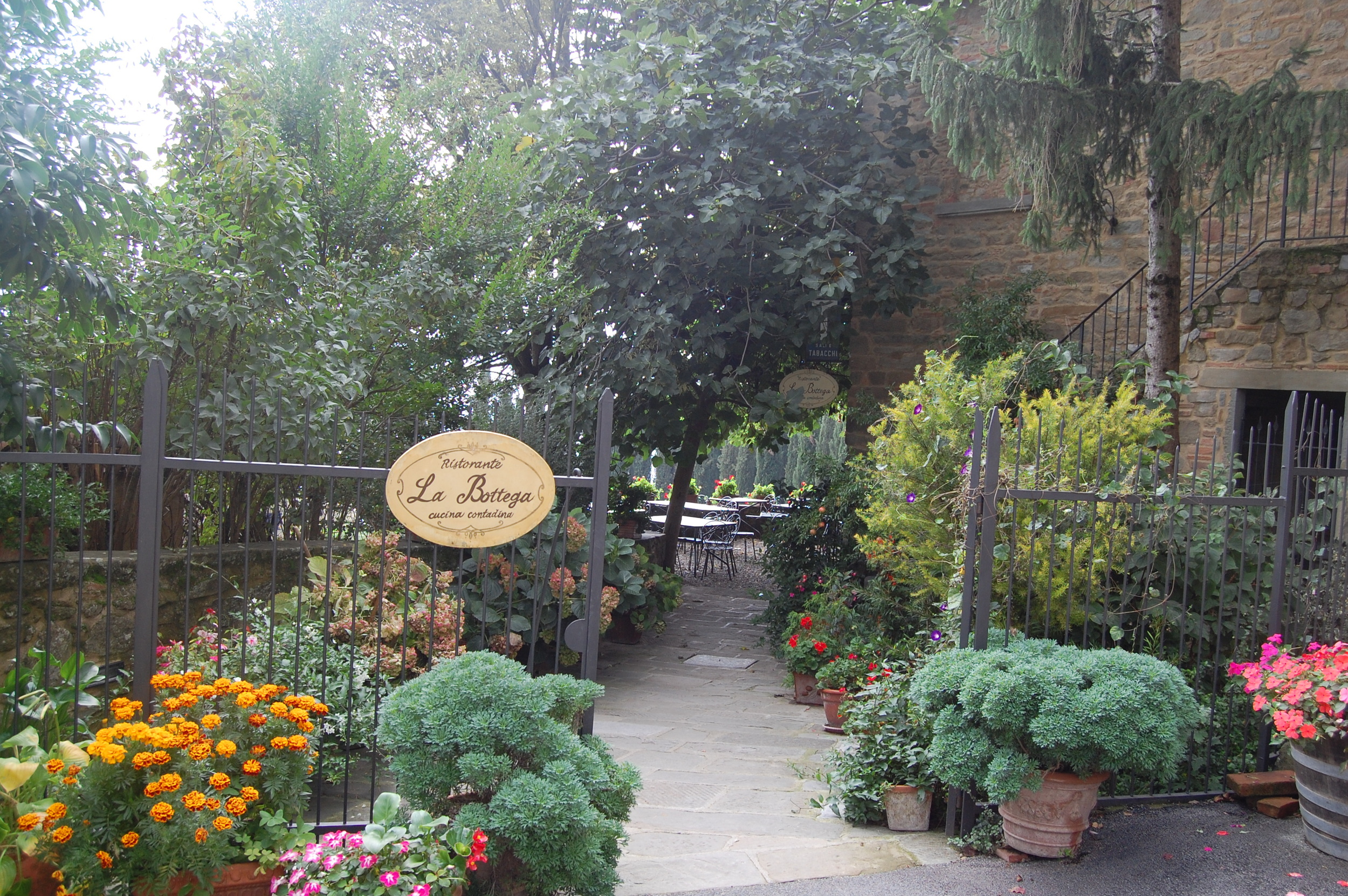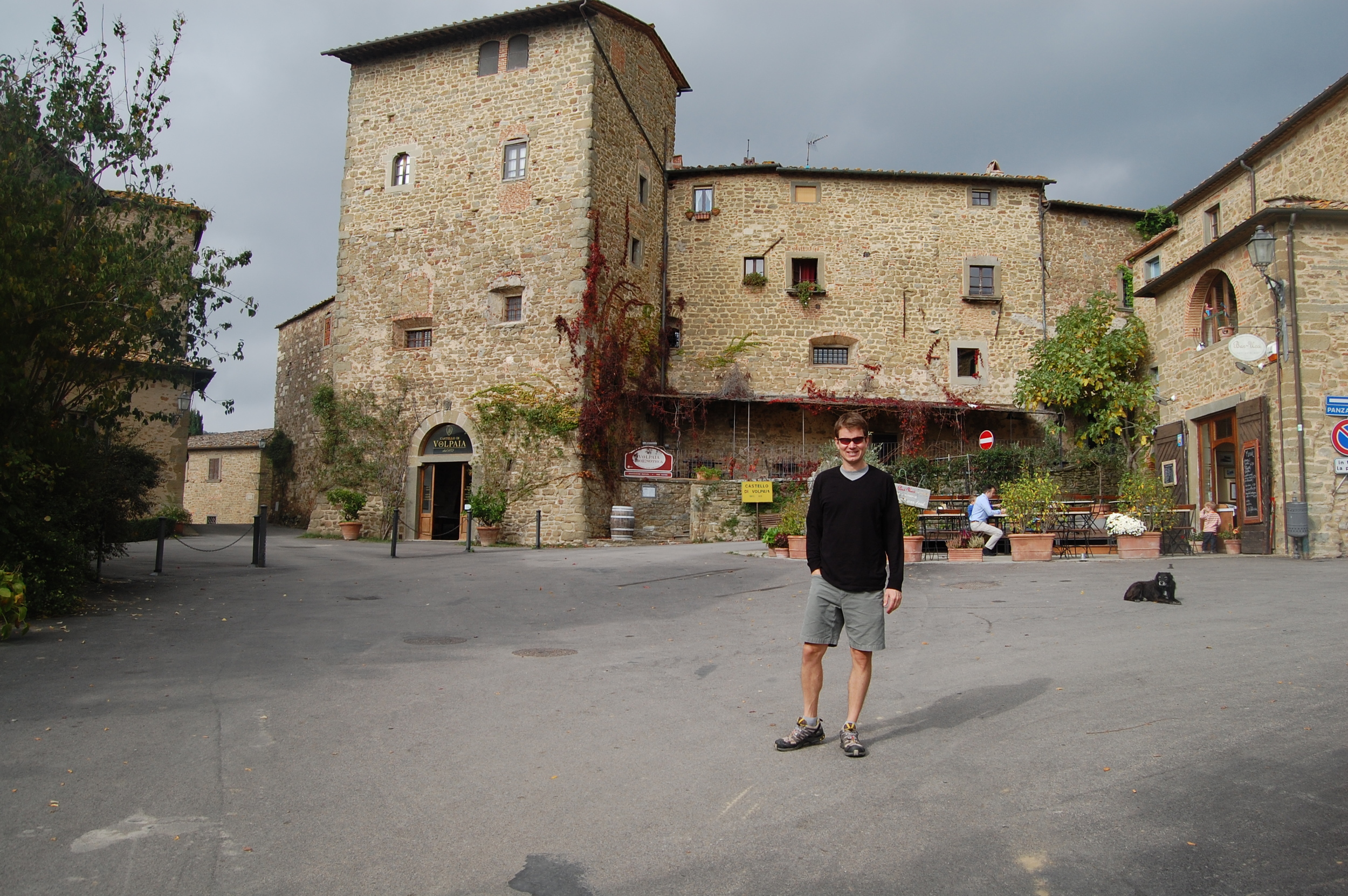I’m staring at my cookbook Jamie Cooks ITALY and it has me remembering I spent two weeks in Italy last summer (July 2018) that I haven’t written about yet. If it had been a trip to Rome, it’s unlikely I would have anything interesting to add but since this trip was to a region of Italy you’ve probably never heard of - it seemed worthy of some virtual ink … even if the details have become fuzzy with time and our folder for Le Marche is mostly a wasteland of restaurant receipts.
You know it’s a place less traveled when AFTER spending two weeks there you still say “Le Marche” with hesitation because not everyone has gotten the memo on the proper way to pronounce it. This region on Italy’s eastern coast, bracketed by Florence in the north and Rome in the south west or mid calf of the “boot,” I have heard pronounced both “MAR-kay” and “LE MARK.” I’m still confused.
It’s a region that desperately needs some marketing but here’s my advice: if relaxation is your goal, go here in the height of summer when Tuscany and Venice and the Cinque Terre are getting trampled by people that look like you. You’ve come all this way for the real Italy after all. Overcrowding doesn’t look good on any city, especially ones which make garlic sweat a public hazard.
I read somewhere Le Marche described as “Italy in miniature.” It has it all: coast, mountains, walled cities, great food, wine you can’t say no to, but not one single thing to make it famous. The city you fly into is Ancona. I know, I’d never heard of it either! This does means Ryanair or easyJet for direct flights from London and I’m sorry for that or you can connect in Germany or Switzerland via Lufthansa or Swiss. Or, rent a car in Rome and drive. There are worse things than driving in Italy - I just can’t think of them at the moment.
But remember the upside: places that are harder to get to are harder to get to for everyone and so if you are willing to persevere, you will be rewarded. For example, watching a World Cup game in a local bar with passionate French & Croatian supporters because the villa we stayed in didn’t feel the need to have satellite TV (and we agreed.) Or walking down to a nearby family run winery for a scheduled wine-tasting which turned out to be a full meal with wine because in Italy, food always comes first.
One of the region’s most popular grapes is called pecorino, which is tough when you have to share your reputation with the name of much more famous cheese. Pecorino wine - described as “red wine dressed in white” - is so treasured that it is usually consumed all within Le Marche. We did our part.
I’ve written a post with tips for renting a villa in Europe with rental websites I have used in France, Italy and Spain. That list has expanded with a fourth rental website I used for our trip to Mauritius. For our two weeks in Le Marche, I was on the hunt for similar lodging. The search took a little longer.
I finally stumbled on a website called Italian Idyll run by David and Fiona Sheppard. The English couple specialise in villa rentals in the lesser known regions of Italy, including Le Marche. The website is not slick and impressive, it’s actually quite old school, but Fiona is attentive and knows a lot about the region. In truth, the unflashy website and one-to-one interaction reflects the ethos of the region.
The first house we rented was this secluded, stylish farmhouse set in national mountain park near the town of Amandola and a 90 minute drive from the Ancona airport. You can rightly infer from the photos that we absolutely loved our stay at Casa Coletta. The house is stunning and the pool setting and kitchen/outdoor seating area were our favourite parts. The owners are clearly cooks as the kitchen was well stocked with all the right equipment and a great collection of cookbooks. Plus a huge basket of produce waiting for us!
So with the exception of two nights at Restaurant Bella Napoli (no website because why would they need one?) in Amandola (a charming hill town of about 4,000 residents), we ate in and ate well and made very few decisions about anything. The big boys climbed the Sibillini mountains on their road bikes during the day while Lawton and I - and the local lizards - had the pool and ping pong table to ourselves. On a few cycling rest days, we had some awesome hikes.
The second week, joined by Brett’s parents, we traveled 30 kilometers west into the province of Ascoli Piceno near the town of Montalto. The second house we stayed in is no longer available for rental as it was recently sold. In truth, it was one of our few rental disappointments as the shine and attention to details faded with the pending ownership change (which neither we nor Fiona knew about.) However, the hilltop setting with wide vistas and nearby walkable towns was beautiful and the change of location gave entirely different landscape for the boys to cycle.
It also led to a week of dining out experiences. Our most memorable was a multi-course meal at Ristorante Piceni. (Confession: we actually went twice.) The restaurant, which is also a bed and breakfast, has a fabulous outdoor terrace with a view not even the most restrained guests can help but pull out their phone to take a photo. We grabbed this one right before talking to the people on our right. As "Italy in miniature” would have it, they were the only Americans we saw the entire trip AND they happened to live in Sun Valley, Idaho where my inlaws also live. The once snow birds now turned full-time retirees have since gotten together in Sun Valley.
The light summer footprint in Le Marche means we were able to get bookings in all the restaurants we wanted to try, from a members-only restaurant (where anyone can become a member!) on an organic farm called La Biblioteca to an outdoor table at Osteria Cantina in the main square of Offida. It also means that there isn’t always a back up around the corner in these small towns when a reservation goes bust. That happened once when we thought we had booked a table for Tuesday night, only to turn up on the confirmed Tuesday night to find the restaurant closed and our next best option 15 hangry kilometres away.
Pizzeria Mamma Rosa, an award winning pizzeria in the middle of nowhere, cured the hangries. (Confession: we went twice here too.)
In both locations, we were less than an hour from the coast. We are terrible beach people and so we never bothered to go until our last day when we stayed along the coast for one night at the very nice Hotel Emilia. The hotel is perched high in a natural setting with views down to Portonovo Bay with a huge pool and a great lawn.
Unlike where we had been, the footprint is heavy along the coast (as you would expect in July) but mostly with Italians. We found out when we couldn’t park in Portonovo for lunch or dinner without having pre-booked parking months before … or eat without having booked reservations weeks before … but where there is a will and a smile, there’s always a way in Italy. The fish was lip smacking good. Inland was just much more our way in terms of travel … but I’m sure someone else can make a strong coastal case for adding Le Marche to your bucket list.

